|
As many readers know, my true family roots are in northern Delaware, the former home to my parents, grand-grandparents, and in some cases, great-grandparents. I went to kindergarten in Wilmington and recall visiting the Hagley Museum along the Brandywine River as a youngster before moving here to western Maryland after my father gained a new job at Fort Detrick. Hagley is the former industrial site of the original black powder works of the DuPont Company founded in in 1802. Today, the museum and grounds boast hundreds of stone ruins of the black powder industry, dozens of restored buildings associated with the business, and the first du Pont family home built in America. Hagley's extensive library houses a major research collection of manuscripts, archives, photographs, pamphlets, and books documenting the history of American business and technology. Now the Hagley Museum and Library wouldn't generally be my first choice for trying to educate myself on the history of brewing beer, but a recent exhibit was just the "mental elixir" I desired. The historic method of brewing of the 19th century is depicted wonderfully through an engraving entitled "View of the inside of a Brewhouse" from The Domestic Encyclopedia by A.F.M. Willich (1821). The accompanying text (for the engraving) explains how the equipment turns ingredients into beer: "The cold liquor [water] pump A, raises the water from the river or well B, which, as well as the wort pump M, is driven by a horse with proper machinery, which likewise grinds the malt used in the brew-house. The grinding house is situated between the pumps, as may be seen by the mill spout P, which conducts the malt from the mill into the mash tun H. The liquor from the river B, is pumped into the cistern or reservoir, where it is ready at all times during the hurry of brewing; and from the cistern it passes through the large pipe D, into the liquor copper, E, where it may be stopped by a cock at the extremity of the pipe. The liquor when warmed for mashing is let into the mash-tun, H, by opening the cock, F, in the bottom of the copper, and runs down the trunk Z, which carries into the raising spout, G, in the mash-tun, H, this spout by a notch in the moveable or false bottom of the mash-tun, conducts the liquor between the moveable and real bottoms, which, by ascending, assists the mashing very much. The extract or wort is let go, by turning the cock, K, into the underback, L, and is from thence carried by the horse pump, M, into a level with the wort copper, O, and runs from the pump through the pipe, N, into the wort copper. When cold liquor is required for mashing, as is the case in small beer brewing, it is obtained from the cistern, C, by the pipe, Q, which communicates with it. Thus these three very laborious parts of the business, viz. pumping the liquor from the river or well; mashing, and pumping up the worts into the copper, may easily be performed by two men; and they are able to mash a very considerable quantity of malt, and attend to the steaming of the casks, liquoring the backs, &c. between the mashes. When all the worts are in the great copper, O, and are boiled sufficiently, they are run off into the first back, T, by turning the cock, R, from the spout, W, conducting the worts from the drainer, S, which detains the hops. This back communicates with the two large backs, Y, which are sufficient to contain all the worts, and they may be laid at a greater or less depth, by using one or both these backs, stopping either of the pipes, X, by putting in one of the plugs, U. The situation of these two backs is higher than the fermenting tuns, and by pipes the worts are conveyed into them below; and if there is conveniency, the tuns, when cleansing, ought to be high enough to fill the casks in the cellar by means of a leathern pipe. 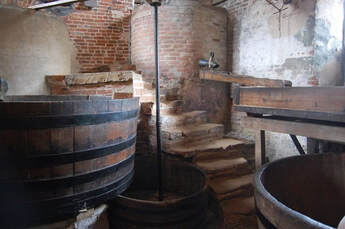 There you have it, brewing beer on an industrial level doesn't seem that hard now, does it? Well, I will say that after reading that passage, I am now doubly appreciative for the opportunity to enjoy the final product, and will leave it at that. I've visited a few modern-day breweries (Coors and Yuengling), and encourage readers interested in the process to visit some of our local breweries or chat with the many hobbyists we have in our midst as I'm lucky to have a neighbor who calls on me to be a taste-tester from time to time. As we learned last week, Frederick, Maryland has served home to local beer brewing operations since the 1700s. Makers in Frederick took advantage of a great water source in Carroll Creek, and the agricultural ingredients needed from the surrounding countryside. Brew House Alley was a name given to a narrow lane that connected West Patrick and West All Saints' streets. It slowly morphed into Brewer's Alley by mid-century. The thoroughfare would eventually be widened for two-way automobile traffic in the 20th century and eventually renamed Court Street. I briefly mentioned in part 1 of this story that the stretch of today's Court Street going from West Patrick to West Church was once the site of boisterous oyster saloons and book-ended by fancy hotel bars on each corner. These were on the east side of the street, across from a notable neighbor in the second iteration of All Saints' Episcopal Church in the middle of the block. For more about these proud "servers of beer" in Frederick's past, I invite you to read the "Story in Stone" from May, 2020 entitled "Frederick's Oystermen" (Pts. 1-3). Let's get back to brewing up more history on the beer industry in Frederick in olden days, and some of its prominent makers. We ended part 1 discussing a gentleman named Capt. William Small who operated in a space we referred to as Frederick Lot#20. This is basically the northwest corner of Court and West All Saints streets, where Asbury United Methodist Church currently stands at 101 West All Saints Street. Mr. Small had competition, and it was literally within arms reach from his location on Carroll Creek. John G. Lipps John George Lipps was born on November 23rd, 1803 in Wurttemberg, Germany. He immigrated to America in the 1830s and reached Frederick by at least 1838, the year he married. Mr. Lipps is said to have begun his brewery around 1840 and was appointed a justice of the peace in 1846. John G. Lipps opened his brewery on West Patrick Street, utilizing the former operation of George Gelwick. This was next to a popular hotel/saloon called the Black Horse Tavern, run by Jacob Schmidt at one time. Apparently, Lipps' Brewery would be facilitated by the purchase of the Steiner family's property named Long Acre. John G. Lipps married Catherine Ritchie (who was related to the Ritchie family of Maryland that would produce a future governor, which, in turn, would lead to the naming of a highway). The couple would have seven children. The Lipps brewery was successful with peak production around 700 barrels. As mentioned earlier, the firm's main competitor was only about 100 yards away down Carroll Creek in the form of a brewery owned by Jacob Markell on the corner of Brewer's Alley and the All Saints' streets . We have a rare photograph that includes an image of the Lipps' Brewery in 1868. This was taken by early Frederick photographer Jacob Byerly at the time of the Great Flood of '68. The photo is a view looking westward on West Patrick Street around the area of the famous bend. The brewery, and several homes in this vicinity were heavily damaged by the freshet which caused Carroll Creek to swell far beyond its boundaries. 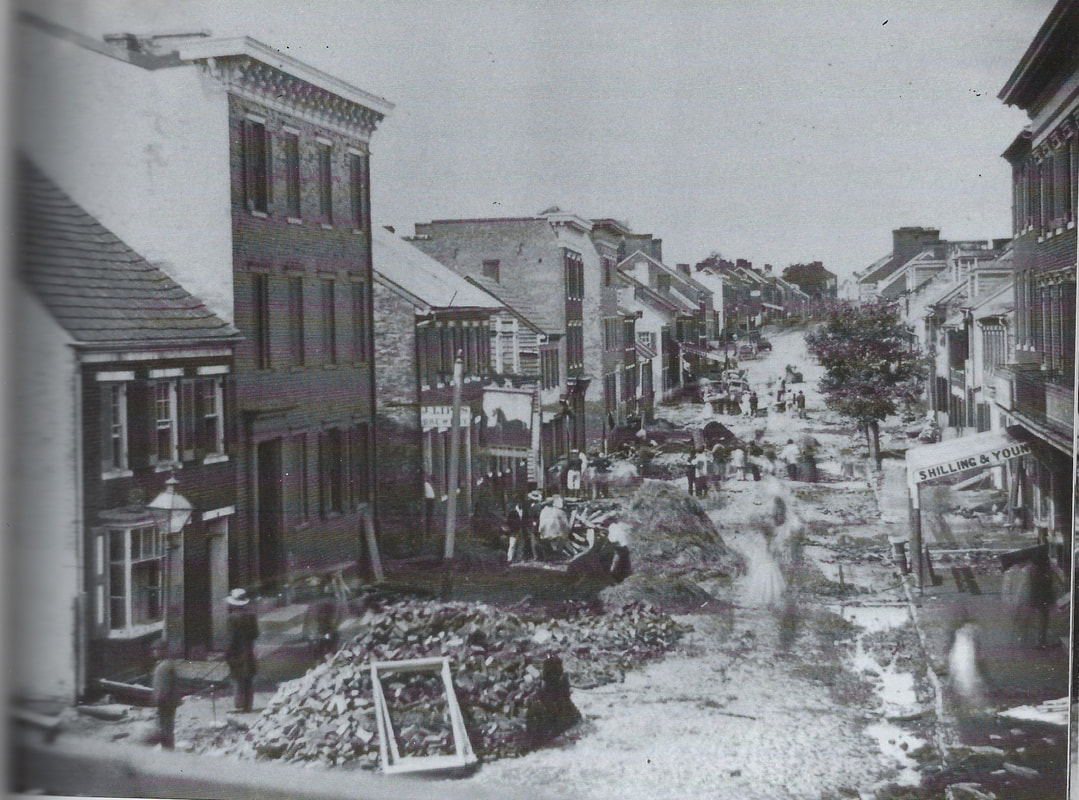 Jacob Byerly's photo of the Great Flood of '68 looking west on West Patrick St. Note the "J. Lipps Brewery" sign on the third building from the left. The second building from left is the famed "Black Horse Tavern." Note the sign complete with black horse. These properties today comprise part of the footprint of the City of Frederick annex and Patrick Street parking deck to the immediate west of the Frederick County Court House. As we have seen the unique connection between brewery and saloon and tavern, with the latter being the point of chief public connection to the product, Mr. Lipps purchased another tavern called the Globe Hotel. This was located on East Patrick Street and had a unique historic significance to town. When he came of age, John G. Lipps' son, John A. C. Lipps (1842-1923) assisted his father in the family business. Brothers George C. Lipps and Ritschy Lipps would follow when they each came of age in the 1870s. Eventually the firm would move away from brewing around 1881 and the death of John George Lipps. The J. Lipps Sons company now focused their energies on becoming a distributor of other beers from Baltimore and Philadelphia. The brewery property sat unused for years until being sold out of the family in 1904. Jacob Markell Jacob Markell (1786-1867) was a noted Frederick businessman who purchased the brewery and land here on Lot#20 in 1852 from Capt. William Small’s estate. Few details are known about Mr. Markell heading up the brewery operation, as he would have better success with his dry goods mercantile business on West Patrick Street. One day I will tell you about his son Fred and daughter-in-law Catherine Susannah (Thomas) Markell, and their interesting connections to the American Civil War. Speaking of wars, Jacob Markell was a veteran of the War of 1812, and was regarded as one of Frederick's most-respected citizens. He experienced considerable success in the realm of land investment with his “Markell’s Addition,” platted in 1856, and representing the largest extension of residential development along South Market Street during the 19th century. This came from a two-and-a-half acre farm located across South Market Street from the Frederick Hessian Barracks property destined to become the MD School for the Deaf. In regard to real estate in the immediate vicinity of Markell's brewery, the extensive leather tannery of Gideon Bantz (1792-1854) stood across the creek to the north. Mr. Bantz's father had built the built a stone warehouse here around 1797, and it would eventually become part of a tanning operation t hat helped produce over 100.000 sides of leather in 1853 with five other firms of the same ilk in town. Gideon Bantz also purchased the old Brother's Tavern on the corner of West Patrick and Brewer's Alley. It would serve home to Mr. Bantz but after his death in 1854 would eventually be used for a place of traveler lodging again. It would be expanded into a luxury accommodation known now as the Central Hotel. I discovered an advertisement of it being for sale in 1857. In the same edition, I saw another advertisement for an auction of personal estate items being held at the brewery site. Jacob Markell was appointed commissioner of the Frederick Female Seminary in 1856. Perhaps this pursuit pulled him away from giving the brewery his undivided attention? He would lease (and later sold) the brewery property for $2,750 to Peter Baer, a German who came to Frederick to hone his craft utilizing the magical waters of Carroll Creek. Peter Baer Peter Baer was born in Weinheim Germany, on Christmas day 1822 on his family's farm. His parents were vintners and he graduated from Weinheim City College in 1844. Bear decided to try his fortunes in America. The young man would eventually settle in Pennsylvania, living with an uncle. He honed his family skills in brewing by working at the Washabaugh Brewery in Chambersburg, PA, learning everything he needed to know to start his own brewery operation. By 1857, Peter Baer partnered with a gentleman named Peter Middlekauf in Hagerstown. He would save up enough money in that first year to purchase the Markell Brewery in Frederick. Recognizing the outdated condition of the plant, Mr. Baer updated his operation with “first class machinery.” He would run his brewery here for the next 15 years and expanded along the way, hiring two full-time employees, building a new beer cellar (1865) and pumping out more than 800 barrels per year. He quickly eclipsed the neighboring Lipps Brewery in production and did this with fewer employees. The expansion was a great achievement, especially following the hardships of the Civil War on the community. However, the new beer cellar project came with a tragic episode that was recorded by Jacob Engelbrecht in his diary with an entry made October 23rd, 1865. "Dreadful accident-This afternoon about 4 o'clock an accident occurred by which two men were killed, viz Theodore Kreh & Sebastian Exner, They with 3 others were digging & walling up a beer-cellar for Mr. Peter Baer (Brewer's Alley). As they were at work it caved in & two were instantly killed & the other three were also injured." Peter Baer would follow Mr. Markell’s lead and invested in real estate. He would purchase homes and lease them to German immigrants in Frederick. Mr. Baer would eventually turn his full focus toward this endeavor, and give more time to his French wife Salome and their four children. In an 1874 Frederick City Directory, Mr. Baer is listed as a "capitalist." Meanwhile, a German-born Baltimorean named Louis Heise is labeled a brewer, as he had taken over Mr. Baer's establishment on Brewer's Alley through lease agreement. Well, as you can see, Mr. Heise could not sustain the business, defaulting on his mortgage to Peter Baer. I wonder if this was an effect of the economic recession that occurred in the country at the time, triggered by the Panic of 1873 and lasting until 1878/79. I found Louis Heise back in Baltimore in an 1878 Baltimore City Directory, His occupation, as printed therein, simply read: "Beer." Peter Baer sold the brewery property on Lot #20 to Paul Hauser in 1879 for $6,000. Nine years later in 1888, at the time of his death, Mr. Baer was described as “one of the best known and wealthiest German residents of the city” and worth about $30,000. Paul Hauser Paul Hauser came by way of success in Wisconsin, and was arguably the most successful brewer in the history of olde Brewer's Alley of the 18th and 19th centuries. I immediately wanted to learn more about him and a Google search led me to a website entitled Wisconsin Breweries and Brewpubs. Within this site, author Doug Hoverson recounts the history of beer and brewers in an annotated online companion to his printed volume The Drink that Made Wisconsin Famous: Beer and Brewing in the Badger State. Mr. Hoverson includes a page of his research on our transplant Paul Hauser. Apparently Hauser was living in a place called Taycheedah as early as 1855, which is east of Fond du Lac on the southern shore of Lake Winnebago and about 60 miles southeast of Green Bay. He, too, was a native of Europe--Switzerland to be exact. Mr. Hauser's wife, Johanna, was Prussian.The couple had their first son, Louis, in Wisconsin around 1856, the same year Mr. Hoverson believes that Hauser came to the Fond du Lac vicinity. He is said to have operated a brewery here from 1858 to the latter part of the 1860s. He eventually took on a business partner and would also operate a lager beer saloon, having built another brewery that continued operation into the 1870s. The Hauser Brewery would experience a devastating fire in 1872. Financial problems in rebuilding would follow, coupled with the recession of the decade (as was the case of brewer Louis Heise here in Frederick at the same time). Mr. Hauser would be forced to turn the operation over to a former sales agent "as a cover" in an effort to disguise mounting debts. He would sell his brewery the following year in 1878. The Hauser family then moved to St. Paul, Minnesota, where Mrs. Hauser would die in 1883, perhaps prompting a change of scenery for her widowed husband.  These vintage photos appear on the Fond du Lac Historical Society's Facebook page. These are the ruins of the storage caves in Taycheedah, WI once used by Paul Hauser's brewery operation. These put in to perspective the size and scope of what Peter Baer had built here in Frederick when disaster struck upon the collapse that killed two workers. One way or another, Paul Hauser came to Frederick, Maryland after purchasing Mr. Baer's former brewery on Brewer's Alley. Hauser was able to make a fresh start here and was responsible for substantial expansion of operations. In 1883, Hauser built a bottling house opposite the brewery. The next year he purchased additional property about two blocks south of the brewery towards Mount Olivet which contained the “old Mullinix pond” for $725. This was located near the intersection of today's Broadway Street and Lee Alley. He wanted this for the purpose of providing enough ice (during the winter) to supply the brewery during the summer. Hauser employed a crew of men to drain, and expand, the pond and construct a “fine ice house” on its banks. With another ice house at the brewery and other ice dealers in the blocks between there and Hauser’s own pond, it is easy to see why part of a Frederick thoroughfare originally known as Mantz Street, (then changed to Brewers Alley), was finally renamed Ice Street around this time.  1887 Sanborn Insurance Map also shows Hauser's Pond, built by (and named) for Paul Hauser. It was once located roughly 100 yards from Broadway Street's intersection with W South St. Today it serves as a drainage overflow pond as can be seen in the photograph below. (Looking south on Broadway St with former site of Hauser's Pond and Ice House to the right, and Mount Olivet Cemetery's side gate at the end of Broadway to the left.) In her book Beer in Maryland: A History of Breweries Since Colonial Times, author Maureen O'Prey writes: "The plant was constructed in extremely close quarters and expansion was not a viable option for Hauser or any of the brewers occupying that location. Hauser initially brewed ale and small beer and eventually added lager beer to appeal to a wider audience influenced by the nearby breweries in Baltimore and Cumberland. At his peak, Hauser produced just under 500 barrels per annum, enough to survive but not enough to thrive; the brew was supplying his saloon but not much beyond that. He was paying out $1,000 in wages per year for four employees to work twelve-hour days in 1880. This was indicative of two things. First, there was no union forming in Frederick at the time; and second, considering the value of his brewery matched the investment, he was losing money or breaking even annually. He gave up the plant when his health deteriorated."  1887 Sanborn Insurance Map with detail showing the scope of Hauser's Brewery on the west side of Brewer's Alley with All Saints' Street to the left. (Note: The Order of Nazarites building was also known as the home to the Black Knight's of Pythia (aka Pythian Castle) and still stands today as a private residence fronting All Saints St.) In 1885, Hauser continued improvements to his brewery and saloon with the goal of providing 75 barrels of lager to his own customers and to country saloon keepers. It was reported that the “picturesque old house in which Mr. Hauser does business [was] rapidly being modernized by the carpenters and painters.” Additionally, it was also reported that Hauser was constructing a “Bier Halle” with a “bier garten” adjoining “so that customers may sip their lager in the summer evenings under the influence of the murmuring waters of Carroll Run or the enlivening strains of a band, as may suit their fancy.” Despite the tranquil words describing the beer garden, it’s hard to imagine this as a peaceful setting, given that it was adjacent to a large tannery and the heavy industrial setting of the creek. It wasn't all romance and big bands along Carroll Creek at the Hauser Brewery as the article below attests to feats of strength, or stupidity, sometimes accompany beer drinking. We've established that Paul Hauser offered variety and his brew could be guaranteed ice cold, as he had the (Ice) house, pond and street to prove it. It appears that he made the decision to sub-let his saloon and beer garden to a new owner. This could have been due to health reasons, and/or a desire to go back north to aid his son in the operation of a successful malt brewing works in St. Paul. As a final touch here in Frederick, it seems that all he needed to compete with leading breweries of the period like Anheuser-Busch (founded 1852 in St. Louis) were those darn Clydesdales, right? Mr. Hauser came back to Frederick and may have just given up the brewing aspect of his business. He would reconfigure his ice house, next to Hauser's Pond, to include a bottling works. It also appears that he had the semblance of a saloon at this location but I'm not quite sure the chronology of this work. He bought the Black Horse Tavern on West Patrick Street in 1890 and renamed it "The Eagle." At this time, he rented out his "commodious" house on West Patrick Street and soon after took up partial residence in Baltimore. He remarried and had definitive business ties to an enterprise called the Globe Brewery in Charm City. Hauser continued to maintain dual residences, and frequently traveled to Frederick to visit friends and keep an eye on his holdings from gleanings I saw with newspaper mentions. Although not thought to be brewed here, he would have a hand in supplying (and bottling) his beer choices here. An unfortunate event happened to Mr. Hauser in early April, 1898 that would make front page news both here and in Baltimore. This seems to be the proverbial "straw that broke the camel's back," putting Paul Hauser out of the beer production game, and Frederick as well. In the 1900 US census, Paul Hauser is listed as a saloon operator. He would live out his life in Baltimore, dying in 1915. It was certainly a career in beer to drink a toast to. Christian Eckstein Christian H. Eckstein was included in an article I wrote last year, but I'd like to share a portion with you here. He purchased the star of our story, the Lot #20 Brewer's Alley brewery property, at tax sale in 1889. Another native German, Christian was born on October 22nd, 1822 in Dernichein in Hesse-Kassel, Germany. He emigrated to America with his wife and first came to Baltimore, where he worked as a milkman. He came to Frederick in 1854 and began operating taverns here. I learned that he may have started at the noted Dill House that once sat at the corner of West Church and Court Street. I did an earlier story on the origins of this location, now represented by a stellar, macadam parking lot serving the Paul Mitchell Temple and M&T Bank. Eckstein had opened his own bar by 1862, which would take his name. This was located on the northwest corner of North Market and third streets. This location at 301 North Market Street, also doubled as his home residence as far as I could tell. 301 N Market Street was once the site of Eckstein's Saloon, and is today known as the Up on Market restaurant. It would remain in the family until 1893. Diarist Jacob Engelbrecht notes the following event in his diary on July 14th, 1862: “Lager beer saloon—Mr. Christian Eckstein, who keeps a lager beer saloon at the corner of Market and 3rd Street, was called on by the Provost Marshal & his posse with a wagon, & took 21 kegs of lager beer other article in his line. Government reason, selling liquor to the soldiers. This happened on Saturday evening last 12th instant.” The war came and went, and I’m sure Mr. Eckstein sold plenty more alcohol to the various soldiers of both armies who visited our city along the way. Weeks after the surrender at Appomattox in April, 1865, Christian Eckstein embarked on a sojourn back to his native homeland (Germany) accompanied by a friend and fellow resident named Jacob Schmidt, who kept the Black Horse Tavern mentioned earlier in conjunction with a variety of brewers and located on the famed bend in the second block of West Patrick Street. They left town by train on May 15th and returned on August 30th after a pleasant trip. In addition to slinging beer, Mr. Eckstein was an avid marksman. Jacob Engelbrecht makes mention Herr Eckstein again in reference to an interesting purchase of land on Fredericks’ northwest side: “Deutsche Scheutzen park—This park adjoining our city was sold at public sale on Saturday last March 12, 1870 to Christian Eckstein for fifteen-thousand one hundred dollars ($15,100). It contains 28 and ½ acres of sand and was formerly part of the farm of Mr. Stephen Ramsburg but lately to Doctor William Tyler from whom the “Scheutzen Gesellschaft” purchased it.” For quite sometime, I have had a particular interest in this curious organization of German origin. I first stumbled upon the Deutsche Sheutzen Gesellschaft in the context of local, German Civil War soldier Joseph Groff. His name would be applied to Groff Park which was synonymous with Frederick Scheutzen Park. You know this locale better today as the campus of Hood College, northwest of Frederick’s downtown center. The meeting lodge of this group still survives today as Brodbeck Hall, keeping its German name after all these years. Christian H. Eckstein sold the brewery on Brewer's Alley less than two years after buying it in 1889. The purchaser was a man named John Kuhn whose investment cost him around $10,000. No deed exists for the transaction as it is assumed that Mr. Eckstein would hold a mortgage over the property which included all barroom fixtures, a horse, two beer wagons, 2 sets of harnesses and all the ice on the premises, including that in Mr. Hauser's ice house down on Broadway Street. John G. Kuhn The old brewery address was 58 Brewer's Alley. Today one can find a small bronze plaque (in the plaza area by the creek) that pays homage to the processes, equipment and workers that comprised Frederick's beer-making industry here. The plaque includes a quote from a gentleman known more for his knowledge, research and writings on Frederick's pre-history than the town's relationship with the brewing and spirits industry. His name was Edward Ralston Goldsborough, and I wrote a "Story in Stone" about his life story back in April of 2020. While Ralston preferred finding Native-American spearpoints and pottery shards at various locations throughout the county in the late 1800s and early 1900s, he was mesmerized by an event that had beer actually rolling down Brewer's Alley. He would spend a great deal of his life living within a block of this location and in 1944 recalled, "I remember that John Kuhn sold beer by the glass and by the bottle...One night a fire broke out and kegs of beer were rolled into the alley." John Georg Kuhn was born in Munich, Germany on November 25th, 1855. He came to America with great aspirations in 1889. Soon, he would be in Frederick, Maryland and formed what would become known as the Gambrinus Brewery, and this entity had its grand opening in 1891. His first big break came with securing the right to serve his beer at the Great Frederick Fair in 1892. It would not take long for Mr. Kuhn to get his first taste of adversity, due to an unfortunate disaster that could have been avoided had someone kept a closer watch over their children. A nearby fire started in ice houses due to kids being careless. I was puzzled just thinking about a house full of ice burning, until I found out that it was often common to pack ice in sawdust. Now there's an accelerant! I would soon learn that this incident was also a threat to my workplace of Mount Olivet as well. Combined with the fire that beset Paul Hauser's ice house five years later in 1898, it's no wonder "Fire & Ice" events seem so at home here in Downtown Frederick. John Kuhn went on to invest heavily in his new brewery property including putting in motion plans for additions of new cold storage, ice plant, engine, and updated bar room run by a Mr. Atkinson.  1892 Sanborn Insurance Map showing John Kuhn's Brewery on Brewer's Alley. Note three nearby points of interest: the bowling alley was built by Paul Hauser as part of the brewing complex and is located between the brewery proper on the west side and the Nazarite Building (Order of Nazerites). This building would later become the Black Knights of Pythia organization, and also utilized as the 15-bed Black Emergency Hospital of Dr. Ulysses G. Bourne and Dr. Charles Brooks from 1919-1928. Lastly, note the old Washington's Headquarters building, where George Washington is said to have stayed the night before meeting Gen. Edward Braddock in April, 1755. While combing through old newspapers, this article caught my attention in reference to our subject. Hindsight being 20/20, it is too bad Mr. Kuhn did not have this man in his corner as fate would eventually deal a harsh blow, Things went nicely for the remainder of 1894, 1895 and into 1896. Unfortunately, John Kuhn would lose it all in a devastating fire in May of that fateful year. As for Mr. Kuhn, he enjoyed the greatest popular success at the location, but his run was cut far too short as he would experience the greatest disaster. He would never recover financially to reopen the brewery here. It appears Kuhn held out hope, but it would not happen. To care for his family, he immediately started serving as the local representative for the fore-mentioned Globe Brewing Company out of Baltimore. I strongly sense an existing relationship between Kuhn and his predecessor Paul Hauser. In 1897, Kuhn sold the brewery property to Thomas Harwood. This unfortunate fire would mark Kuhn's endeavor as the "last call" when it came to brewing on Brewers Alley. John Kuhn would eventually continue to sell alcohol and host bowling up on N. Market Street before moving to Baltimore. Meanwhile, few attempts by other interested parties to start another brewery in town occurred in 1911 and again in 1914, but each came up short. One group was from Baltimore, and the other from Chicago. The desired location, however, was not at the creek and Brewer's Alley, but rather the abandoned factory of Calvin Page on the southwest corner of South and Broadway streets. The brewery ruins on Brewer's Alley stood for some time before several dwellings were constructed in its place. The area now constitutes part of the Carroll Creek Linear Park. According to census records of 1910 and 1920, John Kuhn was living in Baltimore and remained employed in brewing. He even got busted for serving alcohol without a license in Baltimore in 1913. John G. Kuhn died in Baltimore on March 10th, 1927. He is buried in Baltimore's Most Holy Redeemer Cemetery located off Belair Road. As time passed, the names of the many brewers of Frederick have faded from collective memory. How can they help from not being forgotten? We don't have remaining structures from their former workplaces, examples of their beer products, and local memorials to their lives (in the case of Capt. Small, Diehl, Hauser and Kuhn) in places like Mount Olivet. The name of Brewer's Alley would disappear as well. The north-south city thoroughfare would take the new name of Court Street. In the early 1920s, the humble alley needed a makeover in both look and moniker because something big was happening in the block to the north. This was the construction of a new luxury hotel, the likes of which had never occurred here before. The Francis Scott Key Hotel opened in January, 1923 and was a definitive "game changer." Business and pleasure travelers would see Frederick as a prime destination. Even the original Frederick Board of Real Estate (destined to become the Frederick County Association of Realtors) was formed in response to this impact on town. One of the organization's first major projects involved lobbying town officials to widen Court Street in an effort to proactively facilitate traffic and travelers coming to the hotel. We have alluded to it a few times already, but an equally important structure was also being built at this time on this same thoroughfare that traveled to the immediate east of the FSK Hotel. It was a block away and would be constructed on the old brewery location. Asbury United Methodist Church is a church rich in history and steeped in significance as one of the oldest African-American churches in Frederick. the congregation's roots date back to 1818 when William Hammond, a free black man, purchased a lot on East All Saints Street for $60. The church, which was known as the “Old Hill Church,” was constructed by a white congregation who permitted free blacks to worship there. In 1864, blacks came into full possession of the church, and by 1870 it was incorporated and renamed Asbury Methodist Episcopal Church. In 1912, pastor Rev. L. J. Valentine convinced the congregation to purchase the old brewery property for the new church when the lot on the corner of Brewer’s Alley and W. All Saints Street became available. By 1921, the present church structure was completed. In 1939, the church dropped Episcopal from its name and became Asbury Methodist Church. Eventually, the church would officially become known as Asbury United Methodist Church.  The Brewer’s Alley restaurant location at 124 North Market Street began serving customers in July, 1996. Best of all, beer was brewed on the premises. However, there exists a much bigger story of Frederick's past in relation to this very location. The first residents of Frederick held a lottery to raise money to build a market house on this location in 1765, which was completed in 1769. It would eventually become our first town hall when Frederick was incorporated in 1817. The structure served its dual purpose for over a century. The Market House spanned the Revolutionary War, the War of 1812, and the Civil War, including the ransoming of the city by Confederate General Jubal Early. In 1873, the bustling town of Frederick replaced the Market House with the “new” multi-functional offices, and provided space in the rear for the Frederick Farmer’s Market. Later, the rear of the building was replaced by the present parking deck, the first of it’s kind in town. As the seat of city government up through the mid-1980s, the building was witness to Frederick’s political history, and as an opera house and theater it has been witness to much of Frederick’s social and entertainment history. The building has hosted such diverse events as a lecture given by Frederick Douglass, and concerts conducted by John Philip Sousa. Other events of note included a memorial service for slain President William McKinley (1901) and a speech on trade and commerce by President William Taft (1911), the Frederick debut of D.W. Griffith’s film “The Birth of a Nation” (1915) and the Manhattan Opera Company’s production of “Madame Butterfly” (1926). Thank you to Phil Bowers and those responsible for choosing such a "stout" name for the establishment. Along with brewing their own beer for the past 27 years, we are lucky to have the tradition of beer-making here in Frederick live on as these days we have numerous firms doing so. ******************************************************************************************************************
History Shark Productions presents: Chris Haugh's "Frederick History 101" Are you interested in Frederick history? Want to learn more from this award-winning author and documentarian? Check out his latest, in-person, course offering: Chris Haugh's "Frederick History 101," with a 4-part/week course on Tuesday evenings in late August/early September, 2023 (Aug. 22, 29 & Sept 5, 12). These will take place from 6-8:30pm at Mount Olivet Cemetery's Key Chapel. Cost is $79 (includes 4 classes). In addition to the lecture class above, two unique "Frederick History 101 Walking Tour-Classes" in Mount Olivet Cemetery will be led by Chris in August focusing on interesting local, historical figures of the 1900s. These are available for different dates ( Aug. 8th and Aug 23rd) Cost $20. For more info and course registration, click the button below! (More courses to come)
0 Comments
 So, spirits should be plentiful here at the cemetery, when talking of the supernatural, of course. However, I’d like to use as a theme, spirits of another kind, while paying homage to a few of those buried here who created, or served up, alcohol during Frederick’s “spirited” past! This time around I will focus on beer for this two-part extravaganza. Some years ago, I had the opportunity to visit the birthplace of one of our Frederick history heroes, whose final resting place is in Mount Olivet. This was none other than Thomas Johnson, Jr. --lawyer, business entrepreneur, member of Continental Congress, military leader during the American Revolution, early U.S. Supreme Court justice, surveyor of Washington, D.C., and Maryland's first-elected governor. Johnson, and his brother James (builder of Springfield Manor near Lewistown) are buried in Area MM, and their colorful lives exemplified "the Spirit of 76!" Both gentlemen, along with another brother, Baker (buried in Area E) are natives of Calvert County. They were born and raised along St. Leonard's Creek, where it flows into the lower Patuxent River. Their ancestral home was called the Brewhouse. Over the past several years, the craft brewery and distillery industry has proliferated in Frederick, often causing historic buildings to be re-purposed with modern equipment and tasting rooms. Examples include today's McClintock Distilling, Steinhardt Brewing, and Brewer's Alley Restaurant. Let's go back in time, to see who was doing the “brewing,” and where did this activity this occur? We can use the cemetery as a "museum of past beer makers." We can return to Frederick’s humble beginnings in the mid-1700s, over 275 years ago. Within a few years of the town’s founding in 1745, three innkeepers were granted licenses to operate ordinaries in Frederick Town. These included Kennedy Farrell, John Cramphlin, and Jacob Beney. At Kennedy Farrell's, one could enjoy a "hot dyet for a gentleman with a pint of small beer" for the price of one shilling, three pence or a "cold dyet" for eight pence. The prices were set by the courts. In putting together this story, I looked at a "like town" (to Frederick) that shares many similarities going back to our humble beginnings in the mid-1700s. I've always thought that Lancaster, Pennsylvania (founded in 1729) is a shining example to compare with Frederick. We had early German families, and particularly farmers and skilled craftsman, from Lancaster who re-located to Frederick. Trade and communication between both towns was particularly strong early on. I soon found A History of Brewing in Lancaster County, Legal and Otherwise by Charles O. Lynch and John Ward Willson Loose. The authors mention that malt liquor beverages were noted first on the scene in the Pennsylvania town, with malt kilns making their appearance in 1745, the year of Frederick Town's founding. Authors Lynch and Loose also report in their study: Although breweries existed from the earliest days of Lancaster, any attempt to draw a clear line of demarcation between innkeepers who were brewers in the back rooms, and brewers who had saloons in the front rooms would be impossible. Late in the eighteenth century certain innkeepers emerged as brewing specialists who eventually conducted breweries primarily. Lancaster's early brewers made their murky, unstable, unpredictable beer and ale in a few tubs, barrels and pails situated in the rear of their inns. Brewing was simply another chore in the operation of inns and taverns, and we are led to believe few innkeepers regarded brewing as much more than a troublesome task which ought not require any more of the busy hosts' time than absolutely necessary. After all, there were other beverages available for quenching thirsts, making toasts, and providing an evening of congenial talk. Brewing had an early presence in Frederick Town, with the Charlton family apparently making beer as early as the mid-1700s. You may recall hearing about an early inn here called Mrs. Charlton’s Tavern. Eleanor (Harrison) Charlton (1723-1793) ran the inn with, and after the death of, her husband Arthur Charlton (1721-1771). Some reports say that the Charlton's son, John Usher Charlton, actually did the brewing, but I failed to find additional proof for this article. Eleanor Charlton was Francis Scott Key's maternal grandmother, and the Charlton family’s tavern was once located at the southwest corner of the town’s Square Corner at Market and Patrick streets—today’s site of Colonial Jewelers. Another oft mentioned tavern of note in Frederick's "olden days" was that of Henry Brother which was once located on the southwest corner of West Patrick and today's Court Street. Today, this is basically the plaza area in front of the Frederick County Courthouse. An old photograph shows a vintage metal, tourist road sign that once marked the site of the tavern and reads that: "George Washington stopped here Thursday, June 30, 1791 in a building on this site known as Col. Henry Brothers Tavern." At the time the above photograph was taken in 1937, the old tavern site was host to an Amoco gas station. I am indebted to a website charleybrother.com which provided plenty of background on this family and their former "residence" on the corner of what was destined to become the original Brewer's Alley of Frederick. It was here across from Brother's Tavern that the funeral procession for George Washington formed on February 22nd, 1800. This was the first observance of the former president's birthday since his death on December 14th, 1799. Thomas Johnson, Jr. would deliver the eulogy for his old friend and compatriot on this day which saw nearly 8,000 residents participate in a procession through the streets of Frederick and culminate with a solemn church service at the Presbyterian Church at the intersection of North Bentz and West Fourth street. The charleybrother.com website's author, Christine Friesel, included a transcript of a memoir written by Henry Brother's son, Valentine (1793-1820) which had been donated to the Frederick Historical Society in 1971 by a gentleman from Vermont. The information therein relayed that Col. Henry Brother was born January 11th, 1745 in "the Black Forest area" of Germany and came to America as an indentured redemptioner. I would later learn the exact location to be Herzogtum, Zweibrucken, part of the Rhineland-Palatinate for those Deutch geography fans. Brother served (for his passage) with Nicholas Boogher (Bucher). Before his servitude had expired, Mr. Boogher died and Henry continued his term under his former master's widow (Eleanor) and her six small children. Interestingly when Henry's indentured servitude was over, he would marry Mrs. Boogher. Henry Brother would come to be known as a a dry goods store and tavern keeper in his adult life. I'm not sure if these were the inventions of Mr. Boogher, or Mr. Brother, but the tavern establishment was known to travelers as the Sign of the Spread Eagle. An earlier inn was operated on the location here by Michael Jesserong who had purchased the property in 1762 from town founder Daniel Dulany. The couple of Henry and Eleanor Brother would have four children of their own, with two dying in infancy. Two sons would grow into adulthood and assisted with the family tavern business. This included Henry, Jr., who would go on to become a hatter in Frederick, and Valentine (b. 1773) destined to take over the tavern upon his father's death. At age 11, Valentine Brother had been put in charge of the tavern accounts, converting these to English from German style, the native language of his parents. He would also accompany his father (also known as Major or Colonel Henry Brothers) on business trips to southwestern Virginia. The establishment would blossom with growing popularity associated with stagecoach travel. Alcohol would certainly play a major part in the hospitality trade and it's certainly no secret that Henry Brother's Tavern served alcohol, and specifically beer. But did the family make their own? Perhaps the following article sheds light on the subject because I spy some pivotal ingredients for brewing beer. From 1778 to 1787, Henry Brother bought various lots in Frederick town including "a new brick house" on the east side of North Market Street between 3rd and 4th streets. He also owned several lots near the corner of Market and Sixth streets. Major Henry Brother died on July 7th, 1791, which is exactly a week after George Washington visited his establishment. Brother's body was laid to rest, not far from the tavern he operated, in the original German Reformed burying ground behind Trinity Chapel. His body would later be reinterred in the congregation's second burying ground at North Bentz and West Second streets around 1803. This is today's Memorial Park, and his remains are still there as an article from November, 1923 mentions his stone belonging to Henrich Bruder complete with German epitaph being buried in the grave as was the fate of nearly 300 other stones when the burying ground was condemned at that time. The table was now set for son Valentine to take over operation of the tavern in 1793 upon his 20th birthday in accordance with his father's last will. In 1793, however, Valentine opened up a grocery and hardware store on East Church Street, having received the blessing of his mother for not taking over the tavern on West Patrick Street at this time. Meanwhile, (brother) Henry Brother would marry a young woman named Elizabeth Pringle (later changed to Brengle) this same year. In theory, Elizabeth could be considered "the girl next door" because her father, Christian Pringle/Brengle, owned Frederick Town Lot #20 directly behind Brother's Tavern and across the town creek. Christian Brengle (b.1738-?) plays into our drawn-out brewing story because he had bought this important parcel located on the northwest corner of West All Saints' and modern day Court streets from Sebastian Derr (of Dearbought fame) in 1774. Derr had bought Lot #20 and the back half of Lot #29 across the creek (and behind Brothers Tavern) from the above mentioned Michael Jesserong in 1767. Christian Brengle would manage Brother's Tavern for a while after Henry and Valentine's stepbrother Frederick Boogher in 1796, and a Capt. James Neal in 1797, are recorded as keeping the “Sign of the Spread Eagle.” He began his shift in 1797 on the family's behalf. Henry Brother would "hang up his hat" and take a turn at running the inn at the close of the century. In a few minutes, I will tell you about a move made by Mr. Brengle that likely provided the establishment with freshly brewed beer on his lot behind the tavern and across Carroll Creek. Meanwhile, Valentine Brother continued the operation of his grocery and hardware business through the 1790s, but became interested in political life. He served as a member of the Maryland House of Delegates in 1795 and 1796 alongside notable citizens buried here in Mount Olivet: George Baer, William Beatty, David Shriver, and Allen Quynn, Jr. He also served in local militia which doubled as a fire department, and became county sheriff. Valentine Brother would own/operate a tavern on Market Street called the Sign of the Fountain Inn. I can't figure out how he could do all he did because he was commissioned on April 17th, 1799 as a Captain in the 9th Regiment for New York by President John Adams and John W. Henry, the War Secretary at Philadelphia. His military appointment had led him to Bath, New York. He came back to Frederick briefly, at which time the family tavern was being run by Basil Williamson. Valentine Brother was honorably discharged on June 15, 1800, just months after participating in Washington's funeral procession which he, himself helped organize and lead. IN 1801, after the birth of his son Henry on George Washington’s birthday (February 22nd), Valentine Brother removed his family and relatives in a caravan to Ontario County, New York and eventually established a farm near Geneva, NY. He represented his county in the New York State Assembly and would die in 1820. He is buried in Old No. 9 Cemetery in Seneca, New York. Now that we have espoused plenty of "Brotherly Love," let's talk beer! An account from the website oldbreweries.com says there was a gentleman named Balser (Baltzer) Heck brewing here in Frederick locally from 1760-1790. This was said to have been a higher end, delicacy beer. Dare I say this could have been Frederick’s first “craft beer.” Even Charles Carroll of Carrollton makes mention of dealing with Mr. Heck, who supplemented his business by selling horses. Balser Heck bought town lot #20, where Asbury Church is now located (on the northwest corner of West All Saints and Court streets), from Christian Brengle in 1777. Heck’s widow would eventually sell it back to Brengle some eighteen years later in 1795 as his last will and testament had directed her to do. This was Mr. Heck’s business site, likely the first of an interesting line of breweries that would operate on this lot on the southside of Carroll Creek, along what was once a narrow alley connecting W. All Saints Street with West Patrick Street. Court Street is a name that would come much later, because the stretch between All Saints and West Patrick became known as Brewer’s Alley. Heck had also bought part of lot #38 from the heirs of his father-in-law (John Linganfelter) in 1787. Balser Heck's son, Charles, sold it to John Hoffman in 1804 who sold it to Job Hunt in 1814. This lot is on the south side of the first block of East Patrick (now 16-20 E. Patrick) where JoJo's Restaurant and Tap House is today. Talk about your extremes for the future—one of Heck's former properties is today the site of a church, and the other is popular bar/restaurant. Frederick City planner Lisa Mroszcyk Murphy wrote in her Preservation Matters article of 2018 that there was yet another historical account noting two brewers in Frederick in 1797, but she didn’t share their names. I assumed that Christian Brengle kept the brewery operation going after making the purchase from Balser Heck's widow. I soon found an advertisement in an old newspaper in which Mrs. Catharine Kimboll (1745-1831) mentions lots for sale on the northside (of the second block) of West All Saints Street, above "Deal’s Brewery." (As a side note, Catharine (Grosh) Kimboll was another notable early businesswoman of Frederick Town like Eleanor Charlton. She ran a tavern on West Patrick Street from 1797-1828 that hosted many early statesmen and would eventually become the City Hotel, Frederick's prime lodging spot throughout the century, eventually yielding to the Francis Scott Key Hotel that would be built on its original footprint). I soon determined the exact identity of this Mr. Deal thanks to land research conducted with my trusted assistant, Marilyn Veek. We found that Mr. Brengle sold the property in 1795 immediately after gaining possession of it again from Balser Heck's widow. It was transferred to Frederick Diehl of Adams County, Pennsylvania. After painful study of land deeds and census records, we deducted that Frederick Diehl was the financier here, and possibly the brains as well, but not the on-site brewer. It appears that he had set up his son, Abraham Diehl, to oversee the brewing operation here on Carroll Creek in the same location that Balser Heck had previously utilized. I found Abraham living in Frederick in the 1800 US Census, however I couldn't land any articles or advertisements in local newspapers readily available to me. Perhaps the target audience for his product was the local tavern community, or perhaps his father's base in Pennsylvania? In late June, 1807, there appeared to be a flurry of activity at the county courthouse in respect to property holdings between father and son. One of the most interesting deeds had listed the equipment utilized for the brewing operation itself including two copper stills and a copper heater. Frederick Diehl appears to have come to Frederick to operate the brewery himself at this time. A wool mill also came about across the creek to the north of the brewery here. Regardless, the Diehl's ownership of the brewery would cease in 1809 when the operation was purchased by a Christopher Haller. In Lisa’s Preservation Matters article on early brewers, she included info from the 1810 census noting four breweries in Frederick producing 730 barrels of beer valued at $4,380. One of these likely belonged to a man named George Carl Gelwick (1741-1817), a native of Hanover, PA. Gelwick could earlier be found operating a brewery in Hagerstown in 1798. I have reason to believe that at least two breweries were operating on Carroll Creek in the general vicinity of todays Frederick County Court House. As for Gelwick in Frederick, I found his approximate location to be on West Patrick Street near the bend, with his property backing up to Carroll Creek. His obituary reports that he was a brewer and an innkeeper. I did learn that Gelwick is buried in Hagerstown's Rose Hill Cemetery, but could not find Balser Heck's final remains whereabouts, but I assume they were placed in one of Frederick's original downtown graveyards. Now an early Frederick brewer that I know is in Mount Olivet is one Andrew Thomson (c.1771-1822). However, he is buried in an unmarked grave in Mount Olivet's Area NN/Lot 134. He was originally laid to rest in the town’s Presbyterian burying ground, once located on the southwest corner of North Bentz and Dill Avenue where Washington's funeral was commemorated in February of 1800. I don't know where Mr. Thomson conducted his "mixology," but I strongly believe that he took over Mr. Gelwick's brewery upon the gentleman's death in 1817. Meanwhile, on lot #20 along Brewer's Alley, Mr. Haller had sold the former brewery of Mssrs. Diehl and Heck to John Baker. Frederick's tavern scene was on the rise thanks to the National Pike coming through down via Patrick Street. By 1825, Frederick had 19 "public houses," most located on Patrick and Market streets. Other local taverns than the Sign of the Spread Eagle and Fountain Inn that were formerly kept by the Brother family included names such as Sign of the Sorrel Horse, Sign of the Seven Stars, Sign of the Eagle and Review, Washington Inn, Globe Inn, Sign of the Sheaf of Wheat and Plow, Sign of the Ship, Black Horse Tavern and many more. The demand for this beer would grow locally, but as the Baltimore & Ohio Railroad would reach Frederick in 1831, beer could now be transported more efficiently from Baltimore as opposed to long stagecoach rides to "Charm City" taking up to 18 to 24 hours. As we have established, during much of the 19th century, the east side of today's North Court Street between Patrick and Church streets boasted saloons and hotel “bars” on each corner. A block south, the west side of South Court Street became formerly known as Brewer's Alley, and was home to a substantial brewery that extended between All Saints Street and the creek. The Diehl's carding factory would be re-purposed by a man named Gideon Bantz who built a mill and leather tanning operation on the north side of the creek. By chance or design, Brewer’s Alley actually extended beyond West South Street, with this stretch playing home to the town’s eventual ice plant. Later, this particular thoroughfare would take the equally fitting name of Ice Street. Regardless, ice would play an important role for the brewer’s and their products. There are no physical signs of the breweries here today, but the name of course is kept alive thanks to Phil Bowers naming his "brew-pub" on North Market Street, Brewer’s Alley. This month (July, 2023), the popular restaurant is celebrating its 26th anniversary. Frederick's tradition of local brewing and saloon style hospitality is on display each and everyday here, and at their Monocacy Brewing location and tasting room located at 1781 North Market Street. By the way, the new Brewer’s Alley Restaurant location was once Frederick City Hall, and played home to the legendary City Opera House. The previous building at the Brewer’s Alley restaurant site was known as the Market House and was built in the 1760s and replaced in the 1873 with the current structure. Captain William Small Before my recent discovery of the mysterious "Mr. Deal," a gentleman named William Small was another early known brewer to take up operations on Brewer's Alley after buying a number of lots in the year 1830. A shoemaker from the York, PA area, he was German and his name was originally spelled “Schmahl.” At a time when we did not have a fancy and attractive flood control project, properties adjacent the creek had their definite upsides and downsides. Adequate, and convenient, water source for drinking, industry, clothes-washing etc. was great, but the constant threat of flooding and swamp-like conditions in a low-lying floodplain was not ideal and brought several other problems. This early brewery was located on the south side of the creek, where we've established that Asbury United Methodist Church sits today. Capt. Small gave me the opportunity to "check my work" as Marilyn and I found deed documents that traced back previous owners of the original brewery property on Carroll Creek. Small obtained the brewery from John Kunkel, who bought the operation at a sheriff's sale. The former owner, John Baker seems to have defaulted on his mortgage to Christopher Haller from whom he had bought the brewery in 1814. Haller purchased the location from Frederick Diehl who apparently came back into the operation for a few years when son Abraham sold the property and all brewing utensils to his father in the year 1807. Few other details are known about the brewery under Small, which operated under him up through 1852 supposedly. However, Frederick diarist Jacob Engelbrecht wrote in his diary On July 27th, 1837 that "Messers. Captain William Small, George Rohr & Michael Schuh left here a few days since for St. Louis. Missouri to carry on brewing." We do know some things about his personal life and civic involvement. William Small married Maria Turbott in September, 1826 (daughter of Capt. Nicholas Turbott). She would die in 1836, and is buried here in Mount Olivet. Capt. Small would remarry Elizabeth Hewitt of Baltimore two years later. As for William, he served as a city councilman in the 1830s and also commanded a militia company called the “Independent Blues.” I found a reference in the 1842 minutes of the House of Delegates to furnish Captain William Small with 50 muskets of the 1841 Harpers Ferry make. Capt. Small died in 1845, but it is said that his family continued to hold the brewery up through 1852. Jacob Markell would succeed Captain Small at this location, and a few more would follow growing the operation to its greatest success at this very location. Meanwhile, another brewer had located himself nearby to the immediate west and on the north side of the creek as I had alluded with the Gelwick and Thomson brewing operations. A force to be reckoned with would be another German named John George Lipps. More on him and the others next week in Part 2 of this intoxicating "Story in Stone." 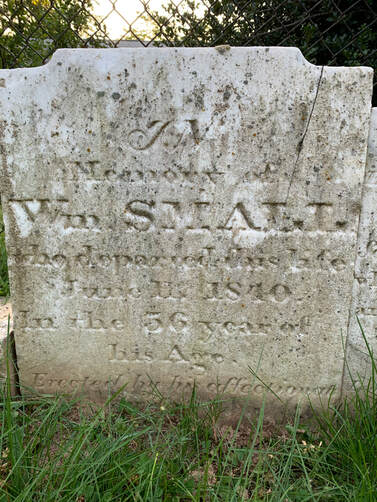 I immediately thought that this grave in Mount Olivet's Area NN, a short distance from the grave of Maria Small, was that of Capt. William Small. NOPE! The dates don't match up as Capt. Small did not die in 1840. Instead, he died in July 1845. The search for the grave sites of some of our early brewers continues! History Shark Productions presents:
Chris Haugh's "Frederick History 101" Are you interested in Frederick history? Want to learn more from this award-winning author and documentarian? Check out his latest, in-person, course offering: Chris Haugh's "Frederick History 101," with a 4-part/week course on Tuesday evenings in late August/early September, 2023 (Aug. 22, 29 & Sept 5, 12). These will take place from 6-8:30pm at Mount Olivet Cemetery's Key Chapel. Cost is $79 (includes 4 classes). In addition to the lecture class above, three unique "Frederick History 101 Walking Tour-Classes" in Mount Olivet Cemetery will be led by Chris this summer. These are available for different dates (July 25th, Aug. 8th and Aug 23rd) Cost $20. For more info and course registration, click the button below! (More courses to come)  With the 160th anniversary of the Battle of Gettysburg upon us, I thought it would be fitting to highlight a participant of that legendary conflict for this week’s story subject. His name is Col. Edward H. Welsh, and his gravestone in Frederick’s historic Mount Olivet spells out the fact that he was brevetted for gallantry shown in battle at Gettysburg in early July, 1863. And in case you are not familiar with the word “brevet,“ here is the definition: In many of the world's military establishments, a brevet was a warrant giving a commissioned officer a higher rank title as a reward for gallantry or meritorious conduct but may not confer the authority, precedence, or pay of real rank. An officer so promoted was referred to as being brevetted. Those of you who read last week’s “Story in Stone” know that the Union Army of the Potomac spent a few days in Frederick in late June, 1863. With Gen. Joseph J. Hooker in command, the Army was in pursuit of Confederate Gen. Robert E. Lee who had crossed the Potomac into Maryland a few weeks earlier with Rebel forces. Lee’s objectives were unknown to the Union forces and the leadership in Washington as this marked his furthest foray into northern territory. Cities such as Washington, Baltimore, Harrisburg and Philadelphia found themselves on high alert. Meanwhile back in Frederick, a messenger had been sent to town with an order from President Lincoln to relieve Gen. Hooker of his duties, and put Gen. George G. Meade in his place atop the Army of the Potomac. Meade and his men of the 5th Corps were encamped at Arcadia, a fine manor house on the Buckeystown Pike, located just north of the small hamlet of Lime Kiln. The actual change of command would occur at Gen. Hooker’s temporary quarters in the early morning hours of June 28th, at Prospect Hall a few miles to the northwest. With little time to plan strategy, Gen. Meade gathered his army which had been encamped in and around Frederick City, and marched them northwards toward the Mason-Dixon Line and Pennsylvania where intelligence reported Gen. Lee and his men to be. Every major roadway leading north from Frederick was utilized by the expansive Union force. Meade would make his next headquarters at Middleburg (Carroll County) on the 29th, and then northeast of Taneytown on the Shunk Farm where he directed the early concentration of his forces between June 30th and July 1st. Ironically, Meade had come from the south northward to meet his rival (coming from the north). His initial plan was one of a defensive nature requiring the spreading out of his troops across a series of entrenchments in northwestern Carroll County utilizing Pipe Creek as a line of demarcation. This has an interesting connection to Mount Olivet, and our most famous resident in Francis Scott Key who grew up along Pipe Creek near Keymar (MD). Key’s birthplace was the family plantation of Terra Rubra. What if the battle had been fought here and not Gettysburg? Could it have spilled over into northeastern Frederick County such as Thurmont (known then as Mechanicstown) or Graceham or Emmitsburg? What if? Instead, the greatest battle of the American Civil War would be fought July 1st–3rd, 1863, in and around the small town of Gettysburg just over the Pennsylvania border. In the conflict, Gen. Meade's Army defeated attacks by Confederate Gen. Robert E. Lee's Army of Northern Virginia, halting Lee's invasion of the North. The battle involved the largest number of casualties of the entire war and is often described as the war's turning point due to the Union's decisive victory and concurrence with its victorious Siege of Vicksburg. There are soldiers here in Mount Olivet that found themselves in Gettysburg on the field of battle in early July, 1863. One of them was a gentleman named Edward H. Welsh. His gravesite is marked by a substantial chunk of granite located adjacent the Key Memorial Chapel in Area H/Lot 5. The gravestone employs a mixed exterior of both polished surface along with rough-hewn sides and base. The lower face of his gravestone has raised, polished lettering and a simple cross. The cross, however, has nothing to do with traditional religion per se, but has a special military meaning as I would soon find out. The simple cross on Col. Welsh’s gravestone can be found throughout Gettysburg National Battlefield Park and signifies the Union Army of the Potomac’s 6th Corps. The 6th Corps had 37 infantry regiments and 8 artillery batteries at the Battle of Gettysburg, organized into 3 divisions of two or three brigades each and an artillery brigade. The military cross that appears on Col. Welsh’s gravestone in Mount Olivet, also appears on a very special monument on the battlefield on Culp’s Hill. As an aside, please check out a website called CivilWarCycling.com in which author Sue Thibodeaux has written an article (geared towards bicycle-bearing tourists) about the monument shapes and symbols at Gettysburg. It is a key to unlocking the symbols on regimental monuments that honor the Army of the Potomac. Sue has written books about other Civil War battlefield sites as well. The 65th New York Monument on Slocum Avenue honors Maj. Gen. John Sedwick’s 6th Corps. (Gen. Henry Slocum, of whom the avenue is named, was in command of the army’s right wing, which included Sedwick’s Corps.) The geographical location of the battlefield here is Culp’s Hill, as mentioned earlier. Particularly interesting for us locally, the action that involved the 6th Corps here occurred on the Union Army’s right on Day 2 and Day 3 of the battle (July 2nd and 3rd), and featured Marylanders of the Union Army pitted against Marylanders of the Confederate Army. On the second day of battle, most of both armies had assembled. The Union line was laid out in a defensive formation resembling a fishhook. In the late afternoon of July 2nd, Lee launched a heavy assault on the Union left flank, and fierce fighting raged at Little Round Top, the Wheatfield, Devil's Den, and the Peach Orchard. On the Union right, Confederate demonstrations escalated into full-scale assaults on Culp's Hill and Cemetery Hill. All across the battlefield, despite significant losses, the Union defenders held their lines. In addition to Edward H. Welsh, two prominent Frederick men were on opposing sides at Culp’s Hill—Bradley Tyler Johnson and Joseph Groff. Brigadier Gen. Bradley Tyler Johnson was a former attorney from Frederick who left town after gathering men to fight for the Confederacy. He would be among the most prominent Marylanders who fought for the South, and led the 1st Maryland Regiment, C.S.A. (Confederate States of America). He is descended from the Tyler and Johnson families of town with roots going back to Baker Johnson, brother of Gov. Thomas Johnson. Bradley Tyler Johnson was born in 1829, the son of Charles Worthington Johnson and Eleanor Murdock Tyler and graduated from Princeton in 1849. He read law with William Ross of Frederick, and finished his legal degree at Harvard. He was admitted to the bar in 1851. Johnson is not buried here, but rather in Loudon Park Cemetery in Baltimore. About 100 yards directly behind (and west) of Edward H. Welsh’s grave is that of Capt. Joseph Groff of the Union’s Potomac Home Brigade. This outfit was made up of local men from our area. I wrote a “Story in Stone” on Captain Groff and you can read more on him at your leisure. On the third day of battle, fighting resumed on Culp's Hill, and cavalry battles raged to the east and south, but the main event was a dramatic infantry assault by around 12,000 Confederates against the center of the Union line on Cemetery Ridge, known as Pickett's Charge. The charge was repelled by Union rifle and artillery fire, at great loss to the Confederate army. Lee led his army on a torturous retreat back to Virginia. Between 46,000 and 51,000 soldiers from both armies were casualties in the three-day battle, the most costly in US history. Both Capt. Groff and Lt. Welsh would be wounded at Culp’s Hill, not far from Spangler’s Spring. The landmark is down below the hill from the 65th New York Infantry Monument marking the ground Welsh, and his fellow soldiers, stood upon 160 years ago. One side panel of the monument reads: “Arrived on the field at 2 P.M. on July 2. At daylight of the 3rd, moved from the base of Little Round Top to Culp’s Hill. Held this position til 3 P.M. then moved to the left center.” The 65th’s brigade commander, Col. Alexander Shaler, was relatively new in his position. His recent promotion came following heroics at the Battle of Salem Heights (VA) in which he, himself, displayed gallantry under fire leading him to earn the Medal of Honor, the United States Armed Forces' highest military decoration. Lt. Colonel Joseph E. Hamblin was promoted to colonel as a result, and took direct command of the regiment. At Gettysburg, he had brought 319 men to the field, including Lt. Welsh. Hamblin lost 4 men killed and 5 wounded during the three-day engagement between July 1st-3rd, 1863. One of those wounded was our subject Edward H. Welsh. Edward Horace Welsh was born on June 2nd, 1840 in North Bloomfield, Trumbull County, Ohio. His parents were Samuel H. Welsh (1811-1900) and Matilda (Flower) Welsh (1815-1846). A biography of Col. Welsh can be found in the History of Allegany County, Maryland by James Thomas and Thomas J. C. Williams (published 1923). It reads: “He was reared and educated in his native state. When still a lad, moved to Cleveland, Ohio, and later became a member of the Cleveland Grays, a company organized in that city. When war broke out between the States, he enlisted as a member of the Seventh New York Militia, and served with it until it was mustered out ninety days later, and he then enlisted, with the First Regiment of United States Chasseurs, also called the Sixty-fifth New York Volunteer Infantry, and July 11, 1861, was appointed quartermaster-sergeant of this regiment because of his patriotism and valor. At the time of this later enlistment he was only twenty years of age, and yet in spite of his youth served with distinction throughout the entire campaign. At the battle of Fair Oaks, or Seven Pines, as it is sometimes called, he was wounded in the breast, leg and ankle, and, as a reward for meritorious service, was made a second lieutenant. On October 28, 1863, Mr. Welsh was appointed first lieutenant of the Sixth Artillery, New York State Volunteers, and served with distinction during the three days battle of Gettysburg, and was very active in the placing of artillery at strategic points, and for this splendid service was brevetted colonel. A monument in honor of the service performed by his regiment now stands near the entrance to the Gettysburg National Cemetery. Subsequently he was assigned to the personal staff of General Hunt, of the Artillery of the Army of the Potomac, where he served with distinction until the close of the war. In spite of his severe wounds he never drew a pension, nor did he ever apply for one, "it being his pleasure that he served his country and was wounded in its service because of his patriotic love for it, and not for any material reward.” The History of Allegany County biography continues: “After his honorable discharge, Mr. Welsh went to Frederick City, Maryland. On November 8th, 1869, Mr. Welsh married Ellen Sophie (Wisong) (1838-1923) of Frederick City. She grew up in a house found on East Patrick Street.” Welsh supposedly came to Frederick and sold lightning rods. After marrying, the couple lived together with Ellen’s widowed father, Isaac Wisong, and sister Jennie. Also living here were Ellen’s 16-year-old niece Margaret Irene Cromwell and nephew 18-year-old Charles Cromwell. The men (Edward and Charles) are listed as working as store clerks, and I would bet they worked at the Excelsior Stove House of N. J. Wilson located on E. Patrick Street. which featured a lightning rod department; or in either of grocery stores, as two were located near their home in the 100 block of East Patrick Street. (The Wisongs lived at 117 E. Patrick according to records). These groceries were Holbrunner’s Grocery and Plummer’s Grocery at the time (1870). Welsh worked as a hotel clerk in Cumberland as early as 1873. Another excerpt from the biography found in the History of Allegany County by Williams and Thomas tells of Welsh's move from Frederick to western Maryland but mentions the job he would "leave the hotel" for: “In 1873, he came to Cumberland, and established himself in the wholesale and retail green grocery business on Baltimore Street, and later became associated with the Kenneweg Company, wholesale grocers, was its president for a number of years until his death January 21st, 1914. He was a director of the First National Bank, and the Cumberland Dry Goods & Notion Company, both of Cumberland, and never lost his deep interest in the welfare of the city, and the development of its enterprises. Mr. Welsh took an active part in the operation of the Allegany Building, Loan & Savings Company, and demonstrated his faith in the city and county by investing in their different enterprises. A strong Republican, he was honored by being the successful candidate of his party for the office of city councilman, and was returned to that office after serving one term.” Let’s break this published bio down a bit, shall we? In the 1890 Cumberland Directory, the Welshs lived on Baltimore Street, next door to their grocery business. Ads from 1889 say that the E. H. Welsh Grocery was located at 150 Baltimore Street. Perhaps a renumbering occurred, or a move to a different building occurred. Regardless, they would re-locate from this home at some point before the 1900 census was taken, as they can be found living in a house they owned on Decatur Street. Edward was active in the National Civil War Veterans fraternal organization known as the Grand Army of the Republic, or G.A.R. for short. In 1903, Edward H. Welsh was appointed as an Aide-de-Camp of the National Commander in Chief of the G.A.R., and in 1905 he could be found serving as Commander of the Tyler Post #5 in Cumberland. Welsh represented the Department of Maryland at the National Encampment of the G.A.R. in Denver, Colorado in September, 1905. He also represented the Cumberland G.A.R. Post at the annual Department Encampment in Baltimore in April, 1906. In business, our subject was re-elected as a director of the Inter-State Trust Company in 1907, and again in 1909. In 1907, Edward and a business associate bought the large Kenneweg Company Wholesale Grocery store, a chain store affiliate of the Pittsburgh firm of the same name. Mr. Christian Kenneweg had come to town in the late 1880s, and Col. Welsh seems to have kept his composure and competed for years without issue. Mr. Kenneweg likely saw something in Welsh to eventually sell the location/franchise to him.
Col. Welsh was now 70 years of age by early July, 1910 and the 47th anniversary of the Battle of Gettysburg. He continued his activities in business, civic and personal life. I searched the local papers for any mention of Col. Welsh’s participation in the activities marking the 50th anniversary of the most famous battle fought on American soil. This was a big deal as thousands of soldiers gathered in the central Pennsylvania town to participate in commemorative events marketed as "The Great Peace Reunion." It would be held in sweltering heat, and was attended by President Woodrow Wilson, former officers of the battle and other dignitaries. I would have to assume that Col. Welsh was there in Gettysburg with old friends and foes from 1863 for that amazing commemoration. Here was a man very proud of his military service, exemplified by participation at the highest leadership levels in the G.A.R. activities, and having a gravestone that makes special note of his participation in the Battle of Gettysburg. I’d bet money that Edward H. Welsh was there in Gettysburg from July 1st-4th, 1913. I thought I had something when a Frederick newspaper online search provided me with a Welsh result pertaining to the Gettysburg commemoration of 1913. However, I soon deducted that this gentleman was not our Edward H. Welsh. The article centered on another former resident named John L. Obenderfer who once reported to a “Capt. Welsh” in the Confederate ranks. It is a comically written story so I decided to share with you nonetheless. Getting back to our Col. Welsh of Frederick and Cumberland, I am happy to think that he had this amazing experience in Gettysburg of attending the 50th anniversary commemoration. This is even more poignant because five months later, Edward H. Welsh would be gone. He died on January 21st, 1914 in Cumberland. The History of Allegany County states: “For about a year prior to his demise Mr. Welsh was in poor health, but his death came as a shock to his many friends in the city and county. His funeral was largely attended by the leading citizens of this region, who flocked to honor one who in life had rendered so public-spirited a service, and set so high an example of honorable living. Interestingly, interment was not made here in Mount Olivet. Instead, Col. Welsh was interred in Cumberland’s Rose Hill Cemetery.” Ellen S. Welsh continued living in the couple’s home in Cumberland. She also would receive her late husband's pension. Her live-in companion remained niece Margaret Irene Cromwell. She died in 1923 at the age of 85 in Cumberland, however her body was brought to her native home for burial. She would be laid to rest in her family plot in Area H/Lot 5 just outside Key Memorial Chapel, newly constructed less than a decade before. Mrs. Welsh left quite an estate behind, a testimonial to her late husband’s business acumen. It was worth an estimated $200,000 according to her will. Without any direct heirs, the majority of the estate would go to niece Margaret Irene Cromwell. Mrs. Welsh’s last wishes directed that the body of her late husband Edward be exhumed and re-interred next to her in Mount Olivet at the time of her death. This would be completed six months after Ellen’s funeral . Edward’s body arrived at the cemetery on November 23rd, 1923. An additional bequest included $200 to be paid to Mount Olivet for the upkeep of the family plot. Margaret Cromwell had started her life in Frederick, but would stay in Cumberland living in the home on Decatur Street until her death in 1933. Margaret's executors would sell the former Welsh family home to Allegany Hospital of the Sisters of Charity in 1935. Ms. Cromwell's body would be brought back to Frederick like the Welshs. She would be buried next to Col. Welsh and Ellen, her adopted parents for the bulk of her life one could say. A final person of note in this plot was Margaret’s mother of the same name. She was Ellen Welsh’s sister who died at age 29 in October 1855. This was less than two weeks before daughter Margaret’s second birthday. So on this 160th observance of the Battle of Gettysburg, let us not forget that "freedom is not free." The idiom expresses gratitude for the service of members of the military, implicitly stating that the freedoms enjoyed by many citizens in many democracies are possible only through the risks taken and sacrifices made by those in the military, drafted or not. The saying pertains to Col. Welsh and thousands of others in Mount Olivet who participated in conflicts that allow us to attend baseball games, eat hotdogs and drink beer at family picnics, go to the beach, and watch fireworks this holiday weekend if we so please. So be sure to give the colonel's "illustrative" gravestone a nod of respect if you happen to be in the cemetery anytime soon. AUTHOR'S NOTE: Special thanks to Karl "Woody" Woodcock and Gary L. Dyson for the advance research work both gentleman have done on our Civil War soldiers at Mount Olivet. Some of that research was utilized in pulling together this story. History Shark Productions presents:
Chris Haugh's "Frederick History 101" Are you interested in Frederick history? Want to learn more from this award-winning author and documentarian? Check out his latest, in-person, course offering: Chris Haugh's "Frederick History 101," with a 4-part/week course on Tuesday evenings in late August/early September, 2023 (Aug. 22, 29 & Sept 5, 12). These will take place from 6-8:30pm at Mount Olivet Cemetery's Key Chapel. Cost is $79 (includes 4 classes). In addition to the lecture class above, four unique "Frederick History 101 Walking Tour-Classes" in Mount Olivet Cemetery will be led by Chris this summer. These are available for different dates (July 11, July 25th, Aug. 8th and Aug 23rd) Cost $20. For more info and course registration, click the button below! (More courses to come) Anyone who reads this blog on a regular basis knows that I am no stranger to a wide variety of monuments and gravestones, and the “stories” behind them. As a matter of fact, rocks (primarily of granite and marble) are the “basis” of this ongoing “Stories in Stone” series. However, our interest in rocks is centered on history and geneaology instead of geology and the science that deals with the earth’s physical structure and substance. An interesting point to make here is that rocks last forever. With the assignment to represent the “physical footprint” of a human being, place or event, the memory (of said person, place or event) should last equally as long as “the rock,” shouldn't it? That’s what memorialization is all about, and why gravestones and monuments hold value to those of us who care about learning from things from our past. Going back even earlier in time, before the recording of history by cultures, we study rocks to understand early peoples and the planet itself (ie: Native American spearpoints, monadnocks like Sugarloaf Mountain, Stonehenge and petroglyphs). As we near the end of June, I can’t help but think about a unique, local specimen that proves my “point of rocks” serving as solid, lasting reminders. This particular one captures a legendary event from Frederick’s past that did not occur on Mount Olivet’s property, but was in very close proximity from a geographic sense. Years ago, this locale would have been reached by a short walk of about 500 hundred yards from my office at the cemetery. This would be similar to a walk from the back of Mount Olivet to our front gate on South Market. These days, with residential, commercial and transportation growth over the last century, getting there requires greater effort, and is best made by automobile. I’m talking about “the Gen. Meade Change of Command Monument” at Prospect Hill. Considered to be on the outskirts of southwest Frederick, the “Change of Command” monument is often missed. It is located along Himes Avenue at the foot of the hill and service road leading up to the Prospect Hall mansion, formerly the site of St. Johns Regional High School. The marker’s visibility and accessibility have improved greatly in recent years thanks to the Civil War Trails program in which wayside interpretive markers have been placed next to the rock in question, which had previously been partially hidden by shrub growth, and difficult to access by automobile. The granite monument marks the vicinity where the command of the Union Army of the Potomac passed from Gen. Joseph Hooker to Gen. George B. Meade on June 28th, 1863. This was done by order of President Abraham Lincoln at a critical time during the American Civil War. The significance of this event was not known at the time, as just days later, Gen. Meade would be engaged in the most famous battle ever to take place on American soil, perhaps only rivaled by Lexington & Concord or the Battle of Yorktown of the American Revolution. This is not a native rock to Frederick, but fittingly hails from Gettysburg, Pennsylvania. More specifically, it comes from the infamous “Devil's Den” on the battlefield. For those not familiar, Devils’ Den is a boulder-strewn hill on the south end of Houck’s Ridge below Big Round Top. On the second day of battle (July 2nd, 1863), “the Den” was skillfully used by Confederate artillery and sharpshooters to shoot at the commanding Union position above on the ridge. Why don't we bring science into this story this week, just for fun. The Gettysburg National Military Park website gives readers the following geologic background on the rock composing Devil's Den and our local monument : Approximately 180 million years ago during the late Triassic Period, the Gettysburg Formation comprising sandstone, siltstone, and shale was deposited in a large carved-out basin in the Gettysburg area. These lowlands were broken by hills and ridges that were formed as a result of geologic activity when a dense 2,000-foot thick slab of igneous (molten) rock called the Gettysburg Sill and also two 50-foot dikes were thrust into the Gettysburg Formation. One of the dikes underlies Seminary Ridge in a north to south orientation while the other parallels the ridge to the west. Sills are responsible for the topographically-high areas of the Round Tops, Culp's Hill, and Cemetery Ridge and Hill. The intrusion dikes are composed of very fine-grained, dense diabase rock very resistant to weathering. The composition of these rocks indicates that the molten masses cooled very rapidly. The Gettysburg Sill is coarse-grained diabase, an igneous rock otherwise known as granite. The Sill also contains a large amount of feldspar. Two bronze plaques are attached to a granite boulder. The first plaque marked the original dedication in 1930, and the other is from the re-dedication in 1963 as part of the American Civil War Centennial activities.  1963 "Change of Command" plaque unveiling and 100th anniversary commemoration with three known attendees to the right of the monument. These include (L-R) E. Lease Bussard (Chairman of the Frederick Centennial Committee), unidentified woman, Judge Edward S. Delaplaine (noted historian/author), and Sen. Charles McCurdy "Mac" Mathias. From natural history, let's return to American history. Gen. Meade formally assumed command of the Army in the dining room of Prospect Hall on June 29th, just two days before the fateful Battle of Gettysburg. Gen. Joseph “Fighting Joe” Hooker was the Union Army General who succeeded General Ambrose Burnside as commander of the Army of the Potomac in 1863, despite his grandiose notions of becoming a dictator. He had a reputation for being aggressive in pursuit of war, women, and liquor. Interestingly, Gen. Hooker is best known for having his name attached to the female camp followers—the first “hookers” of record. Prospect Hall has a much richer history than simply this singular event in the Civil War. I hope to talk about other episodes involving Prospect Hall in future stories involving various former owners dating back to the 1700s. Prospect Hall may not as durable as a rock or boulder down the hill, but we are blessed to have such a historical “monument” still standing. 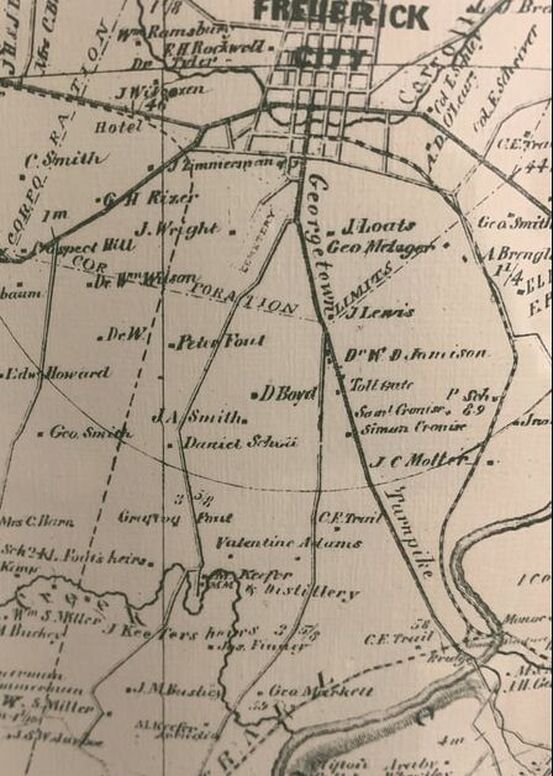 The area directly below Frederick City is depicted here from the 1858 Isaac Bond Atlas map. Note "Prospect Hill" (location of Prospect Hall where Hooker had his headquarters in June, 1863) in the upper left. To the southeast of Prospect Hill (at the center-bottom of this image), you can see labeled "M. Keefer-Arcadia." This is where Meade had made his headquarters in late June, 1863. Another interesting part of the “Meade Change of Command” story involves another “structural witness to history.” This landmark mansion can be found still standing a few miles to the southeast of Prospect Hall. This is known as Arcadia, and you may have driven by it before while on Buckeystown Pike. Or perhaps you’ve heard of it because its name has appeared in the news a great deal of late because it may be demolished. Arcadia is important to local history for a variety of reasons. In particular, for our recounting of the “change of command,” this property is part of our larger story as it is the location where Gen. Meade was encamped when he learned the news of his military promotion. The order for a change of command from President Lincoln was carried by Gen. James A. Hardie, a 40-year-old West Point graduate who served as Secretary of War Edwin Stanton's Chief of Staff. According to the account by Judge Edward S. Delaplaine in the souvenir program issued on the occasion of the centennial anniversary of the war, the messenger arrived from Washington at the train station on South Market among a throng of Union soldiers in the streets of Frederick: "Hardie made the journey in mufti (civilian clothes). In Frederick he heard that Meade's headquarters was located near the Harper's Ferry road about a mile from the city. Hiring a buggy and driver, he made his way at night with difficulty past army wagons and crowds of soldiers, reaching Meade's tent on Sunday, June 28 at three o'clock in the morning.” Meade took command reluctantly because he was concerned about changing leaders in the middle of a campaign. Additionally, he felt his longtime friend Gen. John F. Reynolds was more capable and more deserving of the assignment. Gen. Meade described his appointment in a letter back home to his wife Margaret: "At 3:00 a.m., I was aroused from my sleep by an officer from Washington entering my tent, and after waking me up, saying he had come to give me trouble. At first, I thought it was either to relieve me or arrest me.... He then handed me a communication to read; which I found was an order relieving Hooker of command and assigning me to it.... As a soldier, I had nothing to do but accept and exert my utmost abilities to command success... I am moving at once against [Confederate Gen. Robert E.] Lee, who I am in hopes [Gen. Darius N.] Couch will at least check for a few days; if so, a battle will decide the fate of our country and our cause." Meade's prediction proved true. Just hours after his promotion, the general found himself with little to no time to calculate his next moves. During the day of the 29th, he moved the Army of the Potomac forward (and northward) towards the enemy. By that evening, Gen. Meade had established his headquarters in Middleburg, Maryland. He wrote again to his wife: “We are marching as fast as we can to relieve Harrisburg, but have to keep a sharp lookout that the rebels don’t turn around us and get at Washington and Baltimore in our rear. They have a cavalry force in our rear, destroying railroads, etc., with the view of getting me to turn back; but I shall not do it. I am going straight at them, and will settle this thing one way or the other. The men are in good spirits; we have been reinforced so as to have equal numbers with the enemy, and with God’s blessing I hope to be successful. Good-by!”  Jim Hueting in front of Prospect Hall Jim Hueting in front of Prospect Hall Both armies would soon be fully engaged on the farm fields and woods surrounding Gettyburg for the first three days of July, 1863. This would be the turning point of the Civil War, and Meade had found himself in a much different situation from when he had laid his head down to go to sleep in his tent beside peaceful Ballenger Creek at Arcadia just a few days earlier. If interested, please take a look at the following blog by Gettysburg Battlefield Guide Jim Hueting made back in 2009. He has some excellent photographs of Arcadia and Prospect Hall to help frame the scene of that fateful night Meade took command. Arcadia The word arcadia is defined as “a region or scene of simple pleasure and quiet.” I guess this was also the marketing message of National Bohemian beer, which was brewed and enjoyed “in the land of pleasant living” here in Maryland? The Arcadia mansion and former manor site is located between Frederick and Buckeystown. The extensive plantation, in its original form, included land stretching eastward across the Monocacy River. The manor house is said to have been erected around 1790, or the years immediately after. According to histories of Frederick, the mansion was the meeting place of the local gentry who gathered to play cards, dance, race horses and fox hunt. History books from the early 20th century make comment that, “the splendid mansion is one of the finest in Western Maryland. It is of colonial style and is situated on a high rolling elevation, surrounded by all kinds of beautiful trees and flowers. This estate is one of the best country homes in the county.” Today the house overlooks adjacent Buckeystown Pike (MD Route 85) and offers a commanding view of the surrounding area including Monocacy National Battlefield, in the distance to the east. Arcadia was extensively altered in the late 19th century, and now possesses an elaborate balconied tower. The interior was also extensively updated at that time as well. Historians and architectural experts agree that Arcadia is significant for its historical associations and as an interesting mix of architectural features which have made it a bonafide local landmark. The house played other roles during “the war between the states” in addition to hosting Gen. Meade and his soldiers in late June, 1863. Ten months earlier, in September, 1862, Confederate colonel (later general) William N. Pendleton stayed at Arcadia. This was during the Antietam Campaign and Pendleton was certainly no stranger to Frederick. He was actually a former resident, having served as rector of the city’s All Saints Episcopal Church from 1847-1853. He left town in a huff after resigning his post due to a dispute with the church vestry. He had urged the vestry to build a new church to replace the aging facility on Court Street. They refused, at least until after he left town. The new church would go under construction later that decade and front on West Church Street. In 1864, Arcadia was utilized during the Battle of Monocacy. It actually encompassed the Best Farm at one point of time (as the map above shows). Rebel Gen. Jubal Early formed his troops here to cross the Monocacy and go into battle. Arcadia would also serve as a makeshift, field hospital for wounded Confederate soldiers during the famed “Battle that Saved Washington.” There have been a number of owners of Arcadia over the years as you can imagine. I’d like to highlight a handful that are buried here in Mount Olivet. First off, there is Arthur Shaaff, credited with originally building the mansion along (Henry) Ballenger's Creek south of town. Arthur Shaaf Arthur Shaaff was born in Frederick County on October 7th, 1768 and died on May 15th, 1817. Named for his grandfather, Arthur Charlton, he was the son of Caspar Shaaff (?-1799) and Alice Charlton (b. 1743-1775). Mrs. Shaaff was the daughter of Arthur Charlton (1722-1771) and Eleanor (Harrison) Charlton (1723-1770), well-known tavern operators in Frederick’s past. Caspar Shaaff and Alice Charlton were married in November, 1759. The couple had four children: Mary, John Thomas, Arthur, and Caspar. The Charlton family was of English descent and arrived in Frederick County during the early eighteenth century. They had direct ties to the Keys of Terra Rubra. Caspar Shaaff was of German descent and worked as a merchant and carpenter. In 1754, Shaaff (also found to be spelled Shaaf and Shoaf) acquired 275 acres of land surveyed originally for Joseph Chaplaine under the name of "The Resurvey on Exchange" in the vicinity of Fox’s Gap atop South Mountain. During the period 1757-1758, Caspar Shaaff filed legal petitions in the local court to collect debts owed to him. He is shown as head of household in Frederick County in the 1790 US Census. It is thought that he lived here locally in 1796, because Mr. Shaaff assisted in settling his mother-in-law, Mrs. Eleanor Charlton's estate. In 1797, Caspar Shaaff of Frederick Town was appointed "agent for the late Daniel Dulany, in the counties of Montgomery, Frederick, and Washington, to accept rents, etc." Caspar’s son, Arthur Shaaff, could be found living primarily in Annapolis by century’s end. He had become a prominent lawyer in Maryland, and would play a role in the early careers of two other Frederick esquires. Shaaff practiced law in Frederick, Annapolis, and Hagerstown. Roger Brooke Taney identified Arthur Shaaff as one of the prominent and distinguished members of the Maryland Bar when Taney, himself, was a law student in Annapolis between 1796-1799. Taney recalled Shaaff as a mentor and a colleague. He (Taney) prepared cases both with Arthur Shaaff, and opposing the gifted attorney.  Francis Scott Key (1779-1843) Francis Scott Key (1779-1843) Taney related that Shaaff assisted him when he moved to Frederick City in 1801 to practice law. "Mr. Shaaff, who still practiced in Frederick, having invited me to take part in one of his cases, in order to give me the opportunity of appearing in public.” Arthur Shaaff’s practice included real estate management, property disputes, property transfers, and estate settlement. In some cases, Shaaff, Roger Brooke Taney, and a cousin, Francis Scott Key, collaborated. I’ve been under the impression for years that the fabled joint law office of Taney and Key, once found in Courthouse Square (and fronting Court Street), was actually the law office of Arthur Shaaff. In 1806, Roger Brooke Taney married Ann Phoebe Charlton Key, the sister of Francis Scott Key, and became a cousin by marriage to Arthur Shaaff. Shaaff’ s mother (Alice (Charlton) Shaaff) was sister of Ann Phoebe Penn (Charlton) Key—the mother of the Key siblings, Ann Phoebe Penn Dagworthy (Charlton) Key and Francis Scott Key. Like he had done with Taney, Arthur Shaaff is credited with presenting young Francis Scott Key to the Frederick County Court, and moved for his admission to the bar. The formal ceremony was noted as follows in the records of Clerk William Ritchie: “On motion of A. Shaaff, Esq., Mr. Francis Key is admitted to practice as an Attorney of this Court who took the Oath directed by Act of Assembly.”  Wide view from Council St giving contect. Faux Law office to the right of historic brick house (denoted by marker) and original Shaaff, Taney, Key office was to the left of said house. The three story, duplex with dormers was built in the early 1900s in keeping with the guidelines of the Historic Preservation Commission several decades before there even was a designated historic district in Frederick. It's just too bad we lost the original dwelling, which prompted the "building/labeling" of the faux office for tourism sake not unlike the rebuilt Fritchie House. Historian William Jarboe Grove (1854-1937) wrote in his “History of Carrollton Manor” of 1922: "In the summer, Mr. Taney would sometimes retire, with his family, a few miles from Frederick to Arcadia, the country-seat of the eminent lawyer Arthur Shaaff, a bachelor, and a cousin of Mrs. Taney, to recruit his overtasked mind in the serenities of the country.” Although Arthur Shaaff practiced law in Frederick County, he was not recorded in the 1800 and 1810 censuses as residing in Frederick County. His primary residence was in Annapolis, Maryland. However, Shaaff also was not recorded in the Annapolis census data for 1800. The 1800 census listed his brother John T. Shaaff as head of household in Annapolis, Maryland. The household contained 2 free white males between the ages of 26 and 44 (presumably John T. and Arthur), one free white female between the ages of 26 and 44, and seven slaves (U.S. Census 1800). By 1810, both Arthur Shaaff and John T. Shaaff were listed as separate heads of household living in Annapolis. Arthur Shaaff died on May 15th, 1817 at approximately 49 years of age. He would be buried in All Saints’ Protestant Episcopal Cemetery, originally located between Carroll Creek and East All Saints Street. On September 30th, 1854, one of Mount Olivet’s founding board members, Richard Marshall, handled plans to re-inter Shaaff’s body in newly opened Mount Olivet Cemetery. Marshall was a leading lawyer in town, and formerly mentored by Roger Brooke Taney. Marshall also moved the bodies of Mrs. Ann Taney and her parents (Ann and John Ross Key) to the south end of his lot. This gravesite was originally known as the Marshall Lot, but is now better known as the Potts Lot, as the Marshall’s married into this family. The Arcadia Mansion and associated property were inherited by John Thomas Shaaff, the elder brother of Arthur Shaaff. John T. Shaaff was a doctor by profession who practiced in Annapolis. He was the Treasurer of Medical and Chirurgical Faculty of Maryland from 1799 to 1801 and a member of the Governor's Council from 1798-1800. He moved his practice to Georgetown after 1810. While in D.C., he served as the Vice-President of Columbia Institute and was a founder of the Medical Society of the District of Columbia in 1819. When John T. Shaaff died on May 3rd, 1819, the executors of his estate were his wife Mary Shaaff of Georgetown, William Marbury of Georgetown, and Roger Brooke Taney of Baltimore. (Frederick Examiner 1851, July 23). In 1826, the executors of the estate of John T. Shaaff sold Arcadia to Col. John McPherson (1760-1829) of Frederick for $29,000. McPherson transferred the property to teenage grandson John McPherson Brien (1807-1850), who transferred the property to his father, John Brien (1766-1834)in 1833. In 1835, the estate of John Brien sold the property to Col. Griffin Taylor, described as a large slaveholder living the lavish "southern plantation lifestyle" and incurring debts that required him to sell off sections of the property. William Jarboe Grove referenced account books containing gaming debts that were found in the attic by later owners. In the 1850 census, Taylor was recorded with 18 enslaved persons. In 1851, Mr. Taylor offered his real and personal property for sale stating that he intended to remove to the West. A footnote on Col. Taylor is that he relocated to Cincinnati, but died four years later in October, 1855 and was laid to rest in St. Johns’ Catholic Cemetery in Frederick. The estate was described as containing 1,015 acres and was offered as a single farm or for subdivision into three or four farms. The estate contained three dwelling houses, as well as Arcadia Mansion where Col. Taylor resided. The mansion was described as a large brick house with "wings handsomely finished, and the gardens and grounds about the house are handsomely laid off and improved with evergreens". Griffin offered the mansion with about 280 acres as one farm. Frederick resident Jacob Engelbrecht reported in his diary entry of September 9th, 1851 the sale of Arcadia Farm and Mansion by Griffin Taylor to Michael Keefer for $18,000. At the time, Keefer (1815-1876) was the proprietor of Frederick’s City Hotel on West Patrick Street. In 1858, Michael Keefer assigned his real estate, including Arcadia, and personal property to Edward Shriver to act as his trustee to sell advantageously at private or public sale to clear Keefer's debts. In October 1858, Shriver sold Arcadia, then containing approximately 338 acres, to Thomas and Cynthia Clagett. The deed was recorded in 1862. Both men are buried here at Mount Olivet.
Thomas Clagett resided on a large estate near Kemptown and used Arcadia as a fox hunting retreat. In residence in 1860 were Thomas Clagett, age 22, with the occupation of farmer and a laborer, J. Dunloff, and 4 slaves. Mr. Grove recalled that his father lived at Arcadia under Clagett's ownership and boarded his son. In 1862, Thomas Clagett sold Arcadia Mansion and 210 acres of land to Robert Henry MacGill, Sr. (1821-1876). He wouldn't be here for long, however. MacGill and McKinney It was Mr. MacGill who hosted Gen. Meade and the Union soldiers in late June 1863. A year later, William Jarboe Grove recalled that, as a ten-year old boy, he watched the ambulances bringing Confederate wounded from the battlefield. His father was pressed into service to carry stretchers. Arcadia was used as a temporary field hospital, with operations conducted in the central room on the first floor. While Confederate wounded were taken to Arcadia, Union wounded were taken to another farmhouse nearby. That hospital, on the George Markell property, was under the charge of David F. McKinney, a surgeon with the 6th Army Corps of the Army of the Potomac. Dr. McKinney reportedly was so taken with the area that he purchased 277 acres containing the Arcadia Mansion in 1865 from Robert MacGill. McKinney continued to work as a physician in Frederick County and became an agriculturalist. Dr. David Ferguson McKinney was born in 1836 in Clinton County, Pennsylvania near Loch Haven. He was educated in public schools and received a degree from Jefferson College in Canonsburg, PA. He entered the Pennsylvania Medical College of Philadelphia and graduated in 1860. Soon after graduation, McKinney was appointed as assistant surgeon in the 87th Pennsylvania Volunteer Infantry. He was transferred to the 6th Army Corps of the Potomac and was shortly thereafter promoted to surgeon with the rank of major. He served for three years and was discharged in October 1864. Dr. McKinney was married in 1865 and brought his new bride, Mary (Trego) McKinney, to live at Arcadia. The former Mary Trego (b. 1841) was the daughter of a successful iron manufacturer from Baltimore. David and Mary McKinney improved Arcadia Mansion during their tenure. It was reported that Dr. McKinney replaced the blood-stained floorboards in the first floor center room, the family’s dining room. The room had been used as the operating room when Arcadia was used for a short period of time as a Confederate field hospital. Other alterations that occurred were the raising of the one-story hyphens to two stories. William Jarboe Grove reported that "the north wing is as it was originally built except the two center rooms, a story was added by Dr. McKinney. The small rooms connecting the main and end wings were formerly one story high." The McKinneys added the viewing tower on the front of the east elevation of the building. The McKinneys would reside at Arcadia for half a century. Both David, who died in 1915, and Mary E. McKinney (d. 1924) are buried here in Mount Olivet Cemetery. They have one of the only surviving lots with marble "curbing" delineating their gravesite. A massive cross is the central feature with corresponding footstones for family members listed on the base of the cross. Here too are Dr. McKinney's Trego in-laws and his sons William and David who would assume Arcadia after his death. Both gentlemen would farm and manage the estate with their respective wives. I have a very nice collection of vintage Frederick postcards. In a thrift shop in Hagerstown, I found a few cards showing our Arcadia. I bought both. The first card talked of Arcadia serving as a tourist home near Lime Kiln with Mrs. McKinney as a hostess and appears to be from the 1930s/40s by the car in the driveway. I assumed this to be William McKinney's wife, Grace McSherry McKinney, and not Dr. McKinney's wife Mary (Trego) McKinney. The second card doesn't even look like the house in question, but I bought it anyway. It probably hails from the 1960s during the Civil War Centennial period. I would soon learn that the McKinneys began to take in tourists in the 1930s. Author Nancy Bodmer wrote in her Buckeystown and Other Historical Sites that this was "not only for monetary benefits but because they enjoyed sharing Arcadia with other people. One of the first to stay for the summer months was Miss Mary Neighbours, who was born in Buckeystown. In 1939 she came to Arcadia for a rest in the country from the hot and hectic Frederick. She stayed 27 years, leaving only when the house was sold. Hardly a night would go by that the rooms would not be occupied." In April 1966, heirs of the McKinney family sold 277 acres south of the mansion to a group of investors who would construct the Countryside development. The mansion and remaining land has been bought and sold many times over. Plans along the way have even included a country club, but that did not come to fruition. Years ago, I bought another old postcard on eBay, dated 1900, with the Francis Scott Key monument on its face. I was particularly interested in this card because it was actually written at Arcadia. The author was Dr. McKinney who signed his correspondence with “Dave.” It was penned on April 20th, 1900 to the former physician’s brother James Harris McKinney living in Jersey Shore, Pennsylvania (located in Lycoming County and nowhere close to the Atlantic Ocean). (Written Transcript) “Arcadia,” April 20th, 1900 We have had a big rain commencing Saturday night and continued until noon of yesterday. We are ready to plant clover. Some farmers done, of course too wet-now-We are in about our usual condition of health and sincerity. Hope you all are well. The door stands ajar to any or all of you. Always, Dave For good measure, I searched for James Harris McKinney and found his name in the 1900 Census and final resting place up in Pennsylvania. This is one of my longest stories to date and actually inspired by my acquisition of that antique postcard. Made of paper, it's a miracle it even survived and somehow started in the hands of David F. McKinney at Arcadia 123 years ago, was sent to Jersey Shore, PA, and wound up in my hands all these years later. This humble (and long) "Story in Stone" is not just a testament to several owners of a singular property that happened to be buried in the local cemetery.It's also not just about a beautiful mansion from Frederick’s past, that still survives. No, it’s much more than that—Arcadia is a common thread of Frederick’s history through hundreds of years, and and serves as a touchstone to legendary figures in our local and national history including Gen. George Gordon Meade, Roger Brooke Taney and Francis Scott Key. Those men, along with lessor known characters such as Arthur Shaaff, Robert MacGill and Dr. David F. McKinney, are long-gone as well. But steadfast Arcadia is still here, weathering the test of time, not unlike a rock formed millions of years ago. The home was listed on the National Register of Historic Places in 1978, and the subject of postcards throughout the 20th century. Many county residents would even refer to Ballenger Creek as "Shoaff's Creek," giving credit to the early builder of the mansion. Sadly, Arthur's surname has silently slipped away, but his mansion home has not. I know that Frederick County continues to grow, and progress does not stand still. However, as the name of the mansion suggests, I pray that the parcel and beautiful house located at 4720 Buckeystown Pike remains untouched, and like a gravestone in a cemetery, has the opportunity to continue standing as a testament to the owners and events of the past as a reminder of “a region or scene of simple pleasure and quiet.” AUTHOR'S NOTE: Key sources of information were compiled in the Maryland Historical Trust Maryland Inventory of Historical Properties Survey Form (Inventory No. F-l-172) and Nancy Wilmann Bodmer's "The Past Revisited: Buckeystown and Other Historical Sites" published in 1990. The latter is where the early period image comes from.
False Advertising 101 is what I have done here with my cover photo, as this has absolutely nothing to do with current events. I'm sure it has lured many curious readers into my sinister "history web." As can be seen upon closer inspection, there is snow in this photo, one taken by yours truly on January 29th, 2019. That late afternoon, we had the most amazing sunset, one that painted the sky an "emblazoned orange." This came out of nowhere, as the entire day had been cloud-covered with falling snow most of the duration. FaceBook and Instagram erupted with similar pictures to mine, taken throughout the greater Frederick region. I just happened to be shooting obligatory "cemetery in snow" pictures, when this rare phenomenon occurred. Talk about being at the right place at the right time? Speaking of rare, and strange, occurrences, we certainly experienced one this time last week over a few day period, and featuring orange skies. Certainly not as pretty, but noteworthy and a cause for alarm by some as those with respiratory conditions were cautioned to stay indoors. A few events were canceled such as Frederick's Alive at Five, and our regularly scheduled Thursday gravestone-cleaning session for our Friends of Mount Olivet. Off the top of my head, I can think of only one thing more daunting than the media-hyped spectacle captivating much of the east part of our country (including little old Frederick) and thanks to the Canadian wildfires bringing hazy and smog-like conditions, bad air-quality index and a hint of woodfire smoke about. That one thing that comes to mind (after a painfully long tease) would be a song about a magic horse on a cold Nebraska night. That's right, I'm talking about the one, and only, Wildfire by Michael Martin Murphey. The hit single reached #3 on the Billboard "Hot 100" Music Chart in June, 1975. Interestingly, the name of the album this song came from is Blue Sky-Night Thunder. All I could think of when I discovered the album name for this story was Orange Sky-Night Coughing. At least the air quality on the album cover looked a bit like it did last week. From one Michael to another, I was fascinated by the drone pictures and video obtained by the talented videographer Michael DeMattia for the popular Frederick Scanner website (www.frederickscanner.com) and complementary FaceBook site. These "orange skies" weren't the same orange skies commonly only seen at dawn and dusk. They were eerily prevalent all day long on Wednesday, June 7th and June 8th as we were under a Code Red Air Quality warning. For those unaware of this rare occurrence, it was the result of the smoke from over 400 fires, more than 700 miles away from Frederick, having already burned land 20 times the acreage of our county. While all of this was happening Thursday, I recall looking out my office window and thinking that it looked like it could rain, but there was no chance for precipitation at all. It was all so strange. Since I couldn't take any "glamour gravestone shots" on my I-phone for upcoming stories, (yes, I'm now thinking that sounds equally strange), I started looking at some photos on my phone that I've taken over the last several months. After perusing through a few dozen, I became transfixed on a monument belonging to the Fulton family in Area F/Lot 71. I don't know about "night thunder," but the blue sky in the background of this photo made me leave "sodbustin' behind" (part of a lyric in the fore-mentioned Wildfire song) and truly appreciate brilliant, clear sky days like I never have thought of before. Why, this now reminds me of another song from the 1970s which seems very apropos here —ELO's "Mr. Blue Sky" which hit its peak of #35 on the Billboard Chart in June, 1978. Interesting it was from an album similar in name to Mr. Murphey's entitled Out of the Blue. This lot contains four members of the Fulton family, with Dr. Henry K. Fulton (1832-1891) and wife Laura (1841-1922) on the monument in the picture. A few feet away are John (1810-1845) and Sarah Fulton (1817-1898). I decided to go out and explore the lot a little closer, and contextualize the situation. I assumed that John and Sarah were either parents of Dr. Fulton, or at the very least John was a brother. I was wrong. After some "hazy"research, I realized that John and Sarah Fulton were the parents of Dr. Fulton's wife Laura. "Uh-oh," I thought, I've got more than "kissin' cousins" on my hands here. Who am I to judge, I certainly became more curious about the symbolism projected by the funerary monument of Dr. Henry K. Fulton and Laura. Traditionally, a broken column signifies "a life cut short." Dr. Fulton lived to age 59, but that doesn't illustrate "being cut down before your prime."
From a book entitled From the Medical Annals of Maryland 1799-1899 published in 1903 for the Maryland Chirurgical Society, I learned that father Robert Fulton was born in Frederick County in 1803 and was a pupil of Dr. John Baltzell, whose home is today's Heritage Frederick on East Church Street. He attended the University of Maryland, graduating in 1827. Robert is said to have always resided and practiced in Baltimore, dying there in May of 1880. He is buried in Greenmount Cemetery. Henry is working as a clerk at this point of time on the eve of the American Civil War. I would later learn that the father and son were joined by Henry's maternal grandmother, Margaret Keerl. Henry's mother, Amelia Henrietta (Keerl) Fulton, had died at the tender age of 21 in the year 1832. Now there is someone who deserved a broken column monument. I was impressed with Amelia's grave nonetheless, seeing it on Find-a-Grave's Greenmount Cemetery memorial pages. The page also included a transcript of her obituary which provided more insight on my Dr. Henry K. Fulton. "Obituary, Baltimore Gazette and Daily Advertiser (Baltimore, MD), January 30, 1832: "This morning at half past 5 o'clock, AMELIA HENRIETTA, wife of Doctr. Robert Fulton, and only daughter of the late Dr. Henry Keerl, of this city, aged 21 years 5 months and 15 days." I now learned what the "K" stands for in our central subject's middle name, along with his first-name namesake Henry (his maternal grandfather, who I would discover was a physician as well.)
Even though things are out of order in my line of discovery, this article from the Baltimore Sun solidified my subject's heritage to the Hessian physician. I tried to make a connection to our Frederick Barracks, but was unsuccessful in doing so. Dr. Keerl invested heavily in real estate and garnered a large fortune, one that would be shared with his family upon his death in 1827. It's no surprise that his son-in-law (Dr. Robert Fulton) and grandson (Dr. Henry K. Fulton) would live comfortable lives. I found an article in the Baltimore Sun from 1851 showing that Henry owned property as a minor, certainly proving my postulate. I read that Dr. Henry attended the University of Maryland for his training, but found an article from 1861 that shows his graduation from the University of Pennsylvania's Medical School. Even though the article has a "J" for his middle initial here (instead of a K), this lines up chronologically and perhaps he attended both schools as it's not like he was without the means to do so. Since I was poking around in Baltimore's Greenmount Cemetery anyway, I thought I'd share a look at Dr. Henry's father's grave monument. Dr. Robert Fulton would pass in May, 1880. It appears that he remarried sometime after 1860. She was a Baltimore widow named Caroline (Lloyd) Starr. Henry Fulton wound up here in Frederick by the early 1870s from what I've seen. I was frustrated in not being able to find Henry and his father (Dr. Robert) in the 1870 US Census. This would have given be a better context of his permanent arrival in Frederick. I do know that Laura Fulton was living with her parents in the vicinity of Woodsboro in 1870. My research assistant Marilyn found this part of Frederick County as the home of many of the Fulton family, and likely the place where Henry's father (Dr. Robert Fulton) was born and raised before re-locating to Baltimore. Apparently, young Henry spent a great deal of time in Frederick County with extended family while growing up. This is understandable considering the premature loss of his mother. To confuse things, I found a Charles Henry Fulton (1834-1915), farmer at Glade in the greater Walkersville vicinity and buried at the Glade Cemetery. He was known by the name Henry Fulton and appears regularly in the papers as a leading member of his neighborhood. I assume he was a cousin. And speaking of cousins, Laura can be found in the 1870 census living with her parents near Woodsboro. She would marry Dr. Henry K. Fulton the following year. A living legacy of Dr. and Laura Fulton is a house they once owned in Adamstown. This is Green Manor and may have been their only residence here in Frederick County, as they would eventually re-locate to the Mount Pleasant neighborhood or northwest Washington, D.C. by 1882. Located at the west end of Washington Street, Green Manor was the home of Adamstown's namesake, Adam Kohlenberg. Kohlenberg served as the first railway agent and postmaster, and established a storage warehouse near the original Davis warehouse (demolished) which was built about 1835. In 1856, another man, Daniel Rhoads, laid out 12 lots on the south side of the main road which was the first stage of its development. Green Manor is important to the town of Adamstown as the past residence of two of the most prominent citizens in the town's history, the fore-mentioned Adam Kohlenberg Jr., and later Jacob Kline. By 1864, a brick dwelling house was standing on twenty-five acres on the periphery of the developing Adamstown. Upon Kohlenberg's death, the house was sold to Dr. Henry K. Fulton, who lived there until 1882. Three years later Jacob Kline bought the property for $5,200. He lived at "Green Manor" for more than twenty years and during that time platted and sold lots, "Jacob Kline's Addition" to Adamstown which today comprises the largest area of Adamstown. The Fultons moved to 1514 Park Street in northwest Washington, DC. I didn't learn much of Dr. Fulton's work, if any, as a physician, and the same about their personal interests. All I saw were a few newspaper mentions that they were happily spending summers in Bar Harbor, Maine. In less than a decade from moving from Adamstown, Dr. Fulton would be dead. On November 26th, 1891 was not a good Thanksgiving for Laura Fulton, This would be the day she lost her husband. Dr. Henry K. Fulton would be placed in the family burial plot of his wife's family at Mount Olivet the following day (January 28th)in Area F/Lot 71. Our records show that this plot was purchased in 1864. I found his last will online as well and have shared it here. As can be seen, Laura outlived her husband by 31 years. She died in Washington on January 5th, 1922. A rare find came in the form of an ad for the monument company that constructed the Fulton's monument. I had noticed earlier that the maker's mark of J. F. Manning Wash, D.C. was stamped/carved on the base of our monument. When I found Laura's obit in the Washington Evening Star, an advertisement for J. F. Manning appeared in the very next column. If anything else, I think you will agree that we have a bit "clearer" view of a monument and its decedents located in Mount Olivet's Area F. In doing so, I pulled on the help of the "ROY G. BIV" acronym as we focused on at least one primary color in blue, and two secondary colors in orange and green.
As usual, these are the ramblings of a curious and strange mind in a quest to gain greater understanding of those who eternally rest here at one of Maryland's most historic burial grounds.  An old cottage in Chadwick End along the Warwick Road An old cottage in Chadwick End along the Warwick Road A web search recently landed me on a website with the address of www.solihull.gov.uk. I was searching for a small, rural village in Warwickshire, England called Chadwick End. Just by looking at this url, one can spot that this page is hosted by the government of Great Britain. In particular, the information I would gain on Chadwick End could be found as part of a larger information portal for the Metropolitan Borough of Solihull in the West Midlands, England, one of seven metropolitan districts (in the West Midlands) and one of 36 in the metropolitan counties of England. Now I've never had the opportunity to travel to Great Britain, but hope to one day. Chadwick End is not a place on my "bucket list" at all, but I stumbled over it while researching a unique first name found in Frederick's historic Mount Olivet. As a matter of fact, I just learned that Chadwick is ranked #5,568 in popularity according to the website thebump.com. More about him in a moment. Here is what I learned from the "worldwide web" on my village quest, for those interested: "Chadwick means 'farm near a spring'. Chadwick End is approximately 6 miles south-east of Solihull town centre and is in the parish of Balsall, itself previously in the parish of Hampton-in-Arden. The village is not a traditional village in terms of a cluster of houses situated around a village green with a church and a public house. Rather, it is a crossroads settlement that has expanded over time with a ribbon of development along the A41. It lies astride this trunk road between Birmingham and Warwick, some 3 miles from Knowle, and its position on this established route probably accounts for its development. Most of Chadwick End falls into Solihull although part is in Warwickshire; sometimes the houses may be in Solihull and the gardens in Warwickshire! There are close links between Chadwick End, Baddesley Clinton, which is in Warwickshire, and the cluster of properties formerly known as Bedlam's End. Traditionally a small village that supported a farming community, between 1905 and 1960 the settlement of Chadwick End, together with the adjacent Bedlam's End and Baddesley Clinton, grew considerably." I have to admit that I instantly became interested in a potential visit to Chadwick End's sister-city Bedlam's End! if nothing else, I'd go there just to obtain a souvenir tee-shirt. I got sidetracked with this "squirrel distraction" as I desperately looked for more info on Chadwick End's neighboring village. That's when I learned that the term "bedlam" comes from the name of a hospital in London, “Saint Mary of Bethlehem,” which was devoted to treating the mentally ill in the 1400s. Over time, the pronunciation of “Bethlehem” morphed into bedlam and the term came to be applied to any situation where pandemonium prevails. Who says that these "Stories in Stone" are nothing more than biographical tributes to the deceased? I sure pride myself on providing my viewers with the knowledge to expand horizons and wow friends, family and co-workers. But I digress. I tried to find a good photo of Chadwick End for my story's cover image (at top of the article). There was nothing of interest (or historic sex appeal) to be found. However, the big tourist draw in this area is the British National Trust' Baddesley Clinton Manor located nearby Chadwick End (and Bedlam's End) in the greater Solihull area. I lost track of the project at hand (this article) as I read a story about a former lord of this manor named Nicholas Brome. One of the "must sees" found within this attraction include stains on the floorboards said to be blood, and left in 1483 when Mr. Brome stabbed the local priest. It seems a "big time" sin in breaking commandments (Thou Shall not Kill) until one learns that the said priest was actually breaking another. Brome's rage boiled over when the clergyman was "being overly familiar with his wife." Tests on the stains suggest that they are comprised of pig's blood, but the murder probably did take place somewhere in Baddesley Clinton on account of this "unsaintly" conduct by both individuals. Brome went on to rebuild the nearby parish church, dedicated to St. Michael, as a penance for having murdered the parish priest. It doesn't end there though. Mystery and intrigue continues to invoke interest in Nicholas Brome's gravesite. Apparently, Brome demanded to be buried "standing up" in the doorway of the St. Michael's Church at Baddesley Clinton. Sadly his marker stone often gets covered by a doormat, but hey, remember that he did stab a priest to death in cold-blood. So what does any of this have to do with Mount Olivet Cemetery in Frederick, Maryland? Nothing in particular, save for a "catchy" obituary header for a decedent buried in our Area NN. A slight alteration of Chadwick End would have provided our local newspaper with "Chadwick's End," fitting to run above the fold and photograph of our decedent's gravestone that still sits over his traditional, horizontal burial. However, photography hadn't quite made its way to Frederick yet by 1842, and this certainly would not have appeared in our Frederick newspapers until much later in the 19th century. Regardless of that, I'd like to finally introduce you to our main subject this week, Chadwick Hargrave Kuhn (1822-1842). So I've talked before about the sources used in compiling these stories. One of the first places consulted is Mount Olivet's digital burial database. Here was the result of my search for this random stone that caught my eye on a walk of the grounds back in late March. With some quick computing, I deducted that Chadwick's birthdate was November 19th, 1822. As a 19-year-old, I assumed that I wouldn't find much on this youngster. I did my initial searches in other source materials at hand, but found nothing. I was also frustrated by the fact that I did not have immediate access to local newspapers of this period either. So Chadwick had me looking in other directions. First, I wanted to track down his parents, who sadly are not buried here in Mount Olivet. I had their names in Chadwick's data with father being Joseph Lewis Kuhn, and the unique inclusion of our records of his military duty. I soon found that Chadwick's mother was the former Caroline/Carolina Hargrave. A family tree on Ancestry.com helped further, as it had been uploaded on the website by a descendant of one of Chadwick's sisters. I soon found myself at a " dead end, pardon the pun, on the Kuhn family line going backwards. However, a look at the Hargrave line certainly piqued my curiosity. If anything else, I felt good about discovering the source of more than just Chadwick's middle name "Hargrave." Yep, our subject's first name comes from his grandfather's middle name and likely a family surname before that in an earlier generation. Lewis Chadwick Hargrave, Chadwick's grandfather, was a politically important man of his times who apparently served as "Counsel for the King of England to Gibralter, Spain," according to Ancestry.com. Deeper investigation showed that Lewis Chadwick Hargrave was the Britannic Majesty's Consul General for the Balearic Isles of London. Hargrave died in 1837 and his daughter Caroline is mentioned in his will which I was able to find thanks to the internet and a genealogical board: "Lewis Chadwick Hargrave now devised his moiety in trust to Charles Bowdler of Doctors Commons, George Henry Malcom Wagner of Hurstmonceux Place Sussex and John Chadwick the younger of Rochdale Lancaster merchant for use of his son James Augustine Hargrave for life. And in trust to raise £ 4000 the interest to his daughter Louisa Maria wife of John Parody of Gibraltar And also £ 4000 the interest to the children of his deceased daughter Caroline Catherine late wife of Joseph Louis Kuhn now in America. After the decease of James Augustine Hargrave proceeds of moiety for use of his children." Our subject unfortunately did not get much of a chance to spend his inheritance from his noteworthy grandfather. I see three siblings listed for Chadwick in Henry, Caroline and Antoinette. However, I strongly think Henry's supposed birth date of 1802 (as listed in this family tree) is erroneous, as this is impossible because Joseph L. Kuhn married Caroline/Carolina Hargrave around 1818. In performing a Google search, I found a town history that revealed that Chadwick's older sister (Caroline) lived the majority of her life in Tiffin, Ohio (within Seneca County) as Mrs. Caroline Pennington. She married in 1842, and Mr. Pennington's biography states that Caroline A. Kuhn was a native of the island of Minorca (a province of Spain). It also said that she was a daughter of Joseph L. Kuhn, of the United States Navy, and a granddaughter of Lewis Chadwick Hargrave, late British consul-general to the Spanish Balearic Islands. This was a nice vetting process for me, and I also have seen that many former Frederick residents would make Tiffin, Ohio their home back in the early 19th century. So, I may never learn how Chadwick and Caroline's parents first met, but it's safe to assume they were married and living in Minorca, or Menorca as it is known today. Now here is a place that is a tourism "keeper" at first glance, unlike Chadwick End! I went in search of its history and learned that in November 1798, a British expedition captured the island of Menorca (historically called "Minorca" by the British) from Spain. A large force under Gen. Charles Stuart landed on the island and forced its Spanish garrison to surrender in eight days with minimal bloodshed. The British occupied the island for four years, using it as a major naval base, before handing it back to Spain following the Treaty of Amiens in 1802. My research assistant Marilyn Veek was summoned by yours truly, to find out more about Joseph L. Kuhn. I was getting nowhere fast with him, however, I found scant mentions in Jacob Engelbrecht's diary, kept from 1819-1878. More on that momentarily as I'd like to share Marilyn's findings done on abbreviated time before she headed off on a "birding" trip to the west coast. She actually found a ship manifest for Joseph L. Kuhn and his family from Gibraltar to Philadelphia in the year 1821. Unfortunately, for me, this was just before Chadwick's birth in November of the following year. However, it confirmed Henry Kuhn as a sibling (born c. 1819) to Chadwick, along with a time of passage to the United States.  Dr. Henry Kuhn, 1st mayor of Tiffin, OH Dr. Henry Kuhn, 1st mayor of Tiffin, OH I had assumed that the Kuhns lived in Philadelphia but a definitive home by 1830 would be Washington, DC. Jacob Engelbrecht writes in his diary on December 16th, 1830, the following entry: "Died at Washington City on the 10th instant in the year of her age Mrs Caroline Kuhn consort of Captain Joseph L. Kuhn of the United States Marines." The question that begs asking here is, "Why would Engelbrecht write this? Did he know the Kuhn family? If so, did they live in Frederick between 1821 and 1830? Or, was Capt. Kuhn a Frederick native to begin with?" I found a Joseph L. Kuhn (1798-1855) who lived in the Creagerstown area in the 1850 census, but he had a wife, Sarah, and slew of kids. This is not our father of Chadwick because Engelbrecht also wrote of Capt. Kuhn's death in 1836: "Died at Washington City on the 7th instant in the year of his age, Captain Joseph L. Kuhn, late of the United States marines, a native of our town. Son of the late Henry Kuhn, Esquire, Second Mayor of our city. (January 12, 1836)." And this is why I love history! Captain Joseph L. Kuhn was the son of our second mayor, Henry Kuhn, no way! Henry Kuhn (1761-1834) was a longtime judge of the Orphans Court for Frederick County and died at his farm in Graceham in north county. So perhaps the Henry Kuhn I saw linked to Thurmont is a distant cousin to Chadwick somehow? A Google search of "Mayor Kuhn and Frederick" led me to a Dr. Henry Kuhn of Ohio. This was a brother of Captain Joseph who holds the distinct honor of being a town's first mayor. Interestingly, that town is none other than the fore-mentioned Tiffin, Ohio. Dr. Kuhn was born and raised here in Frederick, and Engelbrecht made a note in his diary of Dr. Kuhn's marriage on Nov. 17, 1825 to Catherine Baltzell, daughter of Charles Baltzell. Marilyn found a land transaction done three years before Joseph L. Kuhn's death. In 1833, Joseph L. Kuhn of Washington City, bought from the estate of Peter Mantz, a 32-acre tract called "Stovers Good Luck". I think it may have been located in the vicinity of Tuscarora but don't quote me on that. Looking through Jacob Engelbrecht's Diary longer, led me to another obituary for the family. This was the death of Chadwick's brother whose birthdate given in the Ancestry.com family tree I disputed. "Died in Washington, DC on the 26th instant in the year of his age Mr. Henry Hargrave Kuhn, son (eldest) of the late Joseph L. Kuhn of the United States Marine Corps. He was born on the island of Minorca, Mediterranean Sea. (April 29, 1841)." As much as I achieved in chasing down the story of this family through fine resources at hand, I have yet to find the final resting places of Captain Joseph L. Kuhn, wife Caroline and son Henry. I'm also puzzled that Engelbrecht failed to write about Chadwick's end, I mean death—well you know what I mean. I scoured the diary to no avail. I also checked the online database of Frederick's Evangelical Lutheran Church and they don't have a clear record of his burial in their graveyard. However they have a record of his reburial from the second Lutheran burying ground at the corner of E. Church and East Street to Mount Olivet in 1907. Our records are dependable in this regard and backed up by Evangelical Lutheran in their database. He was re-interred in Mount Olivet's Area NN/Lot 125 on April 1st, 1907. Not my first choice for a dependable date (April 1), but I will trust in the system of record keeping. Its now been 116 years here in our humble cemetery within Frederick, Maryland far from Chadwicks End and Gibralter, native home of our subject's mother. Chadwick Hargrave Kuhn is buried among a row of strangers, with no one from his nuclear family in the cemetery as well. At least his paternal grandfather was a big wheel here in Frederick in his lifetime. History Shark Productions Presents: Chris Haugh's "Frederick History 101" Are you interested in Frederick history?
Check out this author's latest, in-person, course offering: Chris Haugh's "Frederick History 101," with the inaugural session scheduled as a 4-part/week course on Monday evenings in June, 2023 (June 5, 12, 19, 26). These will take place from 6-8:30pm at Mount Olivet Cemetery's Key Chapel. Cost is $79 (includes 4 classes). For more info and course registration, click the button below! (More sessions to come) So usually, when asked if you have plans for "Flag Day," a check of the calendar should center on the date of June 14th. However, at this particular time of year, there may be a little confusion as we have this date, and two others on which "the Star-Spangled Banner" plays a prominent role. Of course, I'm talking about Memorial Day and the 4th of July. In past years, I've written extensively about all three of these "flag days" and their perpetual meaning and importance to not only our cemetery, but burying grounds throughout the United States of America. Flag Day is a celebration of the old Red, White and Blue itself, and commemorates the adoption of our standard as the official flag of the country. It's also a great day for us here at Mount Olivet Cemetery since we have the gravesite of Francis Scott Key. You know him, right? He's the guy who wrote the nifty, little ode to the "Stars and Stripes" back in 1814 during the Battle of Baltimore at Fort McHenry—a pivotal part of the confusing War of 1812 and our unwanted rematch against Great Britain to keep our independence. Since we are talking Flag Day here, for those interested, our Friends of Mount Olivet (FOMO) membership group invites the public to enjoy our annual Flag Day Author's History Talk. This lecture will once again be held in front of our Key Chapel, behind the Francis Scott Key Monument. The event begins at 6pm (on June 14th) and is free and open to all. We suggest bringing a lawn chair or a blanket to sit on. We have speakers talk on patriotic individuals from our past, with special tie-ins to Mount Olivet. This year, we will feature a lady named Robin Meyer, whose father, Sam Meyer, researched, wrote and published a book on the fore-mentioned Mr. Key. It was published in 1995 under the title: Paradoxes of Fame: The Francis Scott Key Story. Robin plans to talk about the book itself with special recollections of why and how her father researched and wrote this work. The 4th of July has plenty of activities and events to offer throughout Frederick County. Firework displays, concerts, and usually picnics rule the day as we should fondly recall our first War for Independence, and in particular, the date of July 4th, 1776. This was when the Second Continental Congress unanimously adopted the Declaration of Independence, boldly announcing the colonies' separation from Great Britain. A definitive tie-in to Mount Olivet lies in the fact that we are the final resting place of one of the members of that particular Continental Congress. This was Thomas Johnson, Jr., originally hailing from Calvert County but we made him our own with two public schools and a "medical services autobahn" named for him here. Unfortunately, he would have had greater fame if he wasn't absent on July 4th, or whatever the often debated day was that the delegates signed the legendary Declaration of Independence parchment. Mr. Johnson had a legitimate "note from home" (if you will) as he was feverishly raising troops and armaments for the great fight that was looming with the motherland. Thomas Johnson would go on to lead men into battle as a Brigadier General of the Maryland Flying Camp. He would soon be recalled back to his home of Maryland from the battlefields of eastern New York in an effort to serve as the Old Line State's first elected governor. Outside of visiting Johnson's final home (today a museum) Rose Hill Manor, please feel free to pay homage at various places in Mount Olivet on July 4th if you are feeling extra patriotic. Places of interest include Thomas Johnson's gravesite in Area MM/Lot 38, his sculpted bust (which was crafted by local artist Joseph Urner) in our "Star-Spangled Plaza" area near the Key Chapel, or reverently stroll around and through our modern "TJ" burial section to the left (south) of our mausoleum complex and administration/sales office. Don't worry, in each instance, the US flag will be flying nearby. Before we arrive at Flag Day and "the Fourth," we need to remember that we have a day that means more than the fight for independence and a celebration of a colorful swath of cloth. This is Memorial Day. Differing from the other "flag days" with set dates, Memorial Day is observed on the last Monday of May, and incorporates the preceding weekend as part of a three-day commemoration. Memorial Day originated in 1868 and was first known as Decoration Day. The observance took form when the Grand Army of the Republic (GAR) established it as a time for the nation to decorate the graves of the Union war dead with flowers. Confederate veteran groups would follow suit with their own day honoring former soldiers lost in the conflict. The National Archives website provides the following explanation for the origin of Memorial Day: By the 20th century, one day was chosen to solemnly commemorate all Americans who lost their lives in military service—Memorial Day. Over the years, people have made regular pilgrimages to visit cemeteries and memorials on this federal holiday, particularly to honor those who have died in military service. In many cases, volunteers place American flags on graves of veterans within cemeteries of varying sizes, big and small. Public ceremonies of remembrance are generally held by veterans service organizations and municipalities. As historian and preservation manager of Mount Olivet, I'm proud to say that this description fits our approach to a "T." Last Saturday, May 20th, volunteers descended on Mount Olivet to assist us along with our faithful partners in Francis Scott Key Post #11 of the American Legion. Our mission once again was to place well over 4,000 flaglets on veteran graves. It's a huge task, but we are blessed to have so many volunteers come out to help, including people of all ages, vets themselves, and players of Post 11's American Legion baseball teams too! 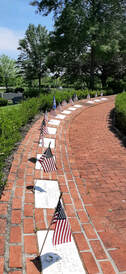 For decades, Legion Post #11 has held a program in the shadow of their namesake’s memorial by the front of the cemetery. This takes place at 12 noon. Earlier in the morning, and in the rear of the cemetery, local Frederick County chapters of the Daughters of the American Revolution conduct organized ceremonies to honor veterans “at rest” in Mount Olivet’s mausoleum complex. This is a more recent tradition with a start time of 10am and includes help from the Sons of the American Revolution Lawrence Everhart Chapter, along with Sons of Union Veterans of the Civil War. Flags are flown at half-mast, Taps is played and wreaths adorn the Francis Scott Key monument and Mount Olivet's World War II Memorial where flaglets gently wave over the mortal remains of 30 individuals lost during that world conflict. This year, a new war memorial stands in Mount Olivet on this sacred day of remembrance (as it was under construction last year at this time). This is our Mount Olivet World War I Memorial Gazebo and Never Forget Garden located in the center of Areas T, U and S and the cemetery's midsection. This picturesque site honors over 600 men and women of World War I buried in Mount Olivet. We are still seeking contributions in an effort to add interpretive panels to tell more of World War I's story, making special note of the 13 wartime veteran deaths (in 1918) associated with interments here in the cemetery from this conflict. Some of these men were killed on the France-Germany front, and others died as a result of the Spanish Flu Pandemic. We dedicated this special memorial last October, and, immediately following the program, asked participants to help us spread poppy seeds in the flower beds surrounding the gazebo. These were designed to form the Never Forget Garden, a tribute to the casualties of war, and especially those soldiers and sailors who remain unknown and missing in action to this day. The red poppy is regarded as a symbol of war casualties, and this tradition started with a poem. This is fitting since poems and patriotism seem to go hand in hand from Henry Wadsworth Longfellow's "Paul Revere's Ride" to John Greenleaf Whittier's "Barbara Fritchie," with the latter's central character buried just yards away from the World War I Memorial Gazebo. In the spring of 1915, a Canadian artillery unit brigade surgeon, Lieutenant Colonel John McCrae, saw bright-red poppies blooming on the war-torn fields where so many soldiers had lost their lives. The sight moved him to write the famous poem “In Flanders Fields." Now here we are seven months later, and our seeds have come into full bloom. Make sure to visit the World War I Gazebo and Never Forget Garden this weekend , or upon your next visit to Mount Olivet. The US flag has definitely been on my mind all week, and last week as well. I gave a lecture for the Sons of the American Revolution Chapter last week on the topic of Revolutionary War Soldiers buried at Mount Olivet. The count numbers 47 at last check. Two days after my program, I found myself placing flags in Mount Olivet's Area E on the graves of some of the very men I had spoken about. These included some heavy hitters including Col. John McPherson, Lt. John Lynn, Brig. Comm. Baker Johnson, Gen. Joseph Swearingen and Maj. Peter Mantz. I wrote a "Story in Stone" on Peter Mantz a few years back, and plan to cover the rest of these gentleman, and nearly 40 more, in coming years as we commemorate the 250th anniversary of the American Revolution over the next decade. No shortage of flags can be seen in this section of the cemetery, and a heavily concentrated area is that of the fore-mentioned Maj. Mantz whose burial lot includes other veterans including three sons (Isaac, Ezra and Charles) who participated in the War of 1812. An adjoining lot contains the grave of a fellow RevWar vet named John Gomber. Gomber was Peter Mantz' brother-in-law. I was curious about the "Gomber" name, so I ventured out to his grave the other day to take a closer look. As I came upon it, I stopped for a moment to take in an interesting viewscape looking toward the southwest. I zeroed in on five flaglets in my immediate line of vision, each belonging to a separate veteran. Here I was reminded of the richness of our historic, burying ground because four different conflicts and time periods of American history were represented by these five vets. For starters, John Gomber, Jr. (#1 in photo above) has a substantial marker dating back to his death in 1831, 23 years prior to our first burial in Mount Olivet. He was originally laid to rest in Mantz Family burying ground that once occupied the northeast corner of West 4th Street and Klineharts Alley in Downtown Frederick. Shortly after the opening of Mount Olivet, his descendants had his body, and that of wife Esther (Mantz) Gomber who predeceased him in 1830, reburied in Area E/Lot 136. Our records state that John Gomber, Jr. was born on December 4th, 1756 in Frederick. He married Esther Mantz (b. 1765) in December 1779 just after celebrating his 23rd birthday. The couple would go on to have 6 children. The only reference to an occupation for John Gomber comes with a brief mention in Jacob Engelbrecht's diary that he was a "brewer." As far as military duty, he was as an Associator for Frederick's Committee Observation in the years ramping up to the American Revolution. He would serve as a private under his brother-in-law, Captain Peter Mantz. Gomber was a member of the legendary Maryland Militia better known as "the Flying Camp." I assume he saw action during the battles in the northeast, specifically, the Battle of Long Island. To the right of John and Esther Gomber's gravestone, one will find a monument containing the name of daughter Ann Christena Smith (1799-1839). This woman's husband, John Dinsmore Smith, has a footstone-style marker to the right of hers and represents the second veteran attached to my "five flag vision" referenced earlier. Thanks to the information found on the 1812 plaque marker placed in 2014, we learn that John Dinsmore Smith was first corporal in the 1st Regiment of Maryland Militia under Capt. John Brengle from August 25th to September 10th, 1814. This means he fought at the legendary Battle of Baltimore that inspired Francis Scott Key to write his "Star-Spangled Banner" song, although it originally carried the title of "The Defence of Fort McHenry." Specifically, Smith was a participant of the Battle of North Point. You can learn more about the colorful Capt. Brengle and his men in an earlier "Story in Stone" article from August, 2019 entitled "A Patriot in the Pulpit." I've been hard-pressed to find much more on this gentleman outside of being John Gomber, Jr's. son-in-law. Frederick diarist Jacob Engelbrecht made note of his death with a journal entry dated March 16th, 1832. "Died last night in the 45th year of his age, Mr. John Dinsmore Smith (commonly called "Yankee Smith") of our town a native of New Hampshire. Buried on the German Reformed graveyard. Son in law of the late John Gomber." Aside from the couple (Ann Christena Gomber and J. D. Smith) marrying in 1822, I was interested to learn that Ann Christena was buried in the Mantz lot with her parents instead of by her husband's side in the German Reformed burying ground (destined to become Frederick's Memorial Park on the corner of North Bentz and West Second streets). This leads to a hazy, gray area in authenticating Lt. Smith's burial here in Mount Olivet. There is no official record of him being interred in Mount Olivet, while his wife and other family members were brought here from the Mantz burying ground in August of 1855. Meanwhile, J. D. Smith's name is not among those still buried in Memorial Park. It's one of those genealogical research nightmares of "Where did his body go?" Or, simply, did we (the cemetery) fail to record his placement here back in the 19th century? We may never know, but for now John Dinsmore Smith is memorialized with a special marker next to his wife and Gomber in-laws. Up the hill on Lot 102, is one of Smith's fellow War of 1812 compatriots by the name of Henry Hanshew. I wrote about this early family of German immigrants last fall in respect to Henry's later relative John K. Hanshew, an expert in the game of Chess. Henry's father, Frederick Hanshew (1760-1832) came to the town that shares his name in the early 1780s. Henry was born in 1785, a year after his parents were married here. His War of 1812 marker, in front of Henry's vintage tombstone, states that Private Henry Hanshew served in the 1st Regiment, Maryland Militia, under Captain Henry Steiner from August 25th to September 27th, 1814. Henry lived to see the beginning of the American Civil War, but not the final outcome, dying in March, 1862. Speaking of the American Civil War, the fourth flag can be found on Area E's Lot 98 and a veteran of that particular conflict. Sergeant John M. Pimm survived the war, but would die shortly thereafter from the result of a fatal "on the job" injury. The son of John M. and Nancy Pimm of Frederick was born on December 3rd, 1835, He would gain employment with the railroad, but also answered the call to defend the Union in the American Civil War. As his stone reveals, John would attain the rank of sergeant and proudly served with the Potomac Home Brigade, an outfit specifically charged with guarding the B&O Railroad and C&O Canal from Rebel marauders intent on disrupting these important transportation lines. Records show that Pimm enlisted as a private into military service in August, 1861. He is also listed as a member of Maryland's 13th Regiment, Company D. .The local newspapers reported John's untimely death at the age of 30. He would die on December 11th, 1865, the day after a terrible accident encountered while working for the Western Maryland Railroad. While searching articles for Sgt. Pimm, I saw his name listed in 1869 among a group of 29 local, Frederick Union Army soldiers buried in Mount Olivet. In late May of that year, Fredericktonians commemorated their dead soldiers by placing flowers upon graves of soldiers for a second Decoration Day. We discussed this day earlier as the impetus for today's Memorial Day. Here are a few excerpts from the lengthy article that ran in the Frederick Examiner newspaper at the time explaining the exercises of the day. A poem appears toward the base of Sgt. Pimm's stone. It reads: "In the bloom of youth thou wast called away to a mansion fair in a world of love On earth no longer thou couldst stay Farewell dear son, we'll meet above" Our last individual (of the five) actually caught my attention while I was placing flags last Saturday. This was a female veteran by the name of Margaret Katharine Sahm. Her stone was halfway obscured by a shrub in need of pruning. It is a plain and ordinary marker, and offers no clue whatsoever of this individual being a veteran. I noted that her birthdate was July 28th, 1898, and her date of death would occur 97 years later on December 9th, 1995. Margaret's grave is within a family plot (Area E/Lot 100) purchased by her grandparents Peter and Mary Sahm. Margaret's parents are here as well: Robert Ashby Sahm (1867-1946) ) and Eva (Smith) Sahm (1874-1958). I had hoped our cemetery records would provide more information about Margaret Katharine Sahm, especially her veteran connection. I came up with nothing, save for the fact that she never married and preferred going by her middle name. I went searching for an obituary next. I found nothing in the Frederick papers, however, an Annapolis newspaper featured a small obituary. This made sense as I found that she had lived in a retirement facility for the last 30 years of her life and had no ties to Frederick from what I could see. The scant obituary did provide me with her profession as I performed multiple online searches and finally had a bit of luck with Ancestry.com finding her in census records ranging from 1900 to 1950. A few other records pertaining to trips abroad came up, but nothing related to military service. My initial hunch was that Katharine Sahm was likely a nurse in World War II. Seeing the obituary and learning that she worked for the State of Maryland Accident Fund from roughly 1917-1960, I was able to rule out the typical medical profession of nurse. I started thinking that perhaps she was a Yeoman (F) in the US Navy during World War I. This is the case with four other women veterans in Mount Olivet. I studied the 1920 census for clues and this got me thinking in another direction. Katharine can be found living on Baltimore's Calvert Street with her family. Interestingly, her profession is noted as that of "Stenographer" followed by the word "Private." Ironically, a cousin living with them is listed as a nurse working in a hospital. I desired additional understanding of the job duties of stenographers, but more so, what were the "private" applications in which a stenographer would be needed or protected? Naturally government work comes to mind, but clandestine services would be especially needed by the military during wartime. The fact that women were considered for recruitment in these roles reflects the level of importance the military placed on hiring qualified stenographers. After joining the ranks, one could be assigned to a variety of different tasks. While some of these were typical of the stenographer role (such as transcribing the dictation of letters, memoranda, reports and other material), other duties were more secretarial in nature. For example, stenographers might also answer the telephone, operate as the office receptionist, check payroll, perform simple accounting, or make inventory of supplies. Since the mystery is in the fact that Margaret Katharine Sahm is regarded as a veteran, I needed to find an assignment to a branch of the military for this woman. I began researching the role of female stenographers during World War I and it led me to the Marine Corps. I found an article on the Library of Congress' website that talked about the first women in this branch. They would be referred to as "Marinettes." When the Marine Corps first opened their branch to women in 1918, advertisements called for “only women of excellent character and neat appearance, with business and office experience.” A woman named Opha May Johnson believed she met these requirements, and on August 12th, 1918, she joined the Marines as the first Woman Marine, or Marinette. In total, 305 Marinettes enlisted during World War I. Their main job was to take over clerical duties so male Marines were free to serve in combat. Women were stationed in Washington, DC, as well as more distantly in Oregon and California. This assignment was only temporary, however. The group was disbanded in 1919, with the last members officially released from service in 1922. The Marines decided women did not belong in the Corps. The mystery of Katharine Sahm's service is certainly not solved. I would ask that you cut me some slack since it is a holiday weekend and all. Regardless, more research needs to be conducted, and/or hopefully a family member may be able to fill us in on "the rest of the story." As can be seen, we take our "flag days" seriously here at Mount Olivet. Thanks again to all who help us with this important task of flag planting as we decorate thousands of graves each summer, and again in fall with Veterans Day. History Shark Productions Presents: Chris Haugh's "Frederick History 101" Are you interested in Frederick history?
Check out this author's latest, in-person, course offering: Chris Haugh's "Frederick History 101," with the inaugural session scheduled as a 4-part/week course on Monday evenings in June, 2023 (June 5, 12, 19, 26). These will take place from 6-8:30pm at Mount Olivet Cemetery's Key Chapel. Cost is $79 (includes 4 classes). For more info and course registration, click the button below! (More sessions to come) AUTHOR'S NOTE: The following "Story in Stone" was researched and written by Hood College senior Jake Frensilli as part of his internship with us here at Mount Olivet Cemetery (spring semester 2023) As some of the more astronomically inclined readers of this publication might know, SpaceX recently launched the largest rocket by weight in history. Furthermore, the progress of NASA’s Artemis mission should excite all Americans who care about our nation’s future in space. With all these recent advancements in space exploration, we should remember the debt we owe to the early pioneers in the field of cosmology. Without these intrepid explorers, our species would still be grounded here on Earth, and the beauty and immensity of space would still be hidden from us. One of these pioneering astronomers was Dr. Ching-Sung Yu, a Chinese-American cosmologist who worked at astronomical institutions all over North America before settling in Frederick County with his family. Dr. Yu was more than an astronomer; he was a modern-day Marco Polo. His profession many times took him across the Pacific, journeying between China and North America. During the early twentieth century, China was not yet the rising superpower it is today. Instead, by the turn of the century, China was still undergoing its “century of humiliation” at the hands of the Western powers. The nation that would eventually become the People’s Republic of China was then fractured into over a dozen warlord states, with a weak federal government headed by the Kuomintang party from the city of Nanking (Nanjing). It was during this tumultuous period of Chinese history that Ching-Sung Yu was born. Dr. Yu came into this world on April 4, 1897, in the Western-dominated port city of Xiamen, then romanticized as Amoy. Living during these times was tough, and life expectancy was extremely short. By the 1920s, China was engaged in a protracted conflict with the communists, warlords, and colonial powers, chief among them the rising sun of the Japanese Empire. Despite the odds, the young Ching-Sung Yu survived, traveled to the United States in 1918, and earned his degree in civil engineering from Lehigh University in 1921. After earning his undergraduate degree, he chose to study astronomy, earning his master’s degree in that field from the University of Pittsburgh and a doctorate from the University of California. Despite the dangers, Dr. Yu returned to his home country in 1927 after acquiring an education in America. Dr. Yu was determined to revive China’s past astronomical glory. China had been one of the original great innovators of astronomical study; from the time of the first emperor during the third century B.C.E (before common era) until the Ming dynasty, China was the world’s foremost visionary nation in science and astronomy. The early accomplishments of Chinese astronomers were tremendous; these intrepid astronomical visionaries advanced humanity’s knowledge enormously. However, by the time of the “century of humiliation,” China’s preeminent place in science had been lost. Beginning with the Ming Dynasty, China initiated a policy of intellectual suppression and national isolation. The subsequent Qing Dynasty continued these repressive policies, and they ultimately doomed China, one the most powerful nations in the world, to a period of decline and domination by outsiders. Upon traveling back to China, Dr. Yu was one of the leading astronomical scholars in the country; he was one of the few astronomers in China with a prestigious Western education. Subsequently, the Kuomintang government awarded Dr. Yu with the position of Head of the Chinese National Observatory. Dr. Yu also became a Professor at the University of Xiamen and an important figure in the Nationalist government’s educational department. In the early 1930s, as Head of the National Observatory, Dr. Yu designed and oversaw the construction of the Purple Mountain Observatory, located adjacent to the city of Nanjing. This observatory was to have the most powerful telescope in the Far East outside of the Japanese Empire. The observatory was to be one of Dr. Yu’s proudest achievements; hundreds of astronomical bodies were discovered from the observatory while it was in operation. During this time, Dr. Yu built a life for his family in the then-capital city of Nanjing. Ever the industrious visionary, Dr. Yu designed his own home, incorporating elements significant to him and his love of American culture. Unfortunately, Dr. Yu’s success and good fortune would not last, and the long-standing conflict between the Chinese factions and the Japanese Empire finally erupted into open warfare in 1937, forcing Dr. Yu and his staff at the Purple Mountain Observatory to flee. However, Dr. Yu and his team were determined to prevent the observatory’s expensive telescope from falling into the hands of the Japanese, so they dismantled and hid the prize. Somewhere along the way, Dr. Yu married the woman with whom he spent most of his adult life, Lou-Zse Hou. Lou-Zse would follow her husband on his adventures across the world until her death in 1971, seven years before the death of Dr. Yu himself. Dr. Yu and Lou-Zse had two children while living in China, a son and a daughter named Leslie. Unfortunately, the Yu's son perished due to illness outside Nanjing while the family was fleeing the Japanese Empire’s encroaching forces. Dr. Ching-Sung Yu and his family escaped China and went to Canada for safety. Sadly, Dr. Yu seems to have been largely erased from the official history of the Purple Mountain Observatory and from the history of Chinese astronomy; his name is not listed anywhere on the PMO’s official website. Following the Yus' exit from their homeland, China’s civil war raged on until the communists eventually secured complete victory, causing the Kuomintang forces of Generalissimo Chang Kai-Shek to retreat to the island of Taiwan, where they remain to this day. However, Dr. Yu’s beloved Purple Mountain Observatory was located on the mainland, now fully controlled by communist forces. Less than a decade after their decisive victory in the Chinese Civil War, the People’s Republic of China underwent a chaotic period known as the “cultural revolution.” During this time, memories of the individuals who had served the Kuomintang government, as Dr. Yu had, were expunged from the records and erased, the individuals being declared “counter-revolutionaries.” This is likely the reason for Yu’s exclusion from the official history of the Purple Mountain Observatory. After Dr. Yu left China, his Purple Mountain Observatory was re-opened by the communists; astronomer Zhang Yuzhe would now run the institution. Eventually, due to the rapid urbanization in Nanjing during the late twentieth century, Purple Mountain Observatory would have to be closed; the light pollution from the mega-city prevented the telescope from working properly. Although Ching-Sung Yu would never again be the director of the Purple Mountain Observatory, his distinguished astronomical career was not yet over. Dr. Yu worked at observatories and astronomical departments all over North America before settling in Frederick, Maryland. More on that later as his journey from China would have a few stops in between. Dr. Yu and Lou-Zse wound up in Toronto where our subject gained employment at the University of Toronto and the David Dunlop Observatory there. After a few years, he would return to the United States, scene of his former collegiate studies.  Original High Altitude Observatory Original High Altitude Observatory Dr. Ching-Sung Yu moved to Boulder, Colorado in 1948 to work as an astronomer for Harvard and the University of Colorado . He practiced his craft at the High Altitude Observatory (later affiliated with National Center for Atmospheric Research (NCAR)). The NCAR's website provides this brief history of their work in Colorado with significant ties to Harvard University: "In 1940, Harvard graduate student Walter Orr Roberts and his doctoral adviser, astrophysicist Donald Menzel, founded a small solar observing station high on the Continental Divide in Climax, Colorado. Roberts' assignment at the observatory was to last only one year, but, with the country's sudden entry into the war (World War II), he remained at Climax as sole observer, making daily observations of the solar chromosphere and corona. These coronal observations from Climax, with their implications for potential disturbance of terrestrial radio communications, became essential to the war effort. From these small beginnings, the station evolved into the High Altitude Observatory and grew substantially after the war. In the late forties, HAO's laboratory and administrative facilities were transferred to the University of Colorado and the gentler climate of Boulder. In 1960, HAO formally became a division of a newly-established research institute in Boulder, the National Center for Atmospheric Research." Dr. Yu would study the cosmos with help from the Sommers-Bausch Observatory, today connected with the University of Colorado. The building was dedicated on August 27, 1953, during the 89th meeting of the American Astronomical Society, of which Dr. Yu was a member. The 17 foot, 10-inch Bausch refractor, originally from the Bausch & Lomb building in Rochester, New York, was installed in the dome the same year. Harvard University’s High Altitude Observatory also had office space inside the Observatory. Dr. Yu would be published in association with his High Altitude Observatory colleague Donald Menzel, as he helped co-author and provided illustrations.  While in Colorado, the Yus would be blessed with another child in addition to daughter Leslie. Samuel Yautung Yu was born in 1951, and his name should be very familiar to many in Frederick today. "Sam" Yu, as he was more commonly known, lived the majority of his life here in Frederick, graduating from Gov. Thomas Johnson High School in 1969. After attending Rochester University, he came back home to Frederick and eventually gained employment as a photographer with the Frederick News-Post, beginning in the early 1980s. He would become a well-known fixture of the community over his 38 years with the paper, holding the titles of Chief Photographer and Head of the Photography Department. Much of Dr. Ching-Sung Yu's work focused on heliology: the study of the Sun. Dr. Yu was chiefly interested in the study of the sunspots, which appear on the surface of the Sun as thousands of small (relatively speaking; some are larger than the entire Earth), highly dynamic, brownish dots. Dr. Yu also invented a new method of making photographic images of spectrographic slits. This is a considerable contribution to not only heliology but also to cosmology in general. Observing the spectroscopy of astronomical objects, such as the Sun, is how cosmologists determine what objects are made of; thus, any advancement in the field of spectroscopy is a monumental achievement.  In 1995, Dr. Yu left Colorado to come with his family to central Maryland in order to accept the directorship of the Williams Observatory at Hood College. Longtime readers might recognize the benevolent family for the Williams Observatory from a previous “Stories in Stone” article titled “Possessors of ‘Charity.’” In 1922, the Williams family bequeathed Hood College $30,000 for the construction of an “astronomical building;” thus, the Hood observatory was named in the family’s honor. This would be constructed in 1924. Dr. Yu would be taking the place of an old friend in the process. This was Miss Leah Brown Allen who had held charge of Hood's observatory since 1927. Having directed a much larger observatory, which he, himself, had designed, Dr. Yu was highly qualified for this position. As the Frederick News-Post article points out, Dr. Yu had also been friends with former director, Miss Leah B. Allen. Allen had personally sought out Dr. Yu for the position once she decided it was time to retire. Dr. Yu would spend the next two decades of his life, and the last portion of his professional career, as the director of the Williams Observatory. The Williams Observatory here in Frederick is not as powerful as the Purple Mountain Observatory but Dr. Yu still participated in new discoveries and strived to push the envelope of space science. We now know for certain, using advanced modern instruments and also having had the benefit of on-planet probes, that Mars does not have life on its surface. Regardless, Dr. Yu’s commitment to remaining on the front line of cosmology, even as he approached his retirement, is demonstrative of an insatiable scholar. By all accounts, Dr. Yu valued his time as the observatory’s director and enjoyed working with the students at Hood College, then an all-female student body. He also taught mathematics and geology while here. The Yus resided at 1201 Fairview Avenue in Frederick, which made for an easy walking commute to Hood and the observatory for Dr. Yu. In addition to raising his children into adulthood, h e was also an avid stamp collector, and boasted many from his two homes of China and the United States. Lou-Zse died on April 9, 1971. Dr. Yu would retire that same year, having had a remarkable and highly successful career that took him across the United States and the world. During his time in Frederick, Dr. Yu was an active member of the community and enjoyed informing people about developments in Astronomy and Cosmology. Dr. Yu never returned to China, and despite his enormous success in America, one has to wonder if he ever felt homesick for the nation of his birth? Ching-Sung Yu died on October 30, 1978, in Frederick, Maryland, and is buried at Mt. Olivet Cemetery alongside his wife, Lou-Zse in Area KK/Lot 125. In recognition of Dr. Yu’s academic achievements, the Royal Astronomical Society of Canada named an asteroid after the accomplished scholar in 1987 nearly a decade after his death. In 1985, Dr. Yu's son Sam made plans to see his parents' homeland. He would travel to China at the behest of the Chinese government, which, interestingly enough, was honoring his father’s work at this time. This trip was significant for Sam, who discovered his father’s house that he, himself, had designed. Sam spent more than a month in China, being “wined and dined” by important figures from both the Purple Mountain Observatory and the Academia Sinica. Sam returned and told the story of his landmark adventure in the Frederick News-Post through a wonderful photo-essay. Like his father, Sam would go on to have a tremendous professional career looking through a lens. Sadly, Sam Yu passed away at the age of 71 on Wednesday, September 21, 2022.  Frederick News-Post (February 19, 1985) Frederick News-Post (February 19, 1985) Special thanks to Mary Atwell, Archivist at the Hood College Archives, Leslie Yu (Dr. Yu's daughter) and Sherry Johnson (wife of Sam Yu) for their assistance with this article.
Along with photos, census records, obituaries and other newspaper articles, one of the things I like to add to each of these “Stories in Stone” blogs is a visual of where the decedent once lived. It’s not simply a “compare and contrast” between mortal residence versus eternal (cemetery) home, but surely helps bring the subject’s story alive—pardon my word choice, of course. The “a-ha” moment that many of our readers experience by seeing a familiar and existing structure still standing (long after a decedent) is truly something that makes these subjects from Frederick’s past more tangible and real, proving they too were residents just like you and me. Here is where they spent a part of their mortal life, be it a childhood home, adult residence or workplace. This is where they grew up, played in the yard, celebrated birthdays and holidays, raised children, or at the very least, spent time sleeping. On a personal level, it’s usually a treat to learn about past owners of one’s home, especially if it is an interesting, historic house. However, I do experience complaints on occasion when linking a deceased individual to a specific domicile. As regular readers know, all my stories end the same—the subject dies. Sometimes this occurs after a glorious life filled with achievement and accomplishments. Other times, decedents pass after an illness of some duration. And then, there are always those unfortunate demises caused by a terrible accident or, worse yet, a homicide. Yes, learning for the first time that an event of this nature happened in the confines of your cherished, present home can be a little unsettling, usually compounded by the graphic manner in which newspapers of the past reported on such events. They often painted grisly pictures of the scenes of crime, leaving few details to the imagination. With today’s “Story in Stone,” there is nothing to fear as I have found no outlandish or disturbing “ends” for family members, however quite a few peacefully left us here. The focal point, however, is that I want to introduce you to a historic dwelling in downtown Frederick that played home to multiple generations of a family who have made "good-old" Mount Olivet their eternal home. The address of this dwelling is 133-135 West Church Street, and the family’s name—Salter. From a timeliness perspective, this house was recently awarded a historical plaque from the Frederick County Landmarks Foundation (FCLF). These black, oval-shaped plaques of cast-iron promote the preservation and restoration of our county’s heritage. They go to property owners of buildings and structures that are over 100 years of age, possess historical and/or architectural significance, and retain physical integrity. During the past four decades, FCLF has awarded more than 400 plaques recognizing and encouraging good stewardship. The beloved Schifferstadt Architectural Museum was designated a National Historic Landmark by the United States Secretary of the Interior in 2017. Long before that honor was bestowed, Schifferstadt was the first building to be recognized by the local Frederick County Landmarks program and is registered as plaque #001. It’s always worth a refresher course to pay homage to the oldest home in the town center of Frederick as the city continues to grow outward, and is officially marketed as "Frederick County's oldest house open to the public." Schifferstadt has links to hundreds of descendants buried in Mount Olivet and thousands of others around the country. Delegations from Schifferstadt, Germany have been making official visits here for decades as part of the "Frederick Sister Cities Association." This is the site of the long-running, annual Oktoberfest celebration (sponsored by Frederick County Landmarks) as well. It's amazing to think that this structure, deemed today as one of the six most important historical houses in Maryland by the Maryland Historical Trust, was almost demolished in the early 70's to make room for a gas station. God bless those founding mothers of Frederick Landmarks (ie: Birch Hotz, Anne Lebherz, Maggie Kline and Fritsie Kelly) who began the organization in 1972 and also saved the likes of Rose Hill Manor, the Beatty-Cramer House and the Barbara Fritchie "replica house." The following comes from the Frederick County Landmark’s website fredericklandmarks.org: “The story of Schifferstadt began as part of the great German migration in the 1600s and 1700s when tens of thousands of Germans fled their ravaged native land to seek a better life in America. Most landed in Philadelphia and settled in Pennsylvania, but many continued west and south, tracing the Monocacy River valley to Frederick County. Joseph and Catharina Brunner led three generations of their family on this path, reaching Philadelphia in 1729. In 1736 most of the Brunner family moved to what is now Frederick County and began farming a 303-acre tract of land. They called it Schifferstadt, after their hometown in the German region of the Palatinate. Three grown sons and two married daughters settled on nearby parcels. The Brunners first built a log cabin, but after 17 years in the log house, Joseph sold Schifferstadt to his son, Elias, then 30. In 1758 Elias and his wife Albertina built the stone house that has stood for 265 years and today is a prized feature of Frederick’s early days.” Like the Brunners, the Salter family, our focus in this week’s “Story in Stone,” also claim German roots and a similar route to Frederick through Pennsylvania and the port of Philadelphia. I recently learned more about this group from a lady named Marilyn Easton, current owner of the family domicile at 133 West Church. Interestingly this home, and the one next door at 135 were built originally as one family dwelling after Mrs. Nettie Salter bought this property lot in 1896 from Lewis Brunner who operated the iconic town mill across the street since obtaining it from the Bentz family in 1848. Back to Ms. Easton, she attended a recent prospective member day for our Friends of Mount Olivet group and was given a suggestion by Board members at Frederick County Landmarks Foundation to seek me out, specifically because she had mentioned a multitude of family members (past owners of her property) being laid to rest here in Mount Olivet. And “By George,” she would wind up showing me the family plot in Mount Olivet’s Area L, conveniently located behind the Key Memorial Chapel where we held the prospective members meeting referenced. “By George!” Full disclosure here— I don’t think I have ever used the expression “By George” in my life before visiting the Salter gravesite last month, but I have heard it used both in person and on television. Regardless, the saying was the first thing that came to mind after Marilyn Easton showed me the family plot in which four out of the nine family members (in Area L/Lot 142) were named George. Three of the respective Georges’ wives are located here, along with a daughter/sister named Emma Kate Salter. The lone, dissenting male without the name George is Frank Carlin Salter, which may ring a bell for loyal readers as I published a “Story in Stone” back in January (2023) on this man’s namesake (Frank Carlin), a champion hotelier from Frederick’s past. Just where did the saying “By George!” come from? Online sources say that "By (God and Saint) George" is an old English oath that was commonly invoked immediately before charging into battle. This tradition dates from the 12th century up through World War I. A version of the oath can be found in Shakespeare's Henry VI (part I), written circa 1589 and set in 1431. St. George is particularly popular in Great Britain and for good reason due to his supposed dragon-slaying heroics on the flat-topped (and aptly named) Dragon Hill in Uffington, Berkshire in the Middle Ages. He is considered the patron saint of knights, soldiers, scouts, fencers and archers, among others. St. George’s moniker has been invoked against the plague and leprosy, and also in encountering venomous snakes. In England, St. George’s Day is still celebrated, and his flag flown, on his feast day. This happens to be April 23rd and sadly, like me, you likely didn’t take full advantage of commemorating this day either. I also learned that the name George means “earthworker,” or as we know this occupation better, “farmer.” And again, how appropriate as Earth Day on April 22nd, immediately precedes St. George’s Day. I sure hope I ate vegetables and gave thanks to farmers and Mother Earth on at least one of those days. So, By George, let’s get to some of these Salters, shall we?! The perfect person to start with is George Edward Salter. We have his biography from 1910, courtesy of T.J. Williams and Folger McKinsey who gave us the History of Frederick County in 1910: “GEORGE E. SALTER, one of the leading saloon-keepers of Frederick, son of William E. and Mary A. (Killian) Salter, both deceased, was born in Frederick City, September 9, 1845. The late William E. Salter, father of George E. Salter, was born in Germantown (PA). He learned shoemaking, and in early manhood, removed to Frederick, Md., where he spent the rest of his life. He worked at his trade, and also held the position of lamplighter of Frederick while the town was lighted with gas. He was the first janitor of the Independent Hose Company, at the old engine house, a position which he retained until the time of his death. He was highly esteemed among the older citizens of Frederick. William E. Salter was married to Mary E. Killian. Their children are: 1, Elizabeth (Mrs. David H. Kolb), of Frederick, deceased; 2, Catherine, deceased, married to the late Charles B. Shope, of Frederick; 3, Annie (Mrs. James Rigdon), of Frederick, husband, deceased; 4, George E.; 5, Charles, deceased. George E. Salter grew up in Frederick and attended the public schools of that city. He learned cigar making, but after working at that trade for some time, he accepted the position of night clerk in the hotel of Frank Carlin, with whom he remained for a number of years. Mr. Salter then accepted a clerkship in the saloon of H. B. Showman, and when Mr. Showman retired, he purchased the business. Mr. Salter has been very industrious and attended closely to his business and, consequently, has prospered financially. He bought the old Brunner property on the northeast corner of West Church and Bentz streets, where he erected the beautiful home in which he now resides. He afterwards bought the property of George K. Gilbert on Market Street, and made it his business stand. It is one of the finest business stands in Frederick City. Mr. Salter is a stanch Democrat, and is prominent among the business men of the city. He belongs to the Improved Order of Red Men. George E. Salter was married, February 17, 1871, to Nettie T., daughter of the late Dennis and Rebecca (Measel) Stull, whose father was prominent among the older farmers of Frederick County. Their children are: 1, Emma K., at home, unmarried; 2, George W., of Frederick; 3, Frank C, at home; 4, Mamie E. (Mrs. Richard Keyser), of Frederick. Mr. Salter is a Lutheran. His wife belongs to the Reformed Church.” Fixing the Salters A coincidence of timing has our Friends of Mount Olivet gravestone restoration team currently making repairs to the gravestone of George’s father, William Ent Salter (and also that of George's brother, Charles William (1849-1872). They are buried in Area A, and I just visited their gravesites while conducting a tour on May 6th for the Coalition to Preserve Maryland Burial Sites. William’s tombstone has been eyed for repair over the last year by members of the local Independent Hose Company because William Ent Salter served as the company’s first janitor and apparently lived in their original hall in the first block of West Church Street. It was in eight pieces until this past week, and should be back upright again in coming weeks after many years of being propped up against its base-stone as to minimize further damage and allow mowers to do their job.  FOMO's Ray Crough and Superintendent Ron Pearcey explaining our recent repair efforts on the Salter graves to participants of a cemetery conference sponsored by the Coalition to Preserve Maryland Burial Sites. The one-day conference was held in Downtown Frederick on May 6th, 2023 and included preservation volunteering heroes from all over the state who are saving and championing our endangered cemeteries and aged gravestones. As for son George E. Salter, he was well-known in town and engaged in the saloon business for much of his life. The obituary mentions his affiliation with Frank Carlin at whose hotel Salter worked as a night clerk. He would name his son after his mentor. Mr. Salter’s first business endeavor came when he purchased the business located on the north side of East Patrick Street, just a few doors east of Market Street and the Square Corner. Many are familiar with this structure as the second Rosenstock Brothers dry Goods and clothing store location, where many believed the famous Civil War photograph of Confederate soldiers marching was taken (until recently proven incorrect). Today, an entirely new building constructed by the Rosenstocks sits on the old saloon location and currently serves home to Frederick County Bank. Hamilton B. Showman owned the saloon business here before Salter, but not the land/building itself. That was owned by Francis & Columbia Lewis from 1881 to 1898, when they sold it to Aaron & Jacob Rosenstock. Salter was only the tenant. In 1903, Mr. Salter bought a saloon location at what is today 20-22 North Market Street and would conduct a cafe here until the time of his death on November 19th, 1912. Today, this location is home to the Tsunami Restaurant. I found the 1910 US Census entry for this family interesting as multiple family members were employed in the alcohol trade. George E. is listed as a saloon keeper, George W. as a bartender and Frank C. Salter as a clerk for a brewery. George E's wife, Antoinette Francis (Stull), would outlive her husband by nearly three decades, passing in 1940. In case you were curious, both died in their home at the end of West Church Street. George and “Nettie’s” daughter Emma Kate, lived to achieve 76 years of age (1870-1947). Now she died at a location in the 700 block of North Market Street, house number 708 according to our cemetery records. George and Nettie’s oldest son was George William Salter (1872-1933), also a successful businessman in town, having conducted a livery stable on South Market Street. Their son George W. Salter owned what had been Sinn's Pioneer Livery Stables on the west side of South Market between Patrick and All Saints streets at what would today be numbered 47-49. On the 1911 Sanborn Insurance Map this was identified as "Palace Livery" and you reached it by going down what is now called Citizen's Way. Upon reaching his son George W.'s adulthood, George E. Salter decided to subdivide the family home in question. George E. remained in the west side of the property (today’s 135), and George W., and wife, Roberta “Mae” Dutrow (1874-1954), took the east side of the house where my new friend Marilyn resides today at 133 West Church. This is evident in the 1910 Census that I showed earlier. As for George W., this residence (and eventual death place), would serve as his family home for the entirety of his life. He and "Bertie" would be married here as well. George William Salter would eventually become a member of the local Frederick police force after receiving an appointment from Mayor Lloyd C. Culler. He would later take the position of desk sergeant—a position he held until he became incapacitated due to the illness that would take his life. This occurred on March 27th, 1933. George W. and “Bertie’s” son, was named for his grandfather—George E. Salter. He lived from June 6th, 1905 though June 11, 1980. His claim to fame lies in the fact that he was a local radio personality on WFMD. His obituary states that he was a sportscaster and I saw several other articles in the local paper that showed his involvement with, and support of, local youth and school sports teams. George also worked for the Francis Scott Key Hotel, which is fitting because his namesake grandfather also had employment ties to its predecessor in the old City Hotel. He would never marry or have a little George of his own. Two more children of our original George Edward Salter are left to briefly discuss as they are buried within the Salter plot on Area L. First there is the aforementioned Frank Carlin Salter (1874-1917). He was a barber by trade, and lived with his mother. He also was tied to the Independent Hose Company like other family members. Frank got in on the "death and dying at the home residence" business as well and passed at age 43 after battling medical maladies for quite some time. Of course this should really come as no surprise as countless folks expired at home. Frederick didn’t get a hospital until 1901, and these were used to treat emergencies and eventually to perform surgeries more than the maintenance care performed by health centers today. Finally, a granddaughter (of George E. and Antoinette) would make her mark—Antoinette Margaret (Salter) Rothenhoefer (1897-1971) in my story here by bringing yet another George into the family. (She was a daughter of George W. and Bertie Salter). This couple lived at 27 East Third Street instead of the family homestead, however. Antoinette married George Leonard Rothenhoefer who hailed from Yellow Springs north of town. Mr. Rothenhoefer was born on June 16th, 1894. In addition to being a veteran of World War I, he was also a tax consultant with offices on North Court Street. The couple lived at 133 West Church, but later moved to 27 East Third Street. Mr. Rothenhoefer died seven months after his wife on March 10th, 1971. As an aside, George and Antoinette's son, Robert Salter Rothenhoefer (1922-2003), was a World War II veteran and long-term Maryland State’s attorney, repeatedly elected to serve from 1959 until his retirement in 1982. So I think I have successfully covered "the house-full" of residents in the Salter family plot in Area A, most of whom lived (and died) in this converted duplex house on the west end of West Church Street. Just like every stone has a story, so does every house and building in our fair town and county. The fine folks of Frederick Landmarks are inspirational in influencing homeowners to not only being structural stewards, but stewards of the personal history of earlier owners as well. Marilyn Easton is certainly representative of that spirit, and I truly thank her for sharing the life and times of the Salter family with me for this blog entry. Marilyn provided some of the visuals and made sure I was on-hand for the plaque unveiling on May 3rd, 2023 as she welcomed a delegation from the Frederick Landmarks Foundation to tour her home. Among the members on hand were two Friends of Mount Olivet members who serve the Frederick Landmarks to their fullest. These are Walter Olson, Chair of the Plaques Committee, and my friend, Jennie Russell, current Board president of the organization. I appreciate the continued support and cheering on that Landmarks continues to do for our efforts at Mount Olivet in the realm of preserving records, structures and stones. One of the interesting things that Marilyn Easton provided me for my research on this story was a vintage recipe for gingerbread, taken from the pages of the Frederick Post back in 1937. I was perplexed at first, but soon learned that this was a prized recipe from Roberta “Bertie" Salter, wife of George W. Salter. As said before, I was invited to the plaque committee's recent house-call to deliver, and present, Marilyn's cast-iron award. She was a perfect host, and provided interpretation during her house tour about the former tenants. She also showed us all the restoration improvements she has lovingly made in recent years thanks to her talented contractor Chris Bowers. But that all said, the highlight of the day was a trip to Marilyn's kitchen. It proved sweet and filling as we were served homemade gingerbread with real whipped cream. It was Bertie Salter's actual recipe, successfully attempted 86 years later. The grand finale was the awarding of plaque number 442, which was duly hung on the front of 133 West Church. I guess it’s safe to say that the Salter house is now part of an even larger family—the family of Frederick Landmarks “By George!”
Writing a weekly blog is very gratifying. Yes, it takes a great deal of time and research, but also requires the "3 P's"-planning, patience and persistence. I say this more than anything when things seem out of my control as a content creator and publisher. Sometimes there are technical glitches that keep the story from going out. I hope this isn't the case here, as I am writing a micro-story in hopes to get a larger, more intricate story in front of more eyes—your eyes. You can say that the "powers that be" have successfully thwarted multiple attempts to give a boost to this excellent tale about an early Frederick archeologist with ancestral ties to some of the state's oldest families. I have included a link to this story about Edward Ralston Goldsborough, one that I hope you click and read after I tell you a short story about a recent pair of gravestones I found in Area OO of Mount Olivet.  "winged death's head" "winged death's head" The Opening Act Mount Olivet Cemetery is comprised of monuments dating from the 1700s up through the present day. Their diversity of size, color, shape and composition provide a landscape of beauty, culture and historical significance. In the late 1700s and early 1800s, monuments were often made of sandstone and slate. Traditionally, these were easier to quarry, cut and carve. Sometimes they were carved with skull and crossbones and imagery such as a winged death’s head, representing the fear of death and afterlife. During the Victorian era (1837-1901), there was a change of attitude towards dying. The winged death’s head was softened and often shown as a winged cherub. Marble and brownstone monuments were introduced in the early 1800s and often had verses, or even portraits carved on one side. Occasionally monuments were shaped in the form of a table and chairs and families would come to picnic as they visited their loved ones. Typical symbols during the 1800s included angels of death, mourning women, star of David, the Dove, lambs for children, the Egyptian symbol Ankh, Eye of Horus, weeping willow tree, maple leaf, wreaths, flowers, horseshoes, a sword or a broken column.  In 1873, U.S, Secretary of War William W. Belknap adopted the first design for headstones to be erected in National cemeteries for Civil War soldiers who fought with the Union Army. The style was a slab design of marble or durable stone four inches thick, 10 inches wide and a height of 12 inches above ground. Within several years, these stones were being provided to private cemeteries and also extended to include Confederate soldiers so they became a common sight across the country. We certainly have our share of the latter here in Mount Olivet. By the 1900s, it became evident that environmental factors affected the marble stones and blurred the engraved lettering. As an alternative, a very hard stone called granite became the material of choice. Granite is available in a variety of shades and colors and is still one of the most popular monuments used today. It holds up to the elements, clearly shows the engraved lettering and can be polished to a brilliant shine. We don't have a plethora of sandstone monuments here in Mount Olivet due primarily to the age of Frederick. If we had been founded earlier in time, then we may have more sandstone examples like the communities of the northeast part of the country for example. I wrote on our best known specimen some years ago, in the form of the gravestone of Jacob Stoner (Steiner), one of our earliest settlers. The builder of the famed Millpond House of Worman's Mill died in 1748, just three years after Frederick Town's founding. I like to think that this is the oldest formal, grave monument that exists in western Maryland and ask people to provide me other surviving examples that are older, and just as detailed. Steiner descendants had approached the cemetery over a decade ago hoping for its safekeeping indoors, as the elements were slowly destroying this ancient specimen. Such is sandstone. We recently had the Steiner stone monument cleaned and placed in a custom built base for future display as I'd like to open a mini visitor center/museum here one day. I was recently on a walk of the grounds and came upon two nouveau sandstone monuments, a rare sight as they truly stood out in the company of other stones. They belong to a couple with the Irish surname of Power—John and Elizabeth, the latter going by the nickname of "Bessie." I didn't find out a great deal of information on these individuals, because John came to this country in 1900 as an immigrant from Dublin, Ireland. To be exact, his true hometown was that of Rathdown. He lived the rest of his life in Washington, DC. Bessie, was the former Elizabeth Matilda Moore, a native of Frederick who moved to the district with her parents (Isaac Wisong Moore and Emma Virginia Bartgis) in her youth. The couple married in Washington in 1911, and took up residence there as well. Marriage announcements in both Frederick and the district's newspapers gave me my best source of info on this couples "story in sandstone." John was born in Ireland (as earlier mentioned) on March 26th, 1882. His life was not particularly long, as he would die at age 55 on January 10th, 1938 in Washington, DC. His obituary did not provide me with much information as you will see below. John's draft registration gleaned some information on the couple's whereabouts in 1917, along with John's profession. He had a career in the grocery field as his employment was with a store called the Old Dutch Market. John, an Irishman, served as general manager of a grocery store called the Old Dutch Market. This was a chain begun in 1907, and he was originally assigned to the store in northwest on Pennsylvania Avenue. I also took notice that he was a pretty good golfer, as his name appears as part of competitive foursomes on the greens of the surrounding Metro area. Bessie was a homemaker and somewhat a socialite, while her husband continued work with the Dutch Market. I found a couple interior shots (courtesy of the Library of Congress) of one of the Washington locations on the popular website GhostsofDC.org and wonder if any of these employees pictured were Mr. Power? Sadly, I read, by July 1927 they were forced to close the Old Dutch Markets and the whole company sold for $70,000 at auction. The 1930 census lists John as the manager of a chain store, so he wasn't out of work for long, perhaps a sign of his managerial talents. In this same census, the Powers, who would have no children, were living in one of the nicest apartment complexes in the city. In doing a search on this building, I found the following information regarding the Chastleton which was built in 1919 and considered "state of the art" for its time. "The annex will be constructed in the same architectural style and height as the Chastleton so that the structure will be one complete building, with a frontage of 234.5 feet on Sixteenth street and 252 feet on R street. It will extend from the corner of R and Sixteenth streets to within 40 feet of the Scottish Rite Temple. This space is left to furnish light. The complete Chastleton apartment will contain 310 apartments and 1,000 rooms. The transaction was handled through the F. H. Smith Co. In connection with the financing of the Chastleton Apartment Annex, S. W. Straus & Co. have underwritten a first mortgage 6 per cent serial bond issue of $724,000. The total valuation of the property is placed at $3,000,000." John died in 1938 and was buried here in Mount Olivet in his wife's family lot (Area OO Lot 77). He had no ties to Frederick as an Irish immigrant who spent his life as a naturalized US citizen in DC. Here he is under a sandstone monument. However, this rock may just be Irish in origin after all. I found a company online that championed Irish Sandstone as one of the best choices for grave marking as "a hard-wearing stone with beautiful colours making it the perfect choice for a headstone." Bessie Power lived until 1949, and I found it interesting that her obituary mentions that she worked for the Department of Justice. She would be buried here in Mount Olivet between her husband and parents who had passed in 1911 (mother) and 1916 (father). The Powers stones just need a good cleaning, but the sandstone has held up very well over the past 75-85 years, and are truly works of graphic art against a beautifully colered palette of what I assume is Irish Sandstone. Can anyone verify if these stones hail from the Emerald Isle?  Main Event So speaking of stone and culture, let's switch gear to the disciplines of geology and archeology, shall we? The study of geology has provided archaeology with important information to unlock the past. Knowledge of rocks and minerals can be used to identify where materials for stone tools, pottery, and buildings originated, and in some cases, these items can be studied to determine when they were first used by people. These methods allow archeologists to study trade networks between prehistoric peoples over time. The finding and study of spearpoints and arrowheads have been important clues to the past all over, but also here in the Middletown and Monocacy valleys of Frederick County. Time now to introduce Edward Ralston Goldsborough, a man who devoted much study to the subject of Native Americans and the first human travelers through, and residents of, what would become Frederick County. Go ahead, and click the link button below: This past Thursday (April 20th) was 4/20, better known as “Weed Day,” and it took place on an international scale. Now, we aren’t talking about a time to recognize pesky dandelions, taproots or the Bermuda Grass that may be growing in the cracks and crevices of your brick patio or paver walkway now that “spring has sprung.” No sir, we are alluding to weed of another variety—cannabis. That’s right marijuana, dope, pot, grass, maryjane, doobies, bud, reefer, ganja, and hashish. To stay on the straight and narrow with the spirit of this blog, one that weekly chronicles the lives of people buried in Mount Olivet Cemetery, I bring up “Weed Day” only because we lovingly call our gravestone cleaning volunteers “the Stoners.” These are all members of our Friends of Mount Olivet group. It’s a tongue-in-cheek reference that started as a joke a few summers back, as these folks have a fondness for stones (as in gravestones) and you could say achieve a “high” from cleaning said grave markers and monuments. Gravestone cleaning can be hot and tiring work in the throes of summer. In the same vein, this activity can be very rewarding and relaxing as well. The work of our “Stoners” continues to make a beautiful cemetery even more beautiful—taking marble stones that are algae covered and/or charcoal black (due to pollution), back to a clean, pearly white condition. Not only are they now more legible, but in most cases, they look as they did when first installed here, and in most cases with our historic section that means the second half of the 1800s. As 21 states and the District of Columbia have already legalized marijuana for recreational use, Maryland will follow suit in July of this year. That means marijuana smokers will be able to smoke more openly than ever before on 4/20—the date that both marijuana smokers and non-smokers recognize as a national holiday for cannabis culture. Hopefully some may think of us working hard at cleaning gravestones at Mount Olivet Cemetery while doing so—but I “highly” doubt it, to be perfectly “blunt.” Guess you could call it a “pipe dream.” Okay, I will stop with the puns. However, like me, are you interested in a likely explanation behind the choice of April 20th as “Weed Day?” The most credible story traces “4/20” to Marin County, California. In 1971, five students at San Rafael High School would meet at 4:20 pm by the campus’ statue of chemist Louis Pasteur to partake in the special recreational venture. They chose that specific time because extracurricular activities had usually ended by then. This group — Steve Capper, Dave Reddix, Jeffrey Noel, Larry Schwartz, and Mark Gravich — became known as the “Waldos” because they met at a wall. They utilized “420” as the code for marijuana in their communications to one another. Well, these days there is a designated day for just about every hobby, interest or thing. If you came into this article having never heard or known the significance of 4/20, consider yourself now duly enlightened. If not, I sincerely apologize as you will never get that time back;) Since our squad is called “the Stoners,” I felt it only fitting that we kick-off our gravestone cleaning season on “4/20” as well. So, this past Thursday, I filled my Stoners with “munchies,” (doughnuts, munchkins and coffee) and presented them with new, custom “tie-dye” t-shirts sending them on their eight-month quest to clean all of Area H before we call it quits in November. (NOTE: D2 cleaning solution is not as effective when used in colder temperatures as in warmer months). We have a great group of “Stoners” here, and they work under the leadership of Nanette Markey, former registrar at Hood College. As most are retirees, the collective boasts an impressive array of resumes from past careers in the working world. We are so lucky to have them, and you can join us too if interested. I will add a link at the end. As I watched the start of our stone cleaning campaign the other day, taking a few photographs included above, I was drawn to the stones in the first lot in Area H. It’s only a few yards from the entrance to our Key Memorial Chapel, and occupied by a family by the name of Bromett. This moniker is a peculiar one to me as I have rarely, if ever, have seen it before. The Brometts While in Area H/Lot 1, I surmised that these three stones belonged to a husband, wife and child. Michael Brommett was born October 4th, 1806, and his wife (who I would learn had been married previously) was Eleanor “Ellen” (Davis) Rollington, born March 15th, 1807. The couple married July 5th 1834 here in Frederick. Looking at early census records, it appears that Michael hailed from Washington County, and I found an article in a Hagerstown newspaper from 1829 showing a Michael Bromett engaged in running a tavern near Funkstown on the National Pike. This could have been our subject’s father of the same name as I found him in earlier records in the greater Hagerstown area. I first found our Michael Bromett’s name in the Frederick City census of 1840 as it listed two occupants in a house I believe to be in the Bentztown area (intersection of West Patrick and Bentz streets). In October of 1849, Michael received a commission to serve as Deputy U.S. Marshal for Frederick County by Marshal Thomas H. Kent. I was tipped off by Jacob Engelbrecht’s diary that Mr. Bromett would have a hand in conducting the 1850 census of the county as part of his job duties. So we can see his handwriting on display, and the satisfaction of knowing he was the enumerator who filled in the information on himself and family in that particular census. Michael listed his occupation as that of “Collector,” which I had first interpreted to mean “tax collector,” but then I thought “census collector.” Engelbrecht says that Bromett reported in late July, 1850 the following information: “Census of Frederick—Michael Bromett, Esquire the Deputy Marshal for Frederick County completed the census of Frederick a few days ago. The result is as follows, 986 dwelling houses—1092 familkies—4802 white inhabitants—809 free Negroes—426 slave. Total Blacks, 1235—total white & Black, 6037—number of deaths for one year ending June 1, 1850, 75. Taken down from the official statement this 31day of July 1850.” I would be right in both cases about my "collector" hypothesis, as evidenced by the following article in a Frederick newspaper. Additional entries in Engelbrecht’s diary state that Michael Bromett was appointed a town constable in 1852 and a sheriff’s deputy for the county in 1857. He would remain in that position for at least a few years as this is shown in the 1859 Williams’ City Directory of Frederick. In the 1860 census, he is listed as a clerk. He also had a side hustle in the insurance business, as he was a local agent for a firm out of New York. A year later, Michael would join the Brengle Home Guards of Frederick City as the winds of civil war were blowing in earnest. The unit was formed in April, 1861 as Fort Sumter in South Carolina was fired upon, and our neighbor to the south, Virginia, seceded from the Union. With all the training and experience in police and military matters that Michael had been involved in, he found himself a crime victim in February, 1864. “Robbery of the Baltimore & Ohio Railroad cars—On Friday morning last between 3 & 4 0’clock February 12, 1864, the passengers in the railroad cars between Kearneysville & Martinsburg were robbed by guerillas as citizens in disguise. Mr. Michael Bromett of our town, on his way to Ohio, was in the cars & robbed of $170. It is supposed that 8 or 10 thousands were got from the passengers. The United States mailbags were taken out of the cars but were not opened. On that account it is supposed they were not guerillas.” —Jacob Engelbrecht, February 15, 1864 Two more notes regarding Mr. Bromett and the Civil War include the fact that he was appointed quartermaster of Frederick in mid-June 1864, and two weeks later, skedaddled (hastily left) from town in advance of the Confederate occupation under Gen. Jubal Early that led to a $200,000 ransom of town, followed by the Battle of Monocacy. I seem to think that Quartermaster Bromett strategically took supplies out of town with him as not to fall in the hands of the enemy. After the war, Michael Bromett became an agent for the National Express and Transportation Office with an office at 7 South Market Street. Their home residence (since 1856) was only a few blocks away at 309 South Market Street. I would learn from the 1870 census that Bromett’s days as county sheriff were behind him, as I assumed he was retired. This wouldn’t last long based on an article I found in a local newspaper the very next year. Mrs. Ellen Bromett was a Davis as mentioned earlier, but I failed to learn much more of her parents and upbringing. I found that she had married William Rollington in 1827. Engelbrecht reports that Mr. Rollington died in 1833 in Harpers Ferry. He is one of the nearly 300 individuals buried in a mass grave associated with the former All Saints’ Protestant Episcopal Cemetery. This is located on Mount Olivet’s Area MM. Ellen would meet Michael Bromett soon after her husband’s death and marry again. The couple had a son, Charles Henry, born in Frederick on September 4th, 1842. His life was relatively brief, as he died at age 12 on July 26th, 1855. I went in search of his obituary as our cemetery records indicated that he was killed at a mill. I would soon learn a bit more on his traumatic demise from Jacob Engelbrecht’s legendary diary and an entry dated July 26th, 1855: “Accident. Charles H. Bromett, only son (and child) of Michael Bromett of our town was seriously injured this forenoon at the Bark-Mill in Mr. George Wachter’s Tan yard—he was standing near the Bark-mill and was drawn under and crushed (horizontal beam drawed him under). P.S. 4 1/2 PM is dead—so said by Mr. John Fessler.” This would have prompted the purchase of this prominent grave lot, being the first sold in this section. The cemetery had just opened 14 months earlier in May, 1854. It is safe to assume that it was the first monument erected in the two part area our "Stoners" plan to tackle this spring, summer and fall. As for Michael and Ellen Bromett, I didn’t find more than the former’s name associated with advertisements for estate and equity sales and auctions in the local papers. Both would pass in late summer of 1876. Michael would die on August 13th, and Eleanor on September 4th. They would be laid to rest in Mount Olivet next to their son and within close proximity of the Clarke Monument and the Public Vault which I have chronicled in earlier stories. The vault was the precursor to the mortuary chapel that exists today (Key Chapel). As I watched “Stoner” Heather Sutton cleaning the Bromett gravestones, I couldn’t help but notice a familiar symbol atop Michael’s grave marker. This, of course, is the Square and Compasses, the single most identifiable symbol of Freemasonry. I took particular interest because I had been invited to give a history presentation on Mount Olivet to the Columbia Lodge #58 the following weekend. Williams’ History of Frederick County, published in 1910, gives a nice overview of the history of Masonry in the county. Therein, I found Michael Bromett’s name. He was said to have been “an earnest and devoted mason” throughout his life. He served as the Columbia Lodge’s Worshipful Master (president) for three terms: 1851, 1858 and 1860. The masonic emblem can be found on several stones in Mount Olivet, and in this particular case, it includes the letter “G” in the center of the Square and Compasses. In case you are interested, the website Freemason.com gives the following explanation of the logo: This symbol consists of three core elements: the square, the compasses, and the letter “G.” The square and compasses are considered to be the tools of the architect and builder, which are used to teach the lessons of the symbolic lodge. To understand the meaning of the whole, it is necessary to break down the significance of each element. THE SQUARE The square, or builder’s square, is two equal flat-edged metal or wooden arms fixed that form a perfect “right angle” – or 90-degree angle. This tool is critical in stonemasonry because it allows craftsmen to draw and carve perfect square corners. Having perfectly square corners when building is critical to ensuring buildings do not lean and are structurally strong and sound. In Freemasonry, this symbol is used to teach lessons of morality. The notion that being “square” in your actions implies being honest and fair. THE COMPASSES Most people likely know the compasses best from their geometry class. This tool consists of two legs equal in length that are fixed together at their apex by an adjustable hinge. In geometry, it is used for drawing perfect circles and arcs, a crucial element of architectural planning. In speculative Masonry, the compasses symbolize self-restraint and man’s ability to reign in his yearnings so that he may live a balanced life. THE LETTER “G” In America, the letter G is often found in the center of the square and compasses. It is less common in England and other parts of the world. Different people will ascribe different meanings to the letter G. For some it refers to Geometry and supports the Masonic lessons and symbolism associated with builders and architects, as well as the measurement and understanding of the order and perfection of the universe. Others see it as referring to God or the “Great Architect of the Universe,” which is an ecumenical term used by Masons of different faiths to refer to Deity as they pray together, each according to his own beliefs. PROSPECTIVE MEMBER EVENT
On Thursday, May 4th, the Friends of Mount Olivet will be hosting another prospective member day. Emphasis will be placed on giving participants the chance to see our stone cleaning work live and up close. Ask our Stoners why they got involved, and learn about many other preservation and entertainment activities our Friends Group has to offer. I’m on a streak of late of writing stories purely inspired by cemetery monuments. While walking the grounds the other day, I took special notice of a sampling of religious themed monuments in our newer, more modern areas of Mount Olivet, towards the back. Now mind you that these were not that “modern” as I was in some spots that were laid out in the 1960s. They are primo spots with curb appeal and what we in “the biz” of burial call “feature lots.” In particular, I spotted a couple prominent scenes of Jesus which seemed timely enough for Easter weekend. The first of which was in Area DD and the second was directly across the central drive (through the cemetery). Both are distinctly Irish names, and growing up in an Irish Catholic family, I naturally found both grave markers fitting testaments to the fact that immense faith played in the role of the people of Ireland, and conversely those who immigrated to America in earlier centuries. These were plots owned by the Roughan and McSherry families, respectively. Either of these specimens could easily contend for the central focus of this week’s “Story in Stone,” but I found a tandem of stones about yards around the next bend (in Area CC) that would capture my imagination to a greater degree. More on these in a minute, as I thought the least I could do is include photos and obits on the primary decedents buried within the Roughan and McSherry lots. Interestingly, both families were members of St. John’s Catholic Church here in town and chose our garden cemetery over historic burying ground still operating in downtown between East Third and Fourth streets. Area DD/Lot 14 is the plot belonging to the family of Lawrence V. Roughan. Mr. Roughan hailed from the Midwest, and he and son James, who is also buried here, were involved in manufacturing and engineering pursuits. Lawrence Vincent Roughan was born in Chicago in 1893 and came to Frederick with his wife Nettie (1894-1955) in the early 1940s via Michigan where they were living in 1940 in the town of Adrian in Lenawee County. As his obituary reports, he purchased and operated a local, well-known business in his new home of Frederick. His son James, would also play a role in running this business. Son James would retire from the company in 1961 and would leave Frederick as well for Arizona. He predeceased his father in 1976. He would be buried here in the Roughan plot next to his mother in Mount Olivet. She had died over twenty years earlier. McSherry Family The McSherry family has a long history in Frederick. As a matter of fact, many Frederick “McSherrys” can also be found in Saint John’s Cemetery including the father and grandfather of William Clinton McSherry (1888-1954) who is buried in the plot on Mount Olivet’s Area CC/Lot 14. These men were prominent attorneys and William’s grandfather, James McSherry, Jr. (1819-1869) actually penned an early popular history of Maryland in 1849. This central monument can be found in Area CC/Lot14 with corresponding footstones to William Clinton McSherry, wife Mary Natalie (McCarthy) McSherry (1891-1953) and son William Clinton McSherry, Jr. (1915-1994). The latter had an interesting journey which included a career in law, military service, assignment to the Manhattan Project, and a tragic death in 1994. I will reserve his story for a future article as it deserves the time and additional study from your author. At this point, I’d like to include William Clinton Sr.’s obituary. On my Wednesday morning walk the other day, I departed the McSherry gravesite with assistant Marilyn Veek and we continued to enjoy the pleasant weather that inspired us for an impromptu Mount Olivet walking tour. Walking south on the central drive, we made a right turn around the end of Area CC as we headed towards Area QQ (as if any of these lot locations mean anything to you unless you want to follow in our footsteps). We immediately spotted two more Christ-inspired large, family monuments that looked very similar in make and model. Side by side, and endowed with landscaping including hedges, the first family was a new name for me which I have never seen before—Raggi. I presumed immediately it was of Italian origin originally and have since learned I was correct as it derives from the term “raggio” which refers to “a beam or ray of light,” such as points of a star. The second name, however, in the neighboring plot, was as well-known as a Frederick name can be to a Fredericktonian. And no, this wasn’t a founding German family name like Bruner, Ramsburg, Steiner or Schley, but can be traced back to Ireland like Roughan and McSherry. I present to you the grave lot of the Bushwallers. Yes, it’s the same family tied to the popular watering hole located at 211 North Market Street in Downtown Frederick. I could have easily featured this gravesite a month ago with a perfect tie-in to St. Patrick’s Day, as Bushwaller’s is usually a given “go to” for the “green at heart.” And yes, Bushwaller’s can easily have many think of the old Irish saint who wrangled snakes, but the pub certainly doesn’t conjure up the image of God’s son on the cross—unless, of course, you’ve imbibed too much and you are back home feeling nauseous and it seems like the room is spinning around you. That’s when, religious or not, you may offer up prayers to your savior for forgiveness and a return to better health. Who were these Bushwallers in Mount Olivet, and how do they connect to the restaurant outside of the same name? For starters, I went to the restaurant’s website, and searched for its history. Here’s what I found: “Welcome to Bushwaller’s, as a restaurant we have been a Frederick tradition since 1981. However, this building and the room you are sitting in have been so much more throughout the 170+ years of existence. Originally constructed in the 1840’s the first recorded commercial use of 209 N. Market St. was the Steiner Brother’s Drug Store. The area you are sitting in was used as the main store room area and space directly above you (accessible only from the adjacent outside door and known as 211 N. Market St.) was a residence. It is said that it was the home of the Steiner Brothers themselves. The Steiner’s Drug Store was a staple of the community until 1935 when they sold the building to Robert Grove. He opened Grove’s Liquor and Grocery which featured groceries and fresh local meats. Mr. Grove’s walk-in meat locker, still in good repair, was carefully restored and is in use today as our keg room. Look toward the rear of our dining room space and you will notice the fine hand crafted wooden wall on one side and the white metallic wall with the long mirror is the other side. This is a wonderful contrast to the unique commercial uses for this space throughout the century.” I have heard of both the Steiner Brothers and Mr. Grove, and am happy to say that they too are residents of Mount Olivet. I will tackle their respective stories on another day. As for the restaurant opened by brothers George and Bill Bushwaller, I read they had honed their culinary skills by working at seafood restaurants in Ocean City prior to opening the pub in 1981. They felt that Frederick needed a restaurant that featured maritime-themed dishes, but also wanted to create a unique nightspot that had a “turn of the century” feel and an ode to Irish roots. While we are on the subject of the namesake pub, I reveled in discovering some old newspaper articles from the early 80’s involving the opening of Bushwaller’s and its role in St. Patrick’s Day shenanigans 40 years ago. I looked for a clear-cut meaning of the name Bushwaller and came up empty. However, it is a cool name that exudes a lot of charisma like the pub's original owners, so we can leave it at that. Although this establishment has been sold multiple times since the founding brothers' ownership, it has continued its popularity as a veteran fixture within one of the greatest downtown small city bar scenes in the country. The name fits it perfectly, so as they say, “If it ain't broke, don't fix it!" The Bushwaller’s grave plot does not boast the social scene as the pub for obvious reasons, but does have an aura of personality based on the large monument I have shared with you. This is located on Area CC/Lot 137, and the first individual to be placed here was William Joseph Bushwaller and wife Julia (Rodock). We can thank the former Miss Rodock (1893-1954) for the Bushwaller name surviving in Frederick for the ages because she was a native whose parents’ families (the Rodocks and Houcks) were quite prominent in town building and affairs here. Julia was the impetus for her husband to work and reside here instead of his native Pennsylvania. Mr. Bushwaller was born in Hawley, Pennsylvania on September 27th, 1892. He was the son of William J. Bushwaller and Mary Kearney, and spent earlier life in Pennsylvania and in his father’s birthplace of Wayne County, New York. The 1910 US Census shows the Bushwaller family living in Galen, New York where William’s father (of the same name) worked as a glassblower. This interested me due to something else I had found in my research which I will share regarding another family member. While here though, I was inspired to go back and do a little more genealogy on the Bushwaller family name. To my surprise I learned that our subject’s father, William J. Bushwaller (1867-1962) the glass blower, was the son of German immigrants: William Bushwaller (1840-1886) was from Baden-Wurttemburg and his wife Hannah Linkey (1849-1912) was from Deutschland as well. They lived, and are buried, in Sparrowbush, Orange County, New York. Luckily, I found that our subject’s mother, Mary Kearney, was of Irish extraction and hailed from the Scranton, Pennsylvania area. She and her husband are buried in Hawley, Pennsylvania. William J. Bushwaller, II spent most of his career in Washington, DC as you will soon be able to surmise by his obituary. However, he began his own family life here because of his wife Julia (Rodock) Bushwaller. This was her native home and Julia's parents George S. Rodock and Mary Hanshew Quynn raised their family on North Market Street. Julia Rodock married William J. Bushwaller, II in May, 1918 in a ceremony held at New York City’s St. John’s Catholic Church. They would take up residence in Frederick and can be found living at #20 East Second Street in the 1930 US Census with children Regina (b. 1920) and William J. III (b. 1921). One of Julia’s sisters could be found living on East Second Street. Elizabeth (Rodock) Houck, would acquire a fine home located at 100 East Second from husband Ezra Houck, Jr. The couple separated in 1933, the same year Ezra was being treated at Aigburth Manor Sanatorium in Towson and also advertising that he wouldn't be responsible for anyone else's bills. This leads me to discuss the former Elizabeth (Rodock) House residence in town which has been on my radar for three decades now because of its noteworthy residents from Frederick’s early 19th century past. You’ve likely encountered them at some point, especially in connection with stories connecting to the American Civil War, but more importantly Monocacy Battlefield. The former Houck House also boasts Bushwaller and Raggi connections and stands at 100-102 East Second Street on the south east corner of Maxwell Alley. A century earlier, this was the boyhood home of Maryland’s 29th governor, Enoch Louis Lowe (1820-1892) and his mother Adelaide. He served from 1851-1854 and was an outspoken supporter of Southern rights during the American Civil War. Governor Lowe acquired ownership in 1854, but sold it in 1861. Enoch Louis Lowe’s mother and maternal aunt, Victoire Vincendiere (1777-1854), were French aristocrats who fled their homeland to Saint-Domingue (Haiti) in the late 1700s during the famed French Revolution. A slave uprising in 1793 had the Vincendiere family on the move again, and this is when they came to Frederick. Victoire would help amass a 748 acre plantation which also made her one of Frederick’s largest slaveholders in history. L’Hermitage was south of town on the Old Georgetown Pike, and a French style barn outbuilding can be easily seen from US270. Today, much of the plantation property is interpreted as the Best Farm on the grounds of Monocacy National Battlefield. Around 1827, Victoire Vincendiere obtained the townhouse on East Second Street. The Vincendiere family, including the former governor, are buried at the earlier mentioned St. Johns Catholic Cemetery a few short blocks away from their former home on East Second. Elizabeth Houck apparently built the smaller building at 102 East Second as a rental apartment where my old Frederick Cablevision work colleague, Carole Larkin and husband Warren, have been living for the last few decades. They are still there as far as I know. William J. Bushwaller, II worked in the insurance field, and employment eventually brought him to Washington, DC. The family would relocate there a few years later and it would serve as their home until Julia’s untimely death in October of 1954. William J. Bushwaller II would pass on August 4th, 1974 after spending many years in retirement in Florida. The Bushwaller's daughter Regina married a gentleman named John Frederick Cale in New York City and retained residence in the Empire State. Daughter Regina Cale would have an interesting professional career and passed away in 1982. Like her parents, she would be interred in the family plot within Mount Olivet. William J. Bushwaller III attended Georgetown University and married Margaret A. Joynt (1922-2020) of Iowa. He went on to have a fabulous career with the US Government’s State Department. It was this William’s sons George and Bill who started Frederick’s popular pub. William III would retire to Stuart, Florida, at which place he died in 2010. His obituary is even more impressive than that of his father. William's sister, Regina (Bushwaller) Cale, was named for a maternal aunt Regina (Rodock) Raggi. She is buried in the lot next to the Bushwallers in Area CC/Lot 138. Mrs. Raggi lived in Manhattan at 130 West Eleventh Street for years with her husband, noted surgeon Dr. August J. Raggi. Unfortunately, Dr. Raggi died in a car crash in June, 1958 after returning from a function at a Country Club. This led to Mrs. Raggi’s return to Frederick where she would take up residence at her sister Elizabeth Houck’s home at 100 East Second. Mrs. Houck died in April, 1959. I often found Mrs. Raggi’s name mentioned often in our local newspaper as this former New York City socialite entertained, or was entertained. She often took trips. I also found an interesting tidbit that relates to the early Colonial trade of glass blowing. Mrs. Raggi possessed a noted piece of antique glassware—a sugar bowl produced at the legendary Amelung Glassworks once located in the vicinity of Park Mills Road in the southeastern part of the county. Mrs. Raggi died on May 23, 1979, and was buried next to her husband. Both Rodock sisters (Elizabeth Houck and Regina Raggi) had no surviving children as heirs at the time of their respective deaths. (Mrs. Houck did have a child who died in infancy and is buried in Mount Olivet's Area G.) I’m thinking that the fine home at 100 East Second went to the Regina’s nieces and nephews in Julia Bushwaller’s family. I had heard that “the Bushwaller” brothers once lived in the big house once owned by Enoch Louis Lowe and the Vincendiere family. I could be mistaken however (please enlighten me in the comments if you have the information). The timing for the restaurant to launch in 1981 seems to also fit perfect with this chronology. Recent burials of family members in the Bushwaller family plot include Margaret Joynt Bushwaller, wife of William J. Bushwaller III, and mother of the restaurateurs. George Rodock Bushwaller, one of the founders of the pub, died at age 65 on February 4th, 2021 in Stuart, Florida where he had resided since selling the business. Well I can only end this “Story in Stone” with a catchy Easter quote I found online:
“Easter is the demonstration of God that life is essentially spiritual and timeless.” -Charles M. Crowe The cemetery is abuzz with the sound of mowers and weed trimmers. If you listen real close, you may even here the buzz of a bee, or the chirp of a bird. Leaves are starting to grow back on trees, and flowers are slowly coming up. Spring officially sprung on March 20th, but it is really feeling like it now with warmer temperatures and the unmistakable sound of “the crack of the bat” coming from our “personified” next door neighbors (Grove Stadium and Loats Field). A fascinating monument in Mount Olivet’s Area T has had my eye for a number of years. At first glance, it looks like is a large, rough-hewn boulder, but the intricate artwork depicted on its face makes it truly one of a kind here in “Frederick’s Other City.” The symbolism involved is open to interpretation, but after polling several folks here from the cemetery staff and our Friends group, I think I have a good sense of the message being sent through its design. The monument on Lot #66 belongs to a couple by the names of Singleton and Emma Stull, and features an ancient building, seemingly a temple, in a state of freefalling collapse. Carved by hand, the structure is crafted to appear as if enshrined within the shell of the larger boulder. On exterior of the outer shell, we find second artistic element, and another can be found as well on the temple. One is a strand, or vine, of flowers in full bloom, and the other is a lone feather.
A better theory is that this artwork could represent the tower of Siloam, discussed in Luke 13:4. In the Gospel of Luke, Jesus refers to the tower's collapse and the death of the 18 individuals in a discourse on the need for individual repentance for sin. Of course, repentance is the way provided for believers to become free from sins and receive forgiveness for them. Repentance is also required as part of the admission process and approved passage through the famed “Pearly Gates” as well. So there are a couple of explanations of a crumbling structure. The irony lies in the fact that the Stull surname comes from the German word “stolle,” which means support or frame. As such, the name may have been an occupation moniker for a carpenter or other builder. Interesting that we have an unstable and “non-supported” temple depicted on the Stull stone. As an aside, when I saw the word “stolle,” I immediately thought of Christmas tradition German fruitcake called “stollen.” Wait, why am I reminiscing about Christmas when I’m supposed to be writing about springtime, or perhaps Easter? Let’s get back on track, shall we. The monument has these flowers carved on its face. What do these mean in context to a crumbling temple? This led me on another search for symbolism. Fast forward and I confidently think I discovered a proper way to explain this beautiful grave monument in the center point of our burying ground. Ironically, it’s only a few steps from our new World War I Memorial Gazebo and Never Forget Garden. The garden and flowers were, dare I say, the dead giveaway to unlocking this gravestone’s “monumental mystery.” Ecclesiastes is a book within the Bible and the word itself translates to “one who convenes an assembly” or simply a preacher. Throughout the book, the writer/author presents a series of questions in search of the purpose or meaning of life. Ecclesiastes 3:1–8 is a well-known passage that deals with the balanced, cyclical nature of life and says that there is a proper time for everything. You may not be a student of the Bible, but if you are a lover of music from the 1960s, you will know this passage in connection with one of the most memorable songs of the 1960s by folk rock legends the Byrds. “There is a time for everything, and a season for every activity under the heavens: a time to be born and a time to die, a time to plant and a time to uproot, a time to kill and a time to heal, a time to tear down and a time to build, a time to weep and a time to laugh, a time to mourn and a time to dance, a time to scatter stones and a time to gather them, a time to embrace and a time to refrain from embracing, a time to search and a time to give up, a time to keep and a time to throw away, a time to tear and a time to mend, a time to be silent and a time to speak, a time to love and a time to hate, a time for war and a time for peace.” You now hopefully have the tune of “Turn, Turn, Turn” and visions of Roger McGuinn and recently departed David Crosby in your head. Both the passage and song pronounce that there is a time for every matter in life, illustrating this fact by juxtaposing opposites consisting of fourteen pairs of contrasting activities as examples of how life is comprised of various seasons. Here is where the famed King Solomon comes into play. Known for his wisdom, this son of David and former king of Israel is credited with building the first temple in Jerusalem. According to the website www.gotquestions.org: “King Solomon points out that human existence is a progressive cycle of beginnings and endings, births and deaths, joy and sorrow, pleasure and pain. Through a series of fourteen contrasting times and seasons of life, he concludes that God is sovereign over them all (Ecclesiastes 3:1–8). God deliberately designs each moment to create the beautiful tapestry of our lives (Ecclesiastes 3:11). As believers, we must trust Him to mix the fibers and strands according to His good purpose (Romans 8:28). Paired with “a time to kill, and a time to heal” is “a time to break down, and a time to build up” (Ecclesiastes 3:3, ESV). In the original Hebrew, the words translated “break down” mean “to cause to fall or collapse, tear down, pull down.” The contrasting term “build up” refers to “develop, enlarge, construct, or increase by degrees or in stages.” Solomon’s “time to break down” and “time to build up” refer to the processes of destruction and reconstruction. As a master builder and developer of ancient architectural wonders, Solomon would have been well acquainted with the need to tear down and remove old, crumbling buildings before rebuilding new structures in their place. In the construction process, there is an appropriate time for both breaking down and building up.” Hmmm, this seems to summarize our Stull stone now doesn’t it? Here we have a collapsing building depicted on a family monument whose surname is synonymous with the concept of building. For goodness sake, the boulder seems like it could double as a lasting remnant of an ancient mountain just as much as a building block for a new structure. In the Old Testament, Jeremiah’s prophecies forecast the breaking down and building up of peoples, nations, and kingdoms (Jeremiah 1:10). He foresaw a future time when God would rebuild and plant so that His people and their land could be restored (Jeremiah 31:27–29). Just as there is a season for every matter under heaven, there is a time to break down and a time to build up. In times when you feel torn asunder, when everything seems to be falling apart, remember and trust that God is rebuilding your life on the firm, unshakable, and everlasting foundation of Jesus Christ (Matthew 7:24–27; Luke 6:46–49; 1 Corinthians 3:10–17; Ephesians 2:19–22). That’s it. The demise of an old building, a metaphor for the cessation of all living things which eventually leads to a new layer of existence– the transformation of rebirth and perhaps that trip to heaven, exemplified by flowers, plants and new leaves on trees. Of course, let’s not forget about springtime and the birds and the bees—or should that be spelled "byrds?" Finally, let’s tackle the last artistic element, a single feather. This can be found on the pediment of the temple and appears to have a small scroll at the tip of the quill which may simply signify “the writing of one’s life story.” As the complete “weight opposite” of a boulder, a feather has spiritual associations. For many, a feather symbolizes that a loved one is watching over them—a guardian angel. They can give a sense of hope and peace to someone experiencing loss and can be a source of strength and “support” for anyone who's loved one has departed. In our case with the Stull stone, I’d like to think that this element represents Emma keeping a watchful eye over husband Singleton, and stepson Russell Esterly. Although we don’t know exactly who the carver of this artistic masterpiece was, we can hypothesize. The monument was likely placed here in Area T/Lot 66 in the year 1920, as this was the year that Mrs. Emma Stull died. A degree of special activity occurred in this part of the cemetery at this time period. As regular readers of this blog may recall, this Area had been converted from farm field to burial ground shortly after Barbara Fritchie was re-interred nearby in 1912. Area MM was the landing spot to removals from the All States Protestant Episcopal graveyard on Carroll Creek in 1913. Area T was likely designed around this time as well, and would be the “Space du jour” for customers to choose from during the activity years of World War I (1917-1919). More specifically, we can mention the Spanish Flu outbreak in fall 1918. We have roughly 50 doughboys and Frederick civilians buried here in Area T—victims of the terrible pandemic. Based on its prominent site along a drive, I presume that this lot was obtained prior to Mrs. Emma Stull’s death from Bright’s Disease on August 4th, 1920. The former Emma Conard was a Frederick native and devoted church member. As the obituary states, Emma was the beloved wife of Singleton T. Stull. In this same lot are the graves of the Mrs. Stull’s husband and adopted son, Russell Philip Esterly (1897-1944), a veteran of World War I who was a bugler with Company A of the 115th Infantry of the 29th Division. His wife, Irene (Wachter) Esterly (1899-1991), is buried alongside him. Now if a gravestone is supposed to reflect the interests or beliefs of the decedent, we should assume this couple to be faithful believers. They were members of the Baptist faith tradition and were more than just ardent churchgoers. The Stulls were 1905 charter members who helped “build” the First Baptist Church of Frederick, the congregation’s new “temple” on Dill Avenue, including being the ones who donated the plot of ground for the original church that stood on Dill Avenue. Back to our stone design, I found it interesting that the Baptists teach that people are born again when they believe that Jesus died for their sin, and was buried, and rose again, and that by believing/trusting in Jesus’ death, burial and resurrection, eternal life shall be granted as a gift by God. Singleton Thomas Stull married Emma in 1873, and I found them living at multiple locations in Frederick. He was born on his father’s farm in Rocky Springs, north of Frederick City on February 27th, 1851, the son of Dennis Stull (1818-1871) and Ann Rebecca Measall (1826-1863). A look at more census records from 1880 and 1900, show that Singleton and Emma lived in town as early as 1880, on North Market Street. At this time, Singleton is listed as a grocer. Sometime after, the couple relocated to Orange, New Jersey where Singleton took up work as a hat maker. They would come back to Frederick by 1900, where we find them on West 4th Street, and fittingly, Singleton Stull lists his profession as carpenter. The stretch of West 4th Street, that was the Stull home in 1900 is now known as Dill Avenue, and they resided at #240. Around 1907, they would move to Braddock, but this was short-lived as a newspaper article states that they moved back to Frederick in 1908. They returned to North Market Street but landed at 619 North Market Street on the northwest corner of what is known as Lord Nickens Way. As it was a “time to build,” Mr. Stull is listed as a builder in 1910, and was doing well as a popular home contractor. One home mentioned as having been built by him is the only house on Frederick’s Dulaney Avenue. On this thoroughfare, named for Frederick’s founder Daniel Dulany, one can travel from Dill Avenue to West 2nd Street. The “born-again builder of structures” would have his step-son (Russell Esterly) return home from Europe safely after participating in the Meuse-Argonne Offensive of World War I in fall of 1918. Sadly, our subject would lose his beloved wife in 1920 as stated earlier. He now had his guardian angel like a feather flowing peacefully in the wind above him. As stated earlier, I believe this is the time he may have designed his stone, but it could have gone in earlier or after. I also think that the monument’s maker (stone mason) was Howard G. Taylor, a North Market Street neighbor (at 118 North Market) who we published a story about back in February 2022. Mr. Taylor operated the Frederick Marble & Granite Works from his home and his own grave is just 20 yards north of the Stulls in Area T/Lot 42. It has the similar feature of a rough-hewn exterior, revealing an inner core that proudly displays the family surname of Taylor above a large feather and beside a partially hidden urn. Singleton would live the rest of his life with his stepson and daughter in law at 232 West 5th Street. He would die on September 1st, 1930 and be laid to rest next to Emma, and both boast very modest foot stones with their initials and dates of birth and death. In closing, I’d like to bring one additional find associated with this magnificent grave monument, a lasting legacy to a couple whose last name “Stull” translates from German “stolle” to mean frame or build. You just can’t make this stuff up. I wonder if Mr. Stull decided to eat a piece of that earliest fruitcake (made by Mrs. Stull in 1870) on the occasion of its 60th year? And if there is any left in a tin box somewhere, it would be 153 this year. I’m pretty sure its consumption may have your stomach doing more than “turn, turn, turn”—that’s for sure! To everything turn, turn, turn
There is a season turn, turn, turn And a time to every purpose under Heaven A time to be born, a time to die A time to plant, a time to reap A time to kill, a time to heal A time to laugh, a time to weep To everything turn, turn, turn There is a season turn, turn, turn And a time to every purpose under Heaven A time to buid up, a time to break down A time to dance, a time to mourn A time to cast away stones A time to gather stones together To everything turn, turn, turn There is a season turn, turn, turn And a time to every purpose under Heaven A time of love, a time of hate A time of war, a time of peace A time you may embrace A time to refrain from embracing To everything turn, turn, turn There is a season turn, turn, turn And a time to every purpose under Heaven A time to gain, a time to lose A time to rain, a time of sow A time for love, a time for hate A time for peace, I swear it's not too late Source: Musixmatch Songwriters: Pete Seeger Turn! Turn! Turn! lyrics © Melody Trails Inc. C/o The Richmond Organizat, Melody Trails Inc. One of the most striking “newer era” monuments in Mount Olivet is located in Area AA on Lot 150. So I'm not a student of architecture, but I would classify it being in the category of Art Deco. The characteristics of this style should “reflect admiration for the modernity of the machine and for the design qualities of machine-made objects involving relative simplicity, planarity, symmetry, and unvaried repetition of elements.” One of the defining examples of Art Deco can be found in New York's most famous building, the one King Kong apparently climbed. The style is demonstrated both inside and out and the monument in question makes me think of the famed Manhattan landmark each and every time I pass by it. This is the Hett/Reifsnider Monument, likely erected around 1937/1938 and a distinguished member of our 2022 inductee class of our Mount Olivet Monument Hall of Fame. The family names are as unique as much as they are German. But there is something additionally interesting here in respect to the nine footstones that span out in two orderly rows in front of the tall, 14-foot, central marker boasting both surnames. The Hetts markers all carry some unique personal affiliations “in the margin,” if you will. Both the large family monument and the row of individual Hett family footstones in front of it are book-ended by bushes. In the center is Clarence Henry Hett (1879-1937). To the immediate right is Clarence’s wife of 33 years, Naomi A. (Reifsnider) Hett (1882-1957), and to Clarence’s left the couple’s only child, Naomi Lucille (Hett) Passmore (1908-1951). Let’s take a closer look at these individual footstone markers, shall we? Naomi Passmore’s stone naturally included the obvious vital dates and name of her husband who is buried in her lifelong home of Philadelphia. I immediately did the math in my head and found that she had outlived her father by 14 years, however she predeceased her mother. Mrs. Passmore’s marker includes the fact that she was a member of the “Magna Charta Dames.” This is an approved lineage organization in the Hereditary Society Community of the United States of America. Now what was that Magna Carta again, as it’s been a long time since learning about it in junior high history class. Plus it’s been a long time since there was such a thing as junior high—since the evolution of middle schools in the early 1980s, at least here in Frederick. The Magna Carta (“Great Charter”) is a document guaranteeing English political liberties that was drafted at Runnymede, a meadow by the River Thames, and signed by King John on June 15th, 1215, under pressure from his rebellious barons. As the first document to put into writing the principle that the king and his government were not above the law, it sought to prevent the king from exploiting his power, and placed limits of royal authority by establishing law as a power in itself. The Baronial Order of Magna Charta ("BOMC"), of which Naomi (Hett) Passmore found herself a member, is a scholarly, charitable, and lineage society founded in 1898.The BOMC was originally named the Baronial Order of Runnemede, but the name was subsequently changed to better reflect the organization's purposes relating to the Magna Charta and the promulgation of "freedom of man under the rule of law." The BOMC is a Pennsylvania 501(c)3 corporation with research, charitable, and educational purposes. Among other things, the BOMC, and the related Magna Charta Research Foundation, seek to "encourage the study and practice of the Magna Charta, within its historical context, and the evolution of its meaning as represented in the concepts of self-determination and the rule of law." Towards this end, the BOMC preserves documents and literature relating to the Magna Charta, sponsors scholarships and educational programs, and works with the Magna Charta Trust in the United Kingdom in furtherance of that organization's preservationist and educational goals. In finding Mrs. Passmore’s obituary in a local paper in 1951, there was surprisingly no mention of her affiliation with this group, however her obit does claim her membership in the Daughters of the American Revolution and the French Hueguenot Society. Go figure.  Next up is Naomi’s mother of the same name. The former Miss Naomi Alberta Reifsnider has a footstone that lists her connection with the aforementioned Magna Charta Dames, but also another group of “dames”—those of the Colonial variety. If that wasn’t enough, there is just enough room at the bottom to advertise her belonging to the “Court of Honor of America 1607-1776.” I think it’s safe to assume that we are dealing here with a lady of “blue blood,” and not “blue collar.” The Colonial Dames of America (CDA) is an American organization composed of women who are descended from an ancestor who lived in British America from 1607 to 1775, and was of service to the colonies by either holding public office, being in the military, or serving the Colonies in some other "eligible" way. A couple of interesting things I have recently learned about the former Mrs. Hett relate to her Reifsnider family here in Frederick, a prominent early mill on Carroll Creek, and a second marriage that would not last long. Naomi is buried within a few yards of her parents, Samuel David Reifsnider (1855-1921) and wife Sarah Alberta (Hollinger) Reifsnider (1854-1926). Two of her brothers are also here: Nelson Hollinger Reifsnider (1880-1958) with wife Nena Caroline (Knott) Reifsnider (1880-1947) and Robert Raymond Reifsnider (1886-1966) with wife Clytie Almeda (Baker) Reifsnider (1890-1961). Another sister, Edna Lucille (Reifsnider) Duvall and her husband Carl Duvall, are buried in Area GG, while two siblings who died as infants (Rea Halbold Reifsnider in 1888 and Samuel Miller Reifsnider in 1894) are buried in Area R. Samuel Reifsnider was a miller, who owned and operated Glissans Mill from 1877 to 1880, and Carroll Creek Mills, later known as Reifsniders Mill, from 1893-1913. The latter, originally built by Frederick’s founder Daniel Dulany about 1746, was later owned by Col. Edward Schley and most recently the Umberger family. The exact location is on the legendary S-curved portion of Gas House Pike near the current Frederick City Wastewater Treatment Plant at the mouth of Carroll Creek and the Monocacy River. The mill was flooded badly in August 1911, and struck by lightning and burned in July of 1912.  Looking west on Gas House Pike with much road reconstruction over the last few years with the Monocacy Boulevard project. The house on the right is part of the George Umberger Farm and represents the rebuild of the fire-damaged former Reifsnider home. The mill appears as if it stood where now the eastbound lanes exists today. Naomi’s father sold the family-owned mill and her adjacent childhood home between 1913-1914, and moved into Frederick City, buying a house at 236 Dill Avenue. The house associated with the mill is known as the George Umberger house in Maryland Historic Trust (MHT) documents found online, and of late the vicinity has seen a tremendous amount of development. Brother Nelson Reifsnider operated a feed and grain warehouse on North Bentz Street and lived at 608 Trail Avenue. Robert Reifsnider was a mechanic for the Baltimore Police Department, but retired in the Frederick area. Naomi had graduated from Frederick's Girls' High School in 1901 and married Clarence Henry Hett in 1903. She took up residence with her new husband in Philadelphia where Clarence performed accounting for a lumber yard. He would soon be needed by the James Strong lumber yard in Bristol, Tennessee and the couple would move and reside there until 1909. They would return to Philadelphia. Naomi would outlive her husband, and would live in Gettysburg at the Gettysburg Hotel. She would remarry a widowed dentist in Gettysburg in August 1954. Unfortunately, the couple would divorce the following year. What is more astounding, however is a novel connection in death between this former couple. Naomi’s life story is told in her obituary of September 9th, 1957, which appeared on the front page (and above the fold) of the Gettysburg Times. Three columns over, this same newspaper edition also carries news of the death of Dr. G. N. Gitt—Naomi’s short-term spouse. Naomi died at 2:07pm on Sunday, September 8th, 1957, and Dr. Gitt at 3:40pm the same day. That brings us to the aforementioned husband and father, Clarence Henry Hett. Clarence’s grandfather, John Hett (1804-1886), was a native of Hesse Cassel, Germany. A weaver by trade, John Hett came to America in 1841 and found employment at Harpers Ferry as a canal worker. He eventually relocated to the Mount Zion Road area south west of Frederick and established a successful farmstead. Now before we get into his bio, I’m sure you have noticed the distinguished, yet mysterious, resume accomplishment carved in the upper margin of the footstone. It reads: “President Curled Hair Association, USA.” Is this sarcasm, or inside joke? Is there a real “Hair Club for Men,” that elects officers? I have been blessed with naturally curly hair and am humbled by occasional compliments. But I promise you, that I will not request any mention of my “follicular blessings” on my headstone. And even if I did hold a position of authority in a “hair-related” secret society, I will stick with the basic names and vitals. For goodness sake, I also just found online that March 16th is National Curly-Hair Crush Day, there's a day for everything? This discovery, etched in stone for eternity, got me thinking. A Google search did not supply any answers, as I was hoping to find an active association for curled hair. I would eventually find my answer by researching Clarence’s professional life. Our subject Clarence Henry Hett was born July 19th, 1879 to John’s son Henry and wife Mary E. (Fout) Hett. He received a public school education and was raised on various farms owned by his father. His birthplace was at Mount Philip, whence the name of a local road just east of Catoctin Mountain and west of Frederick City. The plantation was the country estate of early Frederick physician and local leader in the fight for independence from Britain, Dr. Philip Thomas. Clarence’s father was also successful in farming and trucking, but would retire from the duties of agriculture in 1892. At this time, he moved his family to Frederick City and eventually opened a grocery store with Clarence’s older brother George. The firm was named H. Hett & Son. Clarence went in another career direction, that of teaching. He began a short career at the Shookstown Public School in 1900. He would soon find himself in charge of the Buckingham School for orphaned boys (south of Buckeystown). Clarence married Naomi in 1903 and changed careers, eventually settling on one that would have a distinct relation to the early weaving trade of his grandfather. He would take up employment as a bookkeeper at a lumber yard in Philadelphia, and would spend some time in Bristol, Tennessee. He would return to the City of Brotherly Love where he would live most of his life working for a cloth mill. But this was no ordinary mill, it was a “hair-cloth” mill. Bingo! I soon learned that horsehair fabrics are woven with the tail hair from live horses and cotton or silk warps. The last remaining manufacturer, John Boyd Fabrics of Castle Cary, England, still uses the original looms and techniques from 1870. Hair cloth was widely used by top end furniture designers, and is still used for a wide range of upholstered furniture. The fabric is known for its luster and is used by contemporary designers for its luxury and durability. Horsehair cloth became popular in the 1800s due to an abundant supply from live working horses whose tails were cropped. Today, the horsehair is sourced from countries such as Mongolia who still work horses with cropped tails. The Hett family lived in northeast Philadelphia in the Frankford neighborhood where the Gordon Brothers factory was located. The couple would just have one daughter in Naomi. The unique presidential achievement listed on Clarence Hett's footstone is duly mentioned in his 1937 obituary, along with his interesting employment history and many civic and social duties and activities. He fit a great deal of things in during his shortened life of 57 years. A final search of the Curled Hair Association in old newspapers only provided me with one result, but it showed me an article from 1939 that proved that there was actually a National Association of Curled Hair Manufacturers. And with this, I believe the semantics mean that the “curled hair” was processed by manufacturers, and not that the manufacturers, themselves, possessed curled hair. I will confess that there is a very minute chance that I could be wrong on this, however. The moral of the story and takeaway I guess, lies in the fact that cemetery plots may boast a breathtaking central monument or sculpture, but be sure not to miss small clues and details captured in stone on associated markers and plaques at ground level. But then again, I may just simply be “splitting hairs” here.
If you told me 30 years ago that I would one day be working full-time for a cemetery, I wouldn’t have believed you. More so, If you told me 30 years ago that I would not only be working full-time for a cemetery, but while there, would one day find myself intently perusing the website of the US Chess Center, I would have thought you were some sort of heretic. Well, by now, you know what I’ve been doing for the last hour—pretty odd for a guy who knows nothing about the game of chess, but could play checkers with the best of them back in his youth. The US Chess Center is located in nearby Silver Spring and promotes “self-confidence, social skills, and academic success for all” according to their webpage found at www.chessctr.org. “This group prides itself in providing students from throughout the Washington metropolitan area opportunities to meet as friends and equals over the chessboard at weekend classes, tournaments, and special events. The Center’s student programs have hosted World Champion Garry Kasparov, the national champions of Nigeria and Montenegro, and International Grandmasters including Maurice Ashley, the first African-American Grandmaster. Affiliated students have played Internet matches with students from China, the Czech Republic, Montenegro, Norway, Spain, Ukraine, and Zambia.” I was particularly interested in learning a bit more about Jamaican-born Maurice Ashley who, in 1999, was awarded this title of Grandmaster (GM) by the international chess governing body FIDE (Fédération Internationale des Échecs) for outstanding performance. In 2016, he was inducted into the US Chess Hall of Fame, located in St. Louis. In my limited knowledge on the sport, I could only name two chess players, popular icon and Grandmaster/Hall of Famer Bobby Fischer, subject of the movie Searching for Bobby Fischer, and Frederick’s own Theophilus Thompson. The latter gentleman recently had an art piece erected in his honor on Frederick’s Carroll Creek Park. The unique honor speaks to Theophilus Thompson’s standing as perhaps the first African-American chessplayer, a century before the forementioned Maurice Ashley began playing in his youth. A couple from Denver (Tsvetomir Naydenov and Marguerite de Messières) created “An Elusive Kinetic Portrait,” which has been displayed on Carroll Creek since 2020. The sculpture is part of the Carroll Creek Kinetic Art Promenade, a series of works positioned in the waterway that move with the wind. Born into slavery in Frederick on April 21st, 1855, Theophilus Augustus Thompson would eventually work as a domestic servant in Carroll County for a few years until moving back to his hometown in 1870 in the employ of siblings Maria and William Higgins, a county constable in Ward 6. Also listed in the Higgins household was a Virginian named Elizabeth Hays, but I failed to find her familial connection to the Maria and William Higgins, if one at all. In 1870, Theophilus Thompson and the Higgins family lived next door to the Henry Edward Hanshew family on West Church Street. An important member of the Hanshew member can be credited with Thompson’s eventual appearance on Carroll Creek. This was John Keller Hanshew, a 23-year old printer who published the Maryland Chess Review by his own volition. Hanshew began this publication in 1874, and just one year later, a mere five years after he had first learned the game, the young man was elected vice president of the American Chess Association. Theophilus Thompson's interest in chess was sparked while observing a chess match between John Hanshew and a "Mr. S. of Ohio." Thompson would later recall that this inspirational game occurred in April of 1872. He watched the men play, although he "dared not ask questions for fear of annoying the players." Hanshew noting his neighbor’s interest afterwards loaned Thompson a chess set and helped him learn the basics of the game. Theophilus quickly became a skilled player, practically teaching himself the game. Thompson would later write that the initial guidance and support from Hanshew was the "open sesame to Caissa's gardens of ever increasing intellectual delights." So one of the things that makes Mr. Thompson so intriguing (among many) is his name. I found several others across the country with this name in the 19th century and this led me to believe that there likely exists a famous namesake. Sure enough, I was correct, as there was a prominent London physician of the Victorian era that went by this name. Theophilus Thompson, M.D., F.R.S. (1807–1860) was known by American physicians for published clinical lectures and his writings on tuberculosis and influenza. Our chessmaster, Theophilus Thompson, competed against local players, both in person and via correspondence (in which the two players would send moves, one at a time, by mail). However, the young man would achieve his greatest acclaim as a composer of chess problems, himself. Thompson contributed individual checkmate puzzles to chess periodicals before publishing his own anthology entitled Chess Problems: Either to Play and Mate, in 1873, just one year after learning the rules of the game from John K. Hanshew. Interestingly, this was printed by a publisher in Dubuque, IA, instead of by Theophilus' friend and mentor, Mr. Hanshew, right here in Frederick. Theophilus Thompson’s accomplishments were remarkable, and not just because of the circumstances related to his birth and early youth as a slave. In the nineteenth century, there were very few players who made any significant mark in the chess world before turning twenty. Not only did Thompson win games against seasoned adult competition while still a teenager, but with the release of his book in 1873, he may have been the youngest published chess writer at the time. His talents attracted recognition as far away as London, where the City of London Chess Review Magazine praised a puzzle from his book as “one of the most beautiful compositions that ever came before our notice.” Not much was known about Thompson’s life after the publication of his book until a more recent discovery of his death notice in the archives of the Frederick Examiner. His obituary explains that he worked as a schoolteacher in the city of Frederick and is also said to have lived on Ice Street at the time of his passing. The fact that only a couple of Thompson’s problems, and none of his games, are dated after 1875 suggests that the tuberculosis affected his ability to fully apply himself to chess in the last few years of his life. Theophilis Thompson ironically died from the very disease his namesake was known for studying and writing about-- tuberculosis. His death occurred on October 8th, 1881. He was only 26. Theophilus' gravesite is unknown today, but his obituary states that he was buried at the Institution Cemetery on East Fifth Street which likely correlates to Laboring Sons Cemetery, today the site of a memorial park. I did count a number of Thompsons at Fairview Cemetery on Gas House Pike who could be relatives. Perhaps Theophilus Thompson's body was brought there as well when bodies were removed from Laboring Sons around 1949. Due to segregation, there was not an opportunity for Thompson to be buried here in Mount Olivet. However, his employer Maria Higgins (1811-1880) can be found in Area H/Lot 283, although unmarked with a gravestone. The fore-mentioned, Miss Hays, is in the same plot, but has a final stone that reads M. Elizzie Hays (c.1833-1871). More importantly, Thompson’s friend and mentor, John K. Hanshew, is here in Mount Olivet as well. Hanshaw had died of the same disease (tuberculosis) two years earlier and can be found in Area E. John Keller Hanshew was born January 5th, 1847 in Frederick, the son of Henry Edward Hanshew (1824-1899) and first wife Caroline Keller (1820 -1868). John was the oldest of five known children, and the family were regular members of the town’s Evangelical Lutheran Church. The Hanshews lived at what is now 127-129 West Second Street (129 is now part of the Calvary United Methodist Church property). It was also originally the site of a planing mill operated by John K.’s grandfather, John Frederick William Hanshew (1790-1863). The property had been acquired in 1821 according to land records.  The author believes this to be the Hanshew home that once stood at 129 W 2nd on the northeast corner of N Bentz and W 2nd. Note the adjoining planing building(s) that once fronted on Bentz Street. These were part of the family carpentry business until it was sold and later operated as the Wilcoxen & Brown Lumber Company for many years. The Hanshew home was demolished sometime before 1930 when the Calvary United Methodist Church opened here, moving from its previous location on East Church Street (where a parking deck now stands). The home pictured above (at 127 West Church) is said to have replaced an earlier structure. The Hanshews are the epitome of a classic early Frederick German family akin to the stories surrounding others such as the Schleys, Steiners and Bruners. Their surname, originally spelled Handschuh in the native language, points to an ancient profession as you can separate both words “hand”-“schuh” which translate to hand and shoe as we know them. If you were to request a “handschuh” in Germany, you would be offered a pair of gloves. Our subject’s great-great grandfather, Frederick William Handschuh (1714-1764), came from the village of Halle, in the (east) German state of Saxony-Anhalt. He emigrated to America, arriving in Philadelphia in 1748—the same year Frederick County was founded in Maryland. Handschuh would settle a short distance west of Philadelphia in Chester County’s Germantown, aptly named by design by the Penn family who were warmly welcoming these frugal, industrious and God-fearing people to his Pennsylvania colony. The immigrant’s son, Frederick William Handschuh (1760-1832), would change the spelling of the family name to Hanshew, for himself and later descendants. More importantly, he would relocate to Frederick Town sometime before marrying his wife Maria Whitehair in the year 1784. Frederick W. Hanshew would have a son John Frederick Hanshew (1789-1867) who later established a planing mill and lumber yard at the intersection of West Second Street and North Bentz Street. In the 1850 census, we find Henry E. Hanshew and family living on West Second Street, as earlier mentioned, with his widowed father for whom our chess enthusiast was named. Both Henry and his father (John), are naturally listed as carpenters in this census, and again in the 1860 census. John Keller Hanshew must have known his way around the family woodworking business, however he would be listed as a printer, and not a planer, a decade later in 1870. I don't know exactly what he was doing at this time period of life, as he was just too young to serve in the US Civil war. I did learn from old newspaper clippings that he was quite proficient of tracking more than chess moves. He was the official scorer of a local Frederick baseball team. He also served as the Mountain City Baseball Club's Board Secretary as well. Hanshew was a member of the United Fire Company too. As stated earlier, John began his chess publication in 1874, and he was aided by friend Theophilus Thompson in providing "chess puzzles/problems" for his readers to solve. Mr. Hanshew's chess problems would be utilized years later in various newspapers across the country. The first half of the 1870s decade saw John and his friend Theophilus engaged in a world of pawns, bishops, rooks, kings and queens—“checking and doublechecking” every move in life so to speak. Sadly, these two “checkmates” passed far too early. Both men can, and should, be remembered when visiting the Hanshew family lot at Area E/Lot 104. Mount Olivet’s “chessmen.” The neighbors of the Hanshews, with whom Theophilus was living in 1870, were Maria and William Higgins. These were the children of James Lee Higgins (1770-1837), the founder and first minister of the New Market United Methodist Church (formerly known as New Market’s Methodist Episcopal Church). Rev. Higgins would later become the first ordained bishop of the Methodist Church in the United States.  Rev. Higgins wife (Sarah Dorsey) came from a very large slaveholding family in our county’s history. Rev. Higgins and Sarah owned a large plantation in the area of New London, north east of New Market. There appears to be a connection between Theophilus and the greater Dorsey family of eastern Frederick County (and western Carroll County). At the time of Rev. Higgins’ death in 1837, it appears that son William inherited part of his property on Linganore Creek, as well as a number of enslaved persons. He manumitted four of them in 1840 and four more in 1842 (to take effect years later, as he mortgaged some of them in 1842 to pay off some debts. About the same time he mortgaged goods from a store he apparently had in nearby New London.) I wonder if any of those manumitted were the parents of Theophilus Thompson? William had two brothers-in-law who were slave owners in the 1850 and 1860 slave schedules: Perry Bennett and Ephraim Maynard. Bennett did live in Carroll County but also obtained the Higgins plantation which are both potential links to Theophilus having been a servant to someone during his youth in slavery and post- Emancipation in Carroll County from 1868 to 1870. This has yet to be proven however. The last hypothesis I will offer to Theophilus’ possible origins come in the form of the most influential early Thompson in Frederick’s history—John P. Thomson/Thompson, newspaper publisher of the Frederick Town Herald for many years . ( NOTE: See our earlier “Story in Stone” entitled “Heralding the 8th of July.” He was a nearby neighbor of Higgins in the Court Square Area during the 1850s. ) Could our chess champ been given this surname by this man? Rev. Higgins and wife Sarah are buried at Central Chapel near the intersection of MD 75 and Old Annapolis Road. As I said earlier, we have Maria Higgins interred at Mount Olivet in Area H/Lot 283, however her grave is unmarked like her father's and brother's to my knowledge. 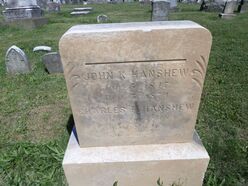 As for William Higgins, he never bought any property in Frederick, instead he is indicated as living in Keefer's Hotel (later Carlin’s Hotel on the southwest corner of N. Court and W. Church streets) in 1850, a renter in 1860, living with sister Maria and Theophilus in the 1870 census. He is listed as a boarder in 1880 with the William Wright family on East Patrick Street. Mr. Higgins served various civic duties including county bailiff, acting coroner, Justice of the Peace, and city tax collector. I'm not sure whether he ever married, or what happened to him later in life. I presume that he may be buried in Central with his parents but am not sure. I guess you could say I’m at a "stalemate" when it comes to learning more about this fellow, not unlike my difficulty in discovering more on Theophilus Thompson and John K. Hanshew, I guess. The date was April 23rd, 2019 and it seems like a “lifetime” ago—something not to be taken lightly when said in a cemetery. We lost a prized and picturesque monument, or so we thought, due to an unkind act of nature. For an individual in charge of a preservation program aimed at caring for hundreds of previously downed and damaged gravestones and markers, it was certainly not an “uplifting” moment. This was nearly a full year before we would be panicked and quarantined due to a respiratory virus whose name, up to that point, was more commonly associated with a Mexican beer than an international pandemic. I’m noticing more and more how that period of 2020 was like a time warp, and certainly has thrown all of us off in remembering events and measuring/calculating time. A true speed bump for a historian with a great memory of past events. But I digress. It was particularly painful to see this lovely statue get damaged. A violent electrical storm brought with it strong winds and, we deducted, a lightning strike which felled a neighboring tree. There was a “silver lining,” however, in the fact that the tree fell in such a way that didn’t pulverize the statue with a direct hit. A limb was responsible for the principal damage as it sheared the figurine’s bowed head, which was attached to the right hand which snapped at the wrist. A stray finger was also a casualty, but I quickly gathered these pieces up for future repair. The toppled monument in question has its home in Area L, behind our Key Memorial Chapel. For over a century, the sculpture of this mourning woman has sat atop a large two part base, the centerpiece of a cemetery plot surrounded by smaller raised footstones. These belonged to the family of Bion E. Bopst—pronounced “bôw-pst” with a long “o.” Although this surname seems rare, we have 49 interments with this moniker buried throughout Mount Olivet. Plus, it’s fun to say Bopst, especially Bion Bopst! I did a search on the internet to see if I could find a name meaning for Bopst. Here is what I disovered on a site called www.4crests.com: “This surname of BOBST was a Russian and Jewish nickname from the word BOBR meaning 'beaver'. It related to the brownish colour of the owners hair and complexion. The name has numerous variant spellings which include BOBROFF, BOBROWSKY, BOBSTE and BOBZEN.” The Bopst monument, as I’ve referred to it for seven years now, is among the most beautiful in the cemetery. In my first year on the job here, I took several pictures for use in marketing materials for Mount Olivet such as brochures, our website and Facebook. Ironically, I also used a beautiful fall time photograph I had taken for a title page within a PowerPoint presentation I often give on the preservation mission we have here at the cemetery. Bopst Family Lot 192 was purchased by Mr. Bion Eugene Bopst in 1901 as a place to re-inter his first wife, Mary E. (Bruchey) Bopst. Mary had originally died five years earlier in November of 1896, at the tender age of 37. She was originally buried in Utica Cemetery in the quaint hamlet north of Frederick City and along Old Frederick Road that boasts one of the county’s oft-photographed covered bridges. Today, the adjoining church is known as St. Paul’s Evangelical Lutheran. I don’t know what prompted this move to Mount Olivet, but I deducted that her burial at Utica could have been precipitated by the presence of relatives tied to her mother's (Margaret Jackson Bruchey) Jackson family that had ties to the Woodsboro area. Regardless, Mary Elizabeth (Bruchey) Bopst was re-buried here in Mount Olivet on November 14th, 1901. I could not find any further information on the exact date of the memorial placement of our “mourning woman” on Area L, but I would surmise that it went in at the time of Mary’s re-interment, which would have generated a central “family” monument with her last name to give proper context to her individual, raised foot stone. However, it has Bion's name prominently displayed on it's base so maybe it did not appear until the 1940s? Maybe Mary's stone from Utica could have been re-purposed here originally, until a later time when the mourning woman monument and foot stone theme were employed. However, I immediately think of two like “mourning women” statues in Mount Olivet that I have written about in the past (John H. Williams Lot in Area R and the Lycurgus Hedges Lot in Area C) whose principal family members died in the decade of the 1890s. I just wish I had old photos of Area L that would definitively clarify its existence. The next individual to be placed here would be a woman named Anna “Annie” S. Betson (1857-1913). I could not find a true familial relationship to Annie with the Bopst family, but easily learned that she was a longtime housekeeper, and I’m sure served an important support and confidante role in assisting the widowed Mr. Bopst after the loss of his young wife. They can be found living together on West 7th Street in the 1900 and 1910 US Census records. Annie would be laid to rest here in Mount Olivet's Area L/Lot 192 upon her death in December 1914, just a few days prior to Christmas. Two years later, Bion would “quietly”(as stated in the local paper) marry Miss Grace Estelle Orem. This occurred in January, 1916. Mr. Bopst would outlive his second wife as well. She died at age 58, in the year 1938. That brings us to our lot-holder and main man in the lives of the three women buried in the shadow of our headless statue. The irony here is that it would have been more fitting to have a weeping man statue to symbolize the years of grief experienced by Bion Bopst with the loss of two wives and a dedicated friend/housekeeper in Annie Betson. Bion E. Bopst was born March 11th, 1858 in Shookstown, northwest of Frederick City on the eastern side of Catoctin Mountain. His name derives from Ancient Greece with a meaning of “life.” In science fiction, a bion is a robot or cyborg—hence the word bionic. Bion Bopst was the son of Mary and Daniel Bopst, farmers who are buried in Mount Olivet’s Area Q/Lot 63. While researching, I found that Bion’s brother, Milton and sister-in-law Rose Bopst are buried in the same lot as his parents. Sadly, Milton was killed in 1904 in a tragic railroad accident while working for the old B&O. The Bopst family moved in town and can be found on West 6th Street in the 1880 census. I found that first wife Mary Bruchey was a West 6th Street neighbor and this propelled the relationship. Bion is shown as being employed as a cooper, something his obituary 60+ years later would confirm. There being no 1890 census, I could not pinpoint when the couple married. I would later be notified by a relative that it was in 1889. Bion and Mary would have not have any children. I found a reference to Bion’s line of work around 1890 however. In 1891, he can be found as a laborer in the Public Printing Division of the US Government Printing Office in Washington, DC. Just weeks before Mary’s death, Bion opened a grocery store on East 5th Street, presumably at 100 East 5th Street. An advertisement in a 1907 newspaper states that Mr. Bopst was in the process of liquidating his stock and equipment at this location. I had my research assistant Marilyn Veek conduct some research on the home residences of Mr. Bopst. Apparently, he did a great deal of buying and selling throughout his life. Bion bought what is now 202 & 204 East 6th Street in 1893 and sold it in 1923. I would offer a guess that this could have been the home of his parents or in-laws. He bought what is now 206 & 208 East 6th in 1900 and sold 206 in 1923 and 208 in 1936. He also owned the following properties at various times: 34-40 West 6th from 1898 to 1923 13 West 6th from 1907 to 1936 14 & 16 West 6th from 1907 to 1938 18 West 6th from 1908 to 1938 2 properties on the N side of West 7th, one from 1889-1890 and another from 1895 to 1898 711 & 713 North Bentz Street from 1911 to 1923 another property on North Bentz from 1919 to 1922 part of the east side of Klinehardt's Alley between 5th and 6th from 1902 to 1909 part of the east side of Bentz Street between 5 1/2 and 6th Streets from 1906 to 1909 Bion Bopst bought his "Home Property" at what is now 33 West 7th Street (NE corner of 7th and Bentz) in 1902 and sold it in 1943. From the looks of all this real estate activity, it appears that Bion Bopst was doing well financially, working as a professional landlord after his grocery store ownership days. As I honed in closer in hopes to learn more about the store, I found a few articles that pointed to a down period for Bion, as he seems to have had some run-ins with the law. Bion appears with second-wife Grace in the 1920 and 1930 census. She is noticeably absent in 1940 because she had died in 1938 as mentioned earlier. Bion passed on July 8th, 1944, a fact that would be carved incorrectly on his foot stone in Mount Olivet. This is puzzling to me, but I guess no-one of note was there to supervise the work in the form of a widow or child. Perhaps, the stone was added much later? The Repair Last summer, our staff removed the entire sculpture after a restoration expert told us that it would require a series of repair phases that needed to be done at ground level. A backhoe was employed to lift the statue from its pedestal, and the headless marble body was brought to our maintenance shop area. Meanwhile, the base was duly cleaned with D2 solution by our Friends of Mount Olivet "Stoner" stone cleaning group as we’ve talked about before in previous blogs. At the end of September, our old friend, Jonathan Appel, returned to the cemetery from his New England home to continue a re-pointing and re-bronzing project involving the Francis Scott Key monument. Mr. Appel is one of the country's top experts in cemetery monument restoration and owns Atlas Preservation with a home base of Southington, Connecticut. He is no stranger to Mount Olivet as he has regularly presented cleaning and restoration workshops over the past six years. Jonathan Appell has well over 25 years of experience preserving, restoring, and repairing gravestones and monuments all over the country and has conducted a “48-state Tour” of preservation training workshops over the the last two years. A recent work project of note is “the Knight’s Tomb” in Jamestown, quite possibly the oldest existing gravestone in America, dating back to the 1630s. We feel fortunate to have had him repairing many of own here in Mount Olivet. The Bopst monument was a pretty complex fix, and we had the necessary expert to do the job. I marveled in watching him drill holes in the marble torso, head and appendages in an effort to rejoin these parts with metal pins and proper epoxy solutions. These are repair efforts requiring precise skill and confidence, certainly not for the meek as there are not second or third chances to re-drill at carefully calculated angles in which to compensate for precise placement of a bowed head as opposed to an upright head placed on level shoulders. Jonathan completed the job at hand, including the re-attachment of one (a hand). This finally got the statue back in one piece after nearly a three-and-a-half-year hiatus. The figure was then cleaned with D2 and brought back to the way the statue looked on the day it was originally brought into the cemetery. We had hoped to place the mourning woman back on her pedestal at the Bopst lot in fall but Jonathan’s busy schedule, coupled with the holidays and a few bad strokes of weather on our end (when we had opportunity of him traveling through the area) precluded us from making this happen. We did however complete the task on February 21st, 2023. I know it’s just a big piece of marble, but how gratifying it is to have her back up there on her base for all to enjoy. I truly love this monument. Besides, I was growing weary of explaining to curious visitors and lot-holders why we were displaying a headless statue in our cemetery. That’s something to be left to Ancient Greece and Ancient Rome. If you'd like to help us in our mission of repairing damaged historic gravestones in Mount Olivet, consider joining our Friends of Mount Olivet membership group, or feel free to make a tax deductible donation to the Mount Olivet Preservation and Enhancement Fund. (Click logo on the right for more info).
Next Prospective FOMO Member meeting is Wednesday, March 22nd at the Key Chapel with a lunchtime lecture presentation by author/historian Chris Haugh starting at 12 noon. (No obligation to join.) This is a continuation of a “Story in Stone” begun last week and features a proper chronicling of the famed Byerly family of photographers here in Frederick which spanned a century beginning in the 1840s. For those that read last week’s story entitled “Up From the Meadows,” you were introduced to a photograph featuring a former slave turned freeman named Luther Potts, holding a five year-old boy on his lap. There is a discrepancy as to whether the child in question is either John Davis Byerly (Jr.), or kid brother Charles Byerly. I surmised John D. (Jr.) and hedged my bet based on a Byerly family descendant’s unknowingly stating that the boy was John Francis Byerly. I proved the error, and deducted that John was the name of the pictured child regardless, as John Francis Byerly was a grandson of the photographer, not born until 25+ years after this photo was taken. This photograph, along with hundreds more that dominate local history books in the era mentioned, is part of a portfolio collection of antique images equivalent to Jacob Engelbrecht’s masterful diary. Each photo is reminiscent of one of Jacob’s colorful journal entries, magically documenting an earlier Frederick, with emphasis on the 19th century. We owe a great deal to both these men named Jacob. 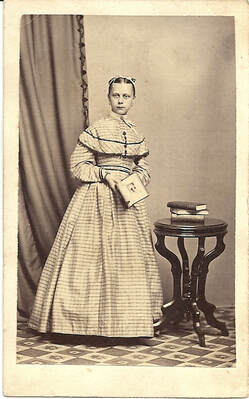 CDV of Unknown young lady (c. 1860) CDV of Unknown young lady (c. 1860) As professional photographers, three generations of Byerlys took staged portraits in their studio once located in the first block of Frederick’s North Market Street. In addition, these talented artists captured unique town events and typical street scenes. In all cases, we have “photographic” proof of many former residents of both Frederick (and Mount Olivet), town happenings and Frederick structures—many still standing, and others long gone. Sadly for historians and genealogists, many Byerly portraits of individuals, couples and families have survived the test of time, but have no identification of who is pictured. A common practice in days of old involved writing names of those appearing in pictures in ink on the photo album page itself that once held and housed these photographs. Unfortunately, somewhere along the line, loose photographs became separated from their identification. Today these appear on eBay and in antique shops and thrift stores with a nearby label announcing “Instant Relatives.” We certainly commend those ancestors who wrote names on the back of portraits, or, in other cases, wrote on the photo themselves (at least) giving us an “inkling” of who was photographed, and/or where and when. I appreciate these old-time photographs so much, and in my personal family history collection have both marked, and unmarked, photos. My sleuthwork has been utilized as well in identifying several based on period dress, and facial features. In thinking of photography, I have to smile while reminiscing about the traditional 24 or 36 exposure rolls of film utilized in my younger days in the era before digital photography. Who would have imagined a handheld smart phone computer/camera/”Walkman” doo-hickey that you could carry with you at all times? Do you remember having to “ration” remaining film “exposures” on a limited film roll while on vacation or social events? One had to treat them like gold and be judicious in using up remaining pictures just in case something incredible happened like Bigfoot coming out of nowhere, a visit from a unicorn, or meeting Olivia Newton-John. Maybe I digress, as I am confusing my adolescent dreams with the possibilities of reality on that last one—as evidenced by my seeing the movie Grease multiple times at the theater by myself. I just shudder (or should I utilize the camera term, “shutter”) to think of the future where we will likely be overrun as a society by unidentified digital .jpg photograph files of people, places and events. Luckily, the Byerlys didn’t have any of these problems, but being pioneers in their field, brought several other challenges. It’s obvious that trying to get the right picture back in the 1800s was a hundred times harder than today with the equipment involved, and lack of automatic features to adjust lighting, filters and shutter speed. Jacob Byerly The most prolific photographer in Frederick County history was Jacob Byerly, born in Newville, Pennsylvania in 1807. Newville, near Chambersburg, was founded in 1790 and is located in Cumberland County, due west of Carlisle. The Byerlys (or Birelys before Jacob changed the spelling for himself) were a typical Pennsylvania German family, hailing from immigrant John Andrew Birely (1715-1774) who came to America and the Penn’s colony in the year 1738 from Rohrback, Heidelberg, Baden-Wurttemburg. This was Jacob’s great-grandfather who eventually settled and died in Lancaster. Named for his grandfather, Jacob Byerly (the photographer) was the son of John Henry Birely (1773-1813) and wife/cousin Rebecca Baer (1782-1851). Jacob Byerly was the oldest of four children and is said to have started as a teacher, but made the transition to the new field of photography at its introduction to this country. He possibly learned his future trade from a daguerreotypist in Harrisburg, Pennsylvania, but information is not definitive. If you have never heard of the profession of daguerreotypist before, an individual in this line of work made daguerreotypes, the first publicly available photographic process and widely used during the 1840s and 1850s. Invented by Louis Daguerre and introduced worldwide in 1839, the daguerreotype was almost completely superseded by 1860 with new, less expensive processes, such as ambrotype (collodion process), that yield more readily viewable images. The first authenticated image of Abraham Lincoln, a daguerreotype of him as U.S. Congressman-elect in 1846, is attributed to Nicholas H. Shepard. Wikipedia does a nice job describing the process employed in making these early photographic images: “To make the image, a daguerreotypist polished a sheet of silver-plated copper to a mirror finish; treated it with fumes that made its surface light-sensitive; exposed it in a camera for as long as was judged to be necessary, which could be as little as a few seconds for brightly sunlit subjects or much longer with less intense lighting; made the resulting latent image on it visible by fuming it with mercury vapor; removed its sensitivity to light by liquid chemical treatment; rinsed and dried it; and then sealed the easily marred result behind glass in a protective enclosure. The image is on a mirror-like silver surface and will appear either positive or negative, depending on the angle at which it is viewed, how it is lit and whether a light or dark background is being reflected in the metal. The darkest areas of the image are simply bare silver; lighter areas have a microscopically fine light-scattering texture. The surface is very delicate, and even the lightest wiping can permanently scuff it. Some tarnish around the edges is normal.” I’m sure being a daguerrotypist was a highly rewarding job based on customer satisfaction and ego stroking. He was a true pioneer in this new field, one that fast rivaled portrait painters, and made the acquisition of family images possible for the less affluent. However, as the description above reads, it was tedious work that involved great patience, while exposing the technician to very dangerous chemicals without the necessary protections we expect today.
Jacob Byerly eventually set up shop as a daguerreotypist, one of the first people in Maryland to sell this new technology. He was originally located next to the City Hotel on West Patrick Street, and he named his business "The City Gallery." I feel that his first place of business doubled as his home as well. Jacob Byerly later established an artist studio at 29 North Market Street, which later became the Young Men's Shop and also served recently as Hunting Creek Outfitters and has recently re-opened as loulou, a store that will specialize in ladies accessories, gifts and fashion. He bought 29 North Market in 1851, and the structure, later to be named the Byerly Building, stayed in the family until its sale in 1965 by his great-grandson John Francis Byerly. 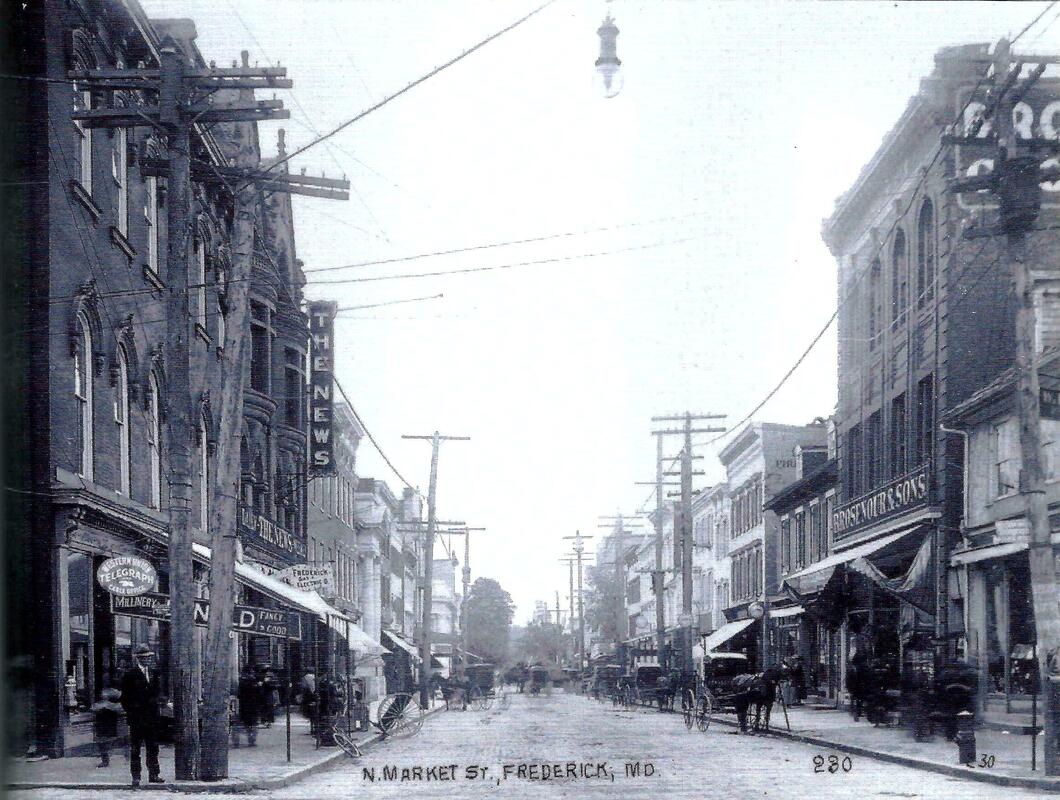 Looking south on N. Market St. from intersection with Church St. The Byerly Gallery is on the right (west side of street) and is the second building down (left) of the visible large brick store of Rosenour & Sons. In the magnified view below, see the letters "PHO" (the start of Photographer) on north side of building. The word Byerly was most likely stacked over the word Photographer(s) or Photo Gallery. The family lived on West Patrick Street in the 1850 Census, and earlier in the 1840s. I think this was in conjunction with Jacob's "City Gallery" next to the City Hotel. In 1853, Jacob purchased 108 West Patrick Street, and a few years later installed a third story. And if I’m not mistaken, this same West Patrick property was the earlier home of Revolutionary War era patriot John Hanson. Hanson’s statue stands in front of the Frederick County Courthouse, and he is best remembered for his tenure as president of Congress assembled under the Articles of Confederation. You may also here his name spoken by your car’s GPS if you happen to be traveling in the Annapolis Area on US Route 50—aka John Hanson Highway. The US-50 freeway from the District of Columbia to Annapolis was opened around 1957. Shortly after taking ownership of the house, the couple welcomed two children—Grace in 1855 and Harriet (aka Hallie) in 1857. I saw a few instances that pointed to another child who died in infancy but could find nothing definitive. Jacob's work earned him a mention in a book entitled The Camera about the history of photography published by Time Magazine in 1970. In this, he is hailed as a “trailblazer” in the photographic field, and held in the same company as the legendary Matthew Brady, who would open his studio in New York City in 1844—two years after Byerly opened his gallery in little old Frederick. An article written by a distant relative, Carol Zeigler claims that Jacob Byerly was personal friends with Matthew Brady, and for a short time may have photographed with him although there exists no real proof. At the onset of the Civil War, Jacob Byerly is said to have produced 1,500 images annually with the help of two male employees, one being son Charles. While Matthew Brady gained his fame with depictions of battlefield carnage, Byerly is credited with at least a few surviving documentations of his adopted hometown during the war. These photographs were taken from his upper-story studio while looking out the window onto North Market Street. He captured each of visiting armies at different times of the war. In fact, a few of the most famous civilian-related portraits dealing with the American Civil War came to light thanks to Jacob Byerly. These helped put Frederick on the map, so to speak, because they assisted in providing photographic proof of the existence of a particular resident “patriotic heroine” and the home from which she apparently waved a flag at Gen. Stonewall Jackson and his “invading Rebel horde” in early autumn of 1862. It is said that his portrait of Barbara was not done in his Market Street studio, but rather was taken at his “demonstration” booth which was set up at the Frederick Fair in 1860. The Agricultural Exposition was then held at the Hessian Barracks, the site that serves as home to the Maryland School for the Deaf today. Barbara was a Hauer family relative and great aunt of Jacob’s wife, Catherine, and this was probably the only reason the fabled nonagenarian allowed her image to be captured. I first encountered information about Jacob Byerly while researching the Fritchie images for a history of Frederick documentary back in 1994. A year later, I would learn so much more about Mr. Byerly from Tom Gorsline, former publisher of Diversions and Frederick Magazine. A huge fan of vintage photography, Tom has amassed a great collection of local imagery and regularly published many of his finds in his publications for all to enjoy. He was a great admirer of the Byerlys, so much so, he devoted an entire chapter of his 1995 Pictorial History of Frederick to educating readers about the incredible legacy left us by this legendary artist and his son and grandson. Tom’s book is packed with Byerly images, and naturally gives us an opportunity to see what the photographers, themselves, looked like. These were the first official “selfies” in Frederick history! Tom includes a few of Jacob's iconic town shots in his pictorial history, in which he was greatly assisted by talented history researchers/ writers Nancy Whitmore and Tim Cannon. One such image included the restoration of one of the famed “Clustered Spires” belonging to Evangelical Lutheran Church. If you look closely, you can see workmen waving to the camera from their scaffolding. Another shot features the disaster scene of Frederick’s first “Great Flood,” this one occurring in late July of 1868. His view of West Patrick Street (looking west) vividly shows the devastation. This scene was right outside his home and ironically, the legendary freshet was responsible for the destruction (and subsequent dismantling) of the earlier photographed Barbara Fritchie House. (Note: The replica house you see today was constructed around in the late 1920s). Text from the Pictorial History of Frederick states: “Jacob remained on the cutting edge of the technology of his day, switching to the glass-plate technique. Remarkably, at least a thousand glass-plate negatives from the three Byerly photographers have survived the decades. Jacob produced portraits, slides for the stereopticon (the TV of the time), and carte de viste, a popular form of calling cards with photographs on them. He sold the business for $2,000 to his son, John Davis, in 1868, but continued to take pictures until his death in 1883.” Years before, in 1852, Jacob is said to have written the following passage in a letter to his 14-year-old son, John Davis Byerly: "My son, remember the instructions of your Father; — trifle not away your time; reflect, and be careful, read your bible, neglect not its precepts, But take good heed to its instructions, and live accordingly; trample not upon the many good admonitions I have given you . . . “ Jacob was always the teacher, and looking back at the life of John Davis Byerly, it’s safe to assume “he knew the assignment” as the kids say today. Davis was brought in as a named partner to his father in 1863, as the firm became known as J. Byerly & Son. Davis apparently had a stormy relationship with his stepmother according to other letters. He received education both here in Frederick and abroad as a biographical sketch in the Maryland State Archives summarizes: “According to Williams and McKinsey's History of Frederick County, Davis received his education in the schools in Frederick; however, he was probably not at school in the city, because a letter from his father in November of 1853 or 1854 expresses his concern at the fact that Davis had to share a room with the three Fischer boys, who seem to have been disapproved of by the elder Byerly. Exhorting his son to 'be studious, make the most of your time you possibly can, recollect you are costing upwards of fifteen dollars a month,' Jacob continues later in his letter, 'Try to excel; and stand among the first in your school in the estimation of your Teachers. This will reward me, and be a plume in your Cap; I don't want you to be running home every few weeks, it looks badly. I don't expect you home until Christmas . . .' Due to the fact that Davis was far enough away to be boarding, and his parents to be sending him things rather than bringing them, but close enough to be 'running home every few weeks,' it is probable that he was at one of the private schools in Frederick County.”
“Mame” Markell lived next door to the Byerlys in a connecting townhouse. Her father (George Markell) had bought 110 West Patrick (the other part of the former Hanson House) in 1852. J. Davis Byerly would wed his neighbor in late October of 1869 and they would soon become the parents of three children—Mary Catharine (1871-1937); John Davis (Jr.) (1872-1891); and Charles (b. 1874-1944). In addition to un-posed, event-driven pictures, Davis Byerly experienced great success as a portrait photographer as well. Heritage Frederick apparently has a copy of a booklet the Byerly photo studio gave out to patrons before they sat for a portrait. It reads: "Photography is not a branch of mechanics, whereby a quantity of material is thrown into a hopper and with the grinding of grim, greasy machinery, beautiful portraits may be turned out. The day when a daub of black and a patch of white pass for a photograph, you are well aware is ended; for you will not receive such abominations yourself as likenesses of those near and dear to you, and especially of the one dearer to you than anyone else, namely your own dear self." Hints are given to "never come in a hurry or a flurry" because a red face does not photograph well. "Ladies who have shopping and an engagement with the photographer on the same day, will please be careful to attend to the latter first." As to how to dress, the Byerlys rebuke those "who place upon their persons, when about to sit for a picture, all sorts of gew-gaws and haberdasheries which they never wear when at home or when mingling among their friends." Meanwhile, Davis’ father, Jacob, kept occupied with work as a patent dealer and advertisements in local papers showed him marketing door springs. He also busied himself with hobbies and activities of town, however had his own mortgage foreclosed upon in 1875, and the house at 108 West Patrick ended up being bought by Mary “Mame” (Markell) Byerly (wife of J. Davis Byerly). In her will, Mary would leave the house and lot to her daughter, Mary (Byerly) Chapline and it would stay in the family until 1971. The Byerly Picture Gallery flourished under Davis' direction as he was able to hire and train several assistants, two at least of whom later became competitors of his in Frederick in W. A. Burger and William F. Kreh. Business continued to be good for the Byerlys. In 1880, John Porter described the Byerly Picture Gallery in his book Maryland and its Industrial Developments: "It is situated in the best possible location in Frederick City, has large, well lighted rooms, and possesses every advantage which modern invention can suggest . . . Examination of his portraits shows a pleasing and agreeable variety -- the positions given have an ease and grace not often attained by photography, and in this, together with the admirable finish of his work, may be found the secret of Mr. B's great success. . . ." J. Davis' great success in the 1880s and 1890s was marred, however, by a series of personal tragedies. Jacob Byerly died March 21st, 1883, at the age of 76. He was originally buried in the German Reformed burial ground on North Bentz Street at the intersection with West 2nd Street. (This is Frederick’s Memorial Park today). Forty years later, Jacob’s body would be brought to Mount Olivet and laid to rest in Area G/Lot 182. Davis' stepmother, Catherine, died in 1885, and in 1890, his sister Grace, who had entreated him to return from his travels in the south in 1867, died at the age of 35 of paralysis. They are buried with Jacob in the same plot. Daughter Harriet "Hallie" (Byerly) Sweet and grand-daughter Catherine (Byerly) Chapline are buried in adjacent graves. Difficult as these deaths must have been for Davis, the next year brought a loss that must have been particularly hard for the photographer. Davis' eldest son, John Davis, died on November 29th, 1891 at the age of 19. The Frederick News' obituary column poetically titled "The Work of Death," began his obituary, "When death comes to the aged we look upon it as a visitation of the inevitable, but when it comes to one so young, so inestimable as a friend and companion, so thoughtful of the comfort and happiness of those about him, we feel to pang more keenly and sensibly.” A photo of John and his siblings, parents and extended family was taken shortly before his untimely passing. He would be buried in Area G/Lot 37. 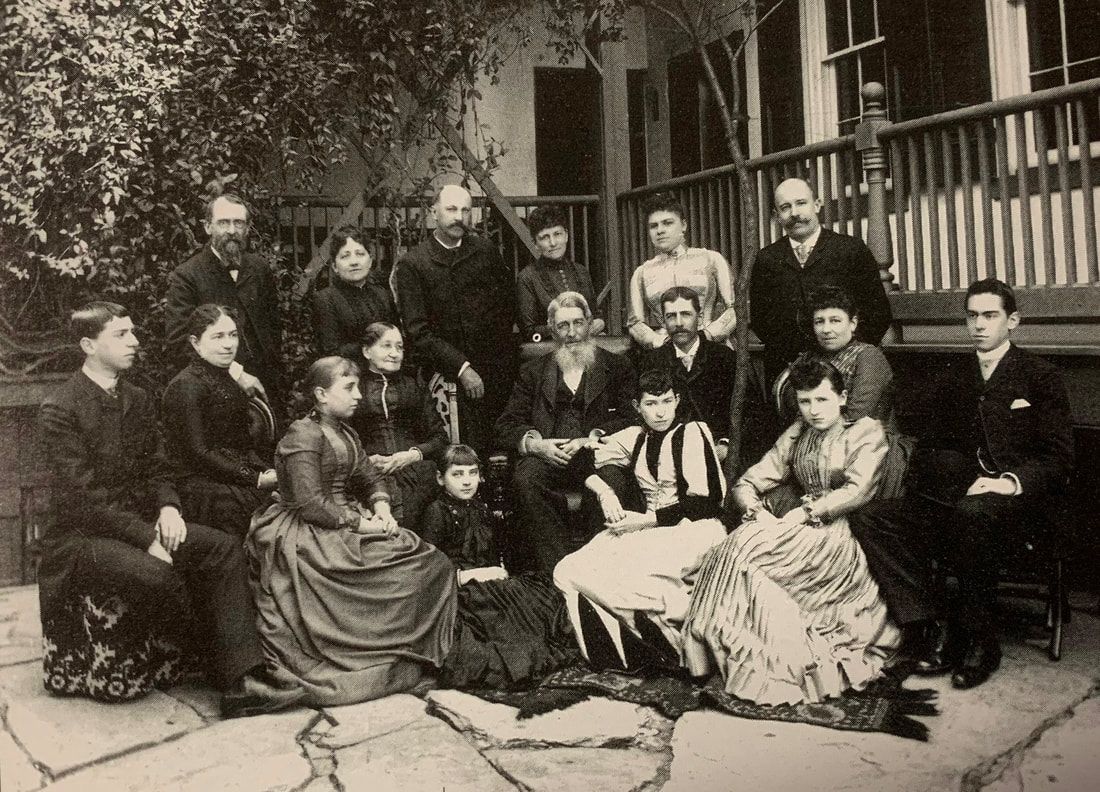 My initial thought was “Who took this photo?” as all the professionals are within the shot. Interesting people of note here include J. Davis Byerly (Third Row extreme left with beard and moustache); Charles Byerly (Second Row extreme left); Mary Markell Byerly (second row to the immediate right of Charles); John Davis Byerly (Jr.) (second row extreme right); and Mary (Byerly) Chapline (front row, second from right in black and white dress and elbow on her grandfather George Markell’s knee). It can be assumed that John D. Byerly (Jr.) would have had a career in photography as well. His younger brother would play a greater role in assisting his father (Davis) throughout the 1890s leading to his eventual coronation by century’s end. In 1899, J. Davis Byerly retired from the photographic studio. He was 60 years old and had been running the studio for 30 years, surpassing his own father’s run of 27 years from 1842-1869. However, his retirement did not mean the end of the Byerly Picture Gallery, for like his father, Davis gave the business to his son Charles. Davis could now enjoy family and personal pursuits including his daughter Mary Catherine’s wedding that same year of 1899. She married Thomas Chapline, the son of a successful merchant family. J. Davis Byerly continued to be active in the community, in his church, the Republican Party, and his social club, the Order of Red Men. Just as his father before him, Davis was one of the most prominent men in Frederick, and was well liked and respected by the entire community. Charles married Regina Eisenhauer in 1903 and had two sons—(the previously mentioned ) John Francis Byerly (1904-1981) and Charles Byerly Jr. (1907-1983). He carried on the family business and continued the peerless brand that Frederick had come to expect. The Byerly Gallery was among the most prominent in western Maryland. Heritage Frederick has the works below by Charles Byerly in their extensive collection. The Black gentleman (lower right) is thought to be William Grinage, a former assistant of Charles Byerly and artist responsible for a portrait of Francis Scott Key that hung in the lobby of the FSK Hotel for several decades. We are very fortunate to have several images of Mount Olivet thanks to the lens of Charles Byerly. One such picture was taken of his brother John’s grave (at the photographer’s future burial spot) in Area G/Lot 37. This was taken in 1905. Charles took other images of Mount Olivet in the first decade of the 1900s, and we have several prints from the original glass negatives. I have incorporated one of these as the header, and logo, for this blog. J. Davis Byerly passed in 1914, February 19th to be exact, just one day following his 75th birthday. Wife Mary “Mame” (Markell) Byerly would die eight years later. Charles had shared his parent’s house on West Patrick until moving to 201 East Second Street in 1923 following his mother’s death. He continued running the family business up through 1915, at which time a terrible event beset the Byerly Studio. In spring of that year, the building was undergoing a major restoration. A month later, on April 14th, workmen hurriedly dashed for their lives as the front façade and floors of the building at 29 North Market Street collapsed. On the first floor of this building was located Dutrow’s Soda Fountain. Fortunately, patrons were not frequenting either business due to the construction work. No injuries were reported to the contracting crew, but Charles Byerly faced a total loss and the destruction of his 3rd floor studio with all its equipment and props. This event would promptly ended the business after a 73 year run. Many sources say that Charles would never pursue photography as a commercial venture again, but the census records of 1920, 1930, and 1940 continue to list his occupation as that of photographer. Perhaps it became a part-time or free-lance venture, instead? All the while, cameras were becoming more portable over time. Regardless, I can’t imagine a man surrounded by photography his entire life, would stop taking pictures. The 1940 US Census shows Charles’ sons and grandchildren living in the family home on Frederick’s East 2nd Street with their parents. John worked as a schoolteacher, and Charles as a gift shop manager who specialized in selling chinaware. Both appear to be single at time, however grandchildren are present. Like his father before him, Charles Byerly, Sr. kept busy with civic affairs. He would die on December 11th, 1944 and is buried directly behind his parent’s gravesite, and diagonally within a few yards of his older brother, whom he had photographed 39 years earlier. Charles, his father (J. Davis) and grandfather (Jacob) likely did not imagine the great importance of their work in their own lifetimes, as it was art, yes, but moreso a means to make an honest living. As mentioned earlier, it was also demanding work that took creativity, technical skill, patience and a toll on the respiratory system in working with all those chemicals.
I certainly can’t speak for all local historians, genealogists, and family historians, but what a tremendous legacy and gift the Byerlys have given all of us—worth billions of words, if the old adage is true about a picture’s worth? I truly can’t believe it’s been 25 years. Late February of 1998 was a very exciting time in my professional life as it marked the culmination of a documentary project that not only taught my local community a great deal about itself, but it had the same effect on me. The recipient of several local and national awards, this film afforded me the chance to travel to San Diego, California as the film had been nominated for a best documentary in the telecommunications industry. Subsequently, this work, which I titled Up From the Meadows: A History of Black Americans in Frederick County, Maryland won the Beacon Award of Excellence from CTAM—the Cable & Telecommunications Association for Marketing. The 5.5 hour video documentary originally aired the previous March (1996) on Cable Channel 10 of our local cable company of the era, GS Communications, which was co-owned with the Frederick News-Post by the Delaplaine and Randall families. While Cable 10 and GS Communications are memories now from Frederick’s past as well, the documentary (which was originally available on an equally ancient format called VHS) was remastered to dvd in 2014. It can still be purchased at the Frederick Visitor Center, and from time to time I am delighted to hear from new viewers who have stumbled upon it and learned from its rich content as I did while researching and writing it. The true magic comes from the the film’s amazing array of on-camera commentators and local historians. None of these people are still with us today, but their stories and words remain. As the title suggests, this program includes a comprehensive study of Blacks in Maryland’s largest county through the 18th, 19th and 20th centuries. Established in 1748, our north-central environ of the state serves as an amazing case study to explore cultural history through the past 275 years, although I only covered 250 of it. The story continues. My central premise with this project was that Frederick represented “a border county within a border state” during the American Civil War. As a coincidence of geography, we were situated below the Mason-Dixon Line and Pennsylvania, loyal stalwart of the North, while being positioned directly above the Potomac River, the only thing dividing us from Virginia—home to Richmond, the former capital of the South. Of course, European settlement patterns dating from the mid-1700s helped dictate Frederick’s situation in regard to slavery (and non-slavery) up through the Civil War, and later would have a definitive influence on segregation until its abolishment with the Civil Rights Movement of the 1960s. As many know, German historically settled north and west of Frederick City, while many English and Scots-Irish settled south and east of our county seat. Of course there are plenty of anomalies, but the Germans followed a model of family farms, while many English and Scots-Irish employed the slave plantation model. In Frederick’s case, we had early French families who brought slave labor to the area as well. Again this is very generalized, as I invite you to watch the film if you have continued interest. This unique backstory helped me understand and explain events occurring here in Frederick throughout the 19th and 20th centuries. We had “brother vs brother/neighbor vs neighbor “ confrontations during the Civil War, and Frederick was a place of supposed “separate but equal” policies up through the 1960s which included restaurants, shops, theaters, and even Mount Olivet Cemetery as I wrote about in a three-part “Story in Stone” blog back in February-March of 2017. As I said at the time, I was very humbled to be in the position of making this film. As a 30-year-old white guy at the time of its debut, I served as nothing more than a conduit for several talented historians, researchers and former citizens who allowed me to share their stories and information. In 1997, the internet certainly did not afford the dissemination opportunities it does today, and the chance to make this documentary available to tens of thousands of people through our cable channel and VHS tape sales was more than worth the incredible amount of work and effort put into the project which boasted a shoestring budget and less than a handful of video production specialists. As I drive each day through the fore-mentioned Mount Olivet, I think of the Black residents of Frederick who have been buried within our gates today over the last five+ decades, and a small collection of folks I chronicled that died before the Civil Rights Movement and were interred or re-interred here anyway. One such could even be the long-lost daughter of President Thomas Jefferson and slave Sally Hemmings. I also think of the cemetery serving as the eternal resting place for Civil War soldiers from both sides, along with former slaveholders and local abolitionists. Along the lines of the latter group mentioned, we have two abolitionists to thank for the fame of our beloved Barbara Fritchie—author John Greenleaf Whittier of Massachusetts and E.D.E.N Southworth of Georgetown. Miss Southworth was the top-selling female novelist of the 1800s, and is credited with sending the “alleged” story of Dame Fritchie’s flag-waving heroics to Mr. Whittier. I could give you another history lesson here, but I will save it for another time. What I will say defiantly, is that this poem put Frederick “on the map” as they say, and filled readers’ heads worldwide with the vision of a sleepy little town characterized by its “clustered spires” framed against “the green-walled mountains of Maryland.” As many have already noticed, I borrowed my documentary title from the opening lines of Whittier’s Ballad of Barbara Fritchie: “Up from the meadows , rich with corn, Clear in the cool September morn.” I just thought it fit for so many reasons, as I recall explaining to Lord D. Nickens, one of my central mentors for the project. We were driving around the countryside near his former home in Flint Hill, southeast of Buckeystown, and he asked me what I planned calling this thing. He smiled, and said “I like it.” Now that I had a title, I needed to incorporate a brand which included a logo, color scheme and central image. The talented staff at the Frederick News-Post art department came up with a great logo and I had in hand what I thought to be the perfect vintage photo to use. When I started the project in late 1995, I relied heavily on the amazing collection of Frederick’s past, both housed and interpreted at the Frederick County Historical Society, today known as Heritage Frederick. The photograph and manuscript collection was not filled with a plethora of Black artifacts, but there were a few standout items. Among these was a vintage photograph that instantly struck me upon first sight. It was the photo of a young Black gentleman with a young child on his knee. The photograph dates from the late 1870s, and was taken by a local professional in his studio once located in the heart of downtown Frederick. Many have seen this image as it has appeared in other publications since my usage in the late 90s. Last fall, David J. Maloney, Jr. posted it on the Frederick Maryland Old Photos Facebook page. David is an expert when it comes to antique assessment and all things curatorial, and mentioned in his accompanying post that his offering was a glass plate scan from his own collection courtesy of Heritage Frederick. He described this image as “Portrait of a Black Man, Luther Potts, and John Francis Byerly (son of the photographer).” David pointed out the prominent presence of agricultural implements in the hands of both subjects and went further to include a close-up view of the bottom of the photo pointing out that Luther’s clothing shows evidence of wear. At their feet is an assortment of props including a child’s wagon and wheelbarrow. There is also a horse drawn toy wagon marked “HARD & SOFT COAL/COKE AND KINDLINGS/COAL.” Upon my first viewing of this photograph at the Historical Society back in 1996, I was unsure of the race of the child, thinking perhaps it could be a mixed-race child. I soon read the description attached to the Society’s collection which confirmed for me the young boy as being white as I was already familiar with the Byerly family of photographers. In 2007, Mark Hudson, former director of the Historical Society of Frederick County, worked with staff and volunteers to produce a few brown-book pictorial histories under the title of Frederick County and Frederick County Revisited under Arcadia Publishing’s Images of America series. On page 113 of the second book, one can find the photograph in question, with a more detailed caption: "John Francis Byerly took this photograph of his son, Charles, and Luther Potts, the family’s handyman, about 1880. Potts was an organizer against Frederick’s registration law in the 1913 municipal election. The law required that only those males who owned more than $500 worth of property and were eligible to vote, or were male descendants of someone who was eligible to vote, in a state election before January 1, 1869, could register. The law was aimed directly at the local Black community. It was challenged in court, and pending a decision, Potts and about 30 others tried to register but were refused because of the “grandfather clause.” They believed that the law was in conflict with the 15th Amendment to the U.S. Constitution; city attorneys claimed that the amendment regarded only federal elections. On May 16, county judges disagreed and declared both clauses unconstitutional." I wanted to learn a bit more about these two photograph subjects, and readily assumed that I would likely not find Luther Potts here in Mount Olivet due to our past history of burial. Interestingly, we have many people of that surname interred here and even a special gated lot in Area G, which holds the relatives of former early congressman Richard Potts. In contrast to Luther, I easily located the final resting place of the younger subject, and his photographer father, just 20 yards to the south of the Potts Family Lot, and along the central drive that passes by both. I will start with just a few things I could find through Ancestry.com and local papers on Luther Potts. He appears in the 1910 US Census living in Frederick at 65 years of age. This dictates that he was born roughly 1845, which would make him around 35 in the Byerly photograph. In the 1910 census, his listed occupation was that of odd jobs which seems to match that of having served as a handyman for the Byerly family at that 1880 time period. I could not find Luther Potts in another local census at first, however I did locate a Lewis Potts in the 1850 census. Lewis and Sarah Potts lived in Frederick City at the time and had children, one under the named Charles who was listed as being five years old at the time. This matches our Luther's approximate 1845 birthdate, however the name is nowhere close. Back to the drawing board, but maybe these folks are relatives of some sort? I found a couple of newspaper articles mentioning Luther from the 1879 and 1887, but these do not showcase Luther in a positive light. On the other hand, I did find some articles from 1913 to back up the claims of Luther’s role as an organizer against Frederick’s unjust voter registration law. The last two remaining tidbits, I uncovered through my quick research, may provide clues to Luther’s whereabouts during (and before) the American Civil War. I found an interesting document for a Luther Potts of Howard County who was released from bondage to join the Union Army’s 28th Regiment of Colored Troops. Could this be our Luther? Although, I could not locate a traditional obituary for Luther Potts, I did learn of his death in the fall of 1917 courtesy of an odd news story which appeared in both Frederick and Westminster newspapers. It claimed that Luther was a former slave, and confirmed Luther’s employment relationship with the Byerly family. His home was also addressed as having been on All Saints Street, however he had some sort of connection to Mount Airy, and also the Damascus area of Montgomery County, as his final resting place would be in a small hamlet called Friendship (about two miles north of Damascus on MD 27). I found Luther’s gravestone in the Friendship Methodist Church Cemetery along Ridge Road (MD27) with a death date of October 17th, 1917 (age 72). I was inspired this past weekend to visit the gravesite of the man who has graced my documentary cover for the last 25 years. Unfortunately, his tombstone needs to be placed back up on its pedestal, but it looked as if it had been recently been cleaned. While at the graveyard, I also found other folks holding the last name of Potts as well: Potts, Amelia, d. Mar 11 1917, age 65yr 3mo Potts, Caleb G., d. Dec 10 1922, age 46yr 8mo 15da Potts, Caleb, d. Jul 21 1916, age 77yr John Henry Potts (1870-1946) unmarked grave Joseph Washington Potts (1883-1959) unmarked grave Potts, Lillian M., b. Jun 4 1892, d. Dec 24 1940, age 58 years Potts, Margaret, d. Oct 25 1906, age 60 years Potts, Mary E., b. 1872, d. 1947 Potts, William E., b. 1867, d. 1945 In doing a little more sleuthing, I learned more about Friendship, and a nearby slave plantation that likely held the answer to Luther’s days as a slave, and also his manumission. Jonathan Mullinix (1811-1899) was very wealthy man who owned an enormous amount of property and slaves in northeastern Montgomery County near the county line with Howard County. Friendship is located to the south of Clagettsville (where Kemptown Road (MD80) and Ridge Road (MD27) converge. Named for Friendship, the farm to the north, it had its origins as a Black community. One of its earliest dwellings, perhaps with roots dating to the 1830s, is the Inez Zeigler McAbee House on Holsey Road. Tradition holds that this dwelling was built on land conveyed in 1835 to John Holsey, a Black farmer, by the Mullinix family, The Holseys and other Black families who settled in the vicinity were former slaves on the Mullinix plantation named Long Corner, among other Mullinix properties in the area.  Section of the 1879 Bond Atlas Map of Montgomery County showing plenty of Mullinix farms (Mullineaux) in the vicinity east of Damascus. Friendship Cemetery is on the road between Damascus and Clagettsville and below the Jno. H. Clagett residence on this atlas but not in existence at the time of this map. I immediately flashed back to the Civil War record for Luther I had found. The witness who had signed it was Jonathan Mullinix. This explains why Luther enlisted in Howard County. As a matter of fact, Luther was manumitted so he could serve. Another military record shows that Luther was listed as a substitute. I think it is highly likely that he took the place of one of Mr. Mullinix’ sons. Speaking of the Civil War, I found that Luther’s brother, Caleb Potts, Sr. served in the USCT as well. He lived in the Mount Airy-Woodville area. Luther was likely visiting Caleb’s son at the time of his death, his brother having died the previous year. He is buried only a few yards behind Luther at Friendship. Most interesting was the discovery of Margaret Potts. Her final resting place was positioned in the northwest extreme of the small burying ground that extends to the side of route 27. Her stone seems as if it were not in the right place as it faced east while most other stones here faced west. It was oddly placed away from the pack as well. Had it been moved? So just who was Margaret you may ask? Well, I searched for her on Ancestry.com and made an incredible discovery. In the 1870 US Census, she can be found living in Friendship. More interesting is that she was living with Luther as his wife. The couple had a 2-year-old son also listed , William H. E. Potts. If we are to believe the article that appeared in local papers at the time of Luther’s death in 1917, Margaret was Luther’s sister and also his wife. I found Margaret again in the 1880 Census, but Luther was not living with her. However, housemates included son William and two other children—Amanda and Omie. The head of household listed was a Thomas G. Brown. I found his name, and the location of this dwelling a mile west of the cemetery, on the Bond Atlas of 1879. That little graveyard at Friendship held the graves of a few of Luther's children and I just kept thinking of Luther holding each on his knee, as he had done with the Byerly child in the famous photograph. The Byerlys This is a family that I have been planning to write a “Story in Stone” on since this blog’s inception in fall of 2016. I will go in-depth with a “part II” of sorts next week. For now, I’d like to stick with our Black History focus and the image of Luther Potts captured by the camera of long-time Frederick photographer John Davis Byerly (1839-1914). I will give a brief prelude by saying that John Davis Byerly was the son of Jacob Byerly (1807-1885), founder of Frederick’s first photographic studio in 1842. J. “Davis” Byerly took over the family business upon his father’s retirement in 1869, and is credited with so many well-known vintage images in, and around, Frederick during the late 1800s, before turning over the firm to his son Charles. The latter continued making incredible photographs of Frederick’s people and places, including several iconic photographs of Mount Olivet Cemetery in the early 1900s. So, is Charles the young boy in the photograph with Luther Potts as reported in the Frederick County Revisited book of 2007? Or is it John Francis Byerly as David Maloney added to his Facebook post this past fall of 2022 on the Old Frederick Photos Facebook page? Either way, both gentlemen are buried in the Byerly family lot in our cemetery in Area G/Lot 36 and 37, along with father J. Davis Byerly. There is one glaring problem however. John Francis Byerly is definitively not the name of the child in this photograph that has been dated to c. 1880. That’s because John Francis Byerly was the name of a son of Charles Byerly, and would not even be born until 1904. This was not a typo or error by Mr. Maloney, as it simply goes back to an error that is attached to the record of the photograph in the files of the old Historical Society of Frederick County. And here is that record from Heritage Frederick’s extensive archive: Black Man (Luther Potts) and Child (John Francis Byerly) Photo taken in studio of young black man and child in his lap. Farming tools and toys. [Mrs. Howard Kelly, in an interview at the Historical Society in 1998, identified the little boy as John Francis Byerly, son of Charles Byerly (b. 1874). She further identifies the man in the picture as Luther Potts who was a gardener or handy man who worked for the Byerlys. She did not know anything else about Luther.] And there you have it, all is fine until some meddling, cemetery historian comes along and spoils the party. I have to say, that I see now that I, myself, could have been the cause of the problem solely by my interest and use of this photo for my documentary in 1997. Perhaps that curiosity led to the 1998 interview with Mary Elizabeth Kelly who passed away in 2006 at the age of 94. She was the daughter of Mary Catherine Byerly (1871-1937), a daughter of photographer J. “Davis” Byerly, and sister to Charles. This would make John Francis Byerly a first cousin to Mrs. Kelly. That leads me back to the family of John Davis Byerly. Since the photo at hand was said to have been taken in 1880, let’s simply look at the 1880 US census for guidance, shall we. Davis and Mary have three children, the aforementioned Charles, Mary Catherine and one more, John Davis Byerly, (Jr.). That’s it, error solved, did Mrs. Kelly mean to say John Davis Byerly instead of John Francis Byerly? She was 86 when the interview was conducted, and certainly a forgivable mistake—more impressive was her identification of Luther Potts. John Davis Byerly (Jr.). was born on August 25th, 1872. He was the middle child of Davis’ children, but just a year and a half older than brother Charles. This photo was likely taken a few years before 1880, because the young boy seems to be about four or five in my estimation. So now we have a conundrum on our hands—W as it John Davis (Jr.) or Charles sitting on Luther’s knee? We may never know, but for Mrs. Kelly to bring up John’s name instead of Charles, I would go with the old expression, “Where there’s smoke, there’s fire.” I’m leaning toward John Davis Byerly (Jr.). Now I have one more opportunity for those among you who want to employ a facial analysis study. Mrs. Kelly provided several family photos for Gorsline, Whitmore and Cannon’s Pictorial History of Frederick—a must have for every Frederick history lover. One such photograph within this work (first published in 1995) is a family group photo including the Byerly and Markell families taken in the courtyard of the Byerly residence at 110 West Patrick Street. It was “snapped” in the year 1891 at the stately town home that sadly no longer exists, as it is now the site of the Frederick County Courthouse outside plaza area. My initial thought was “Who took this photo?” as all the professionals are within the shot. Interesting people of note here include J. Davis Byerly (Third Row extreme left with beard and moustache); Charles Byerly (Second Row extreme left); Mary Markell Byerly (second row to the immediate right of Charles); John Davis Byerly (Jr.) (second row extreme right); and Mary (Byerly) Chapline (front row, second from right in black and white dress and elbow on her grandfather George Markell’s knee). Take a look at the faces of both brothers, Charles and John Davis, and compare to the kid in the photo with Luther, and tell me what you think. As I said earlier, they are buried next to their parents on Area G/Lot 36-37, only a few yards south of the Potts Lot along our central driveway through the cemetery. I will talk more about Charles in our next installment, however, I want to bring up the fact that John Davis Byerly (Jr.) would pass not long after the family photo above was taken. He spent most of the year battling a painful malady, requiring frequent treatments in Baltimore. His death occurred on November 29th, 1891.
I will wrap this up this “Story in Stone” with another fascinating Byerly photograph from the archives of Heritage Frederick. This was also featured in the Frederick County Revisited publication with a caption that reads as follows:
“This photograph was taken by Charles Byerly about 1905 at his brother’s Mount Olivet Cemetery grave site. John D. Byerly died in 1891, at ager 19. While the photograph today may seem a bit odd, it would not have been when it was produced. At the time, public cemeteries, with their mixture of natural and monumental, were considered pleasant and respectable places for picnics and and other informal gatherings.” Last week’s “Story in Stone” centered on a unique patch of green grass in the cemetery in the heart of winter. I took readers to Area M/Lot 27, within a section at one time known as “Stranger’s Row.” This week’s story will be a brief continuation of an episode relayed last week involving one of the decedents buried here in this plot. I realized that I needed to complete a bit more “detective work” to tell that story a little more fully. Specifically, it is the tragic tale of Florence (Winchell) King, whose life abruptly ended at age 35 in York, Pennsylvania on March 14th, 1908. She had married Rufus King around 1894/95, and the couple had one daughter named Carrie, born in 1895. They resided on Bentz Street, between 4th and 5th streets. Mrs. King would abandon Rufus and Carrie in 1907, running off with a married man named George William Wallace Bentz. Mr. Bentz had lived on the southeast part of town on B & O Avenue with his wife, Sarah J. A. “Sallie” (Lowe) originally from Buckeystown, and the couple’s seven children. Florence and George were said to have first gone to Hagerstown, and then Pittsburgh before ultimately heading to their last destination of York. A primary issue that had the fugitive couple “on the run” was George’s desperate attempt to secure employment. With funds running low and jealousy (on behalf of Mr. Bentz) running high, George could best be described as very tense, if not a ticking time-bomb. Unfortunately, Florence did not fully comprehend the state George was in, and what he was capable of doing. Apparently these factors were perceived by Florence and she communicated to George her intent to return to Frederick to reunite with her husband and daughter. As you can imagine, this “change of heart” by Mrs. King did not go over very well. Instead, it cost the former Florence Winchell, her life. She was only 35. In last week's story, I shared the dramatic newspaper story which appeared in the Frederick Post's March 16th edition. Here is another Frederick newspaper account and a few from Pennsylvania: I found the death certificates for both individuals in Pennsylvania records. Their bodies were brought back to Frederick and subsequently buried. Apparently, Mrs. King had expressed (during life) that she desired to be buried in Mount Olivet. Sadly, she received her wish too early and is buried in a currently unmarked grave in Area M/Lot 27. Through our Friends of Mount Olivet membership group, we hope to start a program in the near future to mark all decedents in the cemetery through fundraising efforts. As for George W. W. Bentz, his grave is roughy 40 yards away from his lover/victim Florence as he is buried in Area M/Lot 5, directly across Carrollton Street from Lincoln Elementary School along our cemetery fence. A fine monument sits here atop this burial plot that includes Bentz former spouse “Sallie,” a grandson named James M. Bentz, and two (grown) sons— Clarence and Roy. Interestingly, I learned that both Clarence and Roy died in 1918—victims of the Great Spanish Flu Pandemic. Sallie Bentz moved with her children to Baltimore after her husband’s death, and would remain in "Charm City" until her own passing on November 18th, 1926. On the flipside, I found it interesting that Mrs. King’s widower, Rufus King (1876-1936), is buried in a plot in Mount Olivet’s Area U/Lot 22, owned by Florence’s brother, William Winchell, and sister-in-law, Ida May Winchell. He was living with them at the time of Florence’s murder, and seemingly continued a close relationship up through his death in late March, 1936. Here, is also located the King’s daughter, Carrie Mae, who was 12 at the time of her mother’s murder. She would go on to marry Edward T. Gooding, and spent much of her adult life in Montgomery County. In the 1950 US Census, she can be found working for the telephone company as “chief operator." She passed away in 1959, and is buried just a few grave spaces away from her father and next to her husband. George W. W. Bentz Something in the newspaper clipping about the murder-suicide made me want to look into the life of George Bentz a little closer. George W. W. Bentz was the son of George W. Bentz. The father was born in Frederick in 1828 and was a carpenter by occupation. He was married to Sarah Catherine Beall. Our subject’s father was a Civil War veteran. On August 30th, 1863, George’s father enrolled in the Independent Loudoun Virginia Rangers of the Union Army, at Harpers Ferry. He was mustered in on January 26th, 1864 at Point of Rocks. With other Loudoun Rangers opposed to their proposed transfer to West Virginia, Mr. Bentz enlisted in Co. L of Cole's Cavalry on April 6th, 1864, but then he rejoined the Loudoun Rangers in September. He was mustered out with the rest of his unit on May 31st, 1865, at Bolivar, WV. George W. Bentz died in 1903, but is not buried in Mount Olivet. Instead, he is with his parents (William (1792-1868) and Elizabeth (1793-1868)) among the remains that are in Frederick’s Memorial Park on the corner of West 2nd Street, and fittingly, North Bentz. As regular readers of this blog know, the former Evangelical Reformed Church Cemetery was abandoned in 1924. No tombstones exist because they were re-interred with their respective decedents in 1923 as part of the new park project. Above the surface of this hallowed ground are a number of war monuments today. A bronze plaque fronting on Bentz Street has a list of those buried here. It is said in an old News article that the Bentz family referred to here were along a southern wall of the burying ground across from the old armory (today’s Talley Recreation Center). Bentz Street takes its name from the family which at one time owned several parcels near the intersection of West Patrick Street and today’s namesake thoroughfare. This can be credited to our subject’s relative Jacob Bentz (1760-1815), and the plethora of such-named people (including grandfather William)in this vicinity giving rise to the area being called Bentztown for many years. Of course, many are familiar with Jacob’s stone mill (Bentz Mill) built along Carroll Creek by 1778 on his tract named Long Acre. It would later be known as the Brunner Mill and would survive into the early 20th century and is documented in several photographs and postcards. The Frederick Post article about the deaths of Florence and George appeared in the March 16th, 1908 edition. Therein was a richer biography on George W. W. Bentz. But there was also something mentioned about money coming George’s way due to inheritance gifts. I perked up when I read that an aunt and uncle had given him money. However, both had been mysteriously found dead in their home in February of 1907. I wondered to myself, was George’s “flight” with Florence King bankrolled by this inheritance from his Aunt Alice V. Bentz and Uncle Charles Bentz? And if it was, did George perhaps have a hand in the deaths occurring in the same house, and seemingly the same day as both were found at the same time by authorities called to the scene after neighbors became curious in not seeing Alice or Charles for a number of days. These two were not a couple, but rather siblings, who were living together on West Patrick Street in a dwelling that had served as their family home. The following article from the local paper gave me the information I needed to know. I felt better about George, but still think he blew that inheritance on Florence. As the money ran out, one can sense his desperation as the earlier article noted that he had made a special trip to Frederick to secure $10 from his mother, just days before his own death. Alice and Charles E. Bentz are buried under a monument similar to their nephews. It stands in a Bentz family plot in Area Q/Lot 183. Neither had children, and their sudden deaths without wills would be fodder for family squabbling and court cases over inheritances for years to come. I would find a news article about a case in Frederick court as late as 1915, in which a key witness was called in the form of George and Sallies’ son James G. Bentz, a World War 1 veteran. James had to testify to the mental condition of his Great Aunt Catherine Dertzbaugh, named administrator of the Bentz estate. So that concludes my investigation. The murder of Florence King and suicide of George W. Bentz is a very sad story on so many levels. Of course, two lives were cut far too short. The greater tragedy was the hurt done to the former spouses and several children left behind by the senseless, impulsive act that occurred at the O’Brien’s boarding house in York 113 years ago in March, 1908. I’m sure it was difficult, but kudos to Sallie Bentz and Rufus King for raising their respective kids into adulthood.
And let’s not forget the O’Brien family who had a front row seat to an event that surely stayed with each family member until their own dying day. It’s early February, pre-Valentine’s Day Weekend, to boot. The sun is shining and the weather is uncharacteristically spectacular. No snow, no sleet, no blustery winds. As I took a late-night walk after midnight, much earlier this morning, the temperature was 61 degrees, and the ground was glistening with moisture because the difference in ground and air temperature. I enjoyed much of the same state of affairs again, with a morning run taken at 7:30am. Not long after, a funny thing happened to me on the way to the mausoleum, where my work office is located here within Mount Olivet Cemetery. My eye was caught by something other than a gravestone, or monument this time. I had taken the driveway that runs adjacent to our western perimeter of the cemetery and appearing out of nowhere, I saw the most beautiful oasis of green. I casually breezed by this colorful spot in lonely old Area M, located in a plot not far from the northern beginning of “Confederate Row,” where nearly 700 soldiers from southern states repose—their lives cut short thanks to the American Civil War. The particular part of Area M that I am referring to with my morning optical surprise was actually commonly called “Strangers Row,” the topic of a “Story in Stone” I wrote in early January, 2023 about town lamplighter William “Uncle Billy” Hilton. Over a century ago, this was a place designated for burials of destitute individuals and unknown guests to town who unfortunately expired while here and far from family and native homes. Most laid to rest here have never been given a gravestone, simply because family was not here locally, or individuals that were such as a widowed spouse, orphaned children, a sibling or parent had no means to do so. I felt the immediate urge to turn back and reinvestigate this “strange” observance in “Stranger’s Row.” I navigated my trusty Jeep Liberty around at the first opportunity of a side lane. As I reached my “former” position, I knew for sure that my weary eyes had not deceived me. It was as bright and eye-opening as I can recall the foundation of a delightfully-filled basket of candy on Easter Sunday morning in my childhood. This was a true spring-like experience. My brain, the strange machine it is, also immediately conjured up the very first time I saw Astroturf while attending a game at Philadelphia’s Veteran Stadium in the late 1970s. Now this was a Phillies baseball game, and not an Eagles game, which I would see on plenty of occasions later as well. Seems fitting, as many will think of that old sports venue late this weekend as the Eagles play the Chiefs in the Super Bowl. Could my green, here in Mount Olivet, be a sign that the Eagles may be victorious on Sunday? I walked closer to the few gravestones among the lush green grass I’m talking about. I would eventually learn from our interment database that this location is Area M/Lot 27. I was familiar with this terra-firma, albeit a little softer than I recall it being five weeks earlier when visiting Lot 26 next door in subfreezing, windy conditions (while compiling my research for the William Hilton story referenced earlier). The age-old idiom naturally came to mind instantly: The grass is always greener on the other side. I tried to find special symbolism here on this interesting winter day that feels anything but. I also thought about the mystique attached to many in this section of Area M, including all our Rebel soldiers who I’m sure never would have guessed that their final resting places would be in a town named Frederick, Maryland.  As I started writing this piece, I felt the need to check the idiom and proverb again, because I seem to be guided to this location by divine intervention this morning, within a week where I have done a lot of self-reflection and soul-searching myself. No need to get into any of that here, but I will say that the proverb at hand comes with a great deal of irony. Upon deeper investigation, I learned that the expression has actually been shortened in modern usage, as it began as “the grass is always greener on the other side of the fence.” We have also created a well-used “variant,” with “the grass isn’t always greener on the other side,” and/or “the grass may not be greener on the other side.” Whatever the iteration, the message is the same as it is used to say that the things a person does not have or desires always seem more appealing than the things he or she does have, or the opposite of thinking that what you desire may not be better than what you already have. Oh desire, temptation and envy, why must you prod? In other words, we are always tempted by and envious of what other people have. This whole exercise has now made me understand another old saying, “green with envy.” The phrase dates back to the Greek poet Ovid, who lived in the first century B.C. The original saying was, “The harvest is always richer in another man’s field.” The proverb as we know it comes from an American folk song titled: “The Grass Is Always Greener in the Other Fellow’s Yard.” This was written by Raymond B. Egan and Richard A. Whiting in the year 1924. The chorus reveals our answer: The grass is always greener In the other fellow’s yard. The little row We have to hoe, Oh boy that’s hard. But if we all could wear Green glasses now, It wouldn’t be so hard To see how green the grass i In our own backyard. I only found four stones in Lot #27 of Area M, within the center of what appeared to be “the sea of bright green” that I’ve been gushing about. Now, I will be very careful bringing humorist writer Erma Bombeck into our story, because she hinted to the “green grass” proverb with her 1976 classic The Grass is Always Greener Over the Septic Tank. While this funny take provides a great deal of truth, I can say with certainty that there are no septic systems here beneath the cemetery proper, instead just people from our past—12 to be exact in this particular grave lot. I would later learn that one of these was an interloper, in gravestone only. The marble tombstone leans against the chain-link, cemetery fence and shouldn’t even be at this location. It reads Thomas J. Bell. Mr. Bell was a gentleman who died at 62 years of age and lived at 161 B & O Avenue at the time of his death. His stone belongs over his (body) which is in Lot 26, just to the south. The prominent monuments of Lot 27 are few, as mentioned earlier. There are only three here representing a group of 12 individual grave spots. The centerpiece includes a tandem of marble offerings, mounted on the same base. Here, we find husband and wife, Jacob C. Sinn (1813-1860) and Permelia F. (Cole) Sinn (1820-1885), who I learned were married on March 19th, 1836. Our cemetery database provided a few tidbits on each of these decedents who were originally buried in the German Reformed Graveyard on the northwest corner of the intersection of North Bentz and West Second streets. I purposely didn’t say “former graveyard,” as many of the Sinn’s Reformed brethren (nearly 300) are still buried at the familiar site we know as Memorial Park. Decedents still lie underneath the various monuments dedicated to local residents who participated in 20th century wars. I guess you could say that the Sinns were reinterred to the “greener pastures” of Mount Olivet and Area M/Lot 27 on April 21st, 1910. That also seems like a date more fitting of having such a colorful array of ground cover than February 10th. Our records show that the Thomas P. Rice undertaking business of town performed the honors. A son of Phillip Henry Sinn and wife Mary Elizabeth (Lare), Jacob Sinn was born on May 8th, 1813. He had a career as a cabinet-maker and served as a member of the Order of Odd Fellows fraternal organization. He also was the Sexton of Frederick’s German Reformed Church, a position that entailed the holder to look after the church and churchyard, sometimes acting as bell-ringer and formerly as a gravedigger as a common description cites. Speaking of gravedigging, Mr. Sinn would be the recipient of two. The first came when our subject died on January 14th, 1860 and was spared having to witness the carnage of the American Civil War, some of which is laid out in a long row just a few yards to the south as I explained earlier. As for Permelia, her name alone deserves some exploration. Do you know anyone having this moniker? It is of Greek origin and translates to “all sweetness.” A variant form of this name found today is Pamela. Other records associated with Frederick’s German Reformed Church also show this woman’s name as Emily Ann. Regardless, our records say that Permelia was the daughter of James Cole and a mother with the maiden name of McNally. All I can tell you about this woman is that she passed on July 3rd, 1885 from congestion of the lungs. Next to the Sinns (buried in grave spots #8 and 9), one will find a dwarf stone that simply reads Alice R. Derr as it pokes above the green, green grass. She was the wife of Charles E. Derr and died on February 5th, 1911 at the age of 64. She is thought to be a native of Emmitsburg, the daughter of residents Thomas Fraley and Mary Rodenger (or Rodenhiser). Just three gravestones (and one that doesn’t belong here) upon a beautiful emerald tablecloth. But what of the other nine souls buried below? Here are their names and vitals: Space 1 Clifton H. Myers (1884-1908) Space 2 Florence (Winchell) King (1873-1908) Space 3 Daniel Heiser (1828-1908) Space 4 Six-month- old Infant of the William and Annie (Haller) Murphy (1909) Space 5 Peter Swintzell (1850-1909) Space 6 Hattie A. Moore (1854-1909) Space 7 Elizabeth Tucker (1839-1909) Space 8 Jacob C. Sinn (1830-1860) Space 9 Permelia F. Sinn (1820-1885) Space 10 Alice R. Derr (1847-1911) Space 11 William J. McGuire (1876-1911) Space 12 Joseph Linton (1871-1911) Some of these folks were just people who worked low-paying jobs and simply did not have money for a burial plot, let alone the opportunity to place a custom grave monument above. Clifton Myers was a painter, Peter Swintzell a junk dealer (in our records he is also called a “rag man”), and Joseph Linton was a laborer. Daniel Heiser was a stone mason, so one would expect him to at least have thought ahead about a tombstone, or wouldn’t his employer or co-workers have stepped in? Unmarried Elizabeth Tucker appears to have died at age 70 of tuberculosis. Hattie A. Moore was a nurse at the Frederick City Hospital and from Poughkeepsie, NY. I would assume the hospital would have taken care of one of their own, especially so far from home. I took special note with the information in our database surrounding the violent deaths of the two remaining individuals here in Area M/Lot 27, both in unmarked graves for well over a century plus a decade— William J. McGuire and Florence W. King. William J. McGuire was a casualty of the ill-fated “Ides of March,” dying March 15th, 1911. The 55-year-old was killed as a result of being struck by a train at the industrial village Lime Kiln, located along the Buckeystown Pike, south of Frederick. Sadly, McGuire’s supposed relatives from Detroit never responded. A trial of inquest was held and found that the Baltimore & Ohio Railroad was at fault. You would think at the very least that the railroad would provide some sort of marker for the man they literally, and figuratively, put in the grave. Florence (Winchell) King has a complex story which culminated in her being the unfortunate victim of a deadly lovers quarrel in York, Pennsylvania on March 14th, 1908 ("Ides of March" Eve). Apparently, Mrs. King had expressed during life that she desired to be buried in Mount Olivet. Sadly, she received her wish too early, as she was only 35 years of age. As for Mrs. King’s murderer, he is buried in Area M/Lot 5, but more on him in our next “Story in Stone"" I found it interesting that Mrs. King’s widower, Rufus King (1876-1936), is buried in a plot in Mount Olivet’s Area U/Lot 22 with Florence’s brother, William Winchell, and sister-in-law, Ida May Winchell. I had to smile thinking while he had a small, modest marker, the grass atop his grave is nothing like that of Florence’s grave. Sadly, for each of the 12 individuals in this lot, the grass was certainly “greener” elsewhere from where they once stood (or laid) on their respective last days in each personal circumstance—some more than others. Take note of what you have today, and be thankful for it.
While everything is brown and drab elsewhere around the cemetery and Frederick community, these “strangers” deserve to have the most stunning/vibrant grass in town on this random February day. “Grandpa Snazzy,” there you are—up on my wall, Keeping tabs on this historian named Chris Haugh. Are you staring in judgment—is that what you do? Oft’ thinking in jest, "I look so much more dapper than you?” Well, I’m sure that is not the case. You have been very respectful, and equally quiet. However, the expression on your face never changes, and that’s a little bit strange. Sometimes, I forget your near—but you are always there in all your steadfast glory. What’s your story? And more so, how did you get to be on my wall? Who made this likeness of you, and when? What’s your connection, if any, to Frederick, and our beautiful “garden cemetery?” These are some of the random questions I wish could be answered by the gentleman being referring to here. He cannot answer for good reason, as a matter of fact, two primary reasons. First, he’s been dead for over 127 years, and second, oil paintings cannot speak—or can they? A few years back, I received a phone call from Mary Ellen Marsalek of Ellicott City. Ms. Marsalek, a former banking professional, explained that she and her husband (Dennis) were in the process of downsizing and planning to move out of state. Mary Ellen possessed a unique, and mysterious, family heirloom that she had no real attachment to, but it had been a familiar fixture throughout her life. It was now time to part ways, and she thought it might best come to us here at Mount Olivet. This is where “Grandpa Snazzy” enters the story. In 1993, the Marsaleks bought Mary Ellen’s family home in Ellicott City from her mom and dad. “Grandpa Snazzy” came with the house, as he had been hanging in the living room for decades. Mary Ellen’s father, Hugh Royal Williams, Jr., died July 6th, 2013. He had inherited the portrait in question in 1968 upon the passing of his aunt, Alice Regina Prince. Mrs. Prince was married to Edwin S. “Eddie” Prince (1889-1950), a grandson of the man in the portrait. Both Alice Regina and Eddie are buried in Mount Olivet’s Area G/Lot 189. Mary Ellen’s great Aunt Regina, also known as “Aunt Geege,” is responsible for providing the moniker of “Grandpa Snazzy” to her husband’s family heirloom. Mary Ellen told me that the portrait was a focal point in the formal living room of her childhood home for many, many years. Not a big genealogy fan, Mrs. Marsalek was relatively unaware of Grandpa Snazzy’s past, as he was simply a distant relative through marriage. Regardless, she decided not to break with tradition and left our subject hanging on the living room wall witnessing countless holiday and special gatherings over the years. One thing is certain, he was always “dressed for the occasion” with his stylish appearance. A small piece of brown backing paper accompanying the painting reveals the subject’s name of D. M. Grumbine. Not much else was known, but it was common knowledge that he was buried in Mount Olivet in Frederick. That same brown backing paper gave the assumed artist’s name as P. H. Davinport, and the year 1838. No one is certain when this information was written in ancient ink pen, but, interestingly it appears that someone attempted to draw a zero around the “8” in 1838, signifying that the portrait was produced in 1830. As I conducted my research, I trust the original 1838 date, and not the attempted revision. A final line at the bottom is written with a distinctively different pen and includes the name Miss Jessie Raine 1946, who may have been the responsible party for the edit. The fore-mentioned name of Edwin A. Prince is written in purple ink, and is certainly a more modern addition to the small parchment title plate. I now used this simple piece of surviving paper as my makeshift “Rosetta Stone” for attempting to learn more about my dapper, yet humble, officemate—"Grandpa Snazzy.” It was now time to “connect the dots." To review, Mary Ellen’s father’s aunt, Alice Regina (McNally) Prince (1895-1967) of Baltimore was married to Edwin Allan Prince (b. June 18th, 1889). Mr. Prince is our pivot point, as grandson of D. M. Grumbine, aka “Grandpa Snazzy.” Eddie Prince was the son of Thomas Cole Prince (1846-1904) and wife, Sarah “Sallie” Jenette (Grumbine). You guessed it, Sarah was the daughter of D. M. Grumbine. She was born on May 26th, 1855 and died on November 5th, 1941. The Princes are buried in Mount Olivet’s Area G/Lot 189 in the same lot with son, Edwin and Regina. As a matter of fact, mother and son (along with respective spouses) share the same exact gravestone, with names on opposing sides. I couldn’t find a great deal about Sarah (Grumbine) Prince, but her husband held an important position with the Baltimore & Ohio Railroad as evidenced by his obituary. As for son Eddie, he began his working days with the railroad, influenced by his father, and later had a sales career in the coal industry. Mr. Prince died suddenly at his home in Catonsville on October 1st, 1950. 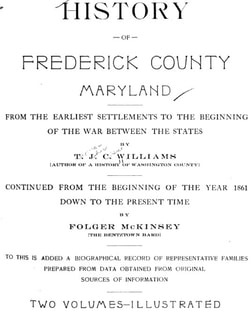 From our database, I learned that Sarah J. Prince, was the daughter of Daniel M. Grumbine and wife Mary Ann R. (Schaefer). I now had a first name and a spouse to go with my mystery man. Sarah was the caretaker of our heirloom portrait, and passed it on to her only son Edwin. Going back in the census records, I began to see a bit more unfold on the Prince and Marsalek family’s “Grandpa Snazzy.” I got the whole picture thanks to a biography/family history sketch of Jacob Allen Grumbine, one of Daniel M. Grumbine’s sons. This important family history review can be found in T.J.C. Williams’ History of Frederick County (Volume II). This book was published in 1910, years after Daniel’s death, but was a Godsend like so many other family histories found in this work. The biography states that Daniel was born on May 15th, 1815, a fact that corresponds to our cemetery records. I learned, however, that his place of birth was Hanover, Pennsylvania. Daniel was the son of Jacob and Margaret Grumbine. Jacob emigrated from the Palatinate area of Germany as a young man and settled in York County, PA where he was engaged in the manufacture of jacks for heavy lifting. He eventually removed to Frederick City where he is said to have started in business “on the site of the present Frederick and Middletown Electric Railroad carbarn.” This site was located on the east side of Carroll Street, north of Carroll Creek. Our subject, Daniel M., apparently had the advantage of a private school education and grew up in the Lutheran religion. He learned the trade of a tailor, and upon the completion of his apprenticeship engaged in the merchant tailoring business in Frederick City in what had once been known as the old Woodward building (of Milton Woodward) eventually owned by C. Thomas Kemp. The biographical sketch says that Daniel occupied this site for a number of years and prospered. Daniel married Mary Ann R. Schaeffer, daughter of Jacob and Susan Schaeffer, on June 10th, 1841. The couple went on to have 11 children, many of whom are buried here in Mount Olivet. Grandpa Snazzy’s children included three buried in his own gravelot here in Mount Olivet, with two others nearby. (1.) Calvin J. Grumbine, (1843-1905) married Mary Burucker (2.) Alice V. Grumbine, the wife of Lewis Burucker, of Baltimore City. (3.) Enoch L. Grumbine, (1847-1924) lived in Baltimore, MD (buried in lot with parents) (4.) Rose C. Grumbine, (1851-1925) lived at Braddock (buried in lot with parents) (5.) Jacob Allen Grumbine (1853-1928) (buried in lot with parents) (6.) Sarah J. Grumbine, (1855-1941) married Thomas C. Prince, of Baltimore (MOC Area G/Lot 189) (7.) Marshal S. Grumbine (1863-1948) of Frederick and buried in MOC’s Area L/Lot 17 (8.) Charles F. Grumbine, (1865-1947) removed to Cleburne TX and buried in Clarksburg, WV (9.) Daniel G. Grumbine, a resident of Baltimore. (10.) Mary M. Grumbine, who is the wife of James McFarland, of Baltimore. (11.) Ella N. Grumbine, married Charles Kehn, of Buckeytown. Williams’ History of Frederick County offers the following passage on Daniel M. Grumbine: “Owing to ill health, he was compelled to remove to the country. He bought a small truck farm from Mr. Schaeffer about three miles west of Frederick on the National pike, at Fairview, now called Braddock. The present owner (in 1910) of this property in J. Allen Grumbine. In 1845, Mr. Daniel Grumbine was appointed gatekeeper by the National Turnpike Company at Braddock, and served in that capacity until his death, May 1st, 1895. When he died , he was one of the oldest employees of the company, having been fifty years in the service.” I found Daniel in the 1850 US Census and found his home in the 1858 Isaac Bond Atlas and the 1873 C. O. Titus Atlas along the National Pike just west of the intersection with today’s Blentlinger Road. In addition to his job of controlling the tollgate, Daniel Grumbine was also appointed a postmaster for the original “Braddock” in the 1880s. As an aside, Mr. Grumbine was a member of the Mason’s Columbia Lodge during his lifetime, and today that same fraternal organization is headquartered on Blentlinger Road, just a short distance away from his one-time home. Our subject died in the spring of 1895 as mentioned earlier. He would be laid to rest in Mount Olivet’s Area H/Lot 354, and is surrounded by the graves of his wife, three children (Jacob, Enoch and Rose) and seven grandchildren. Confederate Row provides a dramatic backdrop looking west, but making it even more picturesque and worthy of a portrait, is the rising Catoctin Mountain which served as Mr. Grumbine’s home for half a century. Daniel M. Grumbine’s life was lengthy, especially for a man of his times. I think about his experiences as a civilian during the American Civil War, and eye-witnessing cavalry and troop movements, both Union and Confederate, ascending and descending Braddock Heights in much the same fashion the locale’s namesake general (Edward Braddock) did over a century earlier. I wonder if “Grandpa Snazzy” encountered the father of famed American jurist Oliver Wendell Holmes Jr. who, in 1862, wrote the book, My Hunt After the Captain? Captain Holmes, a Union officer with the 20th Massachusetts Regiment, had been wounded at the Battle of Antietam and went missing, at least to his family. This prompted a father’s desperate search for his son, and gave rise for the following quote from Oliver Wendall Holmes, Sr. as he gazed upon Frederick for the first time from the vantage point of Daniel Grumbine’s neighborhood: "In approaching Frederick, the singular beauty of its clustered spires struck me very much, so that I was not surprised to find 'Fair View' laid down at this point on a railroad map. I wish some wandering photographer would take a picture of the place, a stereoscopic one, if possible, to show how gracefully, how charmingly, its group of steeples nestles among the Maryland hills. 'The town has a poetical look from a distance, as if seers and dreamers might dwell there." Various writers over the past 150 years have theorized that Holmes's use of the phrase "clustered spires" was the inspiration for John Greenleaf Whittier's opening lines in his 1863 poem "Barbara Fritchie," This was published shortly after Holmes's account initially appeared in the Atlantic Monthly in December 1862. Whittier’s poem was written nine months later and appeared in the same magazine in print in October, 1863. Here's where I see two more interesting connections based on the location of Fairview. The real-life Barbara Fritchie is said to have lived here in close proximity to the toll gate in the early 1800s before moving to her famed home along Carroll Creek in Frederick City. Secondly, it is a pity that we don’t have a photograph or painted portrait of Frederick with its “clustered spires” from this vantage point at the time of the mid 19th century as Oliver Wendell Holmes, Sr. had wished. Keeping with our art theme for this story, noted Frederick painter Helen Smith (1894-1997) lived in the former home of the Fritchies at Fairview, and gave us plenty of “fair” views of Frederick from this locale. More so, I have a portrait of a Fairview resident in my office, but no view of Fairview, or of Frederick, dating from the 1800s. As I repeatedly say on this blog, it is so valuable to have images of those folks here at Mount Olivet, resting under our countless stones and monuments. This is quite a treat to have this gentleman as well. What an interesting life, as he encountered so many others in his work professions as a tailor and turnpike keep. Daniel Grumbine would also see many changes in our country and technology, especially in respect to transportation. More fitting, he experienced numerous trends and shifts in clothing fashion, and this is what he is famous for with that hip nickname of his. It almost makes one ponder how “Grandpa Snazzy” was dressed for his funeral service on May 4th, 1895, three days after his initial death? Well, maybe few, if any, would actually ponder that question. Speaking of pictures and portraits, that brings my curiousity back to the man truly responsible for this “Story in Stone”--artist P. H. Davinport (1803-1890). I found his biography online, published by the Kentucky Historical Society: “Patrick Henry Davenport, who became a noted portrait painter from the 1820s into the last quarter of the 19th century, was born in Danville, Kentucky at the Indian Queen Tavern, which was operated by his parents. Later his father became a brigadier general in the War of 1812. The parents were committed to educational excellence, and the father was a trustee of Danville Academy which the children attended. Patrick began portrait painting in Kentucky on his own at age fifteen, and his art training was not formal, although he may have had some lessons from Matthew Jouett, Kentucky portrait painter. It has also been written that Asa Park, who did a portrait of one of Patrick's brothers, was also an inspiration. As a very young man, Davenport assisted Oliver Frazer in painting the full-length portrait of George Washington at the Old Capitol building in Frankfort. In 1827, he was married at Vicksburg, Mississippi, to Eliza Ann Bohannon, a native of Georgia, and they returned to Danville where they lived with Patrick's widowed mother. Subsequently they had eight children. By that time, his career was already successful because the year of his marriage he had a commission to paint the wife of Kentucky governor Isaac Shelby. To support his growing family, he was, until 1853, the popular proprietor of the fashionable Crab Orchard Springs spa, a fashionable watering place in Lincoln County, Kentucky. However, much of his activity was traveling around to small towns, doing portraits of prominent persons. He worked in Indiana from 1850 to 1870, and then moved to Lawrence County Illinois, near Evansville, where he and his wife purchased a 200 acre farm and lived there the remainder of his life. One of his biographers, Edna Whitley, believed that his work of that period showed declining skill in that it was more anatomically correct but lacking in emotional commitment. From that time, most of his sitters were residents of southern Illinois, many of them neighbors, and he did a number of child portraits. Patrick Davenport died at age 88 at Sumner, Illinois, and was active almost to the time of death. He signed his paintings in various ways: Henry Davenport, P. Henry Davenport, and P.H. Davenport.” Of course, I can add one more variation to that list—P. H. Davinport. I found the grave of our artist in southeastern Illinois in Sumner Cemetery located in the town of Sumner in Lawrence County, Illinois. I also took the opportunity to search for Miss Jessie Raine, the woman I mentioned earlier whose name was written on that brown paper that initially provided the names of the portrait subject (Mr. Grumbine), and its painter (Mr. Davenport). I quickly learned that Jessie Dunbar Raine (1888-1974) was not a relative of Edwin A. Prince and the Grumbines as I had imagined, but instead an artist herself. I found her as a resident of Baltimore living at 1313 Park Avenue in the mid 20th century. I now presume that Jessie was hired to restore the work done by P. H. Davenport over a century before. This was likely performed in 1946, as the reason for the date written at the bottom of the paper placard. I found Ms. Raine’s obituary in the Baltimore Sun, and her body was laid to rest in her family’s plot in Charm City’s Loudon Park Cemetery.  1970 edition of Dapper Dan by Playskool 1970 edition of Dapper Dan by Playskool Finally, I’d like to report that Mary Ellen and Dennis Marsalek are living in “Lower, Slower Delaware” these days, and enjoying their retirement in the same exact state where both my “grandpas” lived and are buried. I recall both these gentlemen, but lost them in my youth. I have to laugh recalling that also in my youth, I had one of those Dapper Dan dolls. My parents got me that in 1970. Who would of thought I’d have another “Dapper Dan” (Daniel Grumbine) on my wall all these years later? I just feeling fortunate to be the latest caretaker of this old National Pike gatekeeper of “Braddock Mountain”—but, I certainly won’t be the last. A few months ago, I stumbled across a tandem of interesting articles in the Frederick News-Post from the fall of 1938 while researching another Story in Stone. These finds featured a most unlikely topic for our “Clustered Spires” home—alligators. Within the clippings retrieved from the paper, I saw that Mount Olivet is the eternal resting place to four leading players in what can be deemed a gold ole-fashioned, reptilian drama. I will tell you about the gator, later. But before I do, I’d like to introduce a few former Fredericktonians to you. I will start with a gentleman, who at the time in question, was working as a fireman and cook at the county jail that once was located in the 400 block of West South Street. This is now the Frederick Rescue Mission. His name was Harold W. “Peck” Roelke, and he lived basically across the street from the old jail and just a few house to the east with his wife, Arittinia Virginia (Burck) Roelke. He was born in Frederick in 1901, the son of Richard and Clara (Brust) Roelke and died in 1956. "Peck" Roelke was a veteran of World War I, and recently received a wreath through the Wreaths Across America program. He is buried in Mount Olivet's Area CC/Lot 99A. You can read more about his life in the obituary below. Another player in this tale of yore was Harry Lucien Ebert. Mr. Ebert lived from 1881-1946, and his name may be recalled in relation to the fine dairy and ice cream establishment he was responsible for creating. He and his wife were laid to rest in Area T/Lot 11, not far from the grave of legendary patriot and Maryland’s first governor, Thomas Johnson, Jr. As a matter of fact, Harry Ebert’s dairy operation was constructed on land that was once part of Johnson’s vast plantation on the north side of the city. The Ebert Dairy and Ice Cream Parlor is long gone as a business, but the structure still stands at 1781 North Market Street, cata-corner from Gov. Thomas Johnson Middle School. Many may recall its use as Letterio’s Italian Restaurant for many years. Since 2011, it’s served as the home of both the Flying Barrel and Monocacy Brewing Company. As for Harry L. Ebert, he resided at 410 South College Parkway in Frederick. In the 1940 US Census, he is living with his wife Mary, brother John, and sister-in-law Mable Dertzbaugh. Since Mr. Ebert’s business plays a role in our story, I want to share a bit more on its history. I’ve been aware of it for quite some time, and have two postcards in my personal collection that illustrate it wonderfully. He started with grocery and confectionary, which became an ice cream parlor. This was located downtown on the corner of Fifth and Market, and later moved to the outskirts along the main road north before there was a US15. In her May 6th, 2018 edition of Preservation Matters for the Frederick News-Post, Christina Martinkosky wrote about the building that many longtime residents knew as the old Ebert’s Dairy Building. “Before the 20th century, farmers consumed much of the milk they produced, with only a portion sold to the nearby community. Ice cream was an inaccessible treat for most people until the mid-19th century, when Nancy Johnson invented the first hand-cranked freezer. By the turn of the 20th century, a new industry emerged, when ice cream production started to shift from the home to local businesses. But distribution was limited, given that the product had to stay frozen throughout its distribution cycle or risk destabilization. The creation of localized milk and ice cream markets in the first quarter of the 20th century coincides with Harry Ebert’s entrance into the industry in 1915. At that time, he was already running a profitable grocery and soda fountain. The new enterprise was branded Peerless Ice Cream and operated out of a 900-square-foot space on the second floor of 505 N. Market St. The business had one employee with an annual payroll of $750. Within the first year, 500 gallons of product were made. Within four years, Harry Ebert was distributing ice cream to some of the largest vendors in Frederick. By the end of the 1920s, the manufactory room at 505 N. Market St. had become inadequate to accommodate further growth. On Dec. 14, 1929, Ebert, along with his two brothers-in-law, Lewis R. Dertzbaugh and Frank M. Dertzbaugh, announced the formation of the Ebert Ice Cream Co. By 1931, Ebert opened the manufactory and dairy bar at 1781 N. Market St., which became one of the largest independently owned ice cream plants in the country. The company employed 45 people to run the plant, which was in operation day and night. When running at full capacity, the manufactory had the ability to produce up to 400 gallons of ice cream per hour. Much of the product was then transported by 10 large refrigerator trucks that delivered within a radius of nearly 60 miles, extending into Virginia, Baltimore and Washington, D.C. The manufactory and dairy bar was an impressive reflection of how significantly the ice cream business had changed since Harry Ebert began his production 15 years earlier. Technological advances and the rise of the automobile changed the way Americans got their ice cream, by taking them out of the ice cream parlors downtown and into roadside eateries on major thoroughfares." In April 1946, after 31 years in the ice cream business, Harry Ebert died at Frederick City Hospital of a heart attack. He is remembered as a founder and president of the Ebert Ice Cream Co. and a pioneer in the ice cream industry. The Ebert family retained ownership of this independent ice cream business until 1961, and the facility continued operations under the Ideal Dairy Co. until 1975, a time when prepackaged ice cream became available through supermarkets and independent manufactories were absorbed into larger businesses. The hero of this week's story was William E. Baer, a resident in the late 1930s of East Sixth Street, 102 to be exact. Mr. Baer is buried in Mount Olivet’s Area SS/Lot 37B. Born in 1920, he was only 18 when the event happened that would put his name in the papers for all the right reasons. In the 1940 census, he is living with his parents (Richard and Josephine Baer) and five siblings. He would pass in 2004 at the age of 84. Mr. Baer's death date of June 13 (2004) resonates with me as he died the day before my father and hero, and both from complications associated with cancer. Finally, I’d like to introduce you to Earl Haines (1908-1981). You can find him in Area LL/lot 65. I had come across Mr. Haines name before as the proprietor of Porter’s Tourist Camp once located on West Patrick Street, a block west of the intersection with Bentz Street. The native Pennsylvanian was assisted by his wife Alberta at their work-home at 503 West Patrick Street. Interestingly, I also have a postcard in my collection depicting Mr. Haines' former business that would be located on the west side of town at the familiar intersection of West Patrick Street and West College Terrace. The lodging for travelers here was started by a man named Herb Porter who sold Earl Haines the business in 1930. I presume the cabins were atop the hill but could have occupied some of the property that makes up Frederick High's football stadium complex. (Please let me know in the comments). Haines also ran a restaurant associated with his former employer (Porter) as well. Now having made proper introductions, I must confess that the true star of the show, once known around town as "Alley," is not buried here in Mount Olivet, but I'm sure you have a good idea for a reason why. I'm not quite sure where he wound up in the end, but I do know that he had quite the adventure in the late summer and fall of 1938. So it appears the newspaper had some fun with the daring escape. Alley was a well-known attraction at the ice cream parlor, not something usually seen in such a place. I have read that small alligators were popular as pets during the time. It was the Great Depression, folks needed an escape. How many Fredericktonians had the opportunity to travel south and see a gator with their own eyes? I found that alligators were living at the White House during the Depression, during Herbert Hoover’s presidency in the early 1930s. Hoover’s younger son, Allan, had two pet alligators that frequented the White House grounds, all the while, amazing and likely terrifying guests. The gators were said to have kept Hoover’s own German shepherd, named King Tut, on edge — not to mention the president’s Secret Service agents! In researching, I'm thinking that our scaly friend received his name because it was an easy play on alligator. However, I also saw that one of the leading newspaper comic strips was that of Alley Oop, a loveable caveman , created by cartoon artist V. T. Hamlin. The following comic appeared about the time of Mr. Ebert's introduction of the Florida native to Frederick. One month later in September (1938), an amazing find by the fore-mentioned "Peck" Roelke drew renewed interest and excitement in the case of the missing reptile. Mr. Ebert may have been happy for his fellow pet-owner Mr. Haines, but the search continued for Alley. As time passed and the seasons changed giving way to colder temperatures, it is likely Mr. Ebert's hopes were waning. Ebert Ice Cream Parlor was booming with the holidays, as was the Plant with its annual Christmas flavors and special "block" (of ice cream) sales. Two days after the day celebrating Jesus' birth, Mr. Ebert received a much unexpected present thanks to the acumen of William E. Baer. A happy ending as Alley was rescued and permitted to "thaw out" at an ice cream plant, which seems like a "just dessert" for the former escapee. As stated earlier, all these players, save the gator, are buried here at Mount Olivet. Some years back, I wrote a story about an alligator hunt thirty years previous. It involved another pet gone rogue in Frederick City's Courthouse Square neighborhood. The two-foot alligator of young Gordon Gaver escaped its domicile at the Urner household, eventually managing to gain entrance to a nearby property on W. Church Street—about fifty yards to the southwest, the home of Mrs. Henrietta Maulsby. A domestic servant got the surprise of a lifetime, finding the gator resting in a coal bin within Mrs. Maulsby’s basement. A police officer was summoned and aided by a young neighbor. The twosome successfully apprehended the sharp-toothed reptile after a three-hour standoff in which the said fugitive hid underneath a wood pile. Unfortunately, the alligator fell prey to vigilante justice as he was clubbed to death. Fifteen year old Gordon learned a tough lesson that night. However, Gordon Gaver (1904-1964) would make a career out of owing and displaying exotic pets as he later opened the Jungleland Serpentarium along US 15 below Thurmont. This would eventually become the Catoctin Mountain Zoo and Wildlife Preserve. Mr. Gaver is buried in Mount Olivet's Area Q/Lot 83. I wanted to wrap up the story with checking on any alligator-inspired gravestones. Although we can't claim any here in Mount Olivet, I did find a unique one in Jacksonville, Florida. It belonged to Joseph "Alligator Joe" Campbell (1872-1926), the originator of alligator farming in America and the owner of the former Florida Alligator Farm in Jacksonville. His unique grave marker can be found in Evergreen Cemetery in Jacksonville. A 2006 River City, FL News article provides the following information about "Alligator Joe:" "Joe's real name was Hubert and he was born in India in 1872, his father a decorated English officer. His passion was alligators and after his Wild West days and a stint of ostrich riding and training, he chose to live in Jacksonville, where, for all his showmanship, he was a well-respected naturalist. Due to the drainage of the Everglades and other state development, 2.5 million alligators were reportedly killed in the 1880s. Commercial hunters and gun-happy tourists helped decrease the population. There seemed to be no better fun than killing gators while cruising on a steamboat. Although Campbell also hunted alligators, because he feared their extinction he merged with Jacksonville's ostrich farm, the best in the country. By adding his gator collection to the lanky menagerie, he could study and breed both species. In 1912, when 200 ostriches strode into their new billet at Phoenix Park, Alligator Joe and his patient pod of gators were already awaiting the bubble-bottomed birds. This lively tourist destination, Florida's original theme park, percolated east of Jacksonville at Talleyrand Avenue, near Evergreen Cemetery and the river. Ostrich racing was a great sport of the era as contemporary ads and postcards indicate. So, to prevent hurt feelings and jealousy, Campbell likewise trained his gators to race and to carry riders. The alligators' education extended to climbing and to waltzing. While the reptiles and ostriches were not competitive, they spent little time together, promoting ostrich longevity. In 1907, the Dixieland Park exposition and resort opened at the ferry landing in South Jacksonville, where Alligator Joe, some ostriches and alligators, together with electric fountains, burros, bands and theater productions, were major attractions. The reptiles climbed ladders, slid down chutes and carted children on their broad, rough backs. Campbell was also becoming famous in the movies and newsreels for his alligator shenanigans and study of the creatures. In 1916, the Ostrich Farm and Alligator Farm, in some queer arc, shifted across the river to South Jacksonville on the site of the Aetna Insurance building, originally Prudential Insurance. Campbell and his wife, Sadie, lived on a houseboat near the southern end of the future Main Street Bridge." In later years, Campbell wrote a pamphlet about alligators, which included explanations of his life and work. His early gator farming was in Palm Beach, Arkansas and California. By the time he developed his Jacksonville enterprise, hoping to discourage their cannibalistic tendencies, he separated his alligators by size into pens of 200 head, numbering in the thousands. Alligator Joe died in 1926 at the age 53. His life story is certainly captured in stone.
It’s hard to believe a man of such humble beginnings would be laid to rest and memorialized under one of the finest monuments in Mount Olivet Cemetery. He began his career as a rail hand for the Baltimore & Ohio Railroad, working in Martinsburg, Virginia in the late 1850s (It wouldn’t become West Virginia until 1863). A decade later, he was one of Frederick’s most savvy businessmen and “hospitable” hosts. His name was Frank B. Carlin, and although his name isn’t remembered by many in the annals of town, the hotel businesses he helped grow are often referenced in context to Frederick of the late 19th century. These were exemplary of Frederick’s age-old role as a true travel crossroads and destination, and set the bar for our hostelry trade and an eventual successor—the Francis Scott Key Hotel. Born in Frederick in the year 1835, Francis “Frank” Brengle Carlin was the son of James Carlin and Eliza A. Hemsworth. James worked as a plasterer, but would be appointed one of the corporation’s town constables in 1826. He held that position for many years and worked closely with fellow constable (and later sheriff) Francis Brengle, after whom he would name his son. Young Frank Carlin eventually relocated to Virginia and worked for the railroad as earlier mentioned. He returned to Frederick often, including mid-February, 1858 when he married Ann Cecilia Sheppard (b. 1837) in Frederick’s Old German Reformed Church parsonage. Frank likely moved back to Frederick because his wife inherited a property (at what is now 237 and 239 East Church Street) from her aunt, Mary Gonso, in 1859. They relocated the following year. (As an aside, they would mortgage the property several times in the 1860s, and Ann Cecelia's executor finally sold it to early town realtor Gilmore Flautt in 1917.) The couple had their first child, Minnie, in 1860. Sadly, she died in infancy that same year. A second child named Francis Sheppard Carlin came in 1862. Frank entered into the tobacco business here in Frederick, operating a shop on the east side of the City Hotel and located in the first block of West Patrick Street. This famed hotel had been a principal place of lodging for nearly six decades, having been built in 1804 and originally operated by Mrs. Catharine Kimboll. It would be purchased by Col. John McPherson and John Need in 1861, and later by Allen G. Quynn and I. Alfred Ritter. The cost of the latter gentlemen’s purchase in 1867 was a whopping $19,000. Dating back to Mrs. Kimboll’s tavern, this locale continued to carry the reputation as serving as the principal inn of town, and was about to get better thanks to our subject. Being next door to the City Hotel was quite lucrative for Carlin’s tobacco emporium. He likely learned a great deal through his interactions with the City Hotel’s staff and ownership, as he regularly served its patrons with his cigars and other like products. This was the turbulent period of the American Civil War, and Frederick certainly experienced this conflict to the fullest. I have seen Frank referred to as Colonel Carlin and was curious as to whether our subject served in the war itself? This was not the case as I learned that he never was in the military, the colonel sobriquet was simply an honorary title. As for the Civil War, I discovered a draft register which showed a notation that Frank had a lame leg. Perhaps this was an old injury suffered on the railway? Regardless, Frank Carlin’s lame appendage did not hold him back in the employment realm as his upward trajectory was continuing at a fast pace. I found it very fitting that his surname of Irish origins translates to “little champion.” An interesting aside found in the old papers was an advertisement involving Frank Carlin in a bit of hot water with Maryland authorities. Apparently the state had brought suit against him for operating an illegal billiard table. The matter was to be decided by the governor, but I didn’t succeed in learning the final outcome. I'm guessing that the billiard table in question was located in a back room at the cigar store of Mr. Carlin. I next found his name associated with saloons and "the choicest liquors" in 1866. To my surprise, Frank Carlin was working with another hotel that was located around the corner from his shop. In fact, he was now the proprietor of the Dill House. This structure once stood on the southeast corner of North Court and West Church streets. In searching back through past Stories in Stone, I realized that I have referenced Frank B. Carlin several times in relation to these upscale eateries and also this hotel that would later take Frank’s name—the Carlin House. Soon, this experience would gain Carlin employment with the City Hotel, Frederick’s most famous “downtown hotel” of the 19th century. In September of 1867, Frank B. Carlin was given the job to manage the City Hotel as the fore-mentioned owners performed renovations, which primarily consisted of the addition of a fourth story in the fall of 1867. The old newspapers of Frederick included advertisements for this outstanding town traveler amenity in each and every edition. The proprietor, Carlin, penned many of these glowing testimonials himself. The newspapers also carried reports of special banquets, dinners and other notable occasions held at the hotel under the watchful eye of Mr. Carlin, who gained the moniker of “Mine Host,” which was most likely a play on the German “Mein Host” meaning “My Host.” The City Hotel’s restaurant would hold different names over the years. During Mr. Carlin’s association, the restaurant was known as “the Gem” and later, “the European House.” Carlin continued managing both hotels through the 1870s, making him without a doubt, Frederick’s “Champion Hotel Keeper” as an 1879 news clipping referred to him. I particularly took note of Mr. Carlin while researching a former article of mine written about the booming oyster saloons of Frederick. I stumbled upon the personage of Job K. Sheppard. This gentleman served as hotel clerk at the Dill House in the early 1870s and was Frank Carlin’s brother-in-law (Ann Cecilia Carlin’s brother). I assume Carlin hired (and mentored) Job Sheppard for this post. There was a very good relationship between these two men, and you could say at one time they practically controlled the hospitality district situated in the 100 block of North Court Street which was book-ended by the Dill House/Carlin House to the north, and the City Hotel to the south. In the middle of the street would eventually be a popular oyster bar/dining house managed by Job Sheppard in 1885. All can be seen to the left side of the map below. I also found that Mr. Sheppard was listed as a brewer in the 1880 census, and among the first restaurateurs in town to carry a familiar beer that is still with us today. The Carlins can be found living at the City Hotel in the 1870 US Census. Frank was involved in other local activities, notably the Junior Fire Company and the Great Frederick Fair. He would also throw his hat in the political arena. By 1880, Frank and Ann were residing at the Carlin House, a year after Frank took over management here. One notable name absent in the 1880 census record was that of little Frank S. Carlin. He had passed in 1874 and was buried with his infant sister in Mount Olivet’s Area C/Lot 163 & 112. (Minnie’s grave is unmarked). The Carlins bought, and sold, several properties in the 1880s. Notably, they purchased 5.8 acres along the south side of West Church St. in 1881 from the heirs of Gideon Bantz. (Based on the sale ad for Ann Carlin's properties after her death, she built houses on this property that are now 132-140 W. Church. Ann bought what is now 144 W. Church in 1895. These were all rental properties.) Frank was quite ill in the spring of 1882, as he had been diagnosed with Bright’s disease. This malady is an archaic term for what is now referred to as nephritis—an inflammation of the kidneys, caused by toxins, infection or autoimmune conditions. It is not strictly a single disease, rather a condition with a number of types and causes. Frank B. Carlin would finally succumb to this malady on June 27th, 1882. Ann Carlin took over his husband's duties of management for both hotel properties. Frank and Ann never owned the City Hotel property, as it was held by Allen Quynn and John Ritter. After Carlin's death, Ann bought a number of other properties. In 1884, she bought 620 N. Market Street (now a parking lot). She bought the Carlin House property in 1886 from Lewis H. Dill, and sold it in 1888 to canning factory proprietor Louis McMurray, who had been leasing it from her. In 1886, Ann Carlin also bought a store on the north side of West Patrick Street to the immediate west of the City Hotel. (This property was later sold to the Frederick Hotel Company which would eventually construct the Francis Scott Key Hotel in 1921-22.) As for the Carlin House, it later took the name of the Park Hotel and soon would disappear from the Frederick landscape, making room for a stately Y.M.C.A. building. Interestingly, in 1888, Job K. Sheppard was given the "job" as manager of the European House, the elegant dining hall associated with the City Hotel. Allen Quynn's heirs and I. John Ritter sold the City Hotel in 1890 to Tilghman Hersperger and Thomas Harwood. The hostelry would receive a makeover under its new ownership and would afterwards become known now as the New City Hotel. The European changed hands as well and would come to be known as "The Buffalo Hotel and Restaurant." Job Sheppard proudly served here until his untimely death (at the restaurant) in 1895. His sister, Mrs. Ann Cecilia Carlin, would have him buried in her family lot in Mount Olivet with her husband and two children. Ann Carlin apparently lived in the New City Hotel until buying a house at 213 S. Market St. in 1909. The savvy businesswoman died at this location seven years later in 1916. The Carlin Family plot and monument in Mount Olivet is certainly one to behold. It particularly looks majestic against a palette of spring or fall colors. I, however, decided to share recent photographs of it in its current attire in the heart of winter. My research assistant Marilyn Veek obtained both Frank and Ann's final will and testaments. Of particular interest to me, were directions pertaining to the Carlin’s final resting place. The first item in Frank Carlin's will is a bequest of $100 for Mount Olivet to invest and use the interest to keep his burial lot, grave stones and shrubbery in good repair. The first item in Ann Carlin's will directs her executor to place a footstone in Mount Olivet like the one already in place for Frank. She also left $500 to Mount Olivet to invest and apply the income for the upkeep of her monument, curbing and foot-stones and other parts of the family lot, replacing whatever needs to be replaced. She also left Emily Sheppard, widow of her brother Job Sheppard, the sum of $500. Ann Cecila Carlin’s properties were eventually sold at public sale. If anything else, the Carlin gravesite in Mount Olivet’s Area C is certainly that fit for “a little champion,” a man whose monument stands out among the surrounding landscape just as prominent and stately as did the old City Hotel and Carlin House in days of Frederick’s past.
  I’m going to try to tell you this “Story in Stone” at “the speed of light.” And speaking of light and dark, it’s hard to imagine Downtown Frederick without radiating brilliance unless, of course, you visit Mount Olivet Cemetery after sundown. With my old friend Ron Angleberger (owner/operator of Maryland Heritage Tours), we regularly guide people through the cemetery on candle-lit history sojourns in late fall (and certain other times of year). Ron is the true veteran, however, as he has been leading the Downtown Ghost Tours of Frederick for over two decades. The nocturnal ambiance is a little better for cemetery tours, but the side streets of the 50-block historic district make for a perfect backdrop for some pretty cool and chilling tales about people and events from the past. Another unique night-time feature of Frederick City is the fact that our beloved town mascots, the “clustered spires,” forever keep alive the legacy of Barbara Fritchie and the nonagenarian’s supposed interlude with Gen. Stonewall Jackson and his “Rebel horde” back in September of 1862. With the holiday season, our seats of city and county government are illuminated, as are the main thoroughfares of town (Market and Patrick streets) with annual decorating of trees with string lights. Frederick becomes a “festival of light” to use a well-worn cliché. Even the “old town creek” is lit, hosting the maritime players of “Sailing Through the Winter Solstice.” 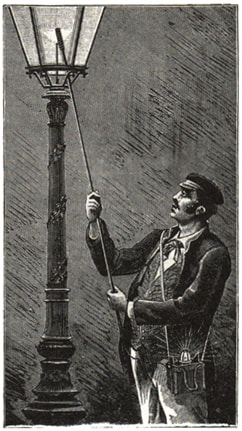 Believe it or not, there once was a time when Frederick was “in the dark.” Certainly not figuratively or intellectually, but plain and simply devoid of light. People utilized candles by necessity, and it’s nice to see faux, electric candles these days in so many historic homes as part of holiday decorations. This gives us a glimpse, or should I dare say a “flicker” of what the scene may have resembled in the 1700s and early 1800s. Prior to the 1800s, lighting of streets was confined to only the most prosperous of communities, and was provided by torches or lamps which burned oils rendered from animal fat. While animal fat lamps were a blessing, they were also a curse, requiring daily scraping and cleaning to remove gummy deposits. With the exception of reflectors to diffuse (spread out) or concentrate the light, few improvements occurred in lamps until the late 1700s. In the 1780s, a Swiss chemist named Aime Argand invented a lamp with the wick bent into the shape of a hollow cylinder. Such a wick allowed air to reach the center of the flame. As a result, the Argand lamp produced a brighter light than other lamps did. Later, one of Argand's assistants discovered that a flame burns better inside a glass tube. His discovery led to the invention of the lamp chimney, a clear glass tube that surrounds the flame. During this period, whale oil, because it burned with less odor and smoke than most fuels, and colza oil, an oil from the rare plant, became important fuels for lamps. As a result, a thriving whaling industry developed to provide whale oil for lighting. In the United States alone, the whaling fleet swelled from 392 ships in 1833 to 735 by 1846. At the height of the industry in 1856, the United States was producing 4 to 5 million gallons of whale oil annually. Frederick finally “saw the light” in the spring of 1832. A town ordinance authorized the installation of 36 oil lamps. Up until this time, those venturing onto the unpaved muddy streets at night had to take lanterns with them, or rely on the lamps shining from store windows or taverns. Enter two former residents who were given the job to show others the way. Frederick diarist Jacob Engelbrecht introduces us to them with a journal entry dated May 21st, 1832: “City Lamps. The corporation of Frederick some months ago appropriated money for the erection of lamps at the different squares in this City. They are, I believe now completed and this might well be for the first time. Mr. Clement Hilton and Mr. John Haller have been appointed Superintendents or lighters.” Now again, these were strictly oil lamps at the beginning. The lamplighter was employed to light and maintain the candle, whale oil and, eventually, Kerosene, known in those days as "Coal Oil", which was much easier to produce, along with being cheaper and smelling better than animal-based fuels when burned. Kerosene also did not spoil on the shelf as whale oil did. Gas lighting would become a reality in the late 1840s, and that is a story for another day and was spurred on by another Mount Olivet resident. Lights were lit each evening, generally by means of a wick on a long pole. As depicted below, a lamplighter is climbing a ladder to replenish the oil in the light. At dawn, they would return to extinguish the light. Early streetlights were generally solid candles or oil (and similar liquids) with wicks. These methods would eventually give way to gas lighting. So, I went in search of our first lamplighters. I didn’t learn much about their lives, but I did find their final resting places here in Mount Olivet. John Haller is buried in Area D/Lot 52 with his wife Mary Magdalene (Brown). He was born in 1796 and the couple lived in Bentztown, the area of Frederick around the intersection of Bentz and Patrick streets. Haller died relatively young at age 36, a victim of a cholera epidemic that ravaged the city (and country). Unfortunately, John Haller's time on the job was relatively short as his death date is September 22nd, 1832. Originally buried in the town’s Lutheran graveyard on East Church Street extended, he would be re-interred here in Mount Olivet. Mr. Clement Hilton, on the other hand, had a bit more longevity to offer in terms of life story. Clement G. “Clem” Hilton was born May 31st, 1779. He was the son of Thomas Francis Hilton, who had connections to Washington County, Maryland. Clemm married Ann Maria Christina Herrlein (1772-1833) on September 12th, 1800. The couple are buried together in the unique Area NN of the cemetery. This is where three local congregations removed decedents from the former Presbyterian, Methodist and Lutheran graveyards of town for reburial here around the turn of the 20th century. The Hiltons were part of the Evangelical Lutheran congregation who had two cemeteries on East Church Street, the original behind the historic church and stretching to East Second Street. The one in question, however, was the second burying ground that once existed on the site of today’s Everedy Square. More specifically, this cemetery was located on the southeast corner of East Church Street (extended) and East Street, across from today’s Frederick Coffee Company. The bodies, and tombstones, of Clem and Ann Maria Hilton appear to have been moved here in 1907, and are placed tightly next to one another, along with other remains that hail from the ancient Lutheran burial ground. Outside of that, Clement can be found in the early census records of town, but it’s been hard to discern his occupation until that of town lamplighter in 1832. Through Ancestry.com, I found that the couple had seven known children mature to adulthood, four of which I definitively found buried here in Mount Olivet. These include Ann F. (Hilton) Cole (1803-1877) in Area R/Lot 98; Henry Konig Hilton (1805-1887) in Area B/Lot 104; Susan Columbia (Hilton) Young (1810-1849) in Area B/Lot 123; and Rosanna E. (Hilton) Boyer (1817-1847) in Area NN/Lot 124. The other three Hilton children are Elizabeth R. Hilton (1800-1856), Mary Polly Hilton (1815-1886) and William Herrlein Hilton (1811-1849). I’ve exhausted my search on Elizabeth, was frustrated with my attempt to find Mary Polly, and William Herrlein gave me three options within the cemetery, but the birthdates are from the next generation down (being in the 1840s and 1850s). One of these was a local celebrity of sorts, or at best a town character, who was the son of the fore-mentioned “missing Mary Polly Hilton.” As for Clem’s son William Herrlein (also referred to as William Henry Hilton), I learned that he married a Baltimore girl in Charm City, and actually died in Washington, DC. An obituary says he was brought home to Frederick to be buried in the Lutheran Graveyard. My research assistant, Marilyn Veek, found that in 1831, Clement Hilton was indebted to his son Henry for $105, so to secure that debt he sold Henry a cow, a desk, a ten plate stove, four bedsteads, four beds and the necessary bedclothes, three shoats (young pigs), eight chairs, two tables, one looking glass, one meat tub, one large iron pot, a kitchen cupboard, three washing tubs, and all his kitchen furniture. The sale would be void if Clement paid off the debt in two years. Although the deed is marked "paid", Henry sold essentially the same list of items in 1836 to his older sister Elizabeth, to secure his debt of $125 to her. That debt was also paid off. Ann Maria Hilton died in 1833 at the age of 62 and was buried in the fore-mentioned Lutheran graveyard on East Street. As for Clement, Jacob Engelbrecht makes mention of additional appointments as lamplighter over the next few years. In 1834, he would be given the additional honor as “market master.” This has nothing to do with stocks, but more with the town Market House constructed in 1769. He was the supervisor of the Market House, which once stood on the site of today’s Brewer’s Alley Restaurant. This structure (and Market Space behind) was the mall of its day, containing stalls that could rented for people to sell their products to the town citizenry. This primarily consisted of farmers and butchers selling their food products. Scales could normally be found here as well in order to measure crop items such as hay, wheat and barley for resale. The Market House was also the home of early offices for the town of Frederick, and I read recently that a school for girls was conducted here at one point in the late 1840s. By 1835, Clement Hilton’s sole job was that as Frederick’s market master. In time, he would be given an additional assignment as town messenger. The Corporation appointed him to both posts for consecutive years culminating in March, 1846, two months before his passing on May 21st of that year. Clement Hilton was well respected in Frederick, but must have earned a positive reputation outside of town, as I found his obituary in the Baltimore Sun newspaper. Clement Hilton’s son, Henry Konig Hilton, never owned property either, but daughters (with unknown gravesites) Mary and Elizabeth Hilton certainly did. In 1850, they bought a property at what is now 232 East Church Street, which Mary sold in 1871. Pictured below, it is within arms-reach of the Old Lutheran burying ground that would hold their parents—temporarily of course. After residing on Church Street, Mary apparently lived in the United States Hotel, where she died in 1886. This building was located on the southwest corner of All Saints and South Market streets, and still stands today. Mary should be here in Mount Olivet, but I can’t find her grave in our database system. We have a Mrs. Hilton in the mass grave in Area MM which includes re-interments from the All Saints Protestant Episcopal Cemetery brought here in 1913. However, the only bit of information captured from an ancient tombstone (which no longer exists) was that this woman died on November 11, 1821. This is not our Mary, but could it be Clem’s mother? Presumably born in 1732, I doubt it, but could be wrong. I’d love to be able to identify the woman therein. I strongly think Mary Polly Hilton was buried at the Lutheran Cemetery, but had no gravestone, and was unfortunately lost in the move. A gentleman named Bill Hilton created a FindaGrave.com memorial page for her connected to our cemetery back in 2012 (Mary Hilton (1815-1886) with appropriate links to other family members we have discussed here. Perhaps Bill Hilton had information, or family lore, that we don’t? Our main precursor for a burial is an interment card, which we don’t have for Mary Polly Hilton. In doing a little more genealogy in my search for Mary Polly Hilton’s gravesite, I came up with the fact that she had a son. However, this gentleman would continue the family name of Hilton and was named for his maternal uncle who I theorize lived, died and is buried in Baltimore or DC. I could not locate a father, who may, or may not, have married Miss Mary Polly Hilton. The child, William Herrlein Hilton, has also turned up as William Hugh Hilton in certain records. He was born on New Years Eve of 1841. In addition to being a “Baby New Year,” I soon realized that I had made a connection to a gentleman I had stumbled over before. He is prominently pictured in one of the Historical Society’s photo books, and was the subject of a Frederick Magazine article in 2004. He is best known as “Uncle Billy,” and pulling on the holiday theme, I don’t know if his was truly “a wonderful life.” This gentleman appears in the early census records as an apprentice shoemaker in 1860, and a barber in 1863 (Civil War Draft information) and 1880. I’m assuming he received an education in local schools, but can’t be sure, along with living with his mother and aunt on East Church Street. I also found that he married Miss Emma Melissa (Kimmell) Hilton (1851-1898) on January 3rd, 1888, and had a son. Maurice Clement Hilton was born in 1893 and moved to Pennsylvania where he spent the bulk of his life. Upon his death in 1916, he would be laid to rest in Mount Olivet next to his mother. Unfortunately, we don’t have the 1890 census to assist us with William H. “Uncle Billy” Hilton’s profession. I couldn’t find him in 1900 or 1910 either. I do know from several newspaper articles of the 1890s that he had given up his clipping shears for baker’s whisk and mixing bowl. He was known near and far for his flour-based creations. Uncle Billy Hilton was also captured in the poetry of Folger McKinsey, the Bentztown Bard who started his career in Frederick and transferred to the Baltimore Sun. We are lucky to have two photographs of Uncle Billy. The first is part of Heritage Frederick’s amazing collection and was taken by Charles Byerly. It is featured in Frederick County Revisited, published by the Historical Society of Frederick County (aka Heritage Frederick) in 2004 with the caption included. Another photo was included with the 1976 Bicentennial supplement of the Frederick Post. A story told of Uncle Billy’s unique operation of selling pretzels around town. He was certainly a town legend of yesteryear—maybe not holding the national prestige of Bryan Voltaggio, but in a time without radio, television and social media, he was pretty darn close on the local level. Uncle Billy also had flaws, and this was well known. He was frequently drunk and had mishaps that were covered in the paper. He continually made trips to the Montevue Hospital and home north of town. One such event led to a rumor reporting that Uncle Billy was dead. This was quickly debunked. Billy Hilton did get really sick in 1914 and passed on August 10th, 1914. He outlived his mother and wife, and apparently was estranged from son, Maurice Clement in Pennsylvania. It was thought that “Uncle Billy” would be buried in a pauper’s grave at Montevue. However, Frederick’s sitting mayor (Lewis Fraley) and a leading attorney (Leo Weinberg) could not let such a “shining light” as “Uncle Billy” not be buried in Mount Olivet. They would garner the amount necessary ($35) to bury Uncle Billy with dignity in proximity to other relatives. “Uncle Billy” Hilton is in Area M/Lot 26. This particular part of the cemetery, north of Confederate Row, was once called “Stranger’s Row.” This was a place for destitute individuals and unknown guests to town who unfortunately expired while here and far from family and native homes. He has never been given a gravestone, but his mortal remains are here among others of the same plight. As Hilton family member’s “life lights” were illuminated, they were also naturally extinguished in due time. The same fate will soon take the beautiful holiday lighting from our homes, city streets and creek. But don’t worry, there’s always next holiday season in 11 months, and it will be here in a flash.
2022 is coming to a close. I’ve heard so many friends of late long for the proverbial “good-old days” when our lives had the backdrop of happiness, and a less stressful existence, or at least the power to make it that way. The New Years holiday of my youth and younger days came with less personal responsibility of course, but capped the "hap, hap, happiest time of the year," and gave us pause to reflect over the past 365 days with admiration of the accomplishments, events, blessings and, most importantly, interactions with fellow humans. Robert Burns’ immortal song “Auld Lang Syne” is synonymous with New Years Eve, as it can be commonly heard at the stroke of midnight. The title translates to "times long past." Believe it or not, this tune was once a popular choice sang or played at funerals as well. It is quite fitting because the song begins by posing a rhetorical question: “Is it right that old times be forgotten?” The answer is generally interpreted as a call to specifically remember long-standing friendships and, in particular, those friends. Alternatively, the word "Should" may be understood to mean "if" (expressing the conditional mood), referring to a possible event or situation. Regardless, in this era of chaotic world events and cancel culture, we frequently chose to forget, villify or discount people, places and happenings. As a professional historian and "memorialization lobbyist," I protest the erasing of the past. We must always remember and take life lessons from past events and those involved. Perhaps as a cemetery employee, it may seem trite to share with you that my favorite quote is one from the German philosopher Friedrich Nietzsche: “What doesn’t kill you, makes you stronger.” Challenges and discomforts should be remembered just as much as triumphs as part of the total human experience. They should stick with us, be learned from and continually inspire us. They can provide support and confidence for future situations, often having the ability to provide answers if we utilize our heads to think critically. We can figure out anything over time. Working in a cemetery, I often hear the term "soul" bantered about, which is defined by Merriam-Webster as "the immaterial essence, animating principle, or actuating cause of an individual life. This is the spiritual principle embodied in human beings, all rational and spiritual beings, or the universe." In layman's terms, your soul is the part of you that consists of your mind, character, thoughts and feelings. Of course from a religious or spiritual bent, many believe that your soul continues existing after your body is dead. This is why the song "Auld Lang Syne" has the power to stir emotions galore, especially on this last day of the year, if you allow yourself to follow its instruction. That in mind, (both literally and figuratively), I am fortunate to research and explore the events and souls of our past through the portal of gravestones resting above the mortal remains of people that lived in "times long past." For this week's story, I decided to look deeper into Frederick's history and former residents as it pertained to our current holiday by exploring the scene through the lens of those living in it "real time." I arbitrarily chose to pick New Years Day, 1873—150 years ago. In a way, we have certainly come so far, and have a tendency to dismiss those situations and people of yesteryear because we have technological advancements those people could likely never have dreamt of. That said, we possess the tools to immediately access the most powerful gift of all, information. However, we seem to think that our smartphone (and its litany of apps and access to the worldwide web) is the key to everything. It is a great help, but we need to keep in mind a way to work without it from time to time. What is paramount is an individual’s brain, and the opportunity in all of us to think critically. This is not only the impetus responsible for creating the universe of gadgets around us, but the key to using said technology and advancements for the best and enlightening purposes to assist in informing and entertaining mankind. People of past times had brains too and could critically think as well, and did not have the crutch of a smartphone in their back pocket to Google any answer they desired. They had ingenuity, a term seldom used, but one I employed to title my college application essay to the University of Delaware back in 1985. Defined as the quality of being cleverly inventive or resourceful, I learned this word, and moreso concept/quality, from my parents, teachers, and friends as those several generations before had done. We also sought answers from these things called books, and if not available, we sought out other human beings that were labeled as “well-read" and knowledgeable. To get a flavor of the year 1872 from a world perspective, read Jules Verne's adventure novel Around the World in Eighty Days as it was published in that particular year. (Note: PBS aired an 8-part series based on this work in in January 2022.) Here are just a few of the "headlines" of that particular year: *February 20 – The Metropolitan Museum of Art opens in New York City. *March 1 – In the United States, Yellowstone National Park (once dubbed "Colter's Hell" after John Colter, of the Lewis and Clark Expedition) is established as the world's first national park. *March 26 – Lone Pine earthquake shakes eastern California in which 27 people are killed and 56 injured. *The magazine Popular Science is first published in the United States. *May 10 – Victoria Woodhull becomes the first woman nominated for President of the United States, although she is a year too young to qualify and does not appear on the ballot. *May 22 – Reconstruction: U.S. President Ulysses S. Grant signs the Amnesty Act of 1872 into law, restoring full civil rights to all but about 500 Confederate sympathizers. *July 4 – The Society of Jesus is pronounced illegal in the German Empire. *September 26 – The first Shriners Temple (called Mecca) is established in New York City. *The Virginia Agricultural and Mechanical College begins its first academic session (the university is later renamed Virginia Tech). *The first case is reported in Toronto, Ontario, Canada, of the Great Epizootic of 1872 (equine influenza, or the "horse flu") which will substantially disrupt life in North America by mid-December. *November 5 Ulysses S. Grant defeats Horace Greeley in the 1872 United States presidential election Women's suffrage: In defiance of the law, American suffragist Susan B. Anthony votes for the first time (on November 18 she is served an arrest warrant, and in the subsequent trial is fined $100, which she never pays). *November 9 – Great Boston Fire of 1872: In Boston, Massachusetts, a large fire begins to burn on Lincoln Street (the 2-day disaster destroys about 65 acres of the city, 776 buildings, much of the financial district and causes $60 million in damage). *November 13 – Claude Monet begins painting Impression, Sunrise (Impression, soleil levant, the painting that will give a name to Impressionism) as viewed from his hotel room at Le Havre in France. *November 29 — American Indian Wars: The Modoc War begins with the Battle of Lost River. *November 30 – The first international Association football match to be recognized (retrospectively) by FIFA as "official" takes place at Hamilton Crescent, Scotland; the result is Scotland 0-0 England. Earlier international football matches had already taken place in 1870, in 1871 and again in 1872 at the Oval, London. *December 21 – Challenger expedition: HMS Challenger (1858) sails from Portsmouth, England, on the 4-year scientific expedition that lays the foundation for the science of oceanography. Interestingly, both presidential candidates had visited Frederick, and particularly the Great Frederick Fair, in previous years. Ulysses S. Grant came in 1868 and 1869. His competitor in the 1872 election was the man who first uttered the famous quote: "Go west young man." This was Horace Greeley, the famed New York Tribune newspaper editor. Greeley delivered the agricultural address in 1871. In addition, it was during this year of 1872 that universal public schools were called for and a few legendary Civil War heroes, with special ties to Frederick, died. One of these was the impetus for our very own National Museum of Civil War Medicine, Dr. Jonathan Letterman, American surgeon, and "father of battlefield medicine" (b. 1824). The other was Gen. George Gordon Meade, who was given charge of the Union's Army of the Potomac at Prospect Hall just days before the Battle of Gettysburg. Both men had traversed the city streets of Frederick a decade earlier. I often get lost in reading old newspapers, something that can be accomplished with a remarkable technological advancement of its time—microfilm. I have to admit that I am also spoiled to have the ability to read old newspapers online with subscription services to historic editions of local newspapers. Perusing vintage papers remains one of the most rewarding pursuits for knowledge, information and entertainment for me, and I feel like a time traveler who, of course, knows the future that these individuals did not know yet at the exact time of publication. Now let's get back to the star of this article, the January 1st edition of the Frederick Examiner newspaper. Here was the editor’s note of good cheer for the new year, as he summed up the past one. The last line of the article states a firm purpose, “one that the gift of a new lease of time will fulfill every duty and for the health, peace and happiness of our fellow beings.” I love that sentiment and wish that for all in the upcoming year. I couldn’t find out what exactly happened at midnight, perhaps church bells were rung? Even though he may have been around then, Dick Clark did not provide a Rockin’ New Year’s Eve because there were no televisions, radio, or Rock ’n’ roll for that matter. Of course, I kid, as Dick Clark was not born until 1929. But I am so thankful that I had him usher in new years for me from 1972 until 2012. I bet Downtown Frederick had revelry, drinking and caroling. Apparently, the town hosted an annual masquerade parade on New Years Day according to an article in the 1873 edition. I’m sure it was a far-cry from Pasadena’s Rose Parade, but it was exclusively Frederick, and that’s all that counts. I wanted to make connections to the cemetery with this exercise, and I found five great ones. As a matter of fact, I soon pictured myself in mind in a terrific vantage point—standing in Mount Olivet’s Area D, up near the Key Memorial Chapel. I have included the map below as a guide because I know most readers don’t see the cemetery like I do as a series of lettered Areas and numbered lots. In the Frederick Examiner on the date in question, I naturally found a few obituaries of Fredericktonians that would be soon buried here. Mind you they didn’t die on January 1st, as this was the January 1st edition published a day earlier due to constraints of the time. The weekly paper did not have the means of including up to the minute obits, and lacked the high-tech publishing and delivery methods as well. Two decedents of that last week of December included William Blake and George Murdoch. Mr. Blake was born August 11th, 1827 and died on December 30th, 1872. William Blake was laid to rest in Area H/Lot 87. Although this is a few hundred yards distance from George Murdoch’s final burial place of Area G/Lot 49, its very close to Murdoch’s first “home” in Mount Olivet as one learns from reading George Murdoch’s obituary in the January 1st Examiner newspaper of 1872. Mr. Murdoch passed on Christmas Day of 1872, but with the ground being too hard to dig because of snow and cold weather, his body would be placed in a new accommodation to the cemetery in 1871—the Public Vault. This building once stood on the fore-mentioned site of the Key Memorial Chapel. This structure kept loved one’s bodies in cold storage until better weather for hand digging as there were no ditch witches and mechanical apparatus at the time to dig graves in the frozen ground. Sometimes, families had to wait until the spring thaw for the proper burial of their decedent in the family lot. The Public Vault slowly lost its importance and necessity in the early 1900s as the cemetery acquired mechanical digging means. This gave way for the construction of a mortuary chapel at the request of cemetery lot-holders who desired the opportunity to have a dignified indoor service on cemetery grounds. You may recall that most wakes of the earlier time period occurred at the decedent’s home, and the undertaker led the funeral procession from there to Mount Olivet where a graveside service occurred. One of those busy undertakers here in Frederick at the time was Clarence Clarendon Carty (1847-1911), who recently opened his business, which also centered on furniture-making, a few years prior. An ad of his appears in the four-page version of the New Year’s Day Examiner. I have documented Mr. Carty’s life in an earlier edition of Stories in Stone. He drove by Mount Olivet’s Public Vault many times each week, delivering bodies to family lots for proper burial. He would die in 1911, just prior to the construction of the Key Chapel, however this structure (as was the Public Vault before) is in plain sight of his grave. He is buried cat-a-corner from the chapel in Area A/Lot 62 between first wife Joanna and second wife, Ann Catherine. Two final comments on the fore-mentioned Public Vault. The basement of today's chapel was the same belonging to the vault. The iron front doors (seen in the earlier image) were kept and still exists as they were re-installed in said basement. The cupola that once adorned the Public Vault was repurposed for the original kiosk, or gazebo, that once stood in between Areas T, U, S. That structure stood from 1915 until the early 1950s. This past year of 2022, we erected and dedicated the Mount Olivet World War I Memorial Gazebo on that very spot within T, U, and S and invite you to visit next time you find yourself in the cemetery. This project was part of the Mount Olivet Preservation and Enhancement Fund, an IRS recognized non-profit charity, and fundraising efforts conducted by our Friends of Mount Olivet membership group. We hope to raise additional funds in 2023 to add three NPS-style, tabletop interpretive exhibits. In addition to the World War I Memorial Gazebo, another great accomplishment for our preservation arm came in the form of an interpretive exhibit at the gravesite of Frederick's legendary diarist Jacob Engelbrecht in Area H. This occurred back in June as part of our annual Flag Day Author's Lecture and can be found not far from the Key Chapel along the central cemetery drive in Area H. Thinking back on this, I wondered what Jacob had to say about New Years Day, 1873 in his legendary journal. This son of a Hessian soldier captured during the American Revolution, kept a journal of Frederick daily events from 1818 up through his death in 1878. He, of all past residents, was certainly familiar with the importance of "Auld Lang Syne," as he actually embodied it! In looking up his entry for January 1st, 1873, I would soon find one of his most poignant and solemn posts: "Death—I have now to record the death of my wife, Eliza Engelbrecht, who died day before yesterday at 5 and 1/4 o'clock PM at the age of 69 years 6 months and 26 days being born June 4, 1803. She was the daughter and oldest child of John and Rebecca Ramsburg who lived near town (about 1 mile due west from the courthouse). We were married "May 29, 1825." So we lived as man & wife for nearly 48 years. But death came at last and I know not when I shall be called away. The Lords work will be done. She was buried this afternoon at 3 o'clock at Mount Olivet Cemetery." Jacob Engelbrecht Wednesday, January 1st, 1873 at 9 and 1/2 o'clock PM. I must confess that I had already been tipped off, however, because I had seen Eliza Engelbrecht’s obituary in the Examiner of January 1st, 1873. As Jacob wrote, she was laid to rest here in Mount Olivet on New Years Day, having died on December 30th. Now, I know that keeping up with my random and rambling nature of leading you through history here in this article could be considered (by some) "like pulling teeth" as the old expression goes. And so said, that is the perfect segue to another advertisement (or two) found in the January 1st Frederick Examiner. Dr. Lloyd T. MacGill, Sr. is buried in Area A/Lot 80, with the Key Chapel is in the background. Dr. MacGill was one of Frederick’s early men of the profession. He graduated from the Baltimore College of Dentistry in 1851 and had a long and successful career spanning 57 years. His office in 1873 was located on the north side of East Church Street, within his home residence across from the mansion of Col. Charles E. Trail (today's Keeney & Basford Funeral Home). MacGill went on to influence other practitioners, including his son, Charles, who followed in his footsteps and took over the operation of his office. 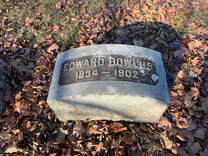 For good nature, I thought I would interject that Dr. Edward Bowlus (1834-1902), whose advertisement was below that of Dr. MacGill, is buried in Mount Olivet too. He can be found in Area Q (Lot 92), even though this fact deviates from my theme of concentrating on people buried within the proximity of our Key Chapel and having their names prominently appear in the newspaper of New Years Day, 1873. Finally, I will wrap up with the news story that fascinated me most from 150 years ago. It has all the imagery of "olde-towne" Frederick in all its seasonal majesty. All you have to do is use your mind to imagine the snow-covered streets, with candles burning in windows and people using the best transportation for the setting—horse drawn sleighs. Let this article set the mood, before I come to my masterful finish. Just like a picture-print from Currier and Ives! I’ve seen a couple of images that help paint the picture of Frederick at that time. We can only imagine "Oh what fun, it was to ride in a one-horse open sleigh" through the streets of town. A brilliant photograph from Frederick's "sleigh ride" past can be found on page 96 of Gorsline, Whitmore and Cannon's Pictorial History of Frederick (originally published in 1995). This photograph was taken by noted photographer J. Davis Byerly and was provided by Mrs. Frank Kelly for the book. The caption below reads: "Church Street sleigh ride, circa 1893. Sebastian G. Cockey, at the reins, pauses for photographer J. Davis Byerly in front of the Methodist Episcopal church on the first block of East Church street. Son Sprigg Cockey and daughter Miss Nannie (later Mrs. John Brosius) join Cockey for the winter's day ride. (Note: the former church site is the home of a parking deck, and the first rowhouse in the background is the former Frederick Visitor's Center, and today's headquarters for the Frederick Downtown Partnership.) Mr. Sebastian G. Cockey (the white-bearded man to the left in photo) was a farmer who, in 1873, resided at Evergreen Point directly south of Frederick City and Mount Olivet. His farm is denoted by his name (S. G. Cockey) on the 1873 Titus Atlas Map. Mr. Cockey lists his profession as farmer in the census, but I found that he also served as Frederick County's Register of Wills from 1867-1873. Sebastian Graff Cockey was born in 1811 and was one-time owner of the Landon House in Urbana during the American Civil War. A merchant at the time, Mr. Cockey hosted Jeb Stuart's famous Sabers & Roses Ball on September 8th, 1862. I only figured this out thanks to my unusual memory and love of local history, just now remembering standing in line in my younger years of the 1990s at the Frederick County National Bank branch on Rosemont Avenue. On the wall was a print by artist Dale Gallon which depicted the ball and was titled "Sabers & Roses." This beautiful illustration (published in 1989) captured my imagination and I almost bought a copy for myself. The caption Mr. Gallon included under the scene was as follows: "Urbana, MD, September 8, 1862 – After saying goodbye to Anne Cockey at a ball in Urbana, MD, on Sept. 8, 1862, J.E.B. Stuart and his men attack and drive off nearby Yankee raiders." Sebastian G. and both (grown) children pictured above during the sleigh ride are buried in the family plot in Mount Olivet's Area G/Lot 128. I question the date of the Byerly photograph being 1893 for the sole reason that Mr. Cockey died in 1888, and son Sprigg died in 1892. Sufficed to say, the photograph above had to be taken in the 1880s. However, thanks to my brain, memory, writing this story, and previous knowledge/research of Frederick history, I venture to say that the young debutante drawn by Mr. Gallon (talking to Gen. J.E.B. Stuart) was none other than Miss Nannie Cockey in the back seat of the sleigh. Born May 15, 1846, Nannie's given name was Ann Worthington Dorsey Cockey. She would later marry John Brosius, but likely never forgot dancing with the legendary Confederate cavalry commander. Talk about "Auld Lang Syne!" (NOTE: Here is a link to read more about the print and 1862 "Sabers & Roses Ball" event ) All of us familiar with hills and sledding understand the thrill that can be had with help from gravity to increase speed potential. Of course, horses aren’t involved. What about those horses traveling down hills in slick conditions with ice and snow road cover? I’m sure that was a dicey situation that required great command and patience by drivers. Another challenge came in navigating hills from bottom to top. I think immediately of parts of Bentz Street, South Street, and, most of all, South Market Street. This major thoroughfare was the main route in and out of Frederick and part of the Old Georgetown Pike. The Cockeys and others would navigate their sleighs up and down “Cemetery Hill,” denoting the incline from the intersection of South and South Market Street, up past the Barracks/Maryland School for the Deaf sight, and terminating at Mount Olivet’s front gate as the apex. And yes, Mount Olivet can boast the highest elevation in Downtown Frederick. Sledding has never been advised (let alone allowed) in Mount Olivet with obstacles that (if hit) could place you here permanently. However, I'm assuming that traversing a snow-covered South Market Street could have been a thrill, or a terror depending on your perspective. Our Frederick Examiner newspaper of January 1st, 1873 includes one of the latter, but thankfully no one wound up in the cemetery. Well, not until years later for the individuals involved. Mr. John Myers is by all accounts John Myers III, born 1798 in Taneytown. I simply found him in the 1880 Census living as a widower with his son James and family on North Market Street. His background seems to have been farming. Mr. Myers would die 11 years after the sleigh ride mishap in 1884, while staying in Washington, DC. He is buried in Area A/Lot 14, basically 20 yards equidistant from Dr. MacGill and undertaker C. C. Carty. Mr. Myers' esteemed partner in this two-horse sleigh mishap, Horace Clarke, was the son of Col. James C. Clarke who we have wrote about on many occasions as a transportation giant. Col. Clarke is the namesake of Frederick’s Clarke Place, located nearby conveniently off South Market on what could also be technically considered the unofficial, geographical landform of Cemetery Hill. Interestingly, Horace Woodward Clarke would take up residence on this prestigious street which opened a few decades after the sleigh accident in the 1890s. Born on September 27th, 1855, Horace was a native of Baltimore and lived in various parts of the country where his father served as president of major railroads. These included Chicago, New Orleans and Mobile, Alabama. He lived at 16 Clarke Place, and many may have heard of stories of the road being among the first in town paved with cobblestones. Not wanting to hear the clackety-clack of horse hoofs leading milk wagons down this street, gates were put up on both ends. I presume this also thwarted sleigh traffic as well. With the advent of automobiles at the turn of the century, sleighs faded from sight—kept alive in our imagination through those songs we have heard once again a thousand times over the last 4 weeks and suddenly disappearing for the next 11 months as they always do. Horace Clarke died on November 1st, 1912. He would be buried next to his parents on their family plot next to the Key Chapel and known as the Clarke Circle. Years before, this private lot was obtained for the burial of Col. Clarke in December of 1902. Mrs. Susan (Shafer) Clarke had died in 1892 and was re-interred to her native town from a cemetery in Mobile. The Clarke Circle grave plot was built adjacent the Public Vault and boasts a beautiful obelisk. Outside Myers and Clarke, another individual’s name appears in connection to the ill-fated Sleigh Ride of New Years 1873. Edward Sinn (1819-1902), is only yards away from all these folks, residing in Area H/173. The article states that a team of four horses parked in front of Sinn’s Livery could have been a cause of the sleigh accident, and thankfully these horses didn’t break free to cause additional pandemonium in Downtown Frederick that fateful night. I swear to God, that the instrumental Muzak version of “Sleigh Ride” is playing on our mausoleum sound system as I write this last paragraph here on Thursday, December 29th at exactly 5:45pm . Unfortunately, those surrounding me cannot attest to my claim, but I just took some A/V proof with one of those newfound technologies that we are so fortunate to have on the advent of 2023. (see video at end as it is video of the Mausoleum atrium...sorry about the fountain) No sleigh rides for anybody in Frederick this past December. The New Years holiday is a little too mild for snow as it brought rain on New Years Eve. However, we sure felt Arctic cold temperatures a week prior. Happy New Year to you all, and thank you for continued support of our ongoing preservation efforts at Mount Olivet which includes these Stories in Stone, gravestone repair and cleanings, Veteran events such as flag-planting for Memorial Day and Veterans Day and Wreaths Across America, and continued remembrance of those buried here through lectures, walking tours and visitation. "Auld Lang Syne"....join us in remembering the people and events of the past, the true essence of cemeteries and memorial grounds. |
STORIES
|
Archives
March 2024
February 2024
January 2024
December 2023
November 2023
September 2023
August 2023
July 2023
June 2023
May 2023
April 2023
March 2023
February 2023
January 2023
December 2022
November 2022
October 2022
September 2022
August 2022
July 2022
June 2022
May 2022
April 2022
March 2022
February 2022
January 2022
December 2021
November 2021
October 2021
September 2021
August 2021
July 2021
June 2021
May 2021
April 2021
March 2021
February 2021
January 2021
December 2020
November 2020
October 2020
September 2020
August 2020
July 2020
June 2020
May 2020
April 2020
March 2020
February 2020
January 2020
December 2019
November 2019
October 2019
September 2019
August 2019
July 2019
June 2019
May 2019
April 2019
March 2019
February 2019
January 2019
December 2018
November 2018
October 2018
September 2018
August 2018
July 2018
June 2018
May 2018
April 2018
March 2018
February 2018
January 2018
December 2017
November 2017
October 2017
September 2017
August 2017
July 2017
June 2017
May 2017
April 2017
March 2017
February 2017
January 2017
December 2016
November 2016






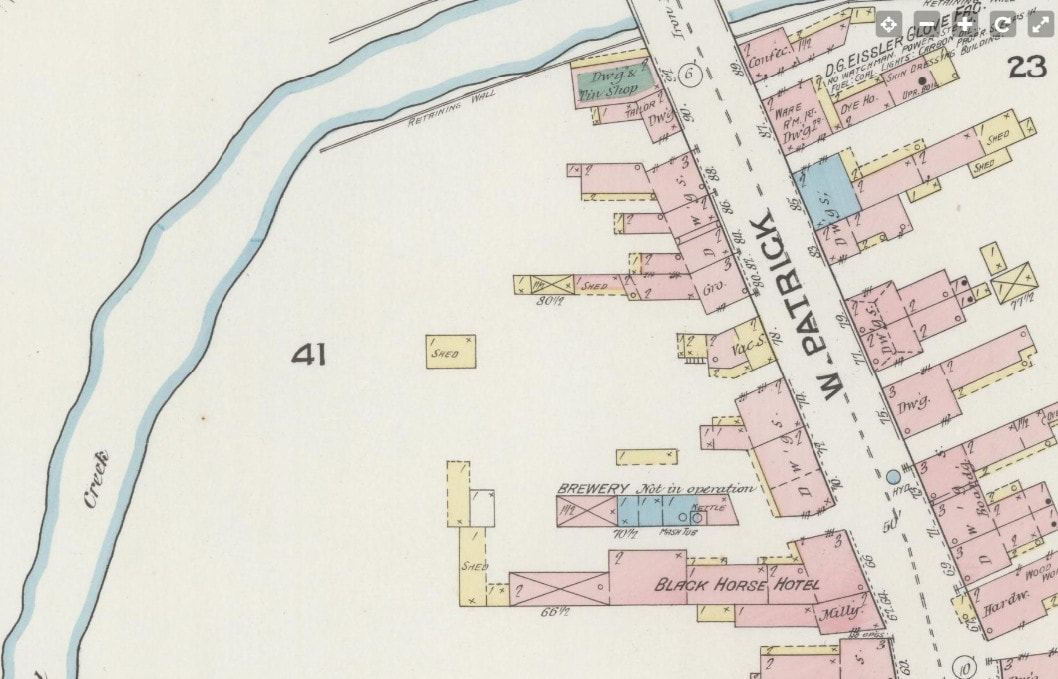

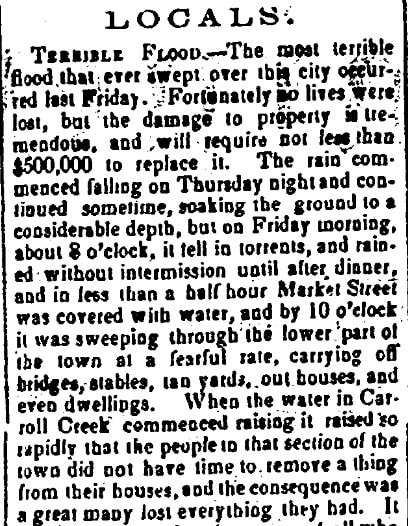



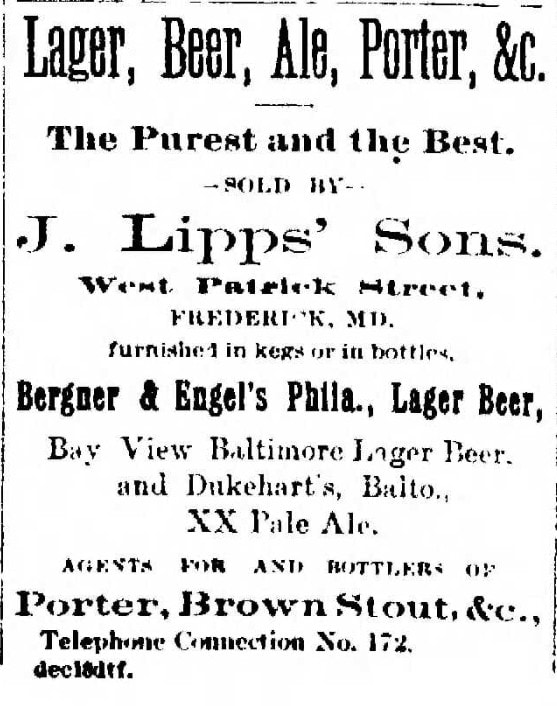
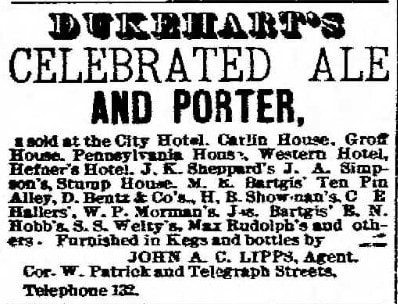






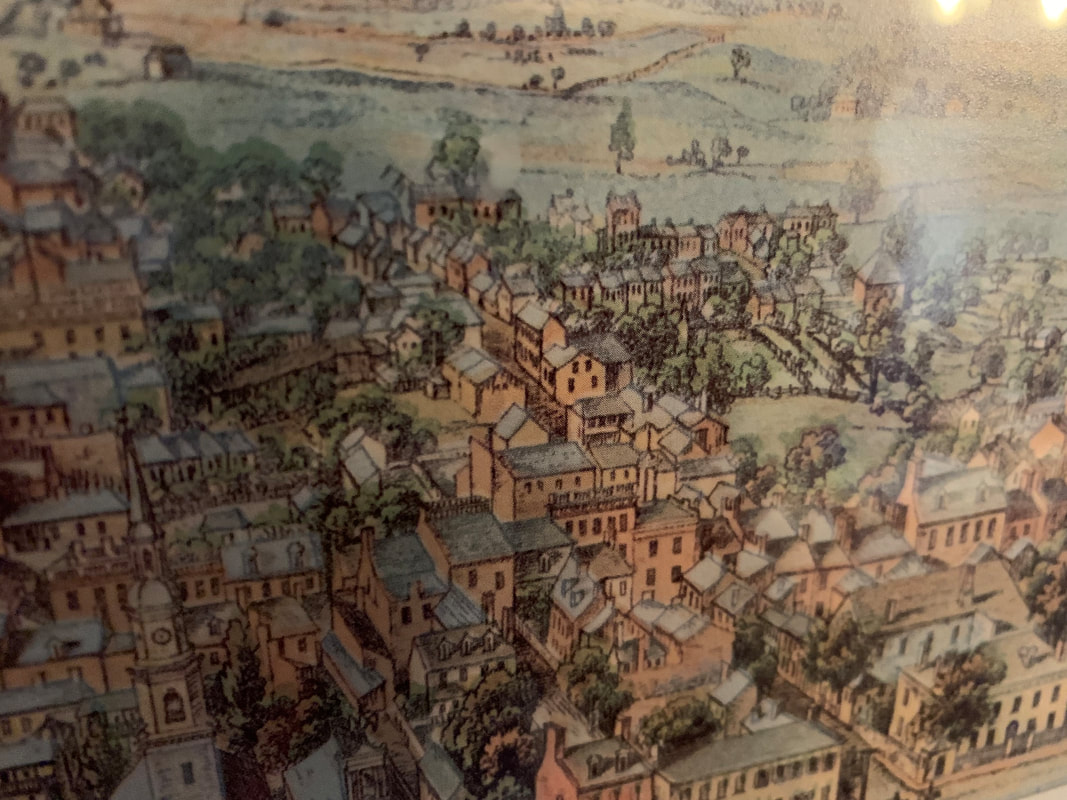







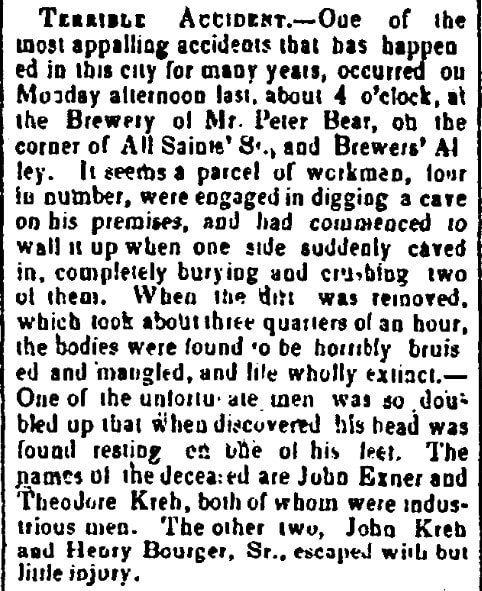



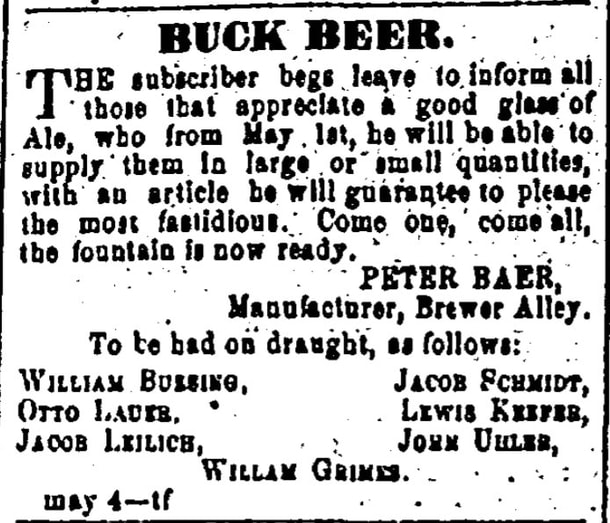

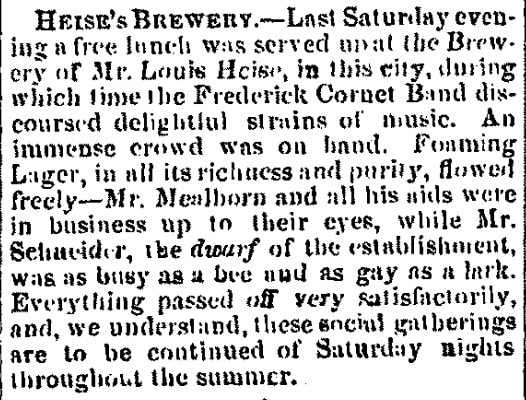




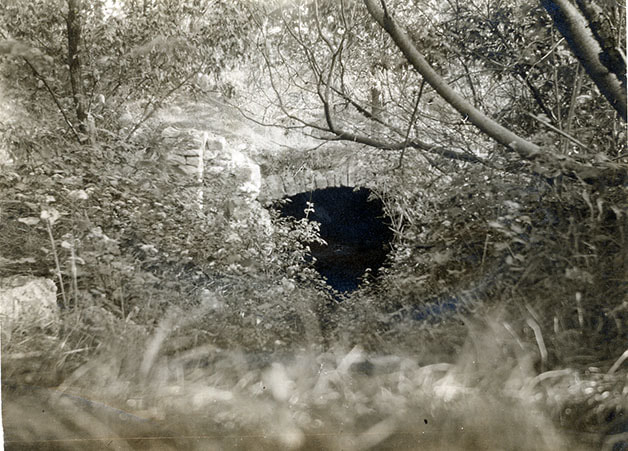




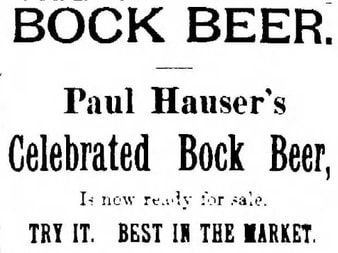

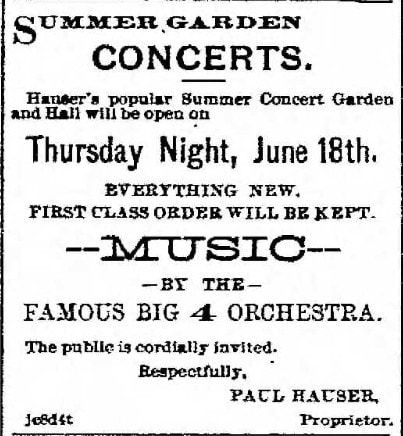






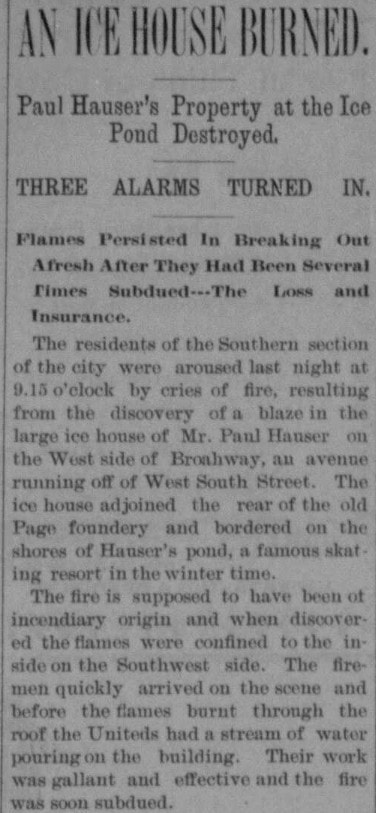


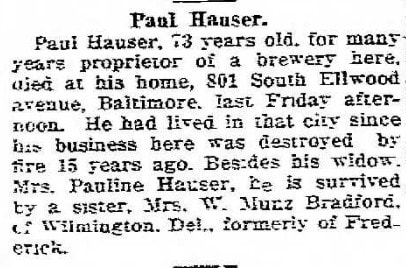

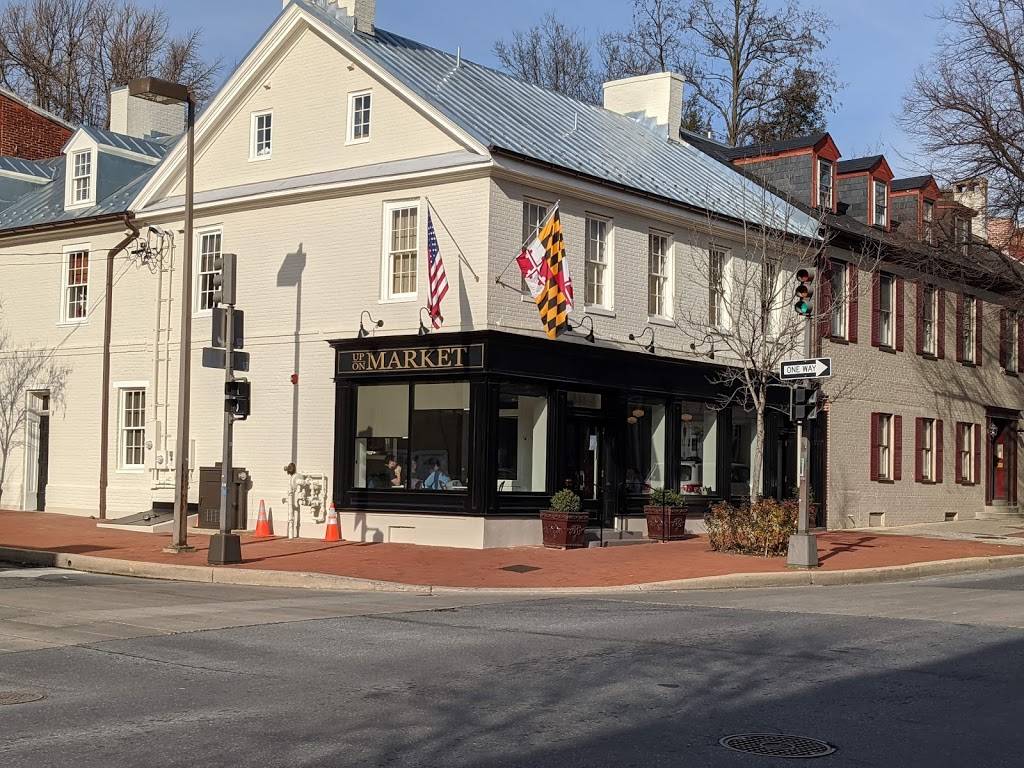


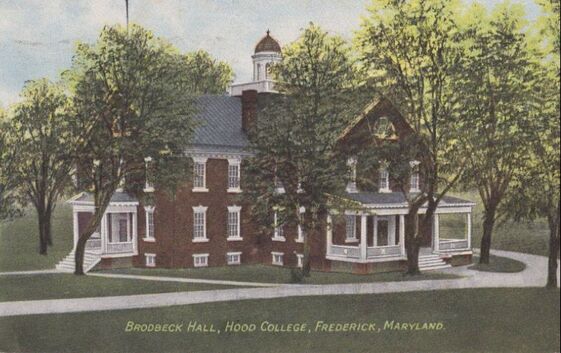









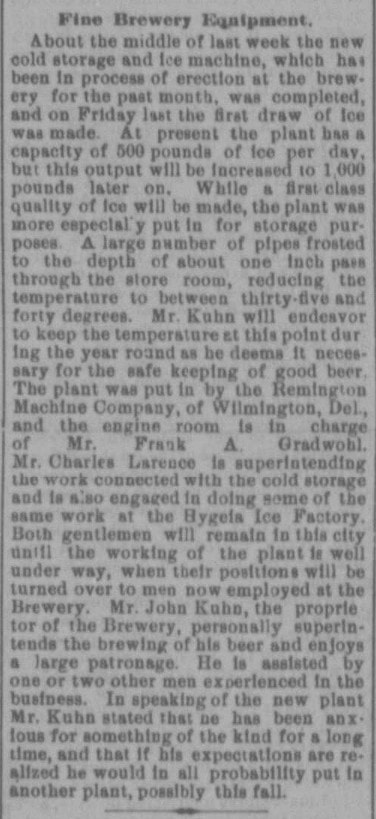






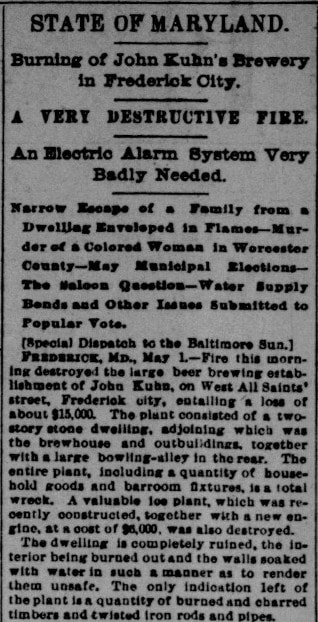




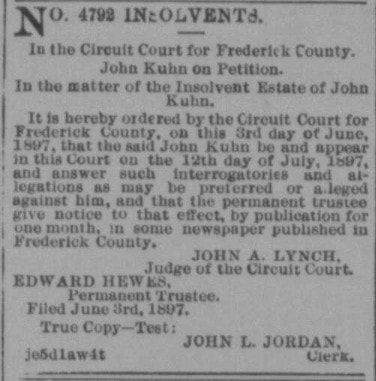












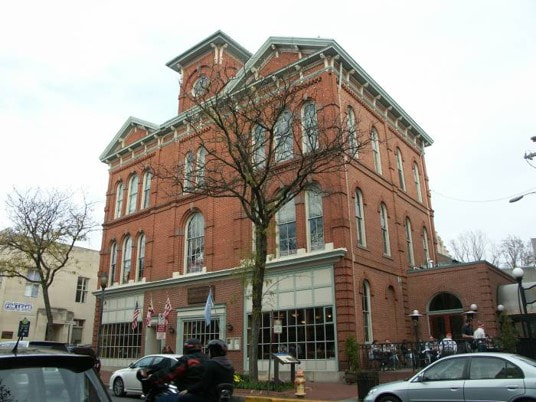
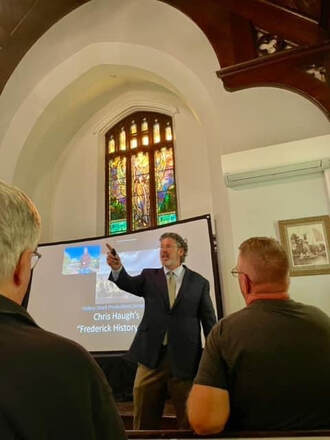
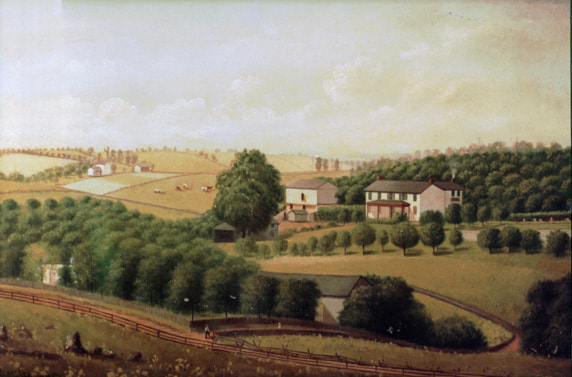

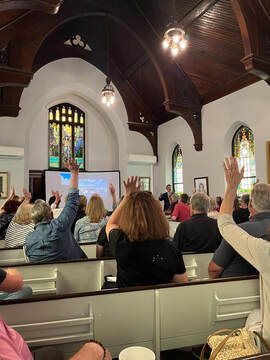

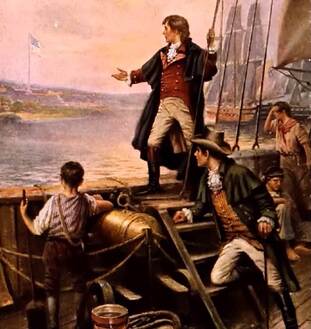











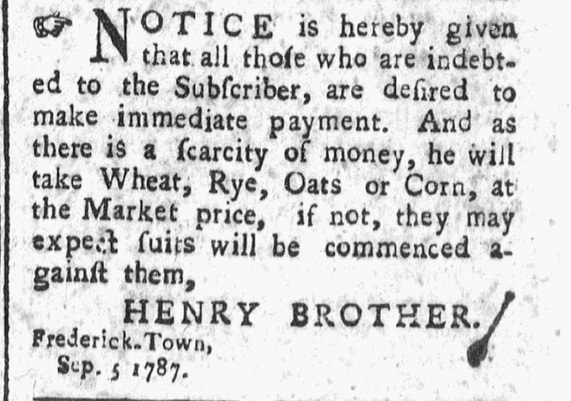









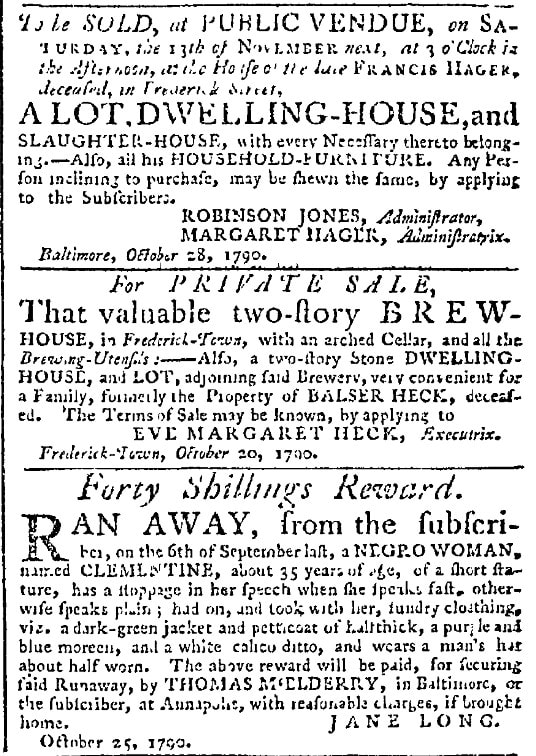






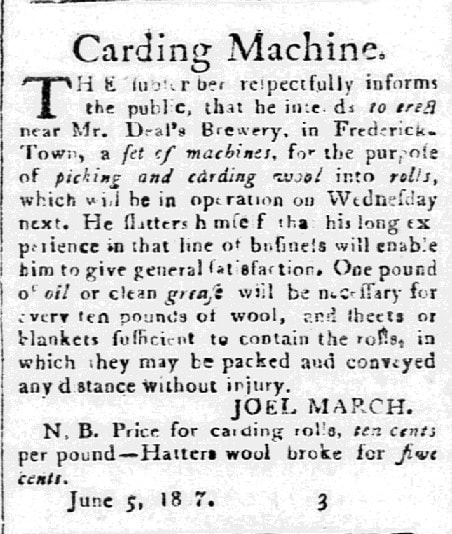






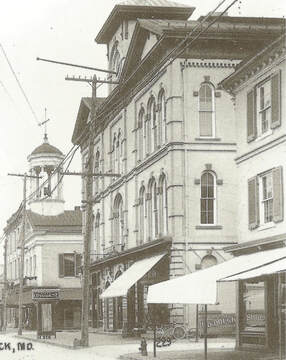









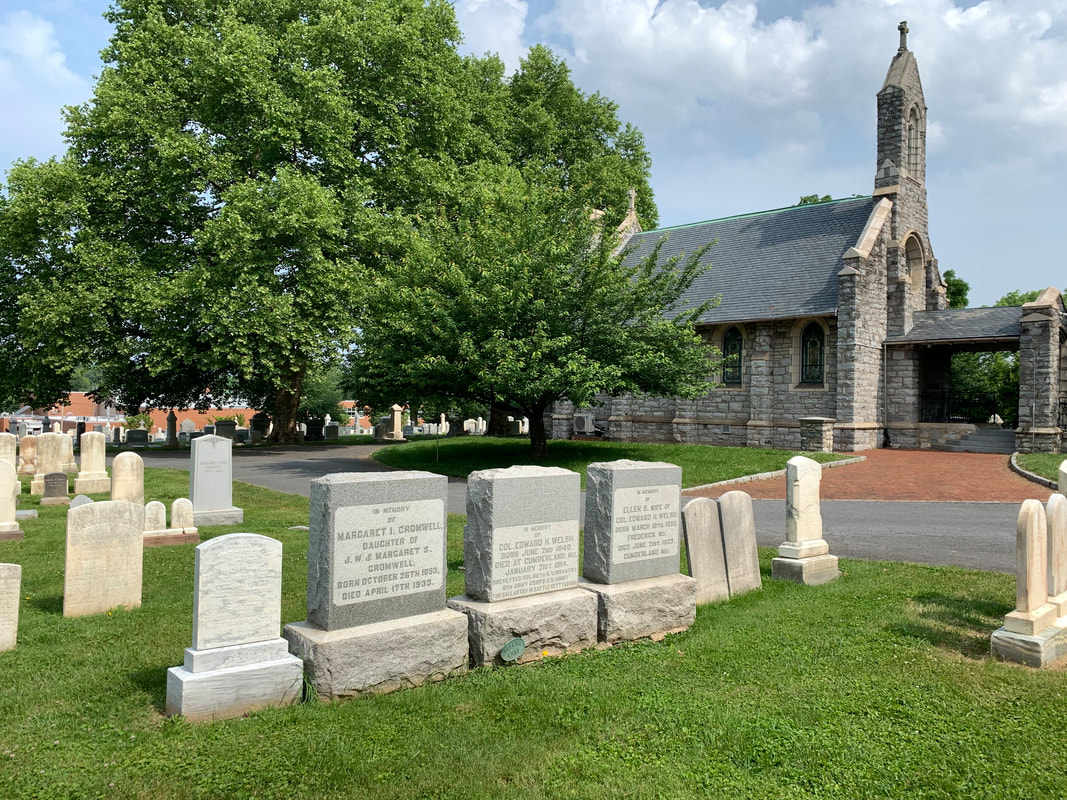

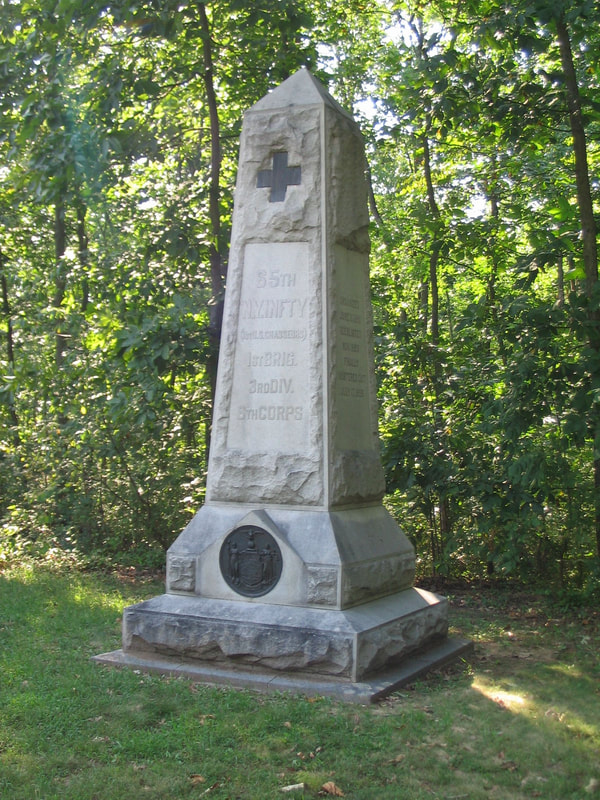
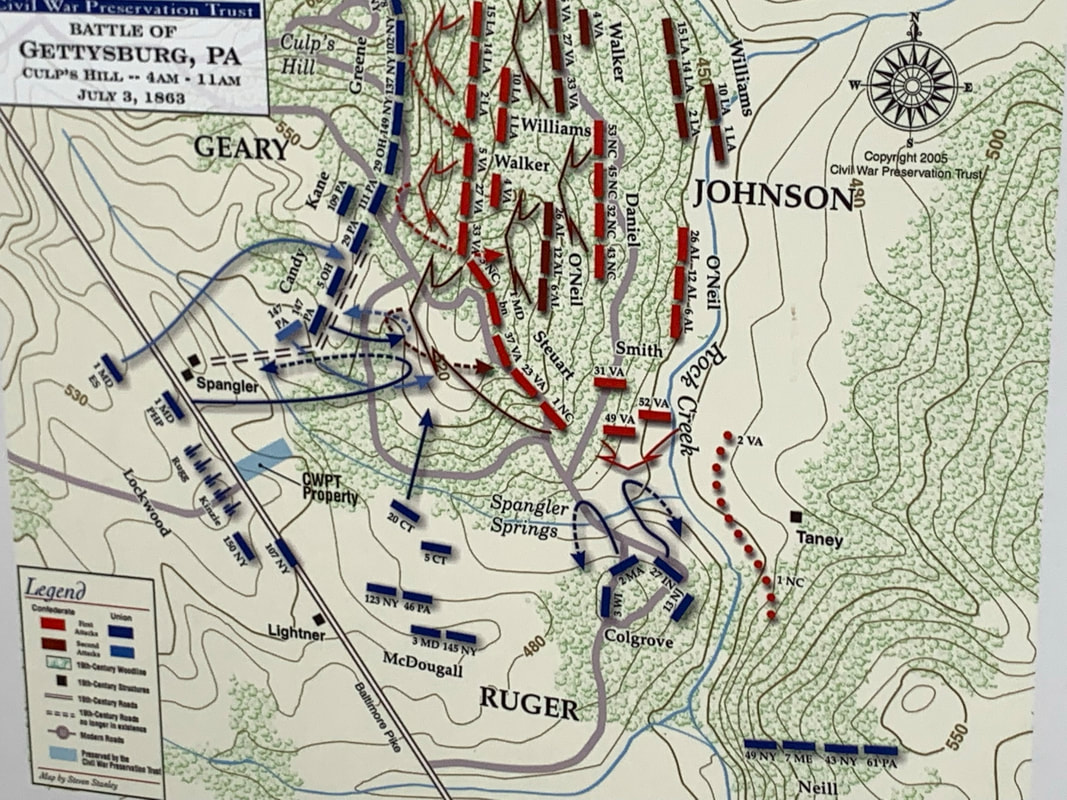
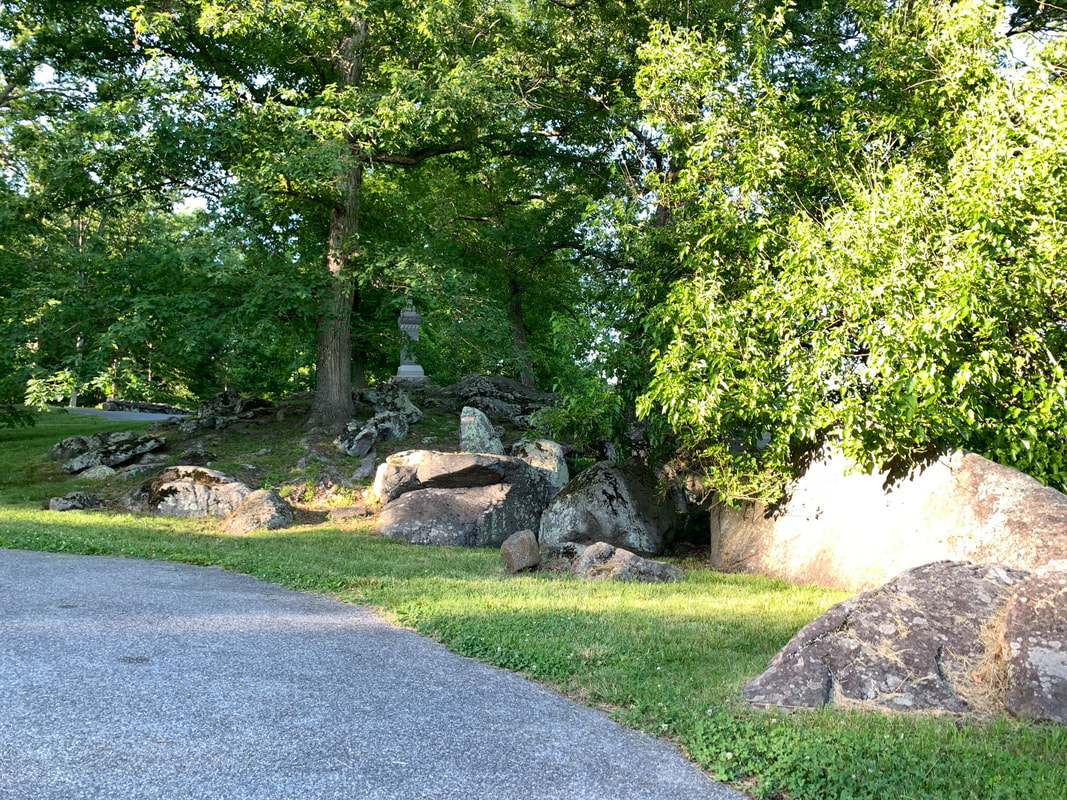


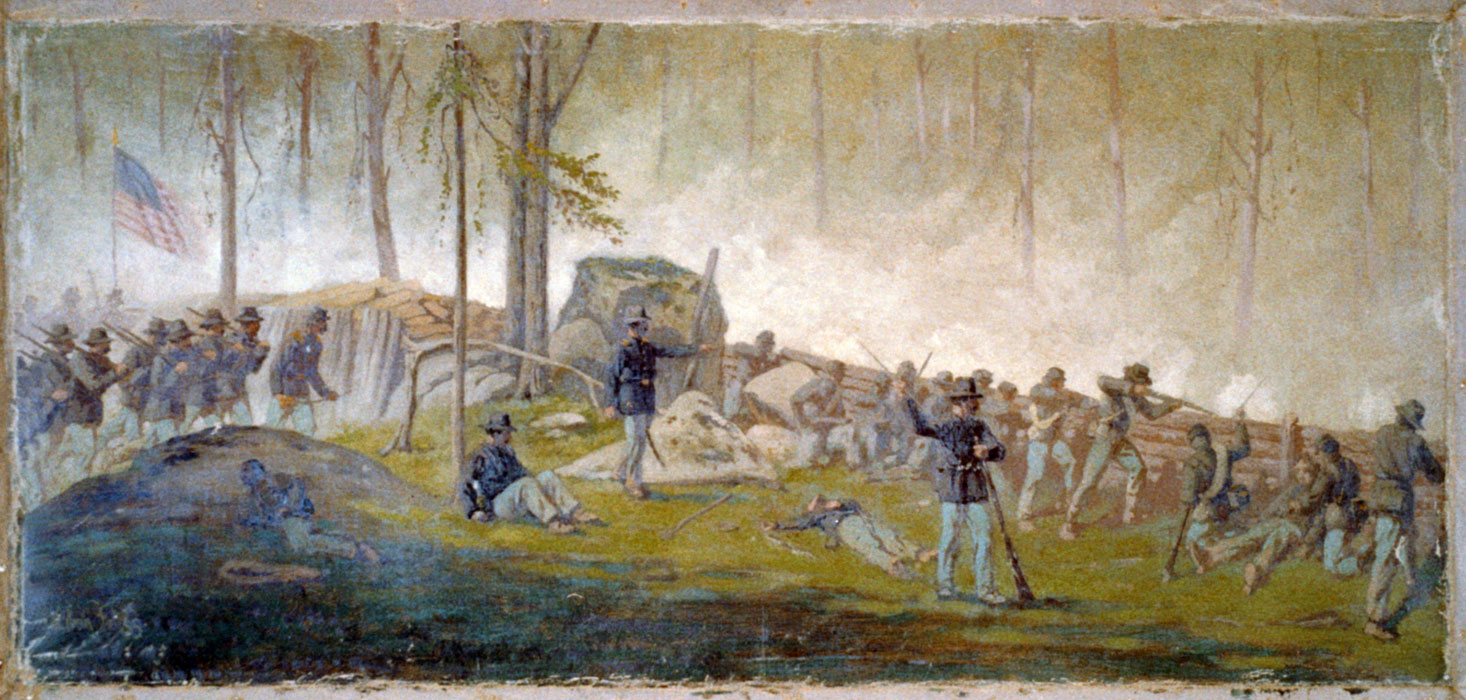



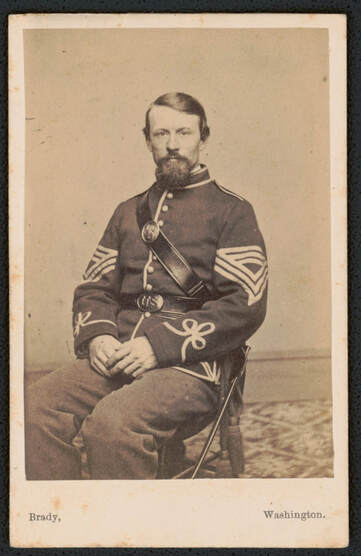










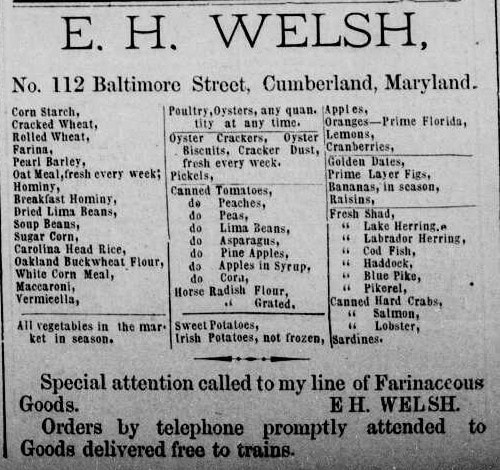





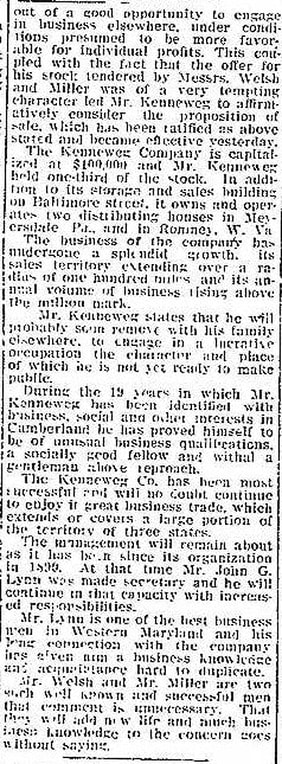





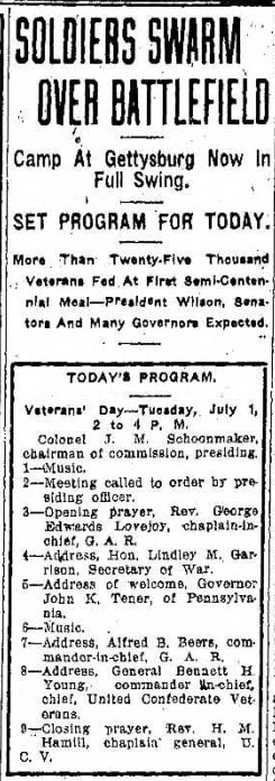





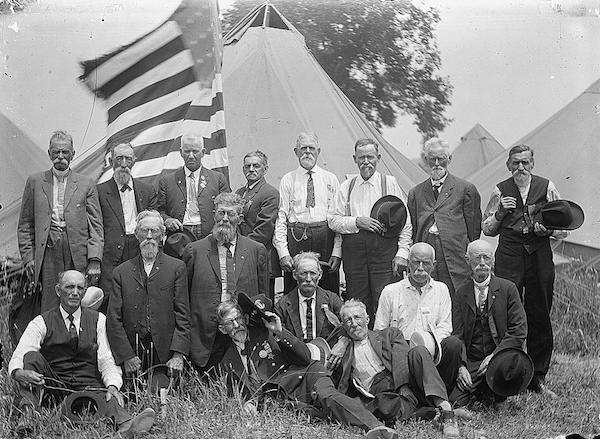
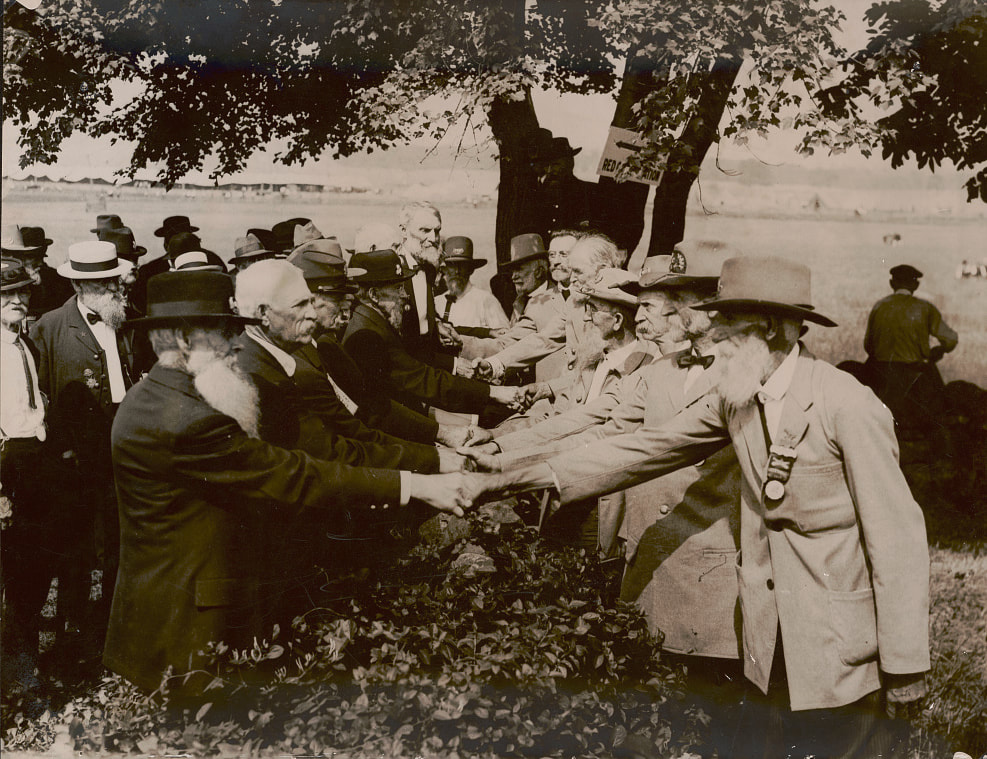





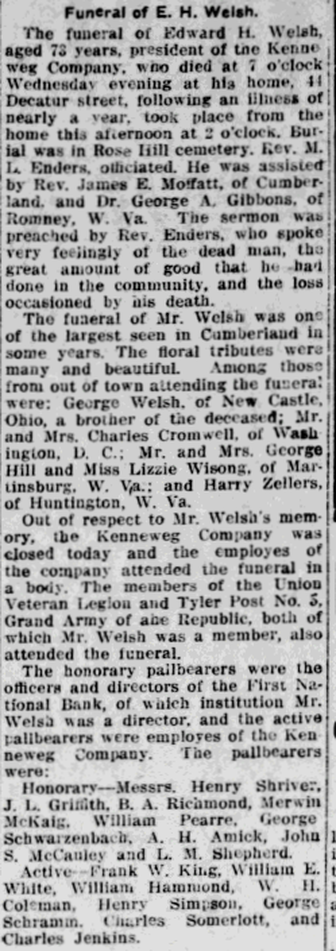







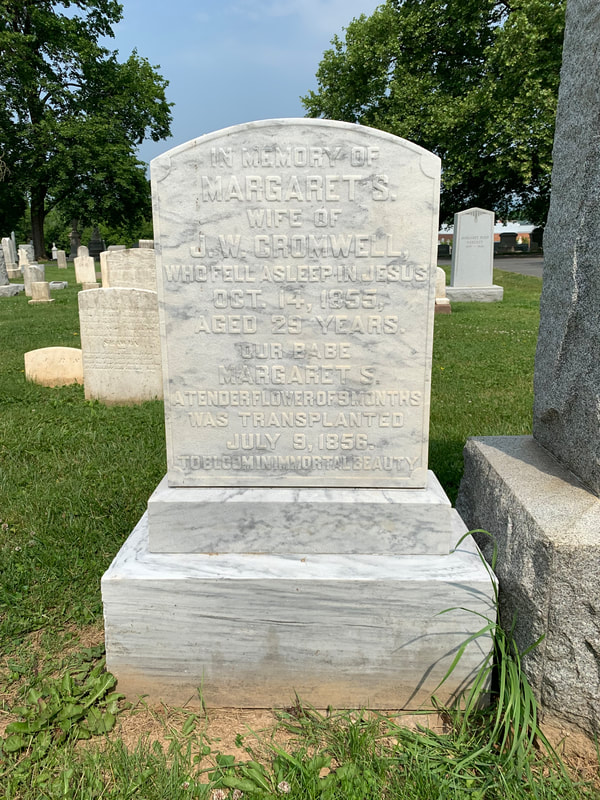

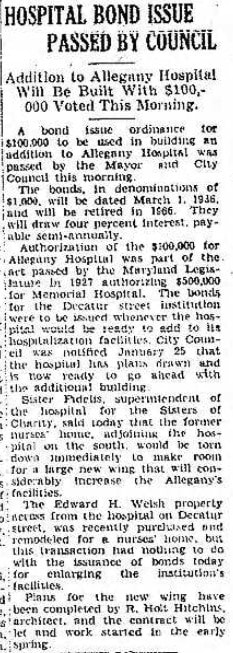











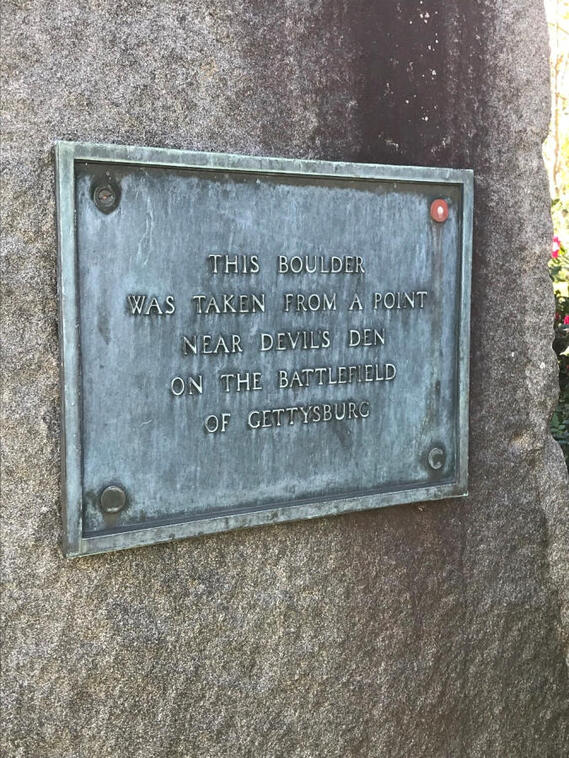
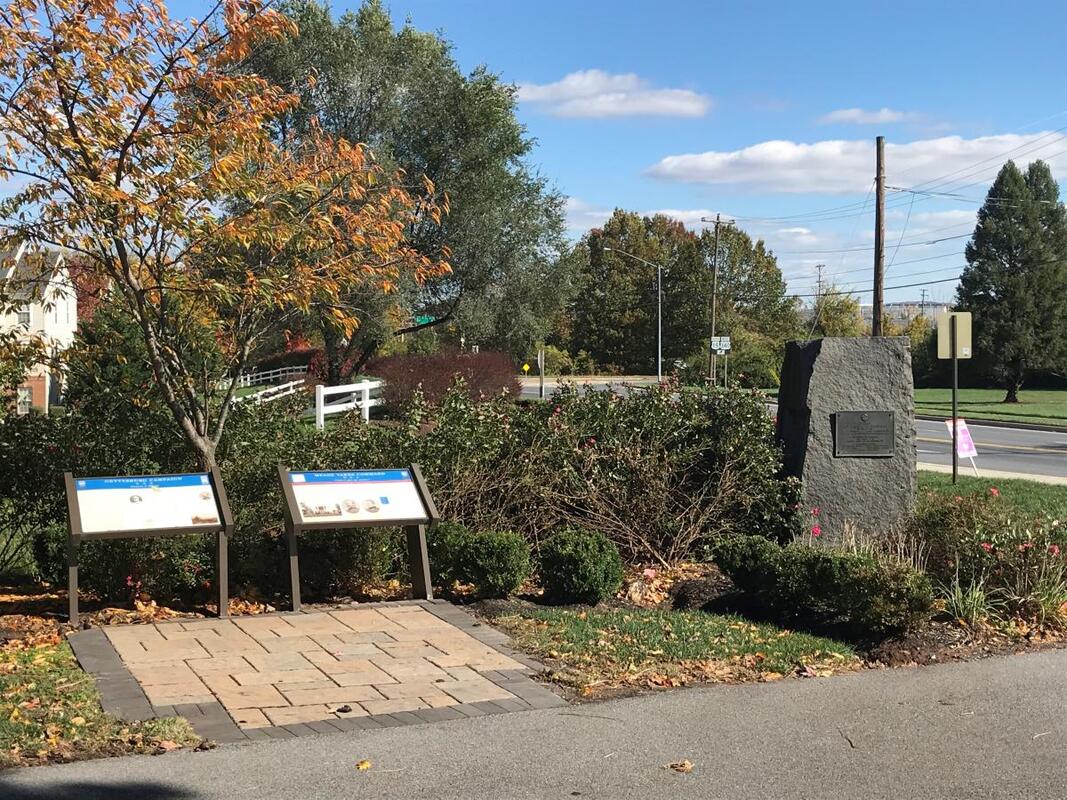
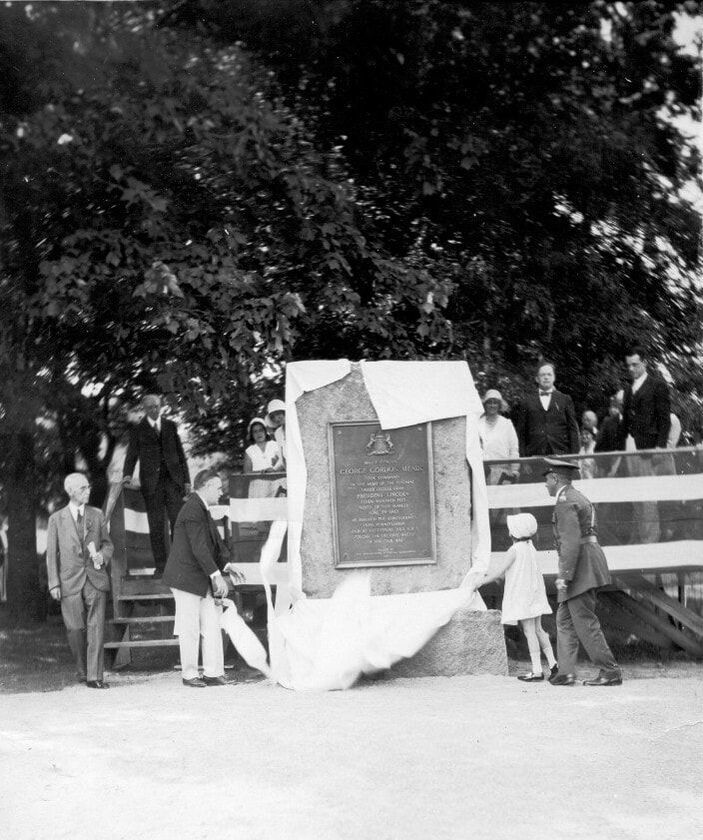




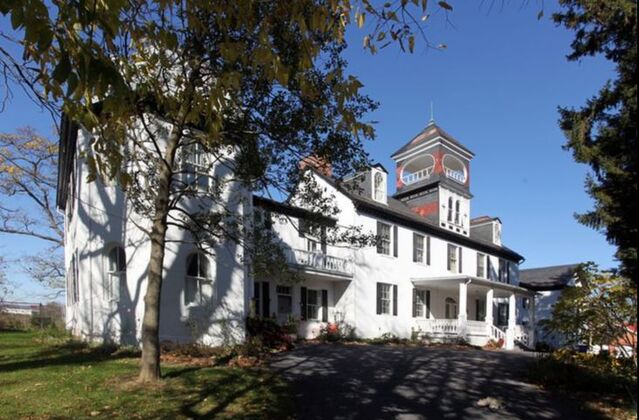










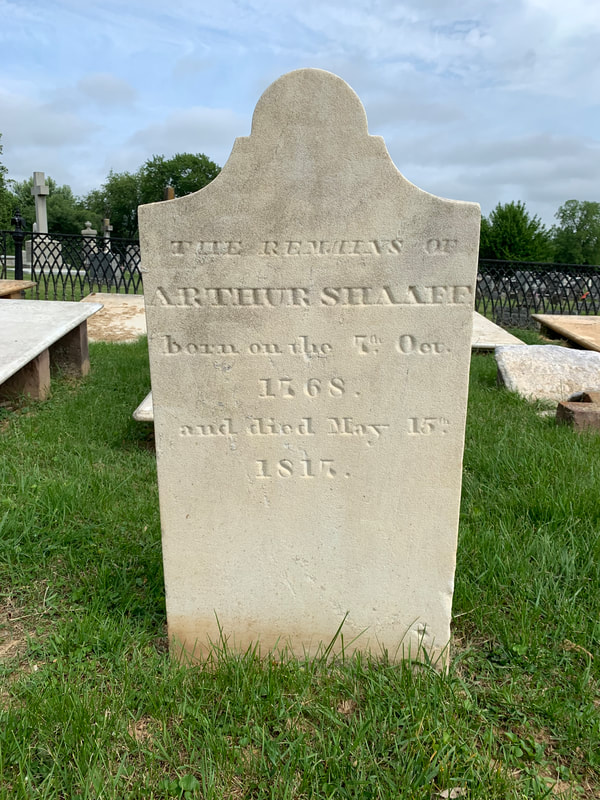
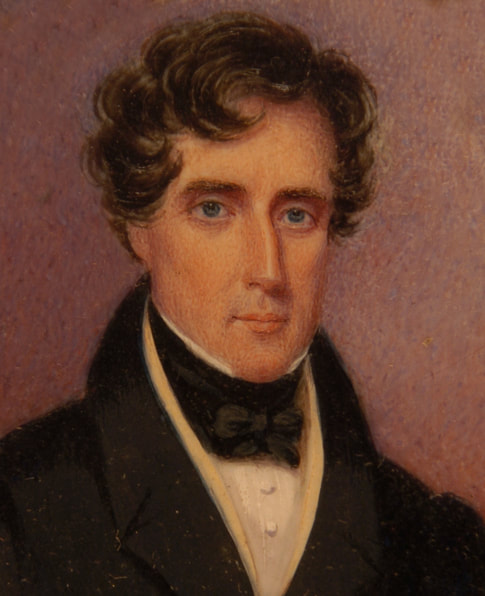















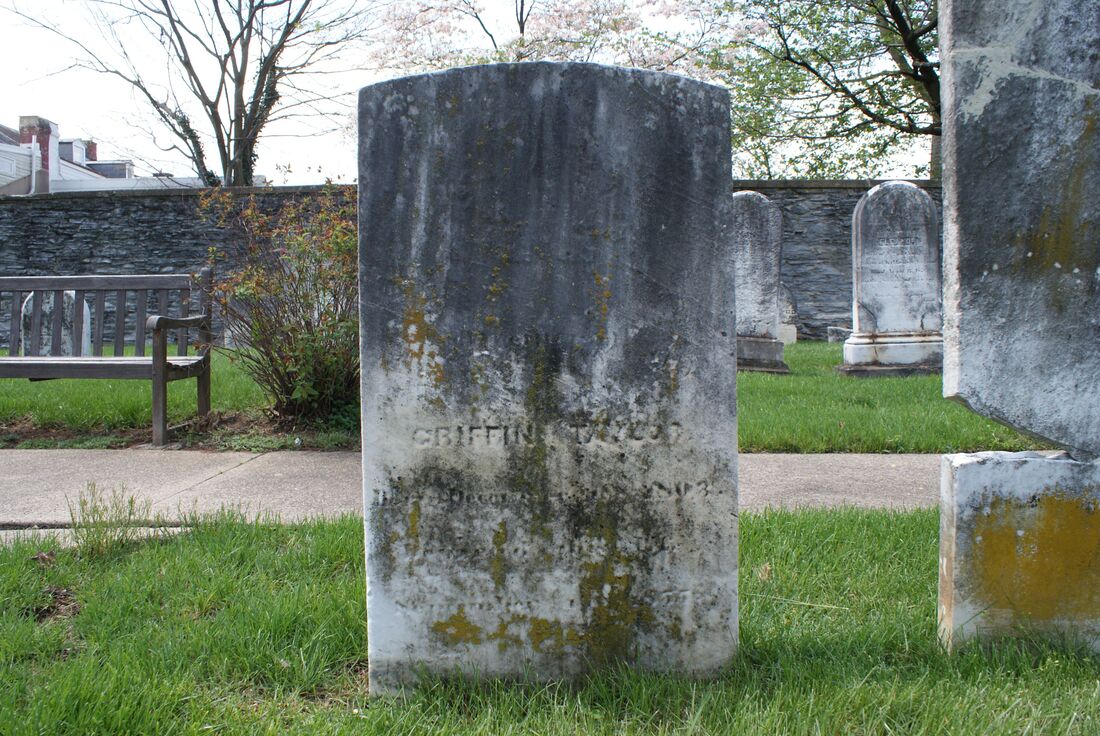

























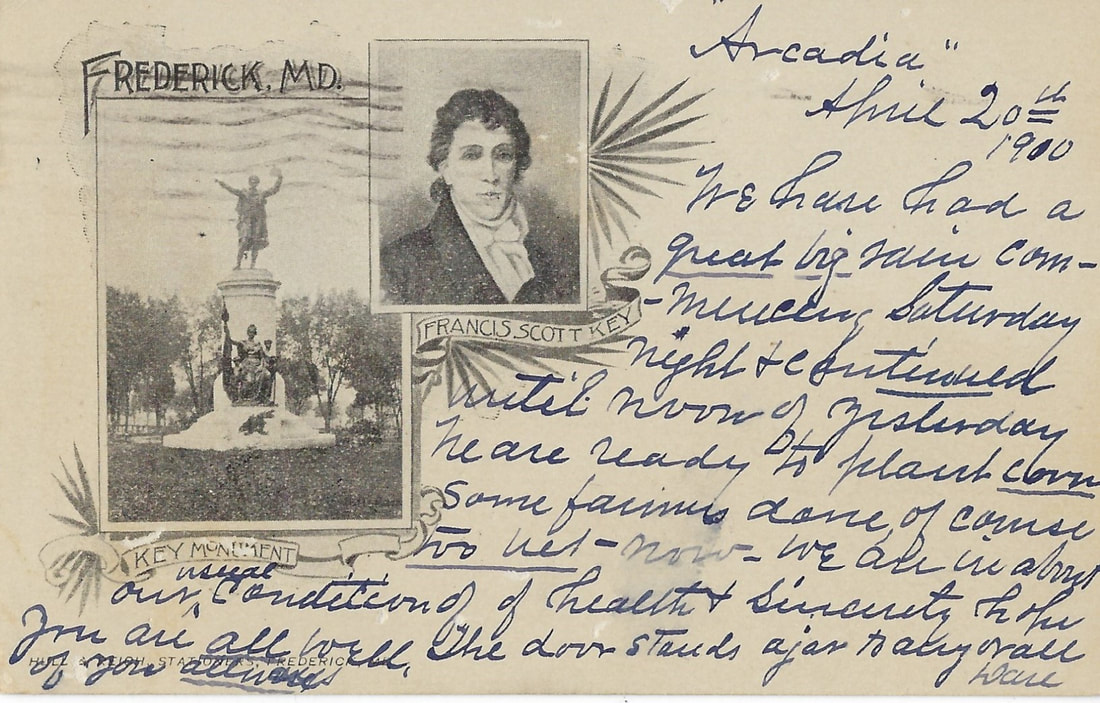






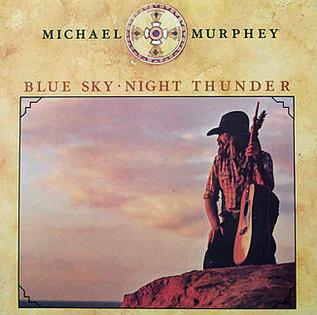









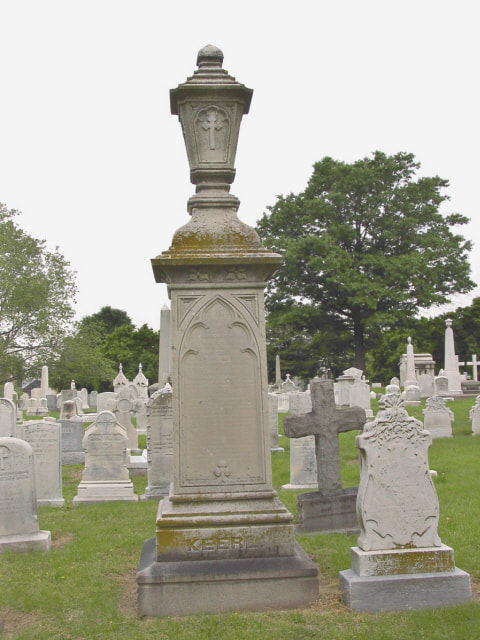
















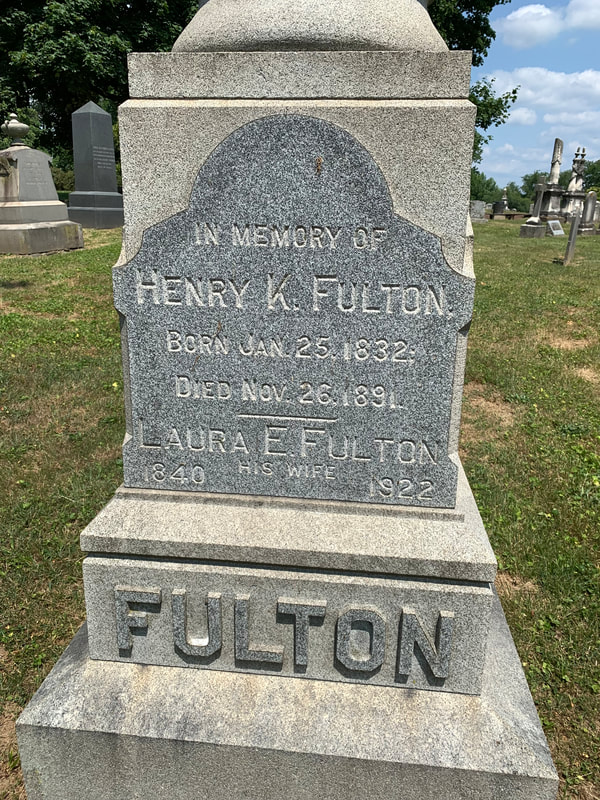





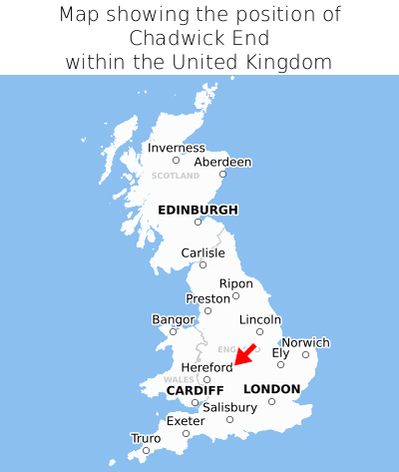


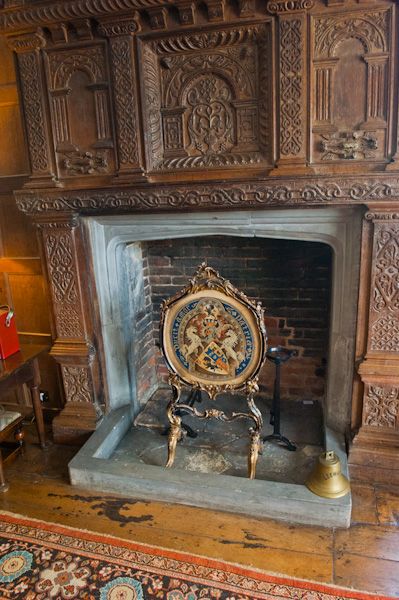



















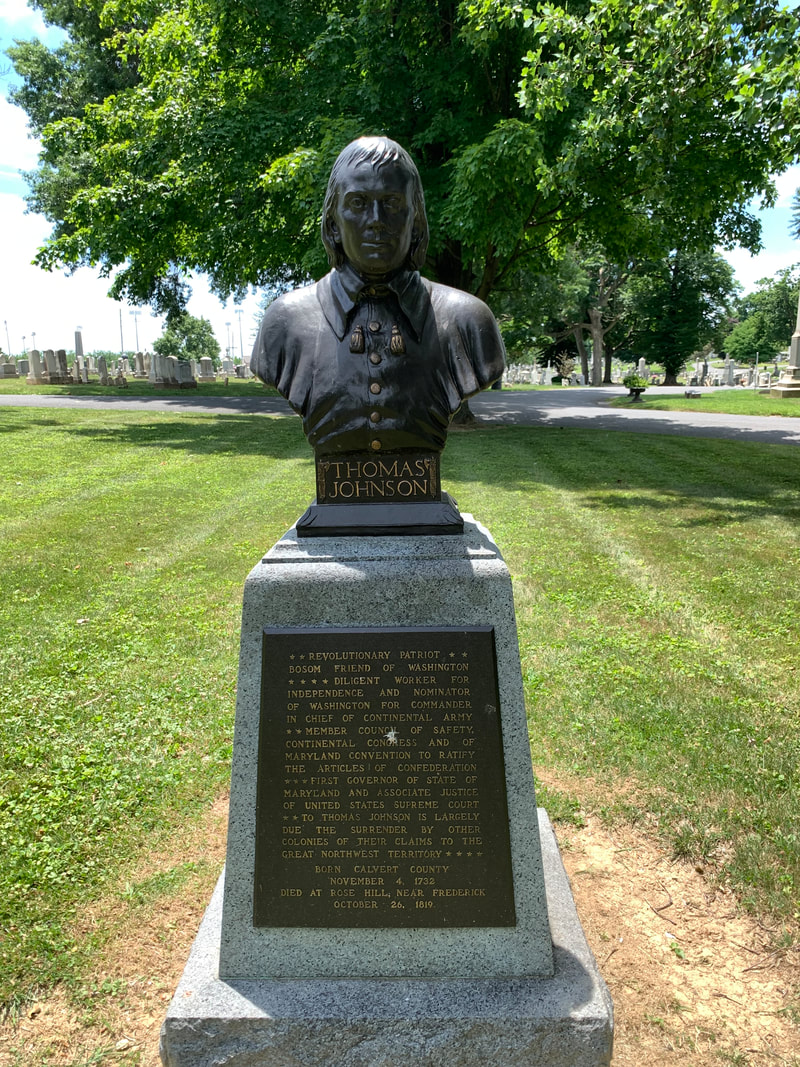



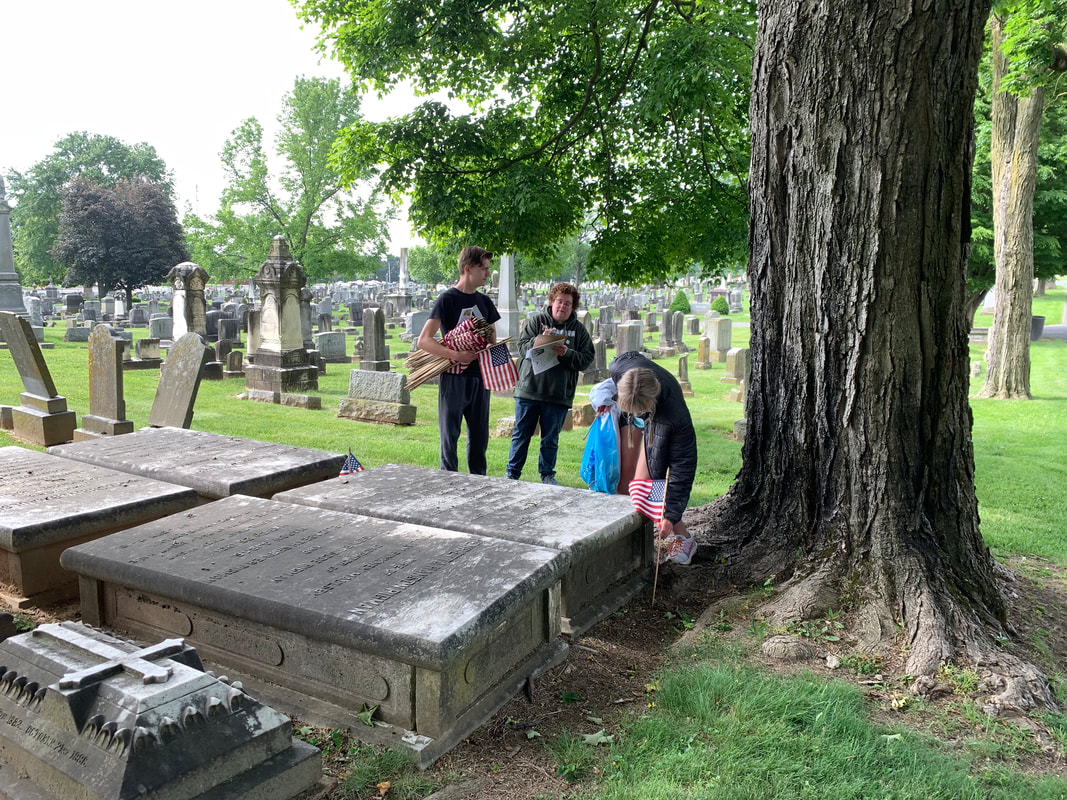
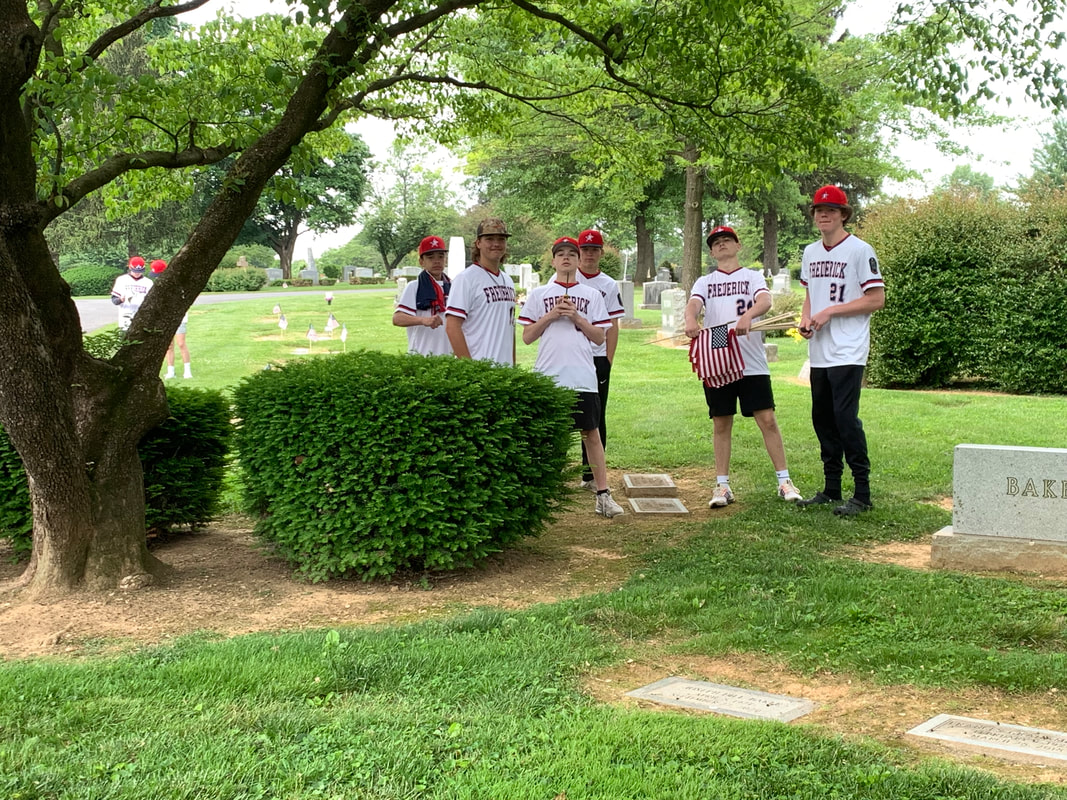








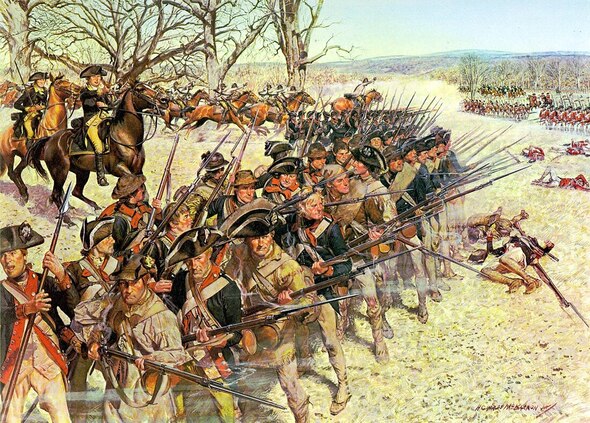



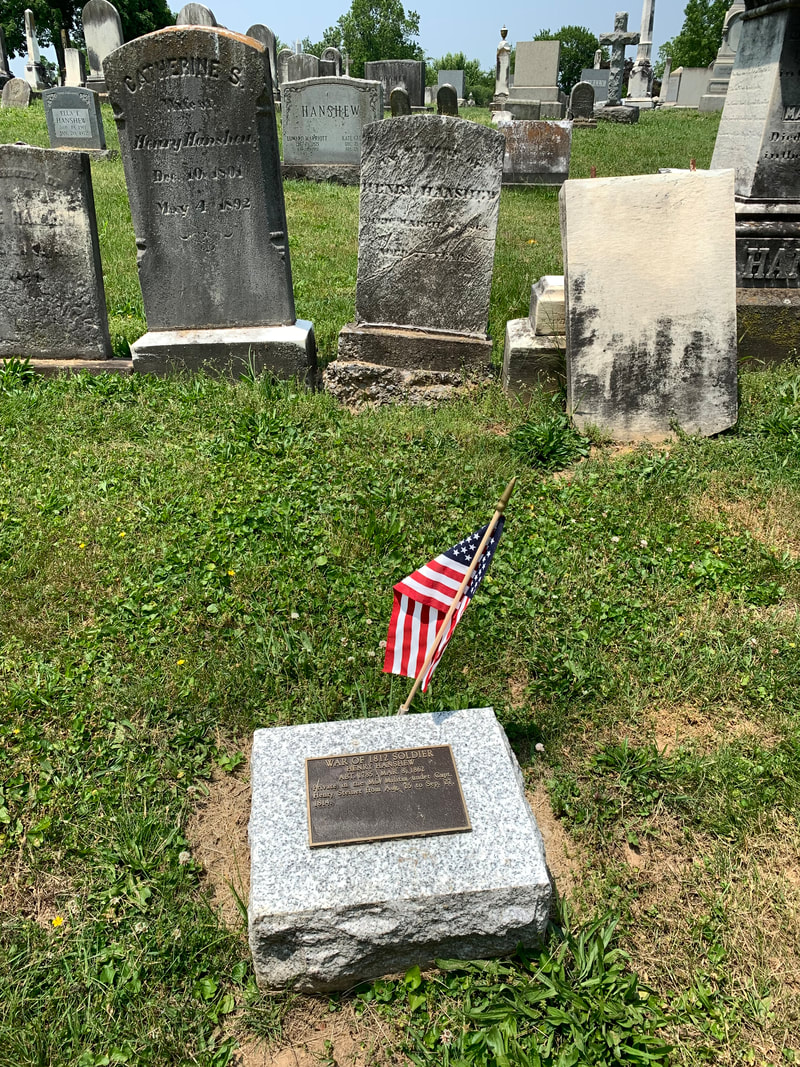





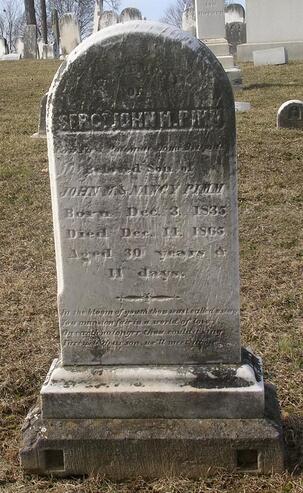




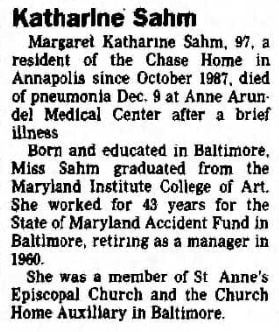












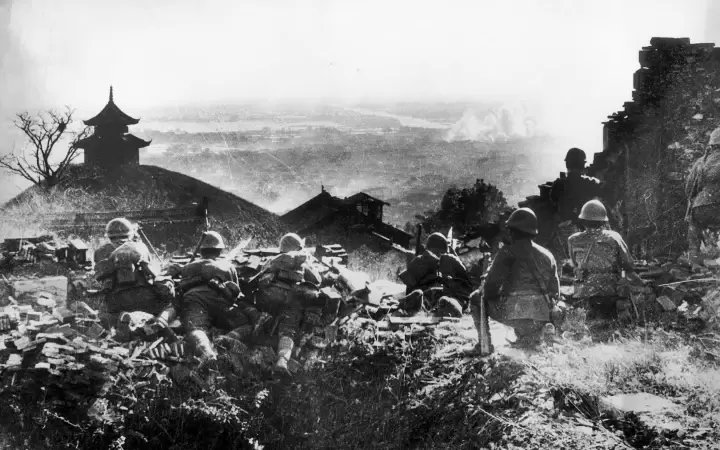





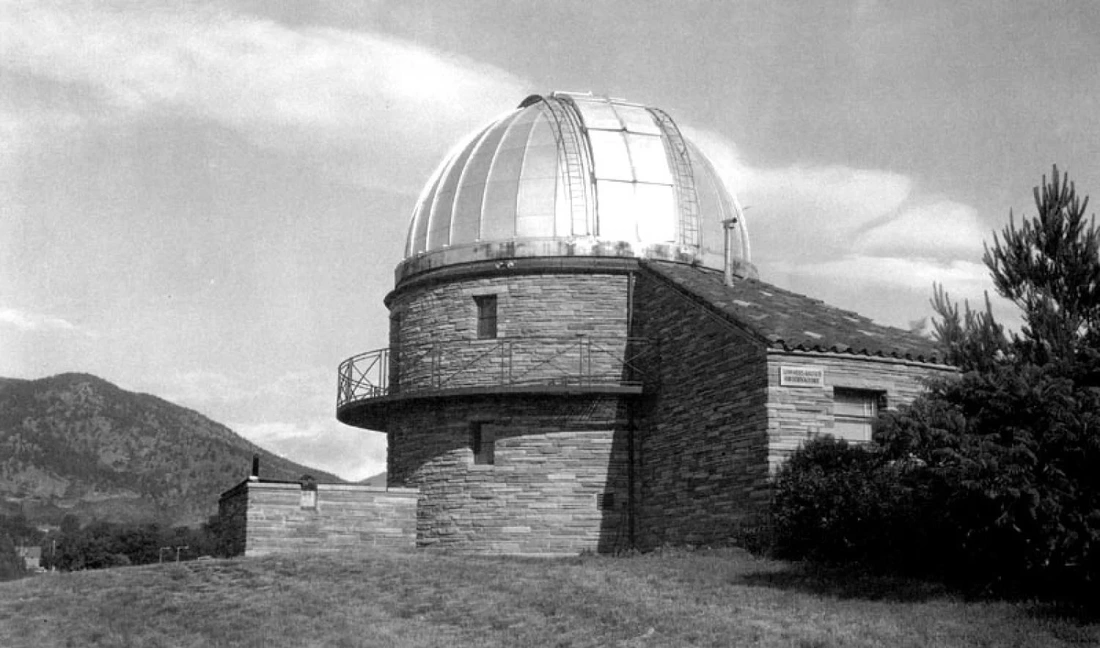












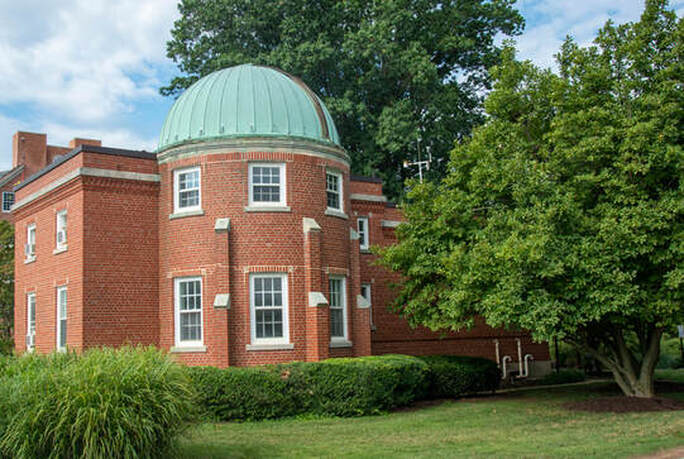

















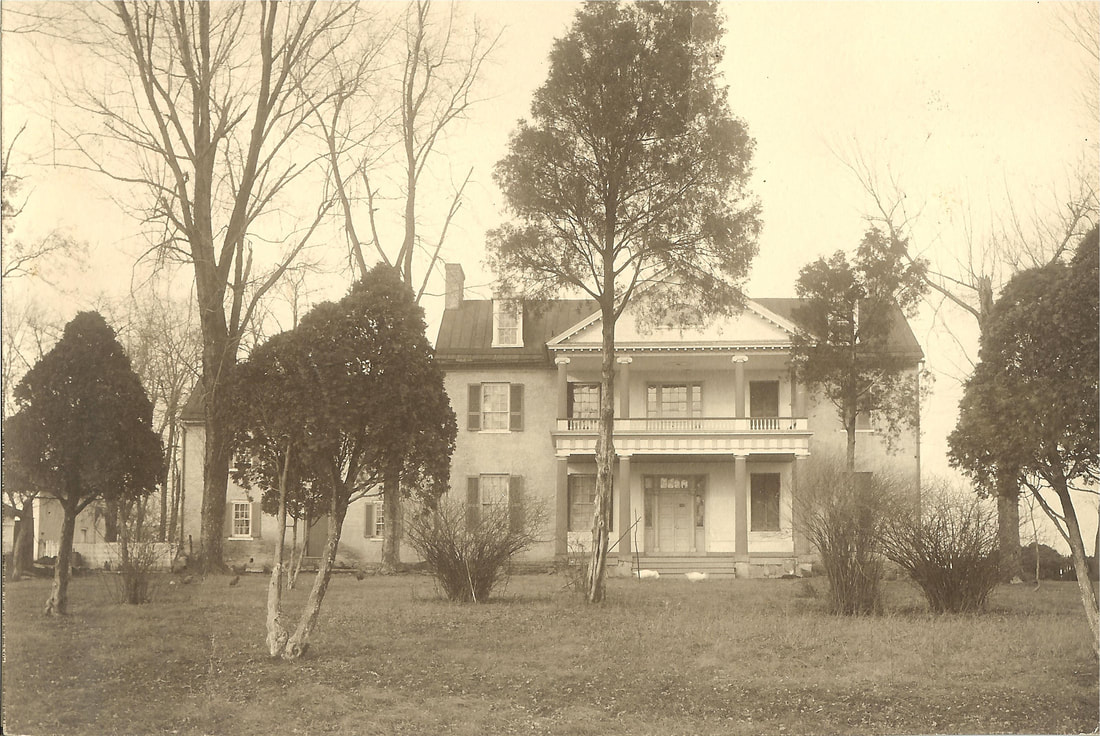



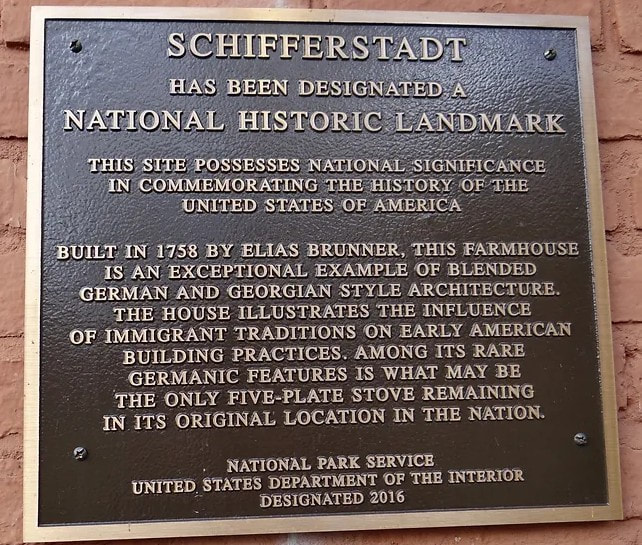










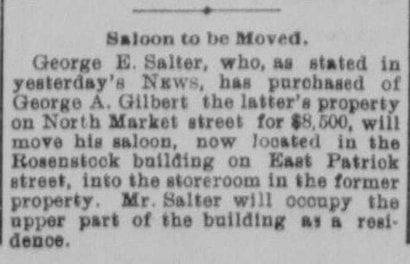













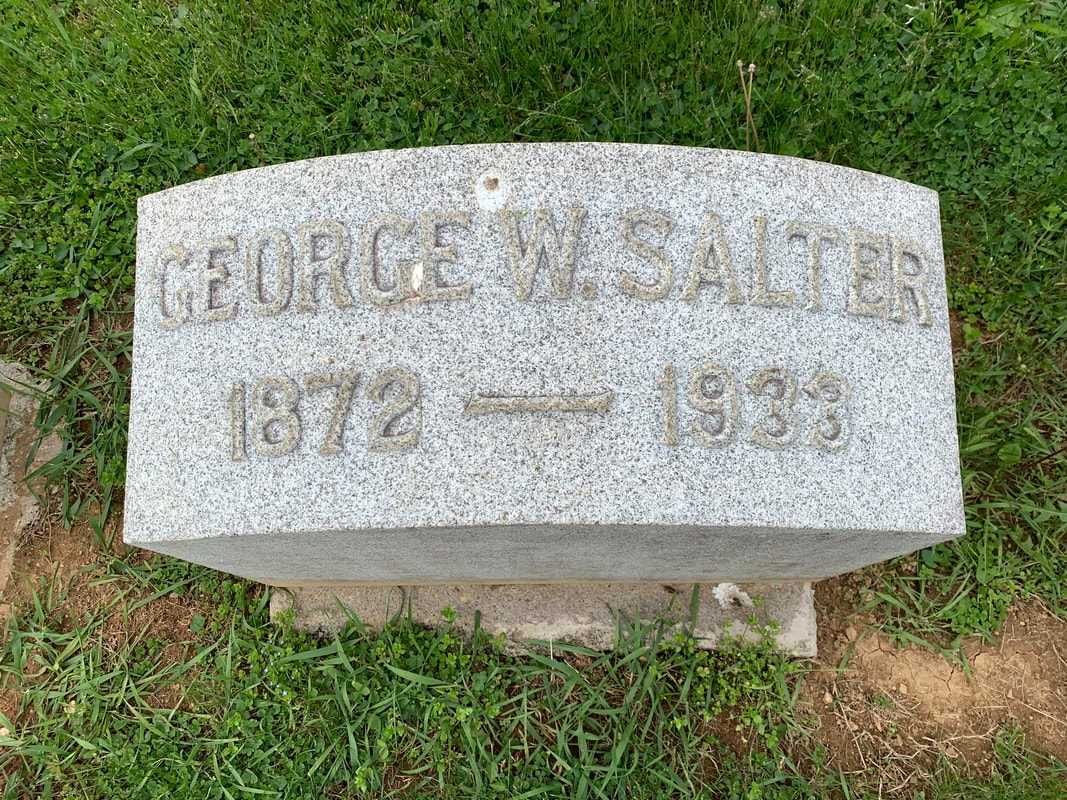
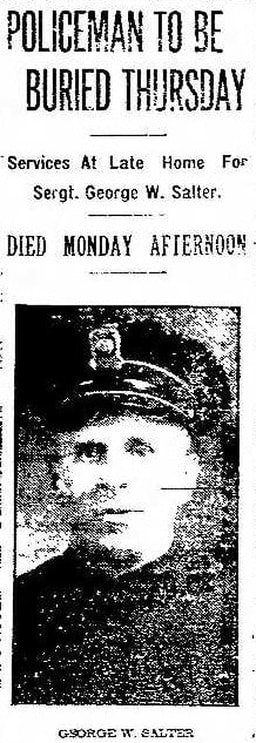





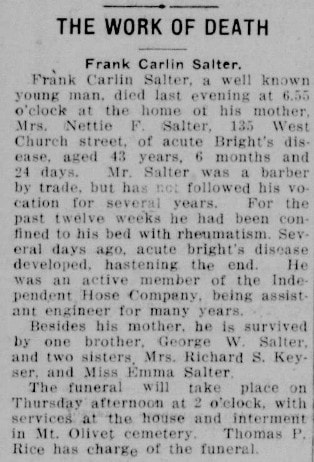







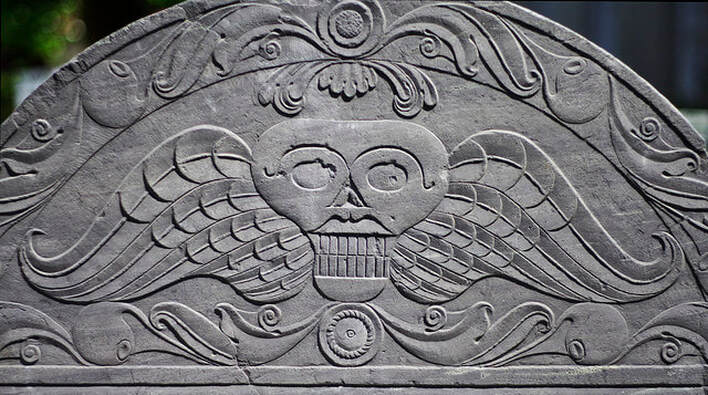


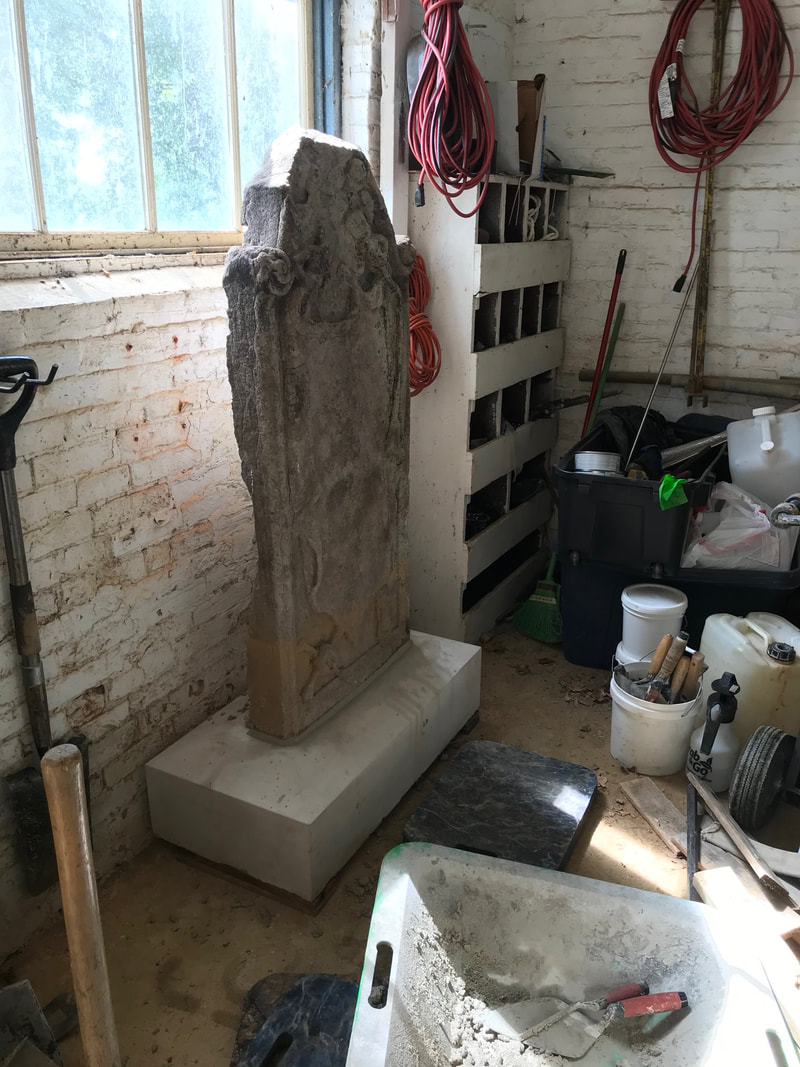

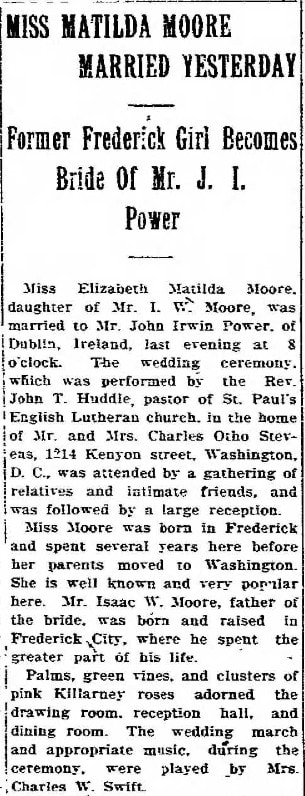











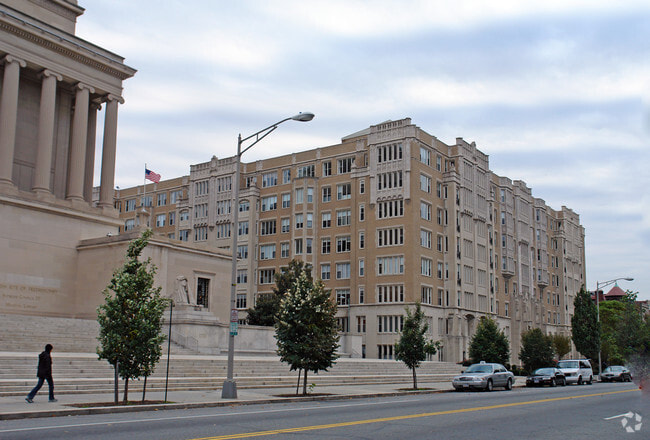



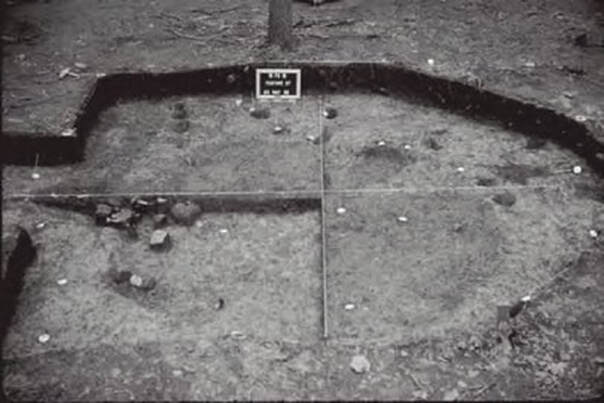

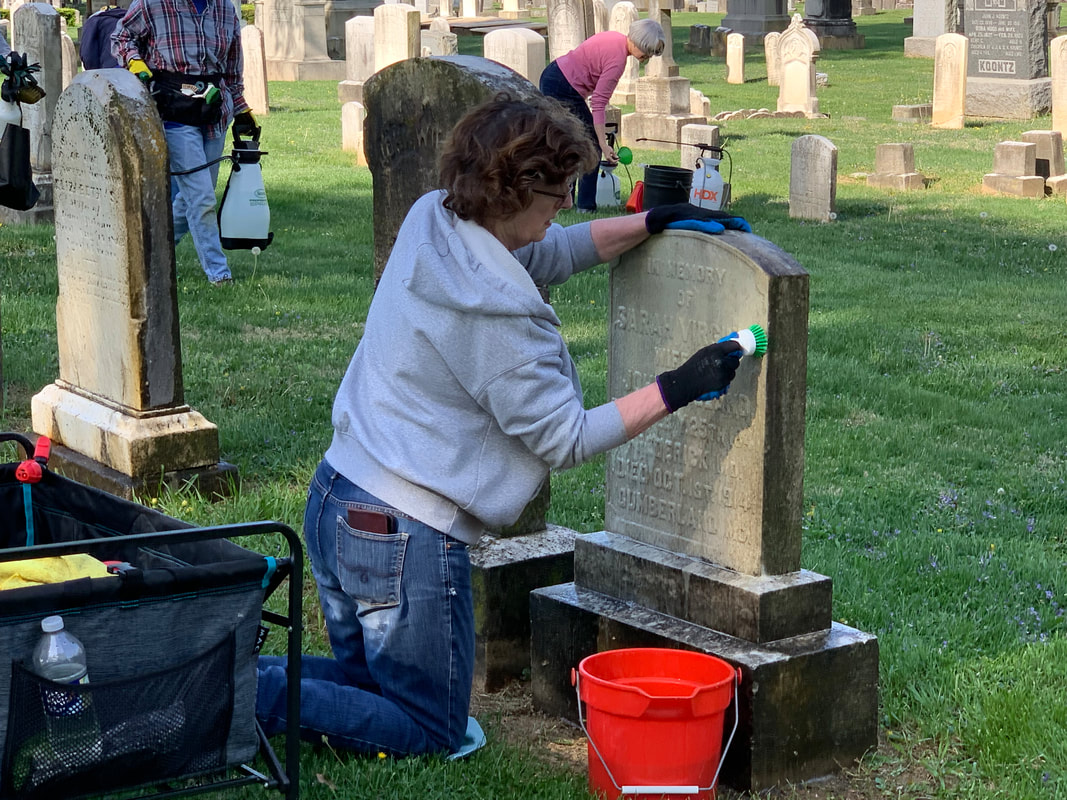










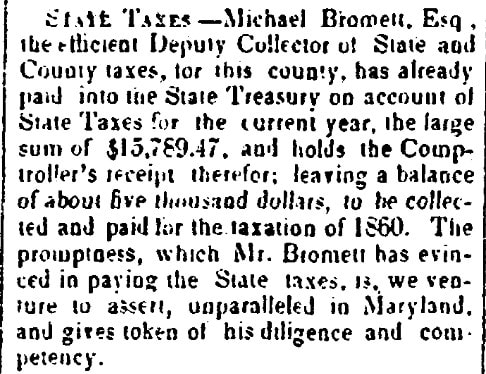





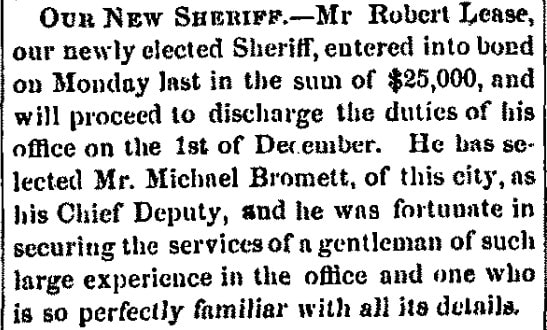
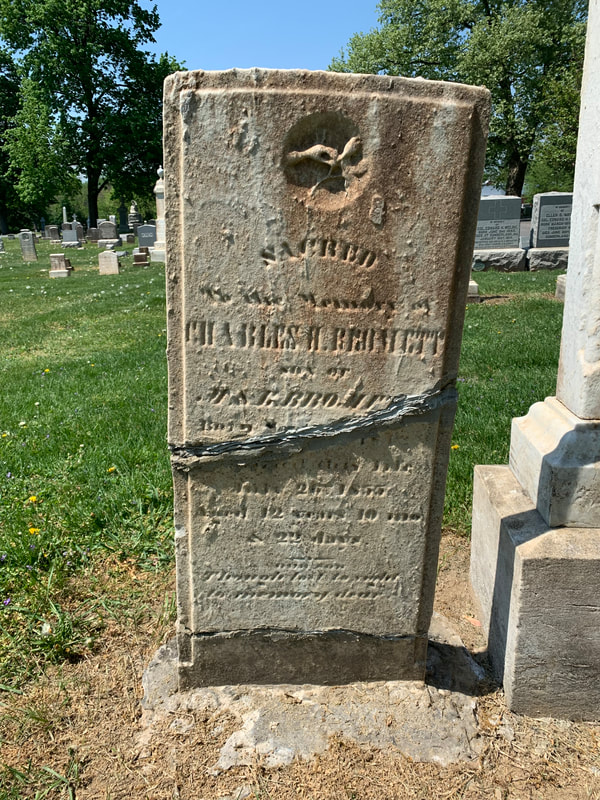
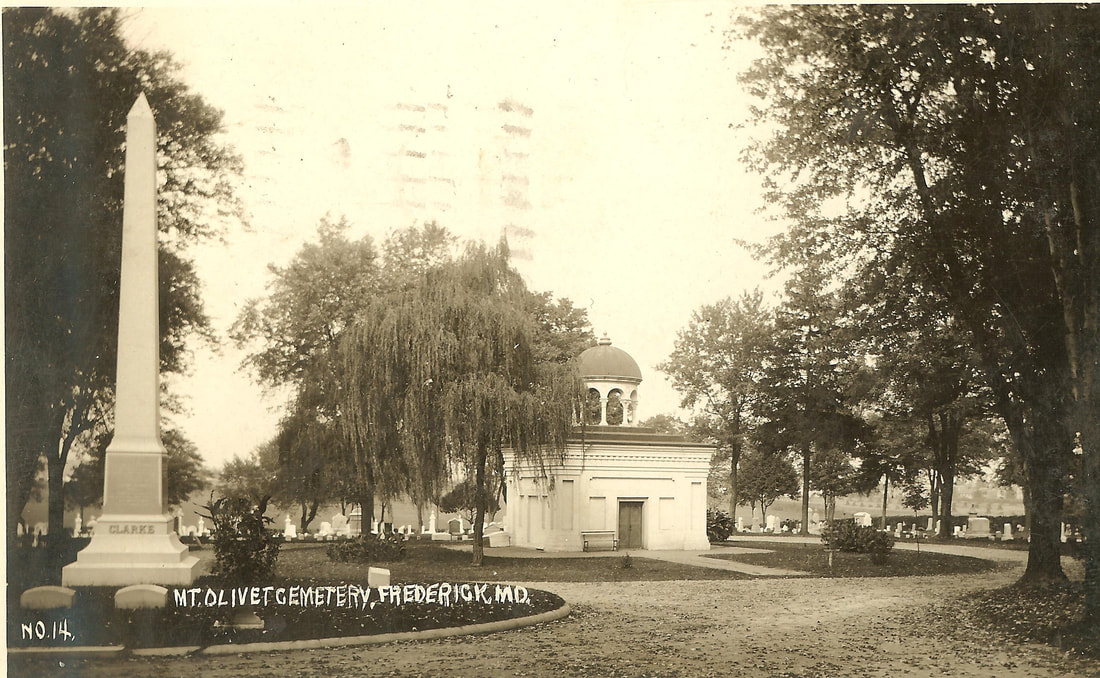








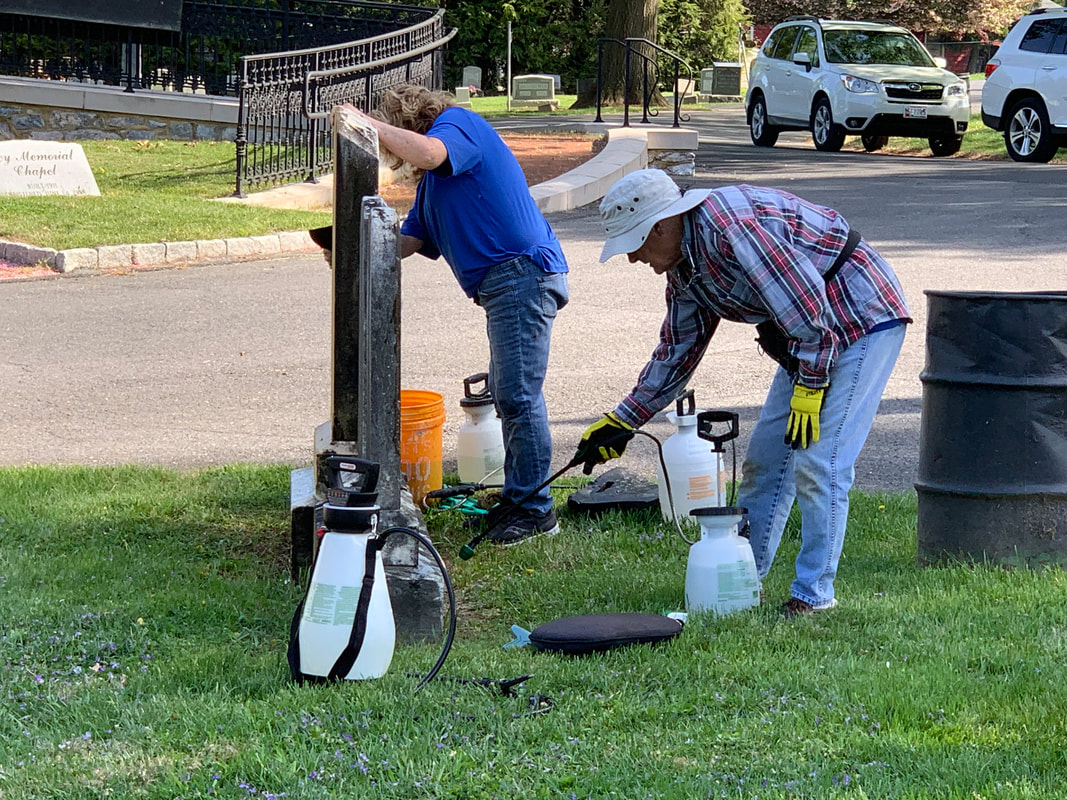










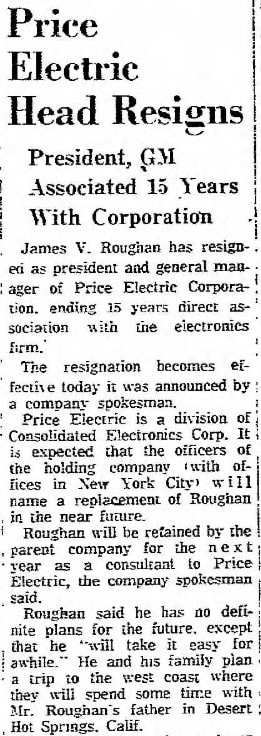
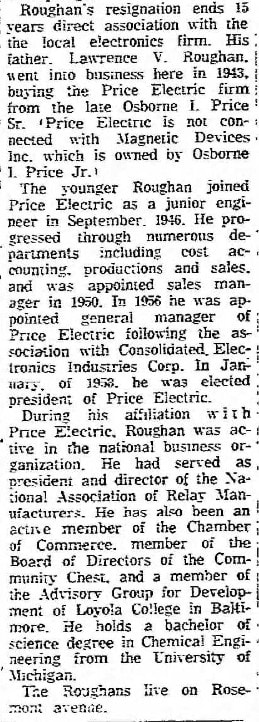



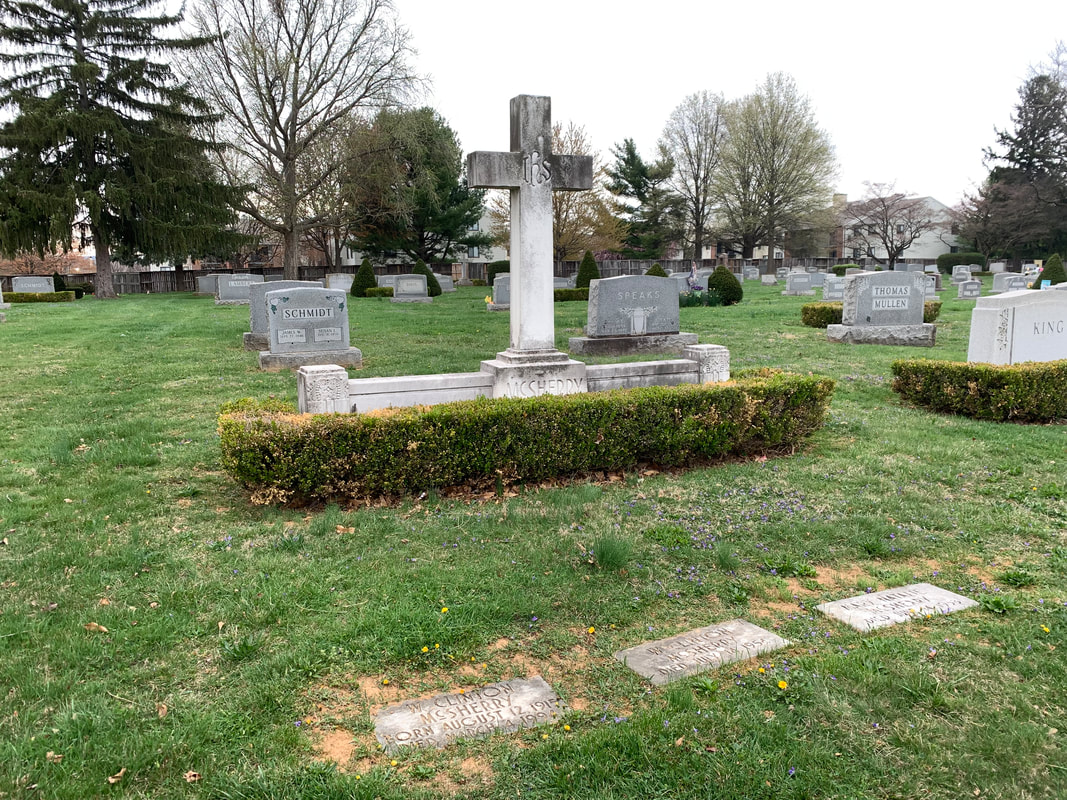

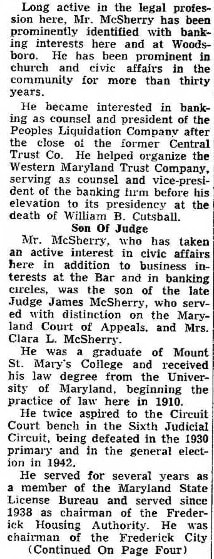













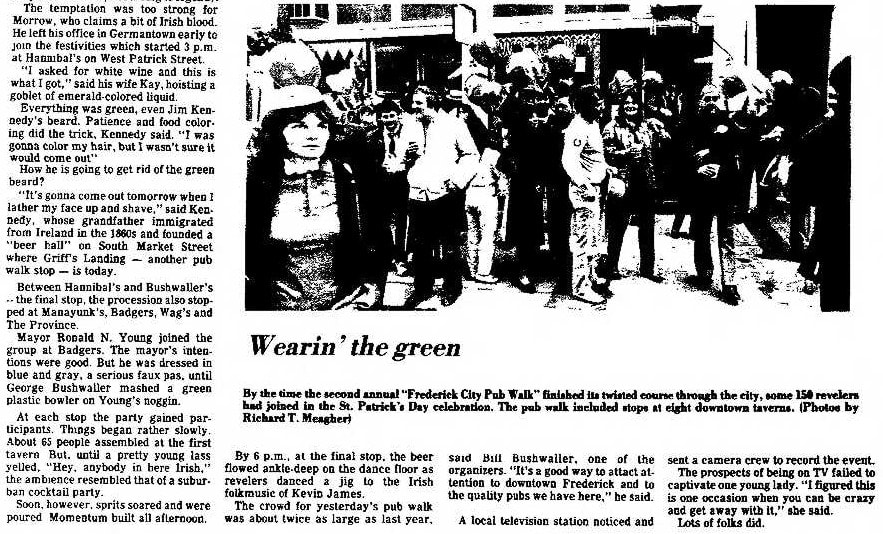






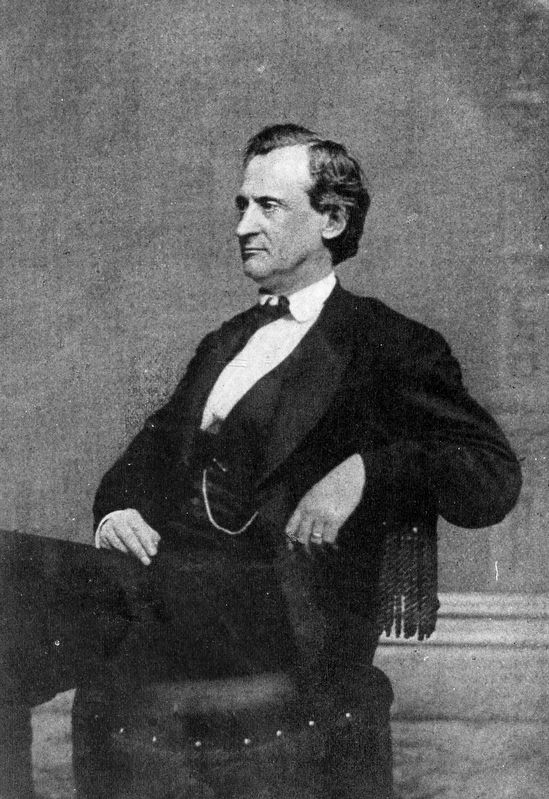





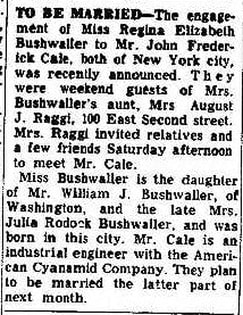





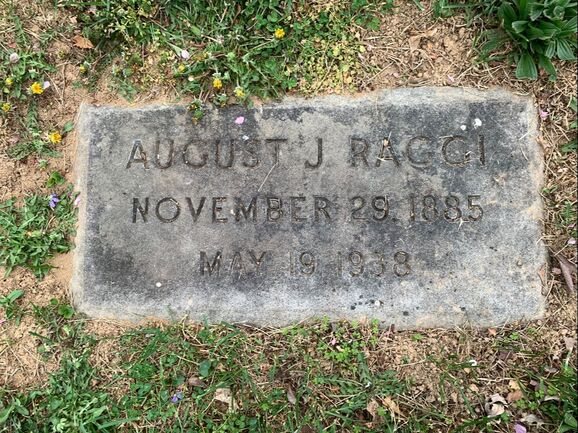


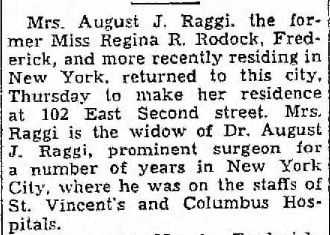


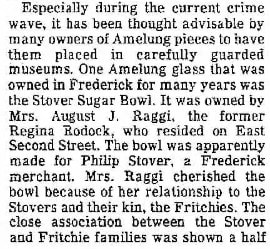







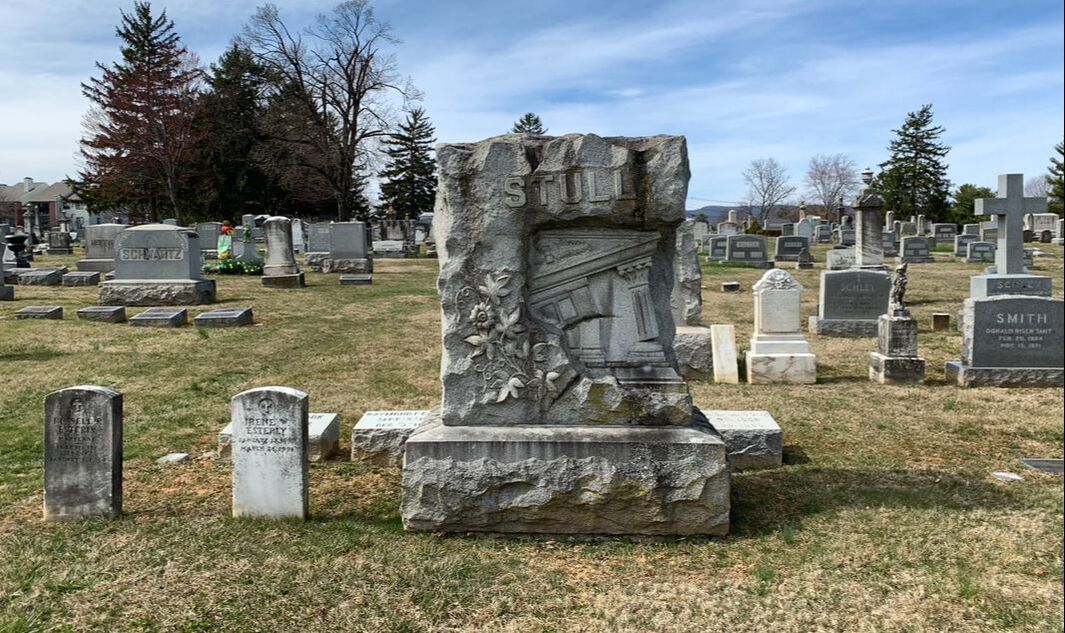







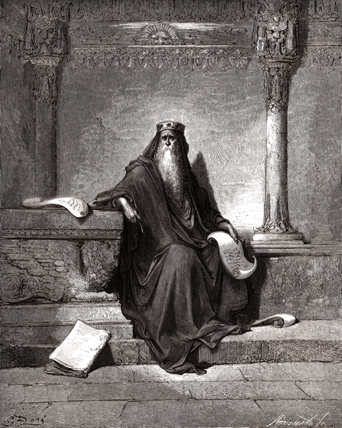






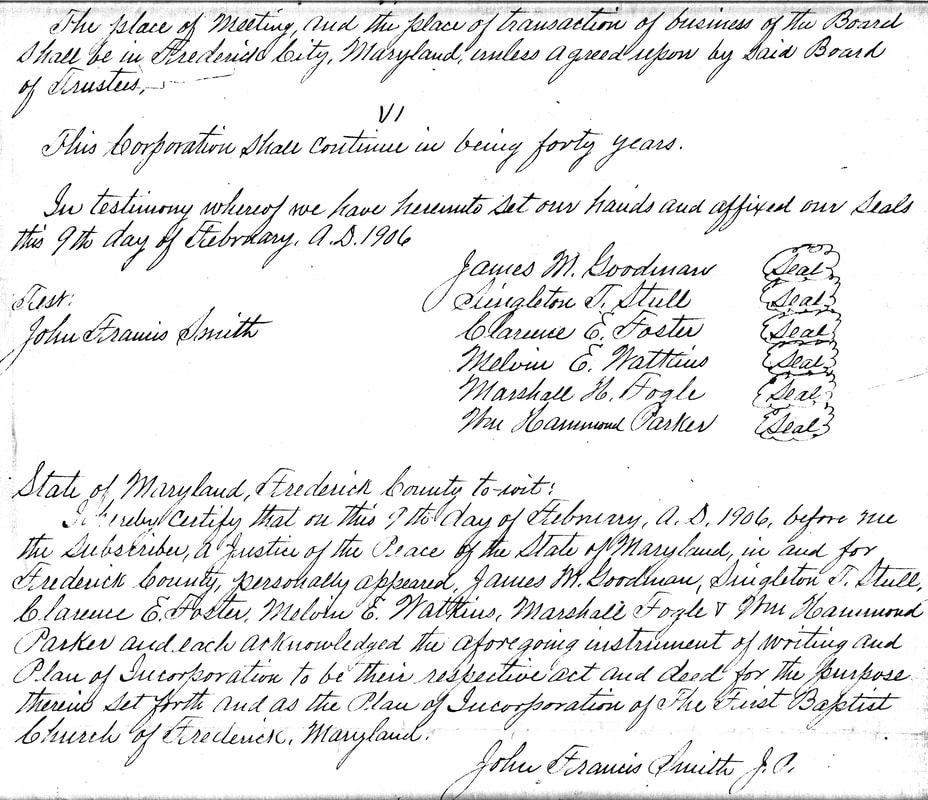























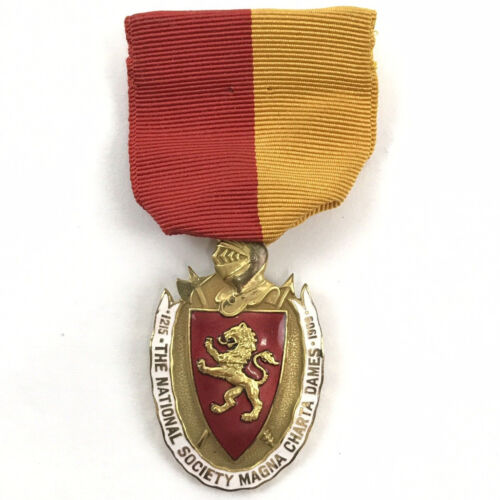





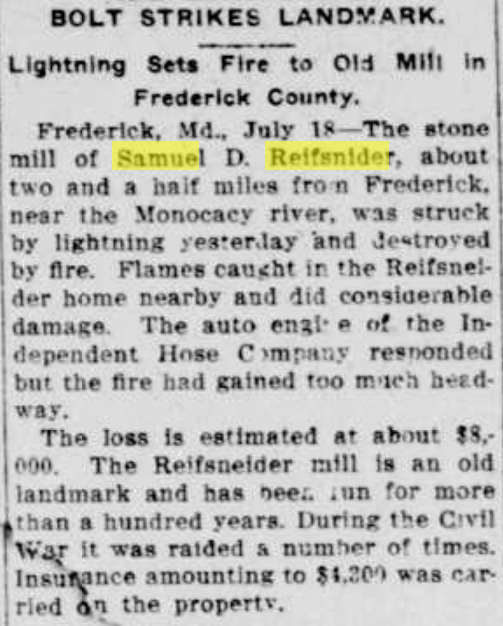



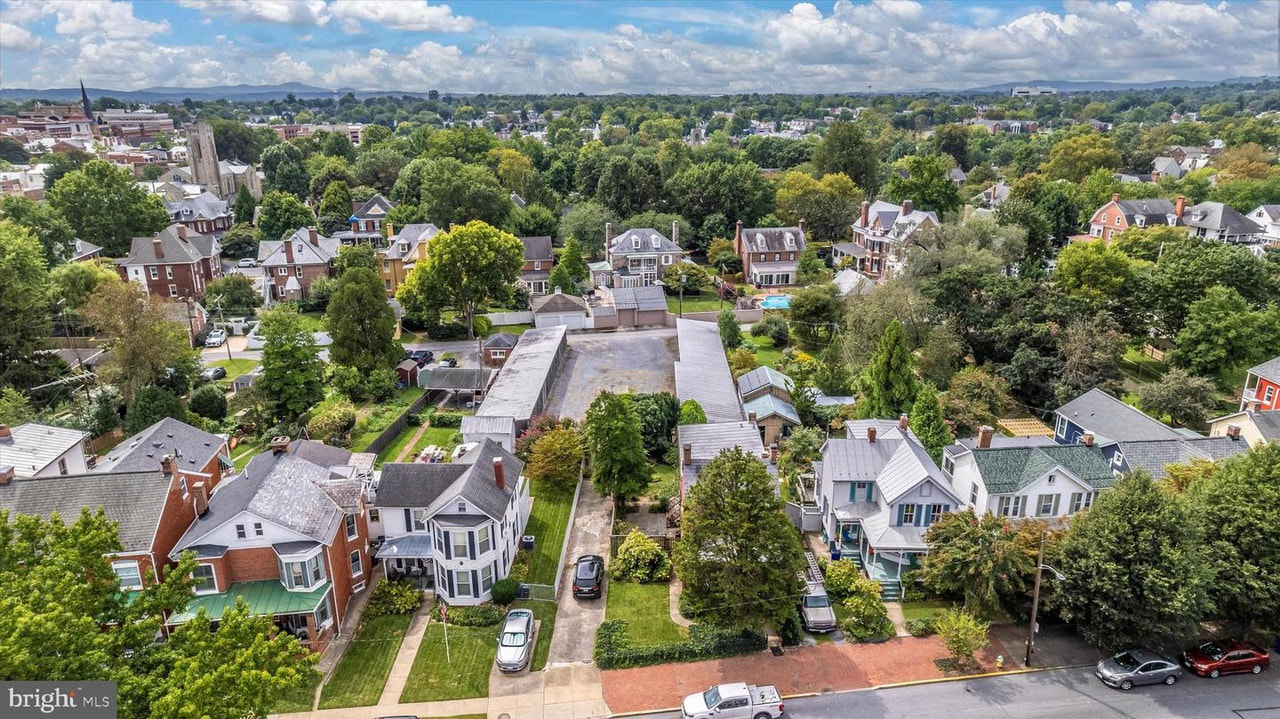


















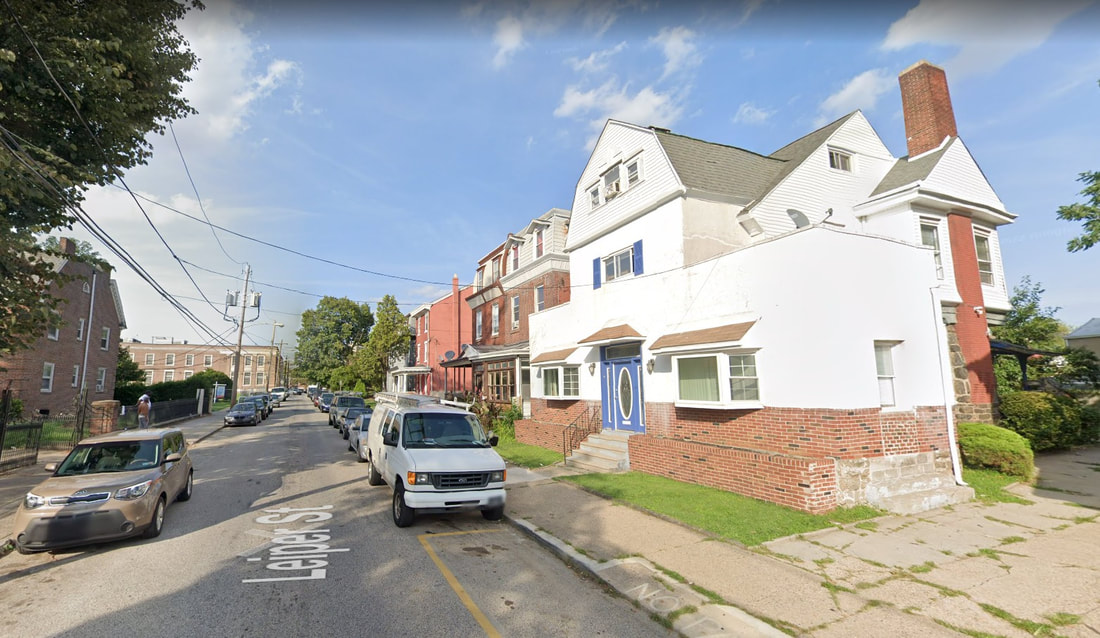








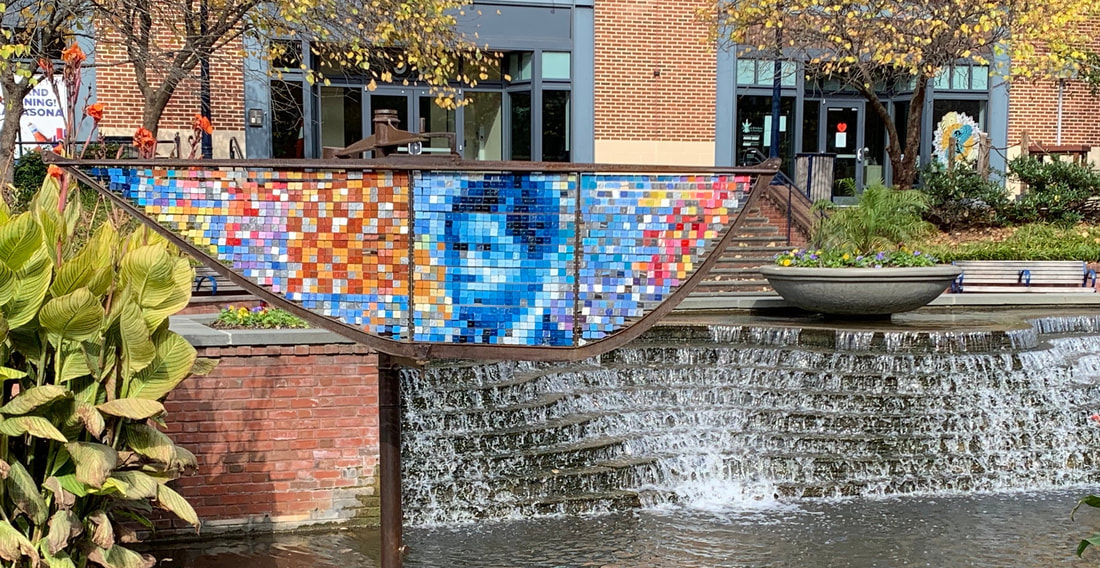




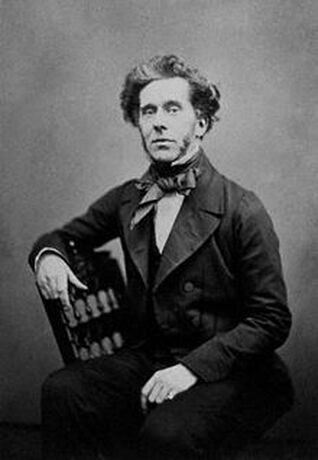








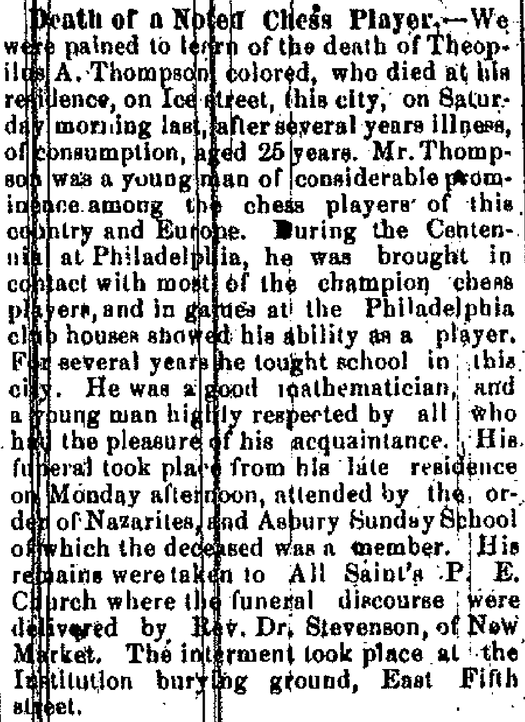
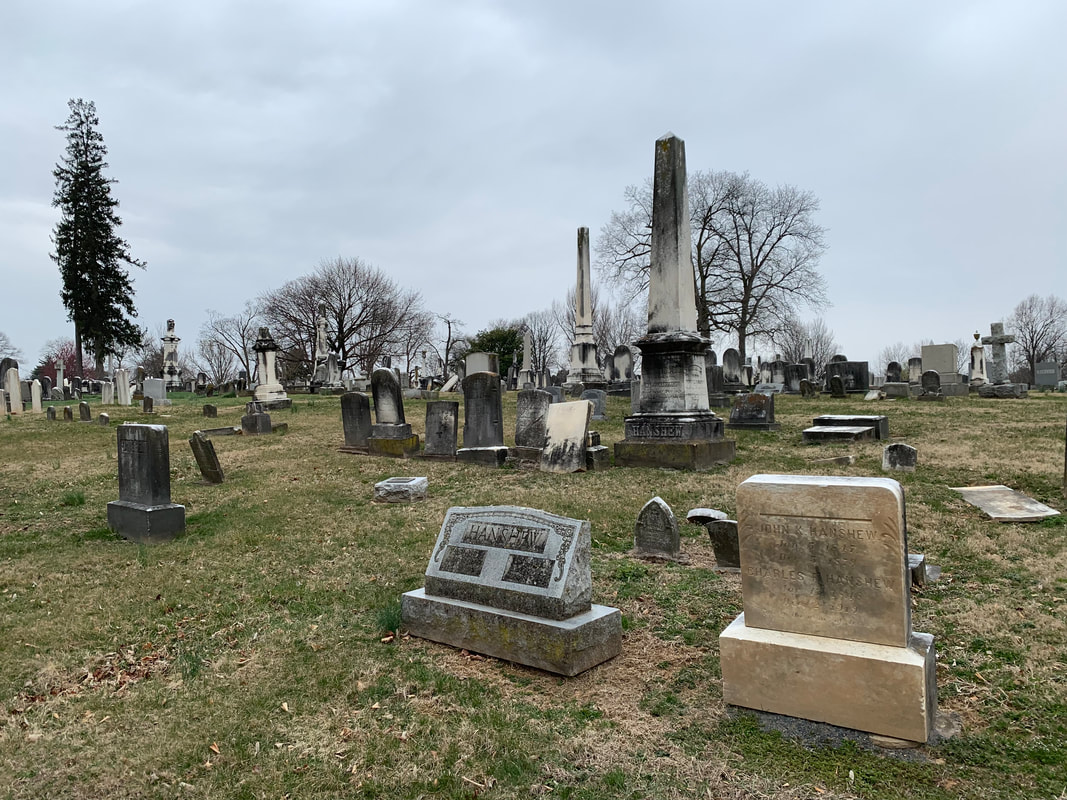

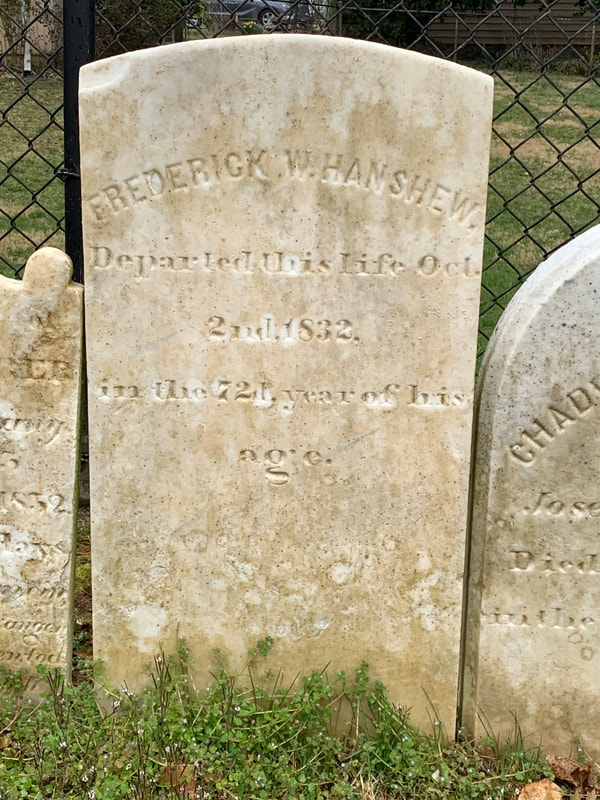

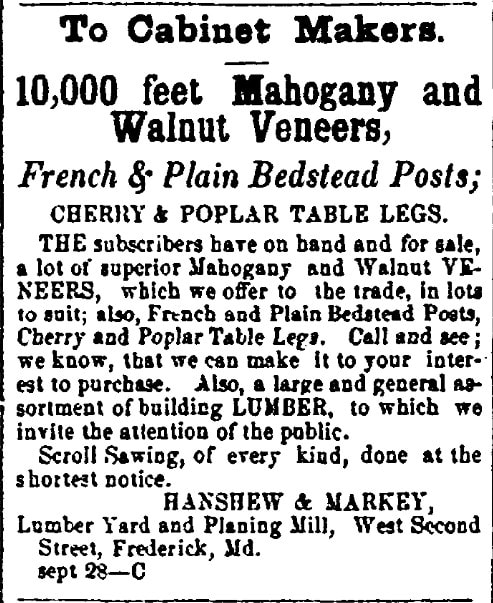

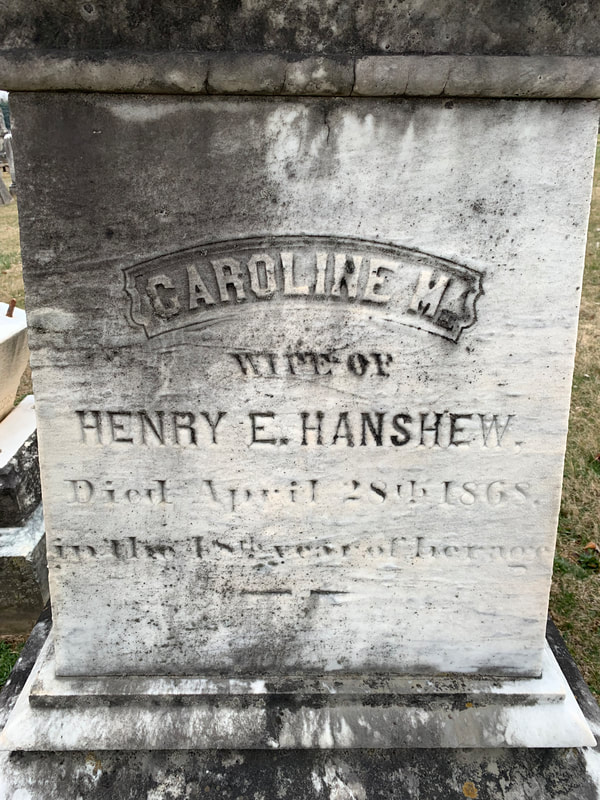








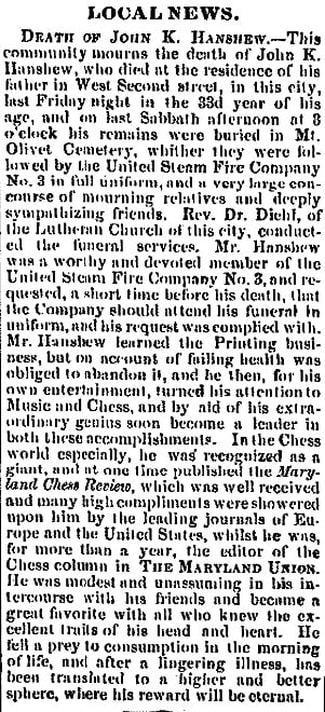



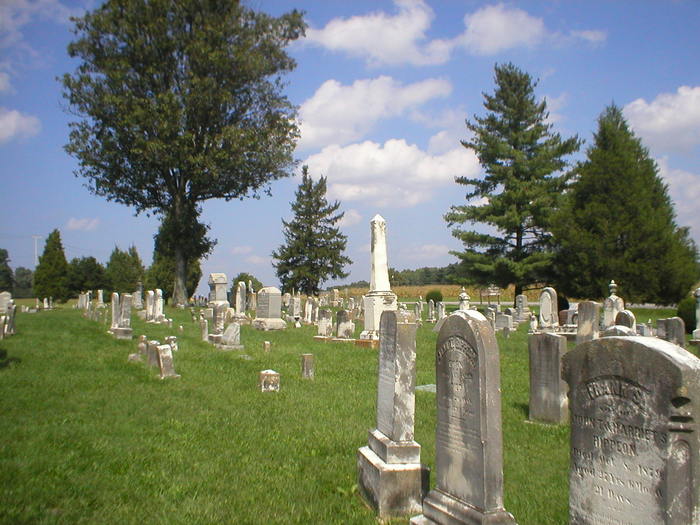


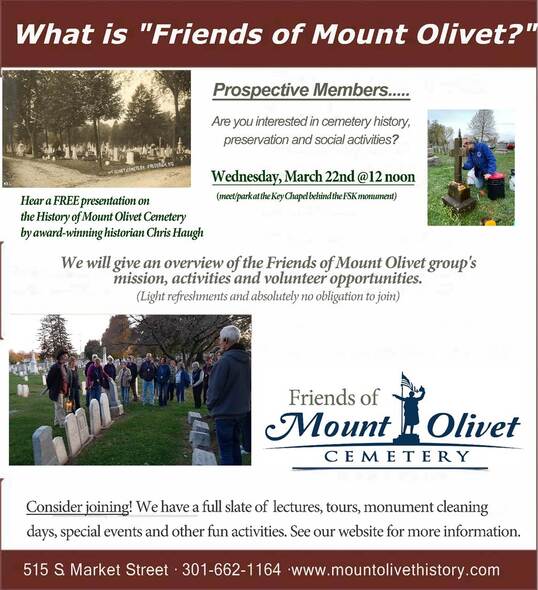


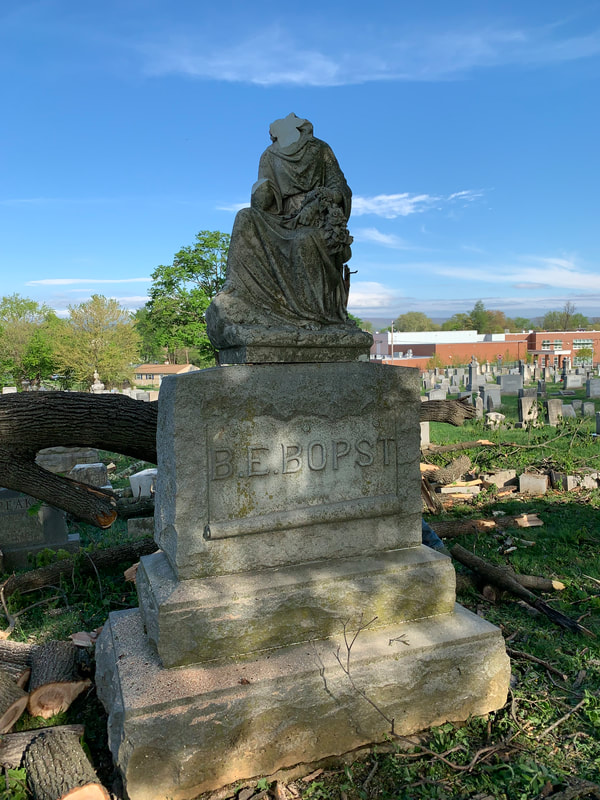

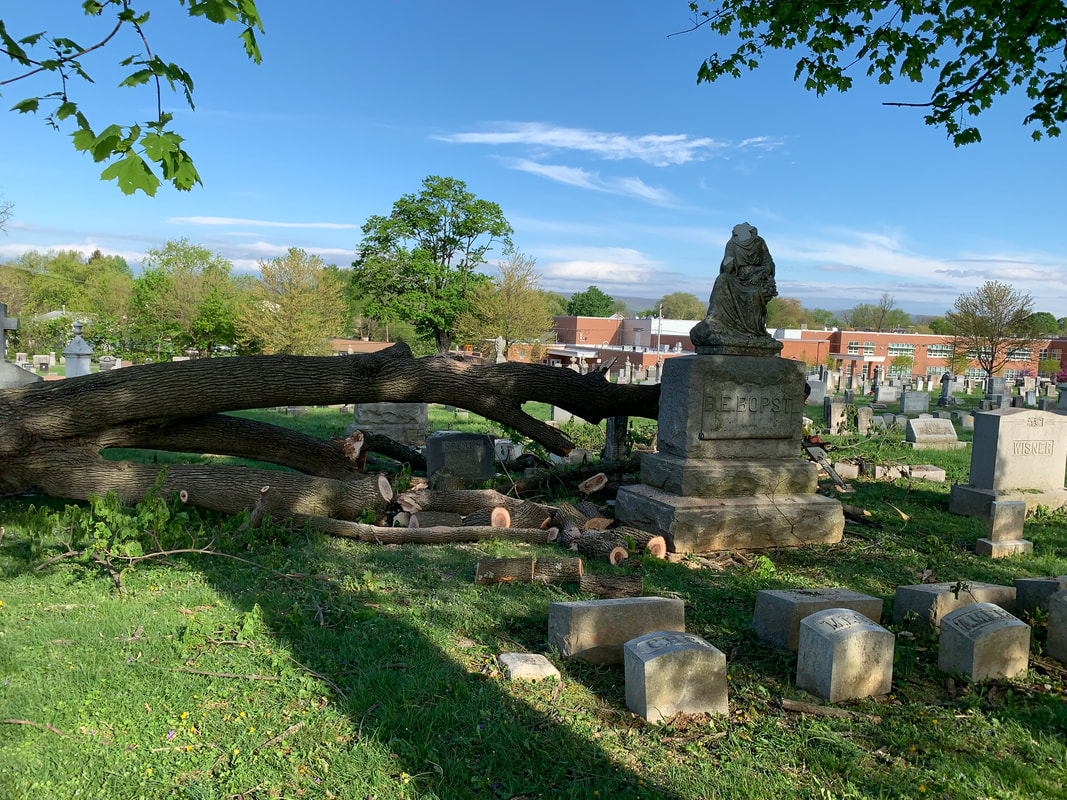
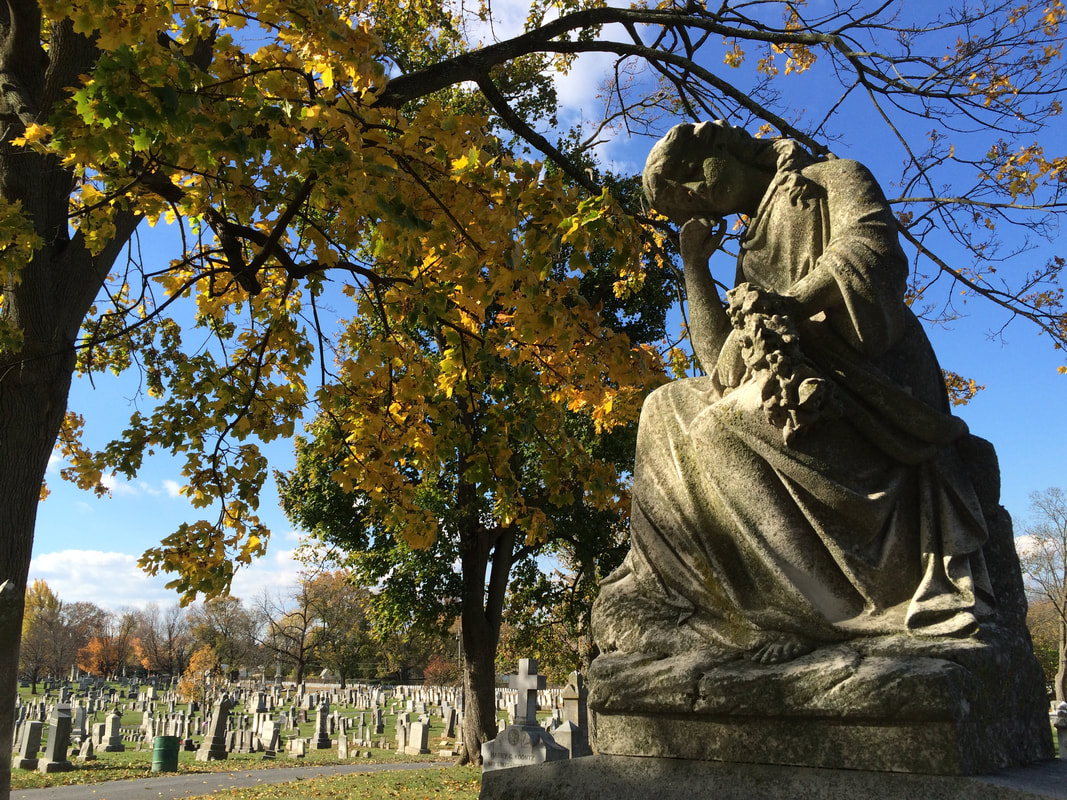
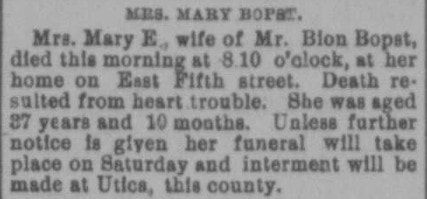

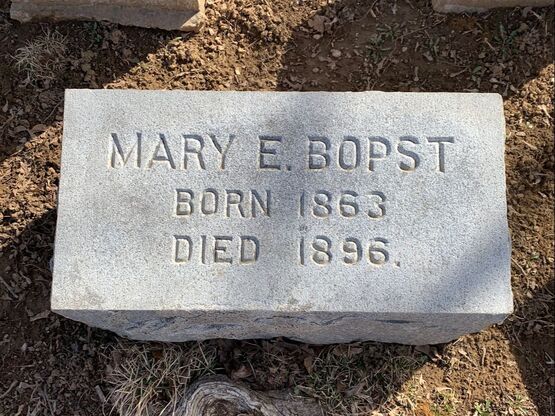




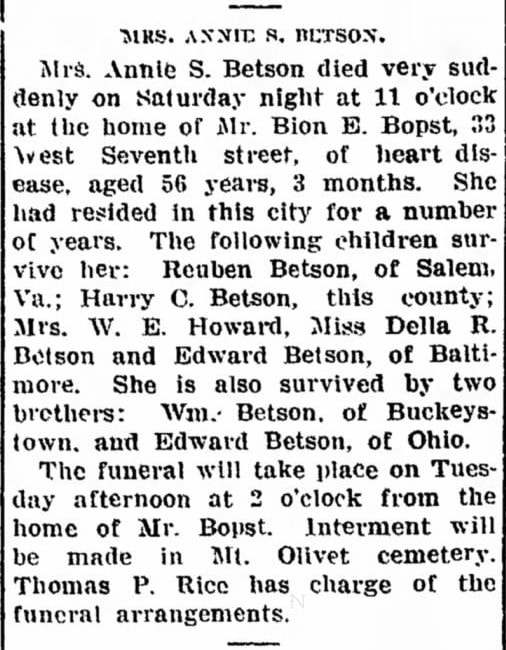



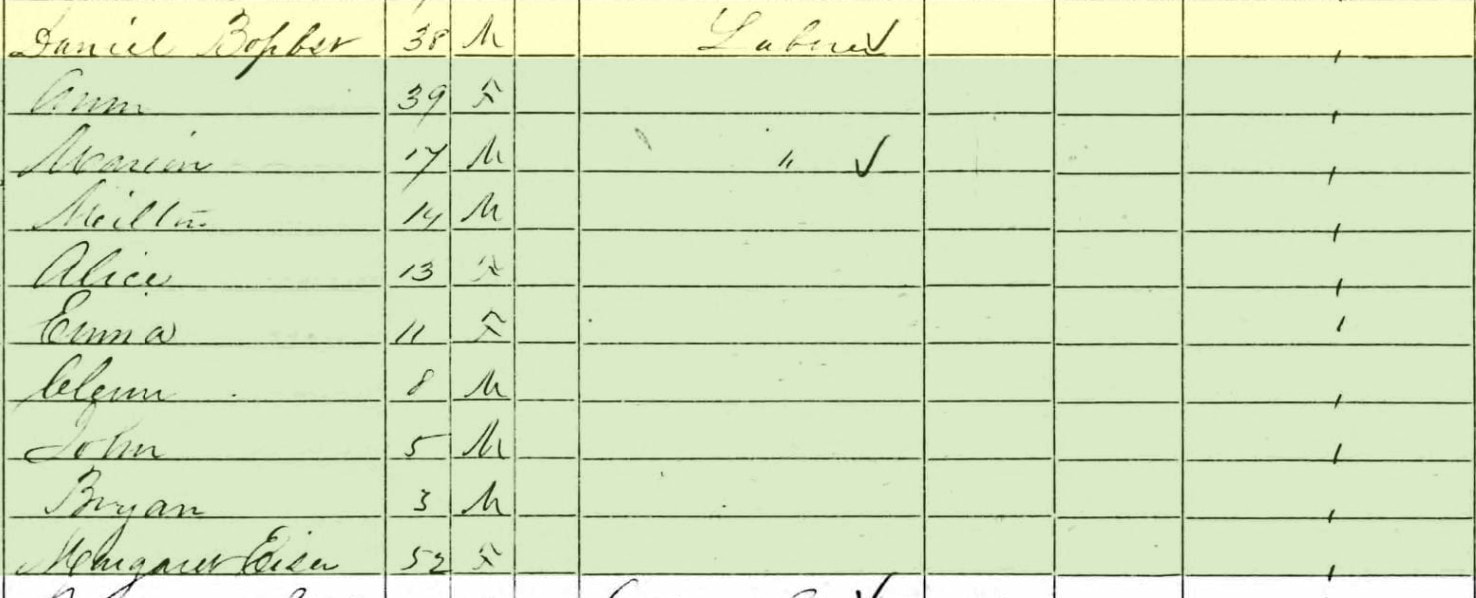
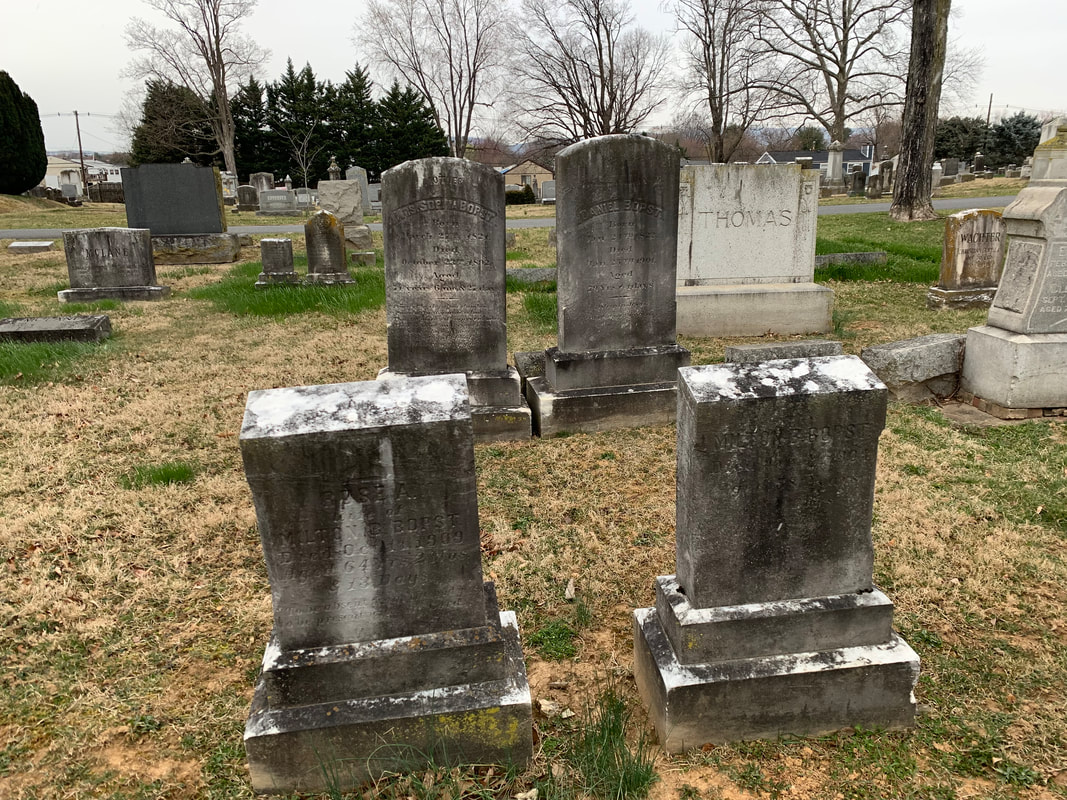





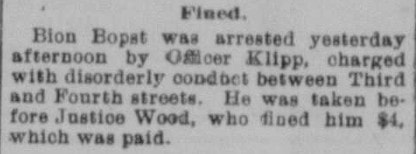


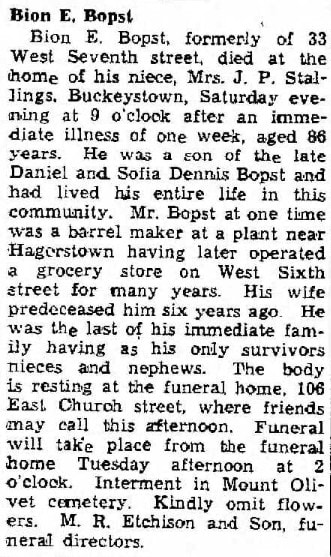




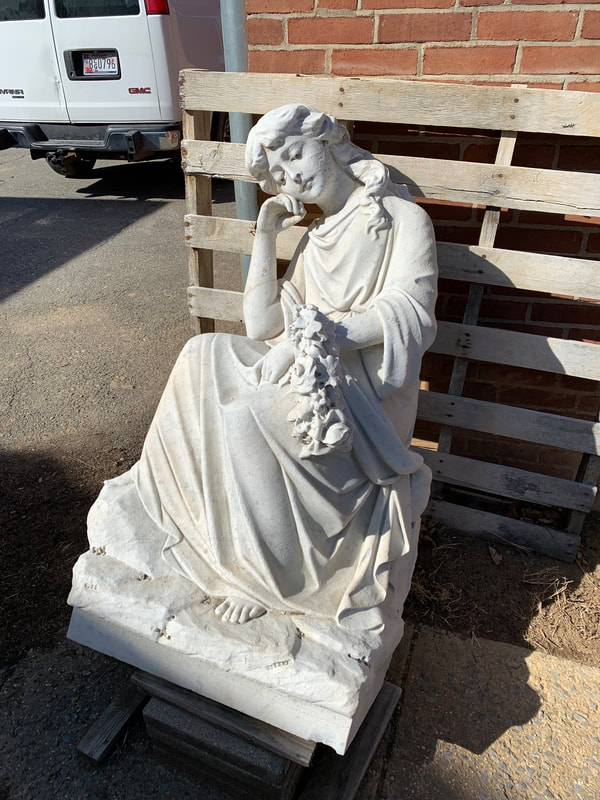



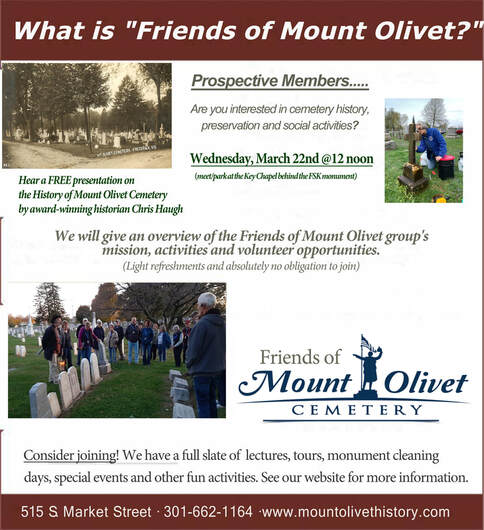







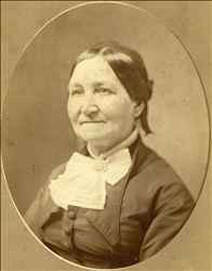


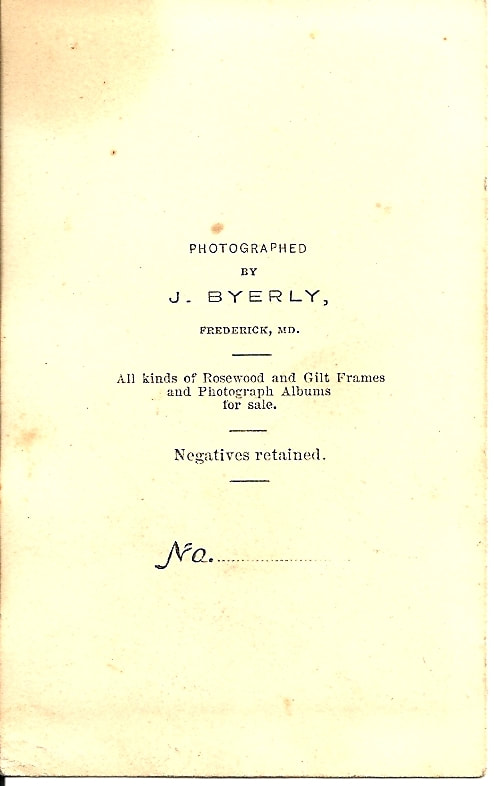

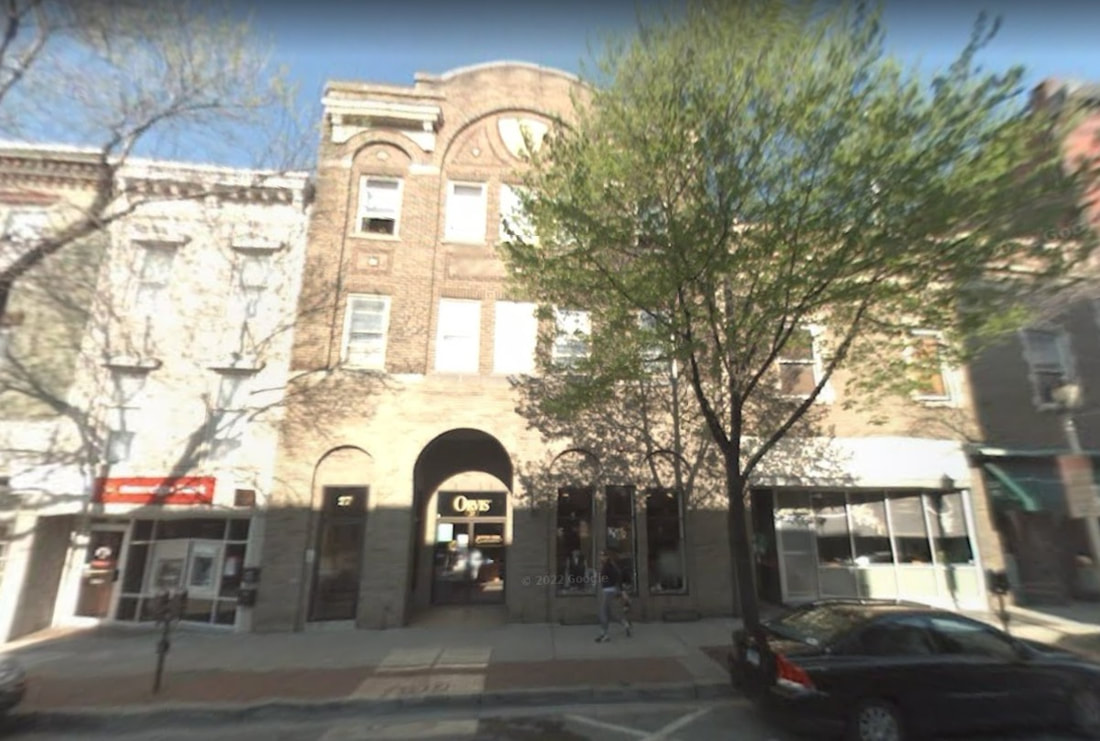

















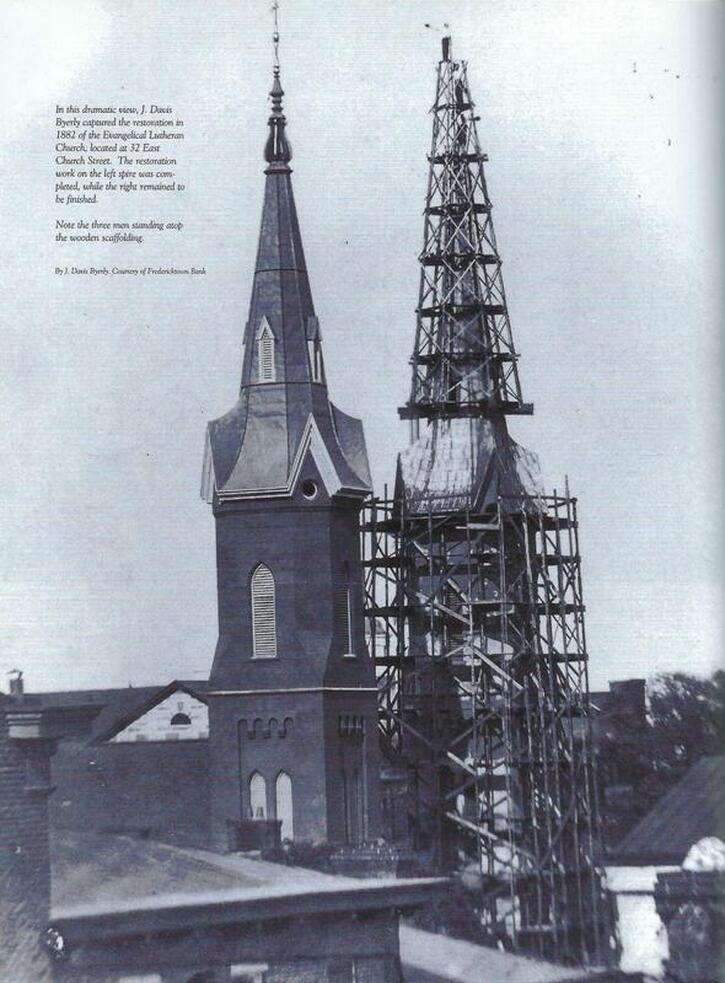


















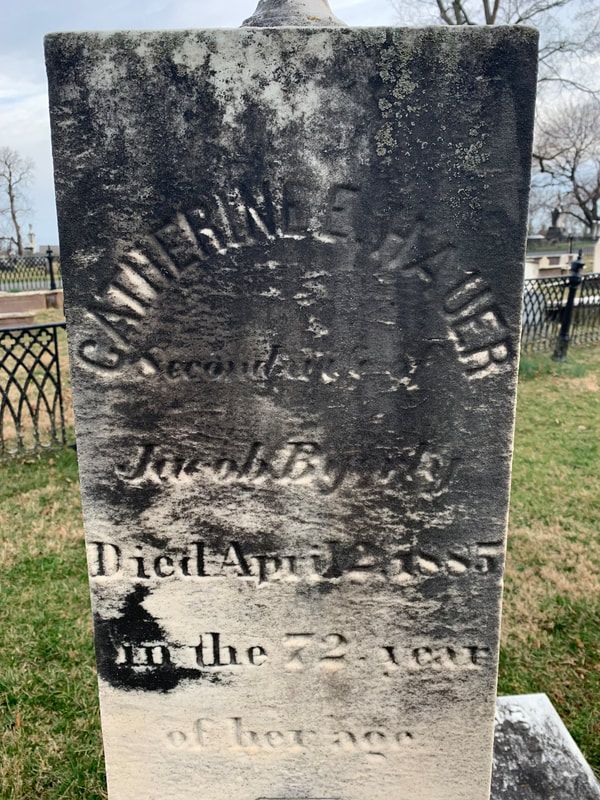


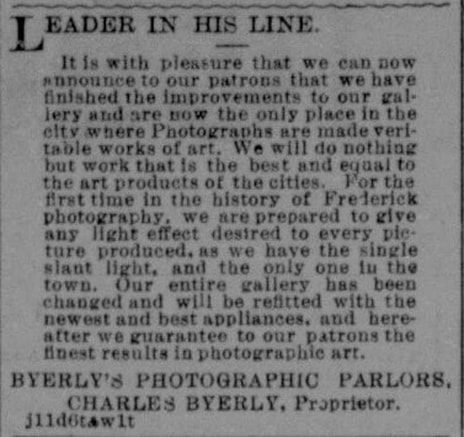


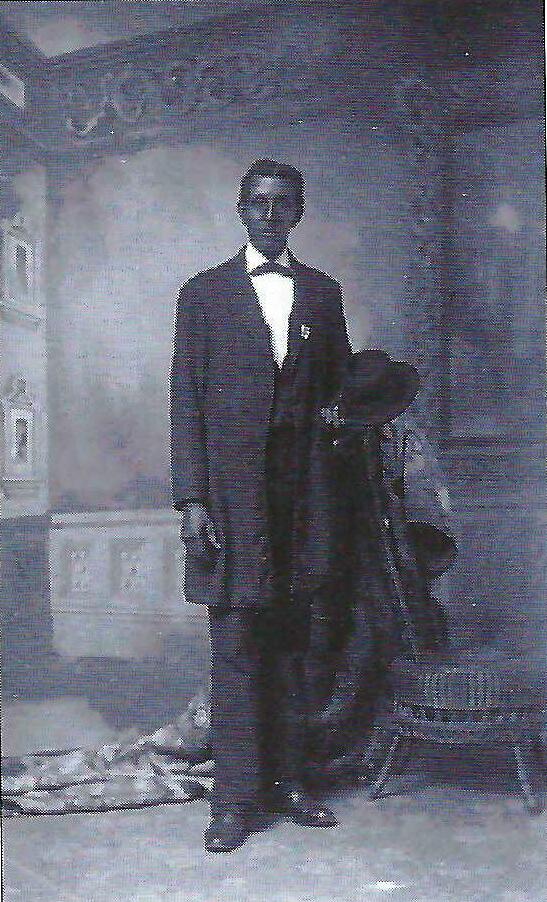





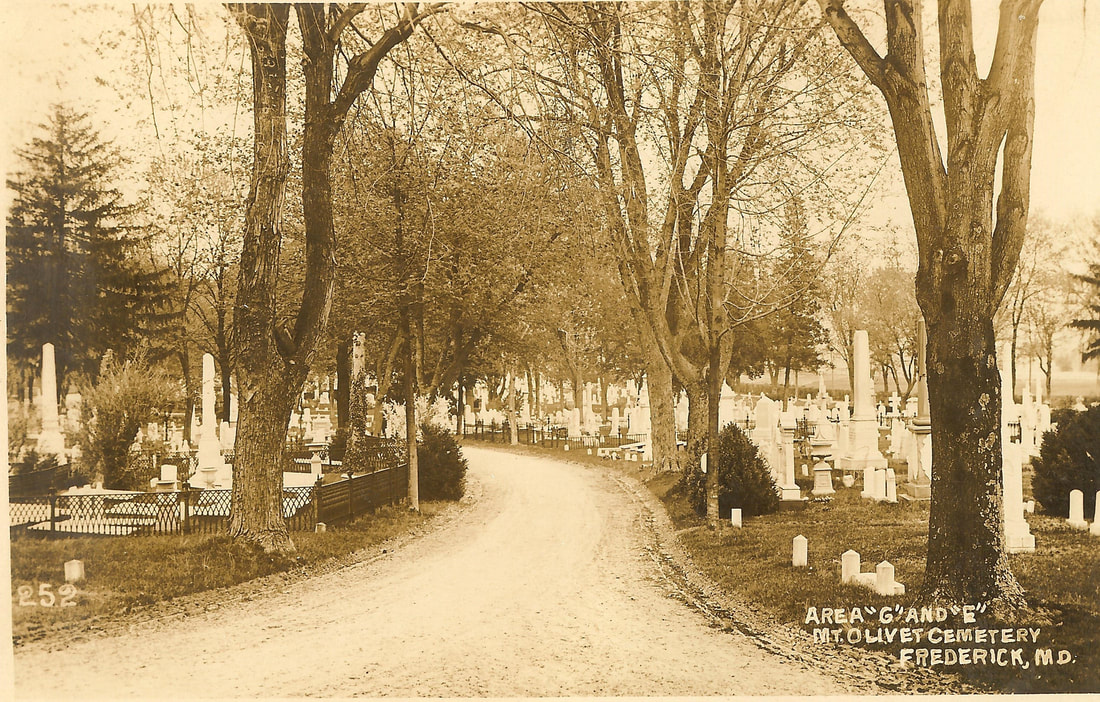









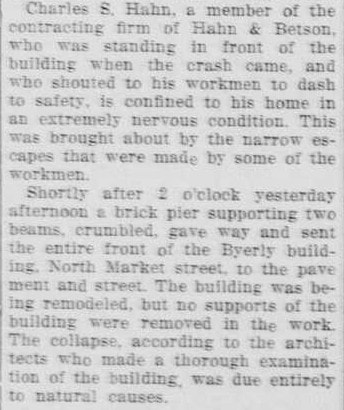







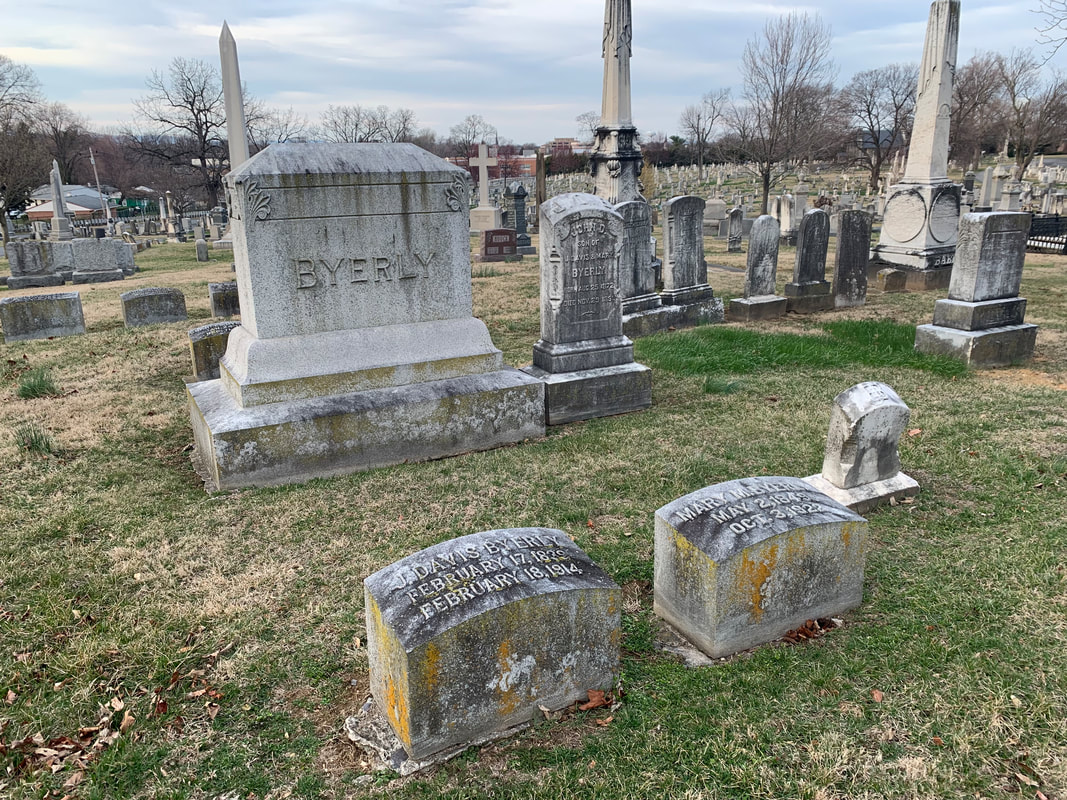






















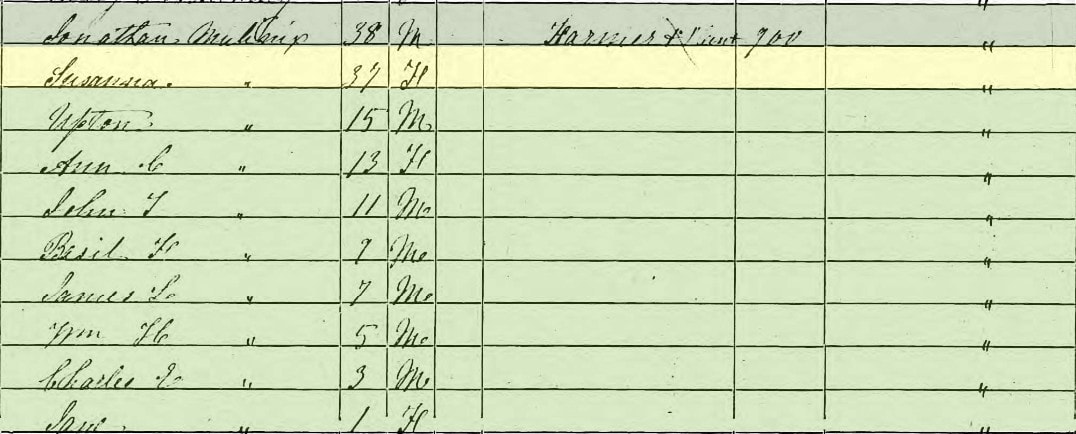







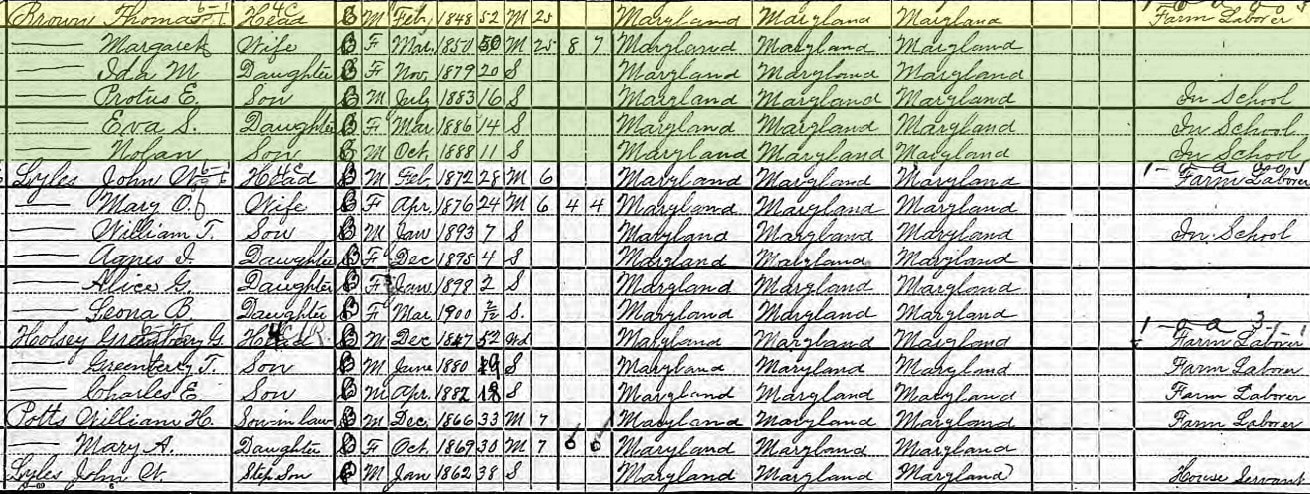
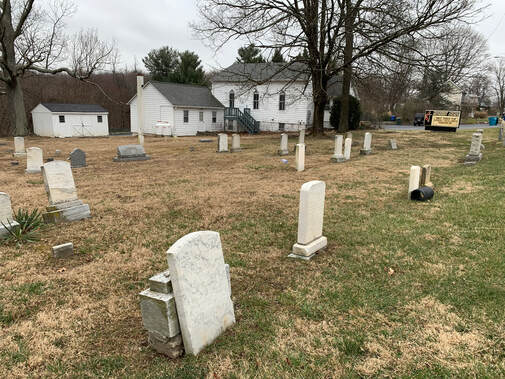









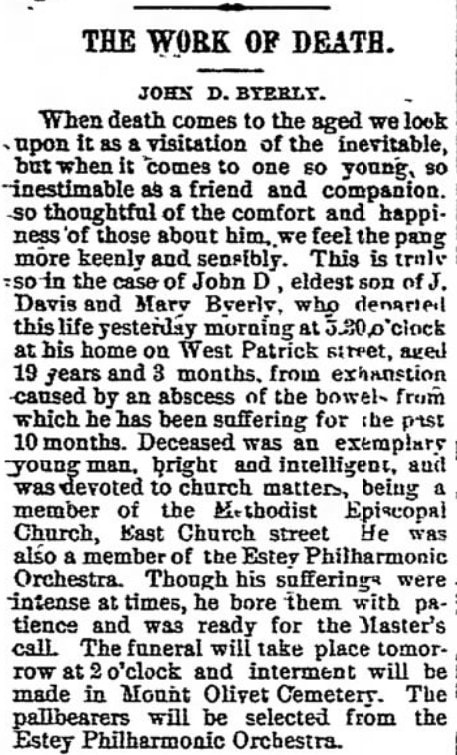


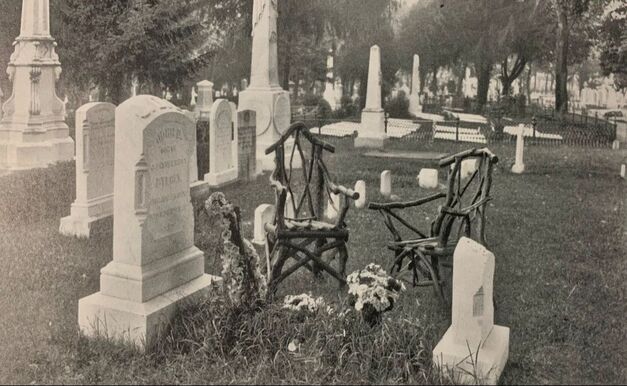










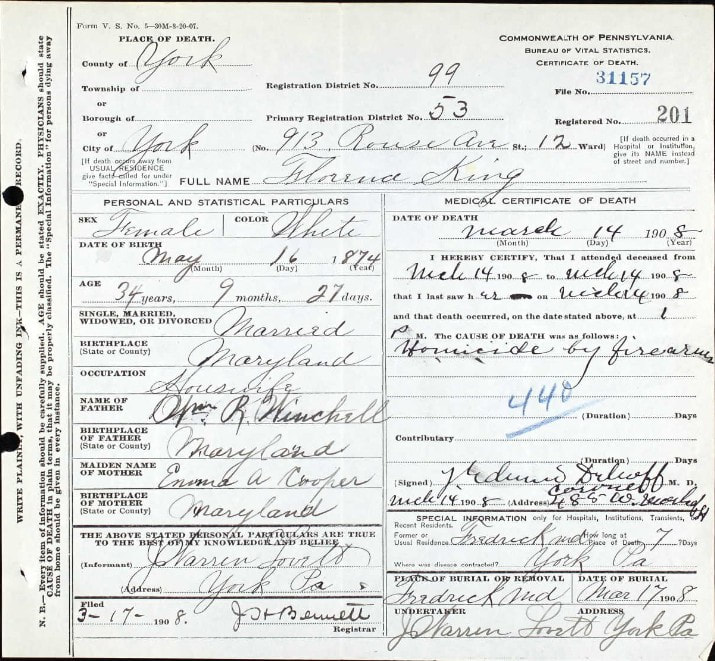


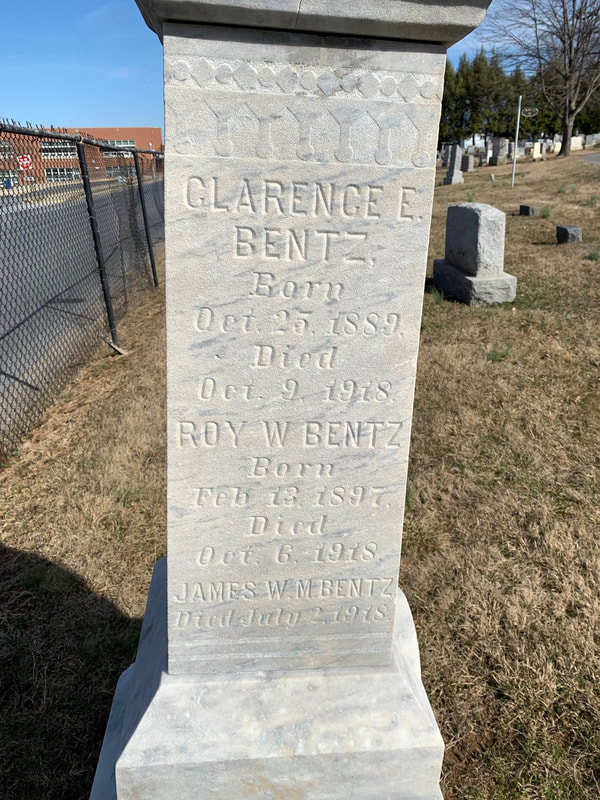

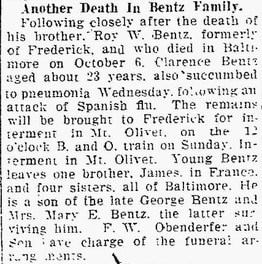


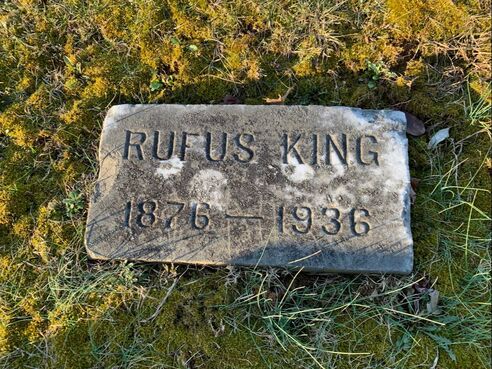



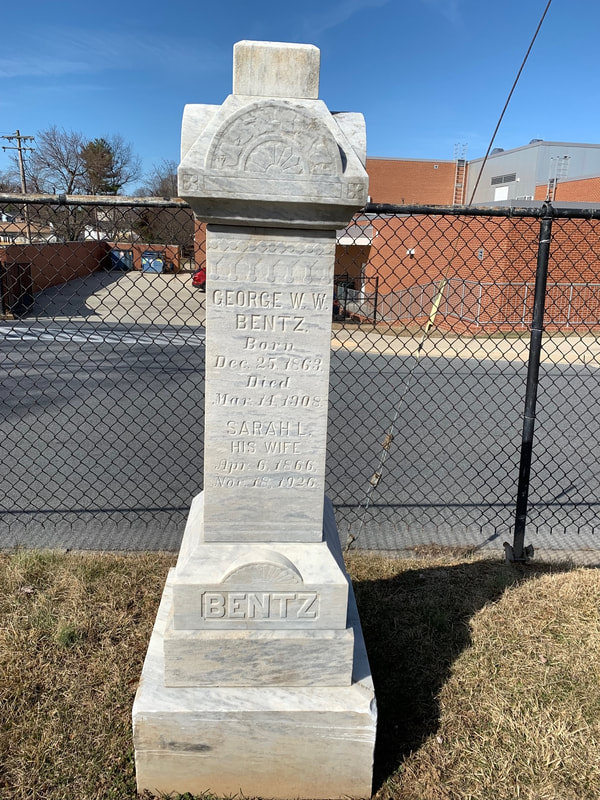



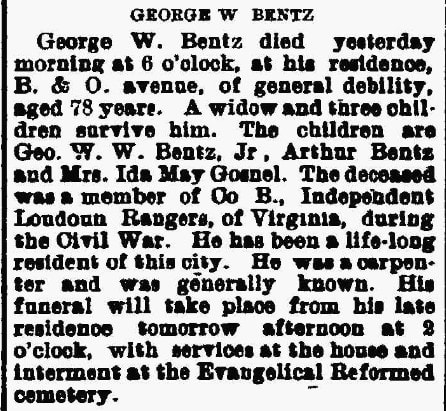
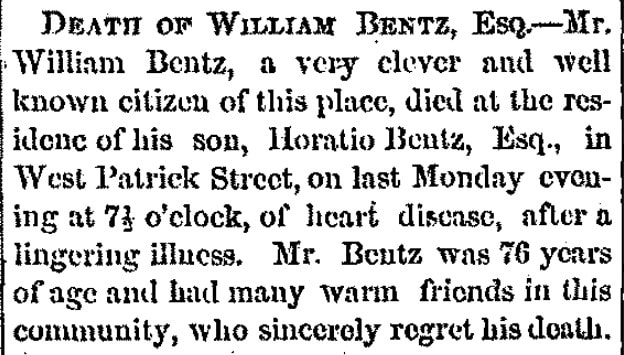









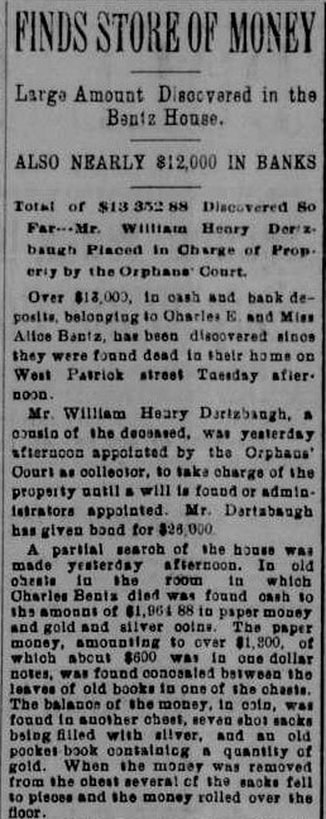









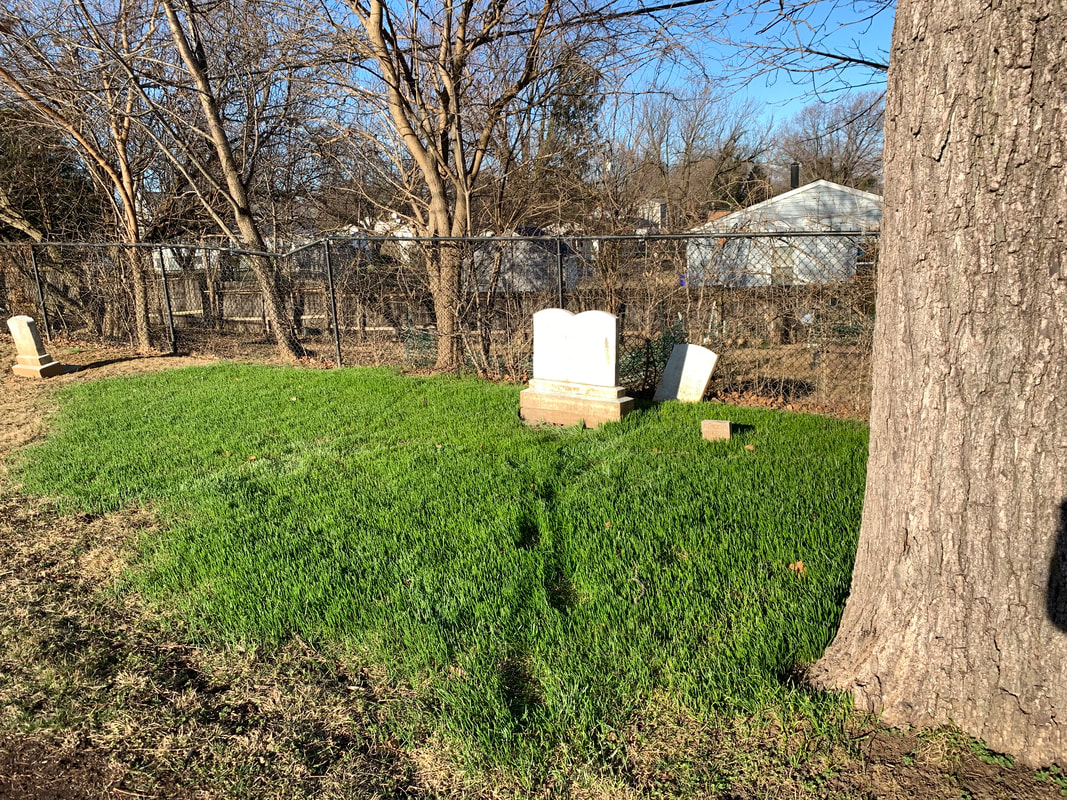





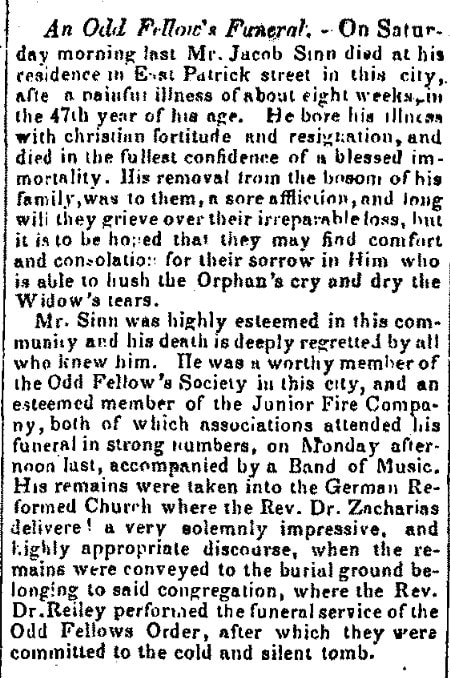










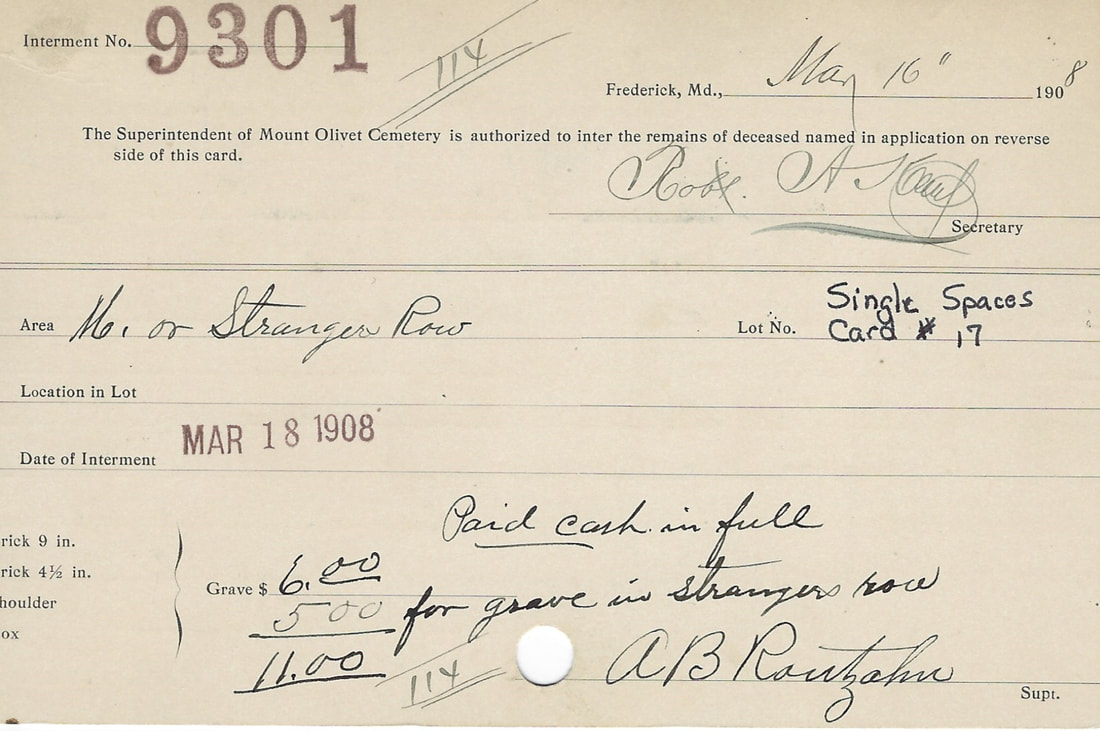

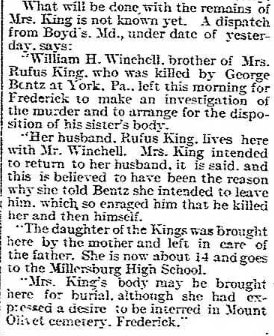




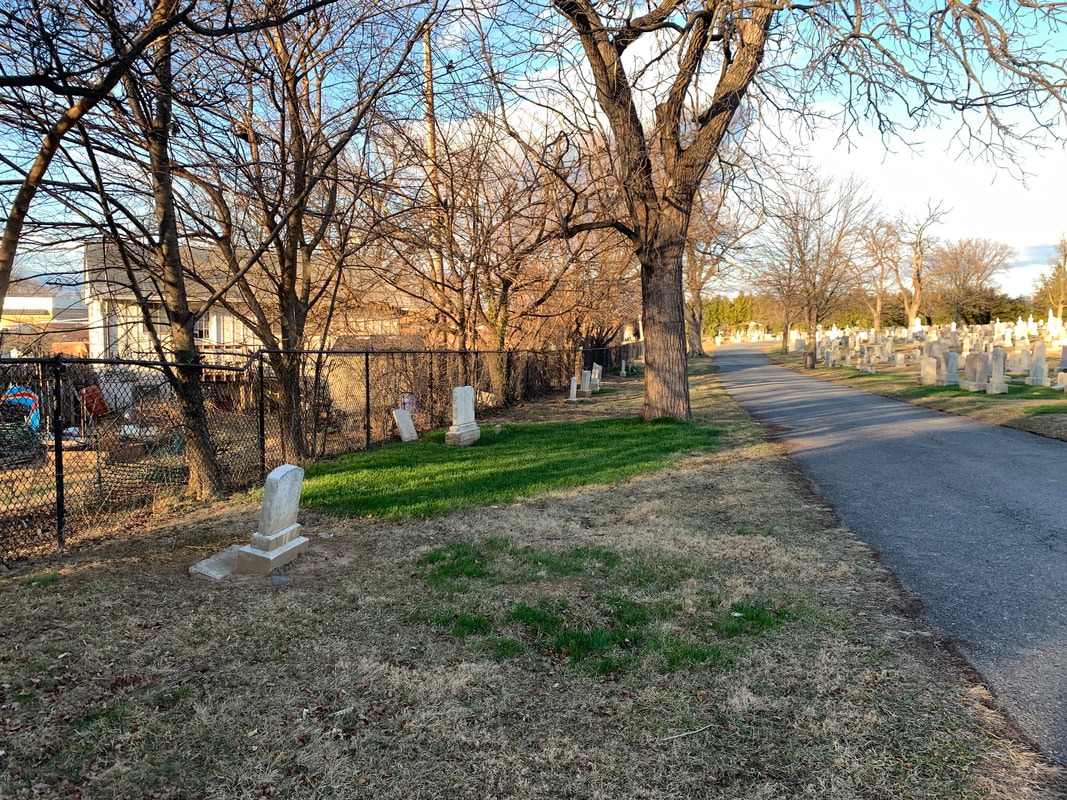





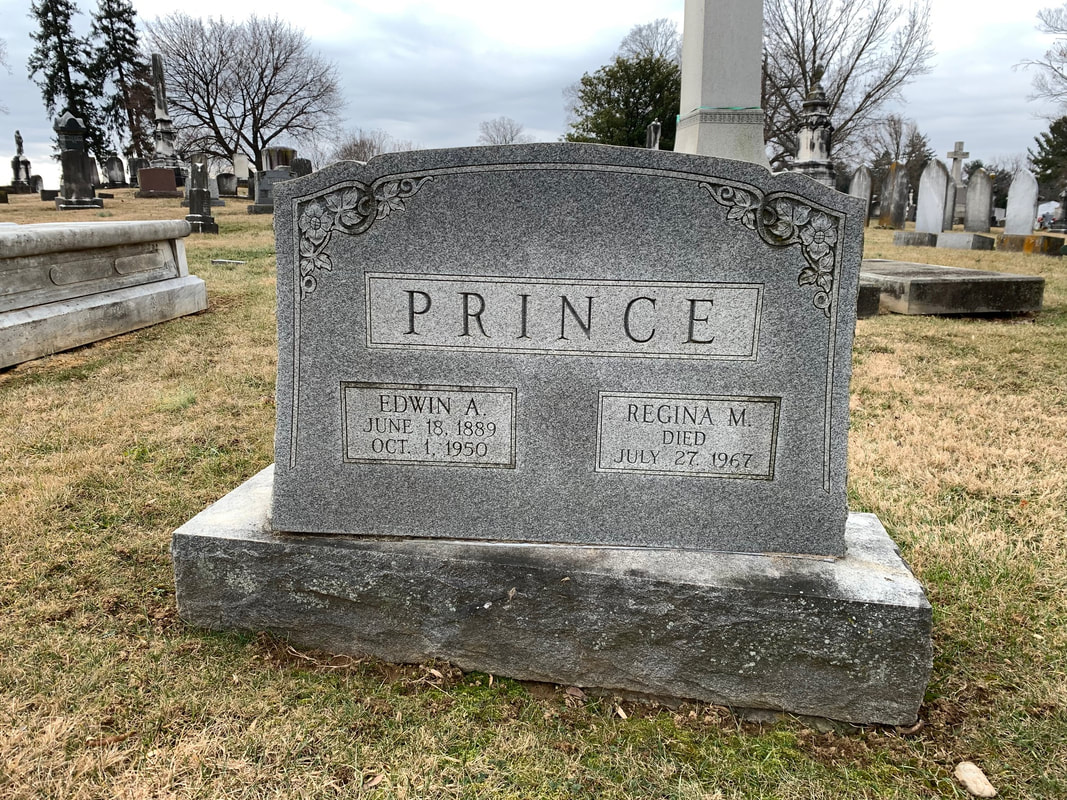















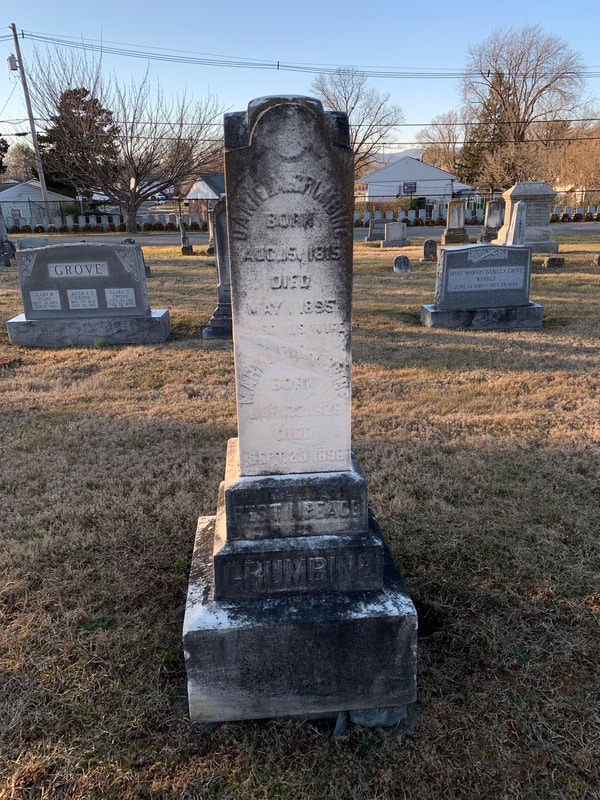








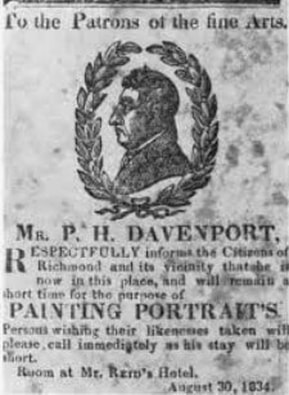






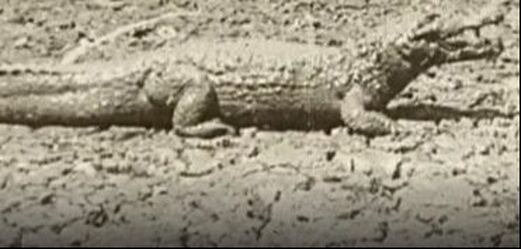



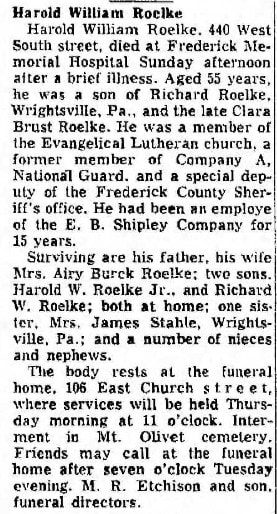


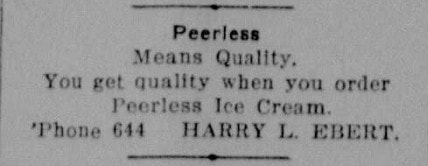









































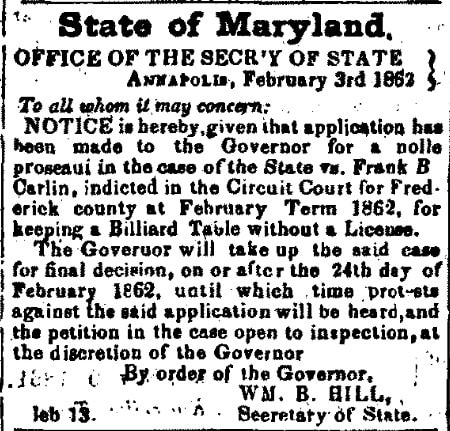






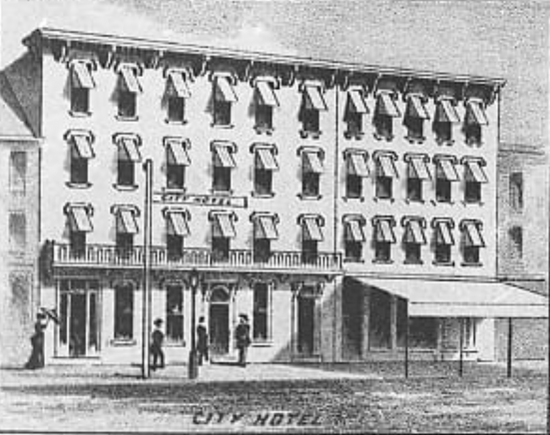
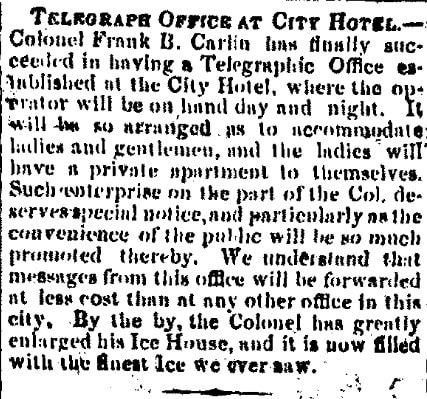









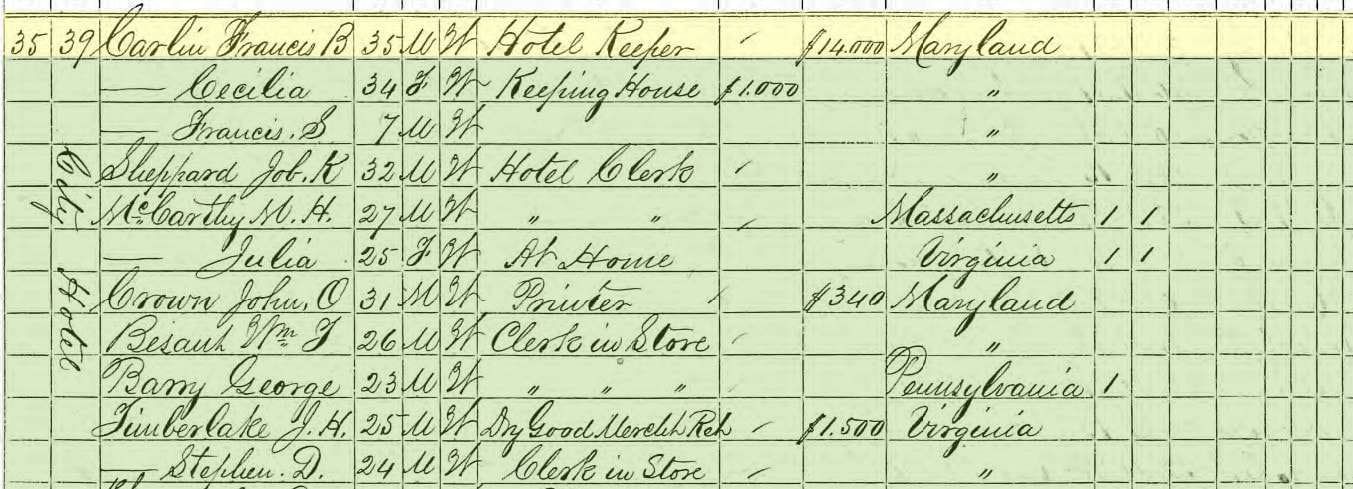











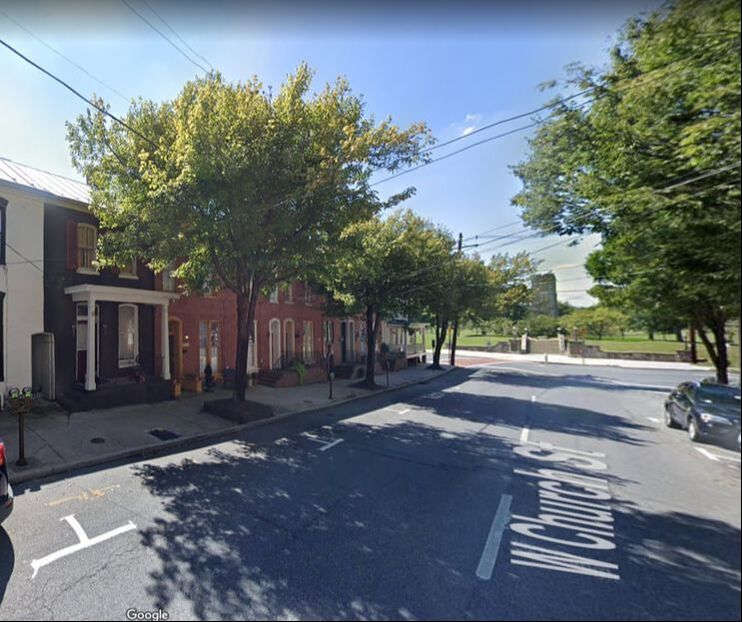







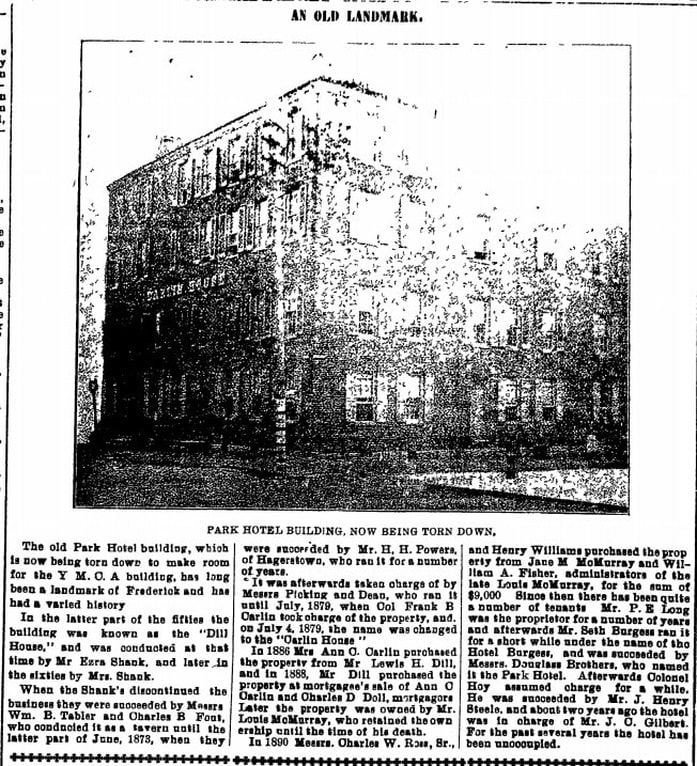


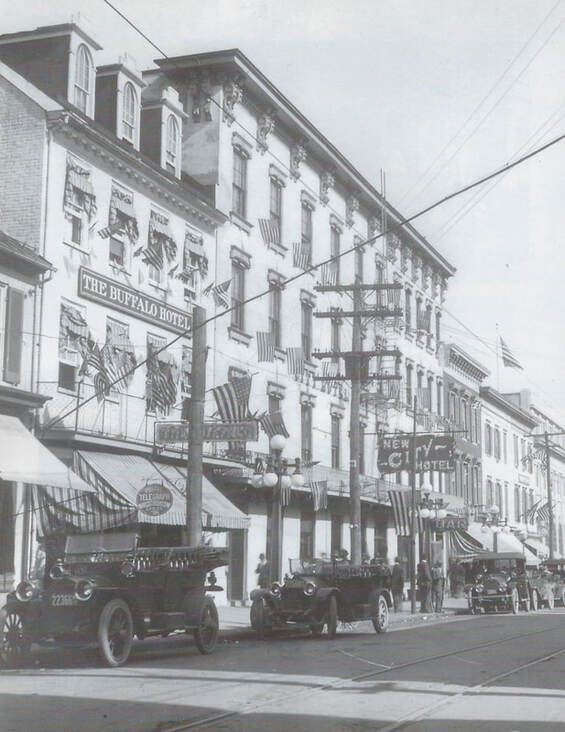


















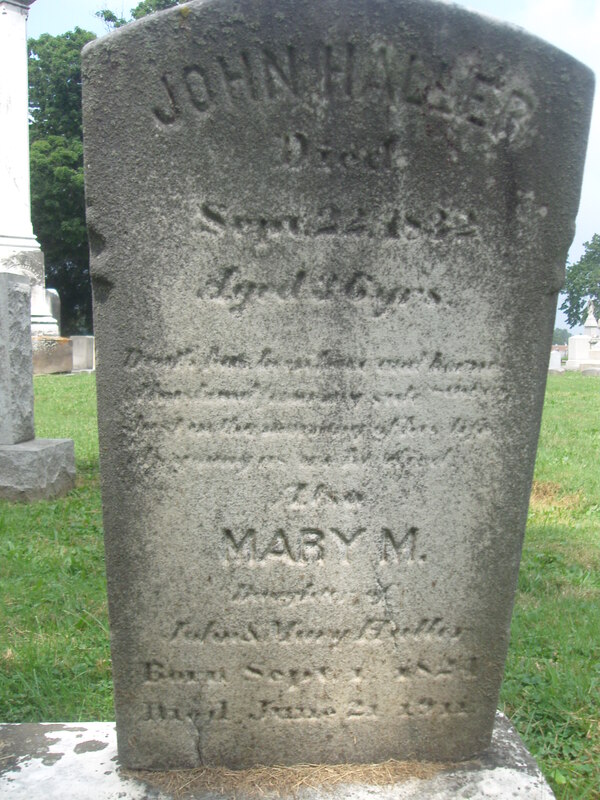




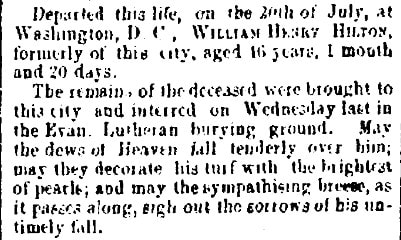



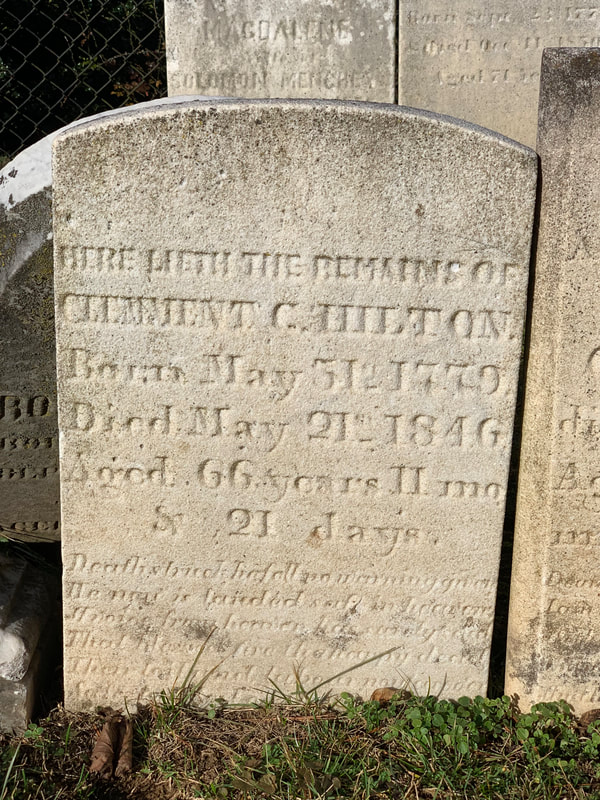

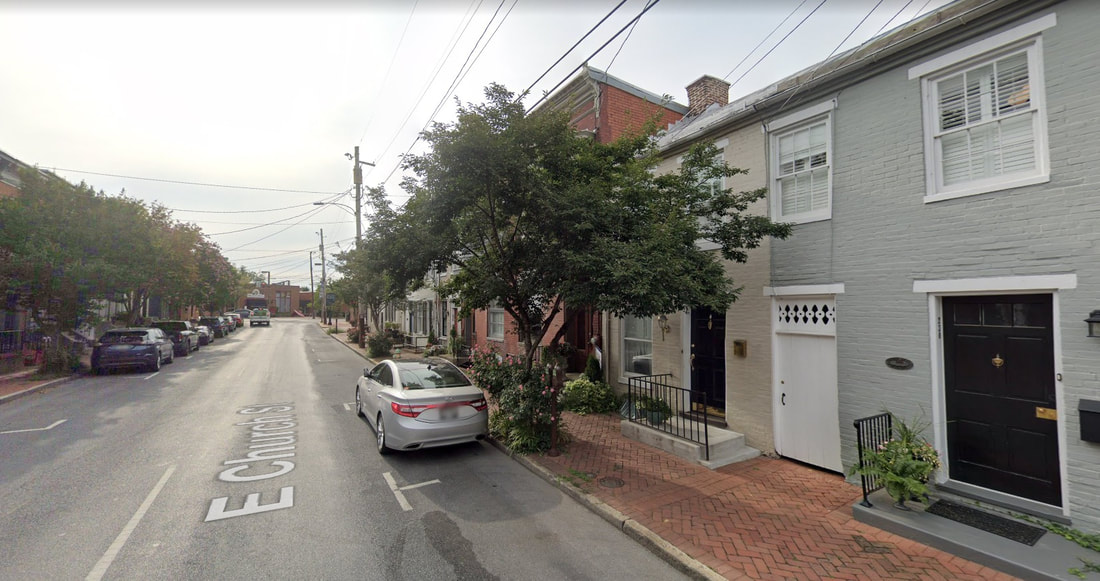









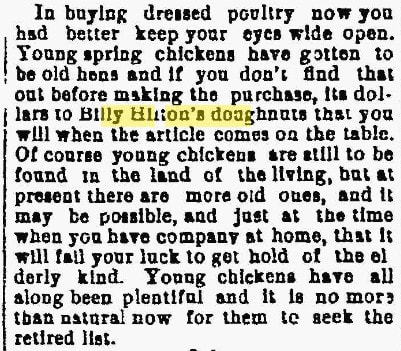

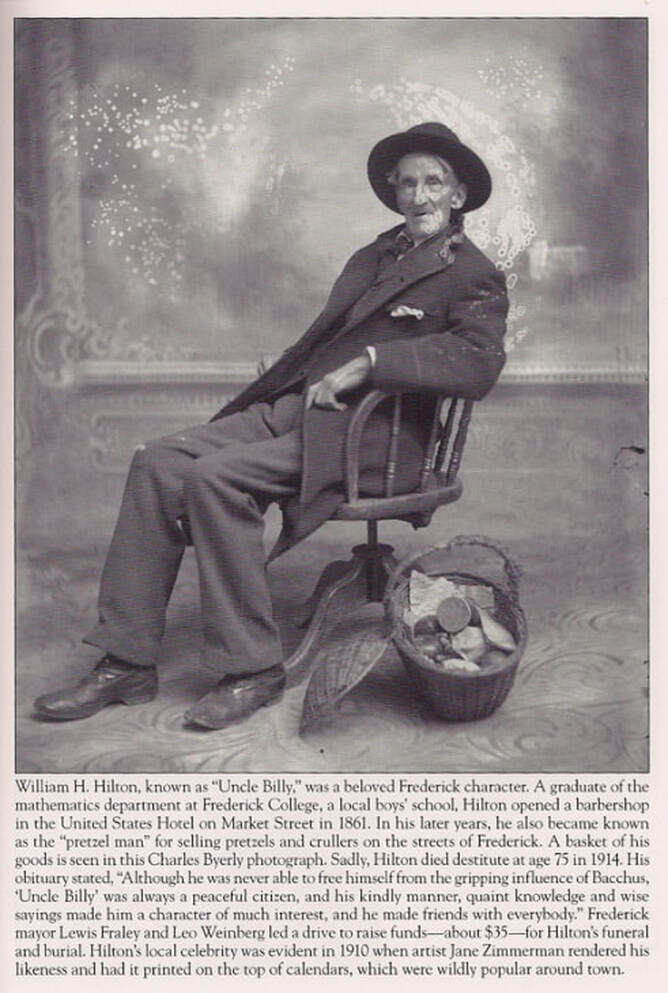


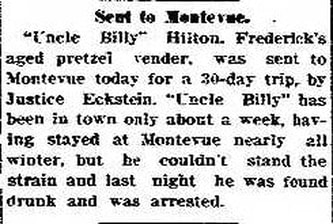

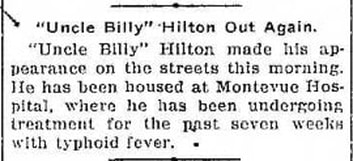



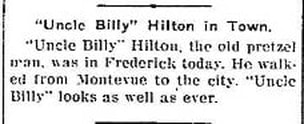








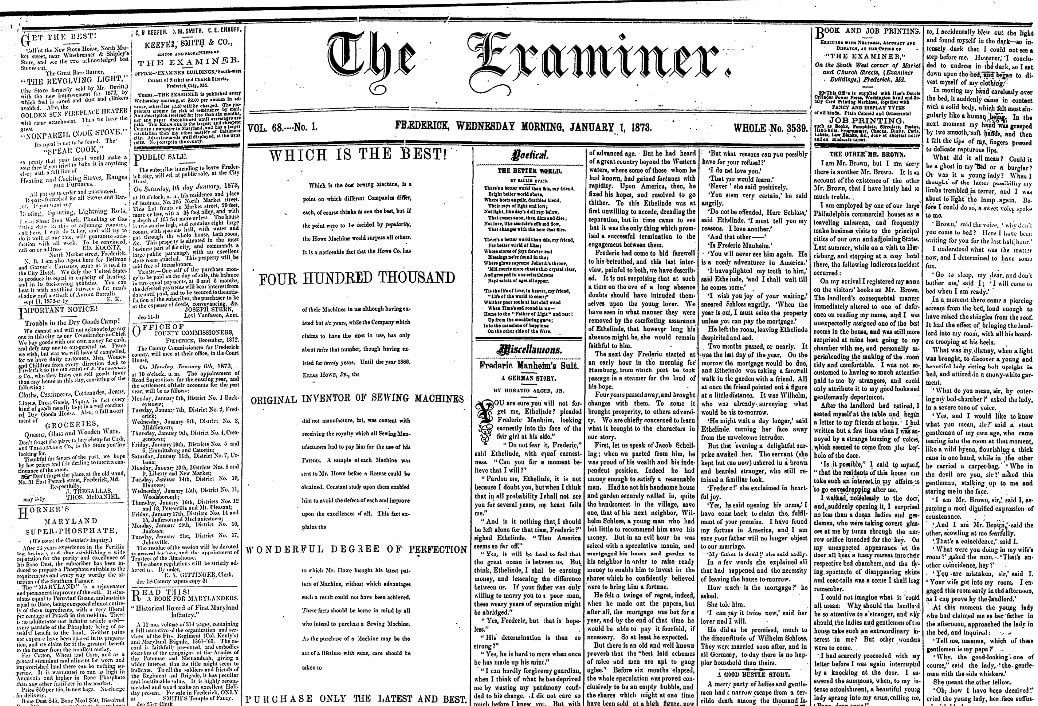

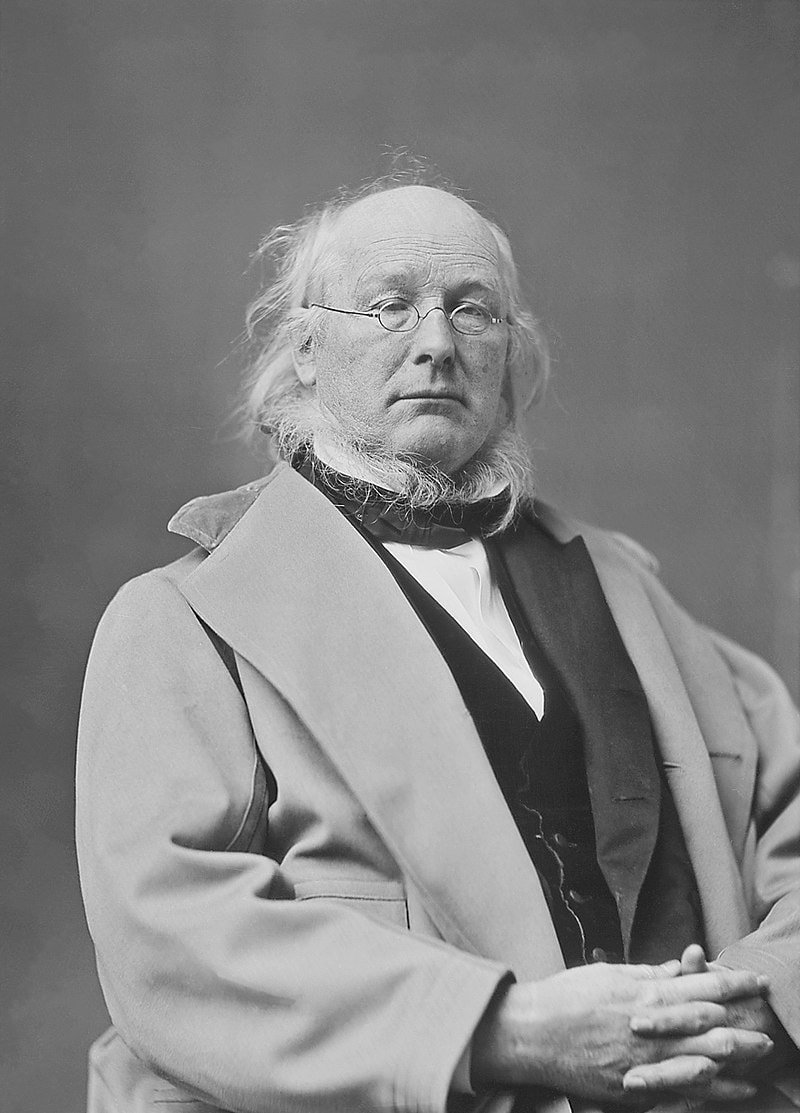



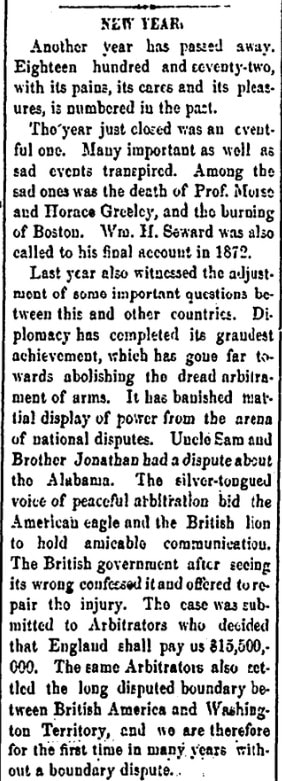










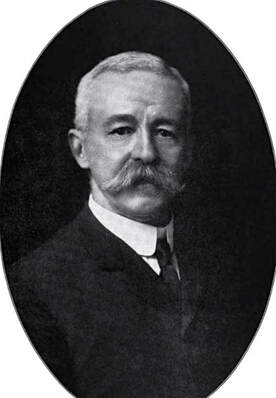

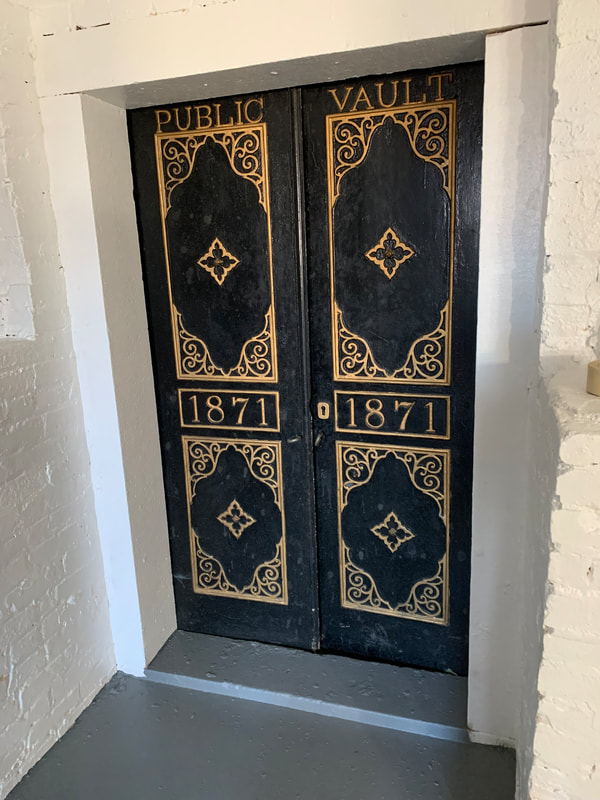











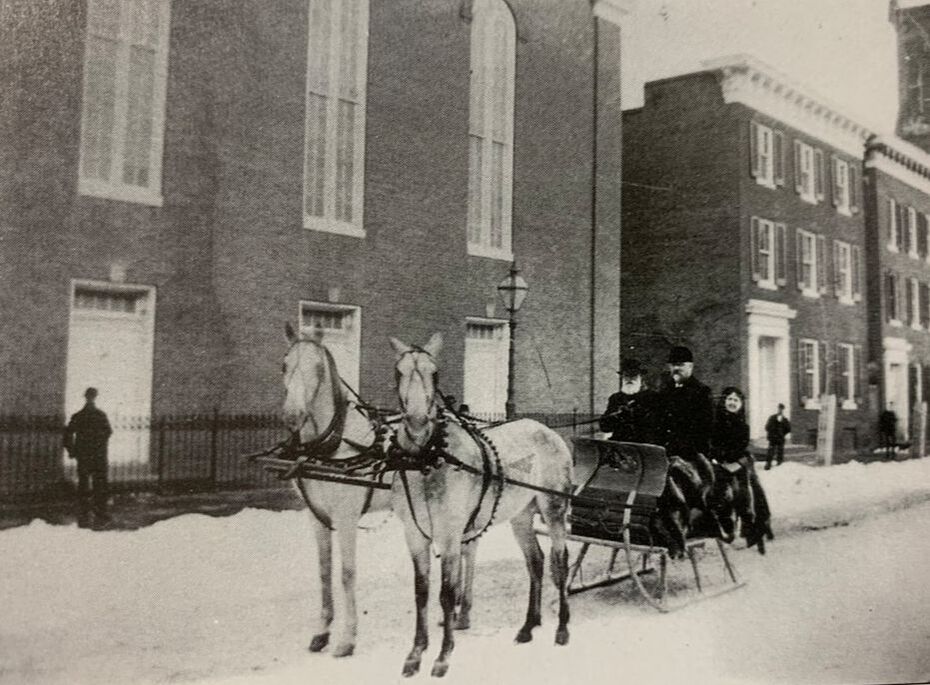



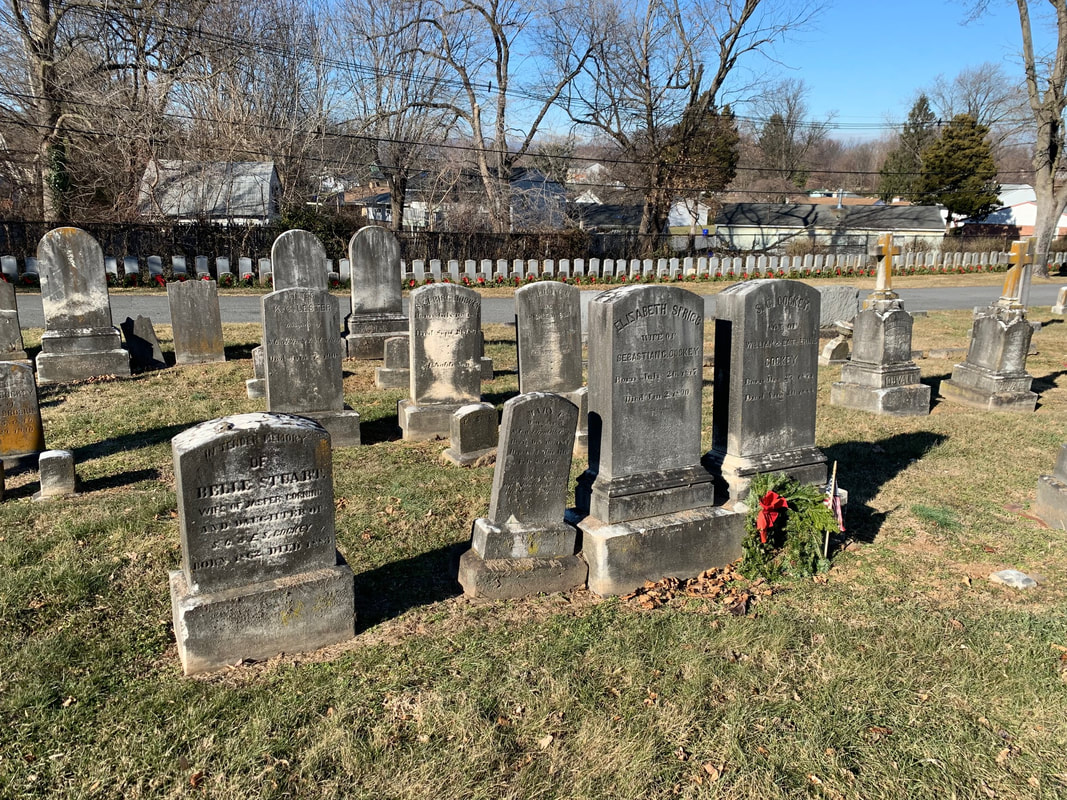
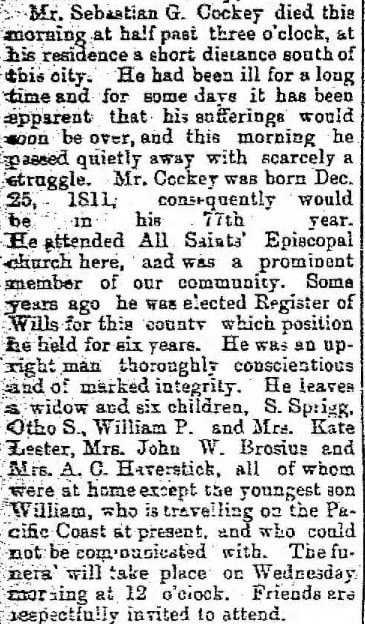






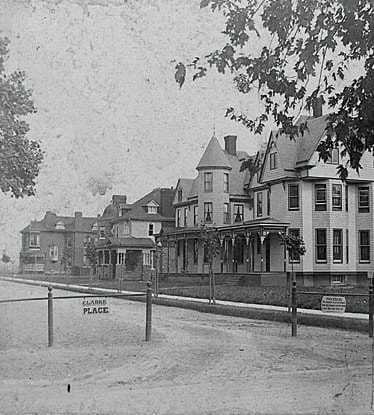

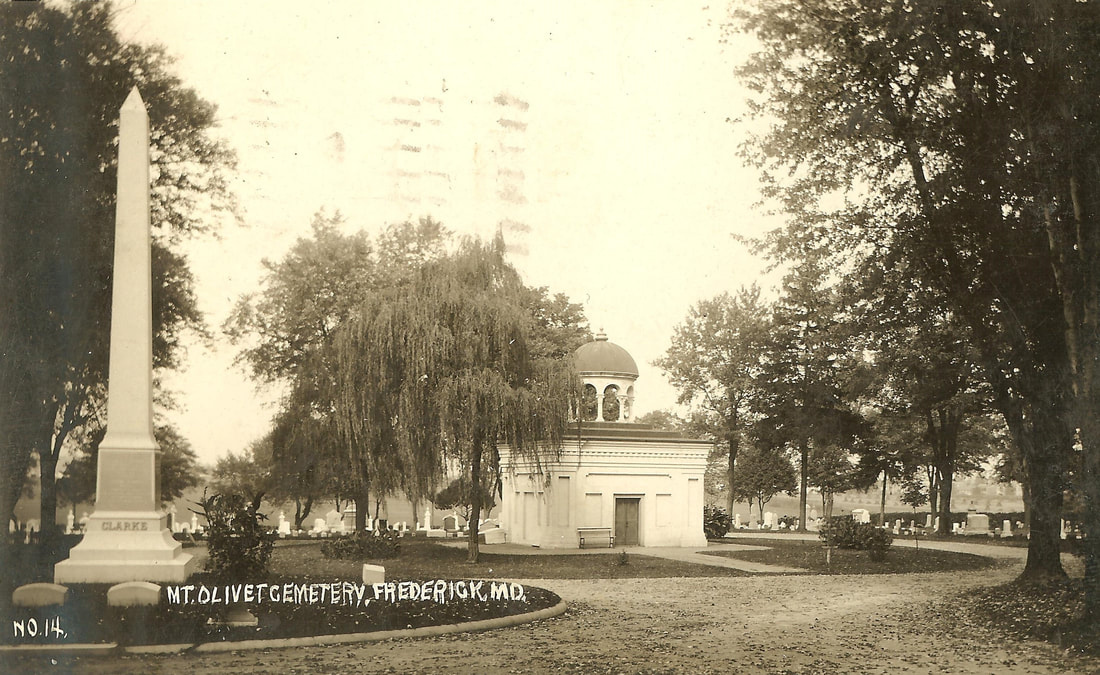

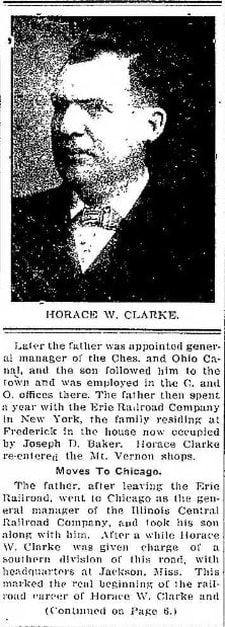







 RSS Feed
RSS Feed